- 13 Reasons To Visit Kyoto...

13 Reasons to Visit Kyoto, Japan

There are many good reasons to visit Kyoto – colourful shrines, maiko and geisha culture, and the multi-course kaiseki ryori meals are top of the list for many. But if you’re still hovering over the Book Now button, we’ve plenty more reasons why the ancient capital of Japan should be on your travel bucket list.
A trip to Kyoto is included as part of our carefully planned 12-day tour of Japan . Led by a local insider, you’ll get expert insight into Kyoto’s attractions and everywhere beyond.
Tour more than 1,600 Buddhist temples
Kyoto is home to more than 1,600 historic Buddhist temples with many dating back more than a millennium. The most famous temple district is Higashiyama, where you can find some of the best and oldest temples in Japan such as the celebrated Kiyomizu-dera Temple.

Kyoto is home to more than 400 colourful shrines dedicated to the ancient religion of Japan. Some of the most famous include Fushimi Inari Taisha, Heian Jingu and Yasaka Jinja.

See the large collection of World Heritage Sites
Kyoto has one of the largest collections of Unesco World Heritage Sites on the plant, which includes 12 Buddhist temples, three Shinto shrines and one historic castle. No trip to Kyoto is complete, without visiting at least some of these amazing sites.
Stroll through sublime gardens
Take a stroll in one of the many gorgeous gardens in Kyoto , designed to be enjoyed as recreation by feudal lords and samurai shoguns. There are many places around Kyoto to enjoy these peaceful gardens from temples and shrines to public parks and ryokan (traditional inns).

Relax in tranquil Zen gardens
Relax and contemplate the world at one of the dry stone Zen gardens in Kyoto. One of the best and most famous is the Zen Garden at Ryoan-ji Temple, which features 15 mystical rocks floating in a sea of pure white sand.

See the birthplace of geisha and maiko culture
Kyoto is the birthplace of maiko and geisha ( geiko in the local dialect) culture with the Gion district its spiritual home. The wooden teahouses and traditional restaurants of well preserved areas such as Hanami-koji Street and Pontocho offer the best chance to spot a geisha elegantly scurrying to their next appointment.

Stay in traditional ‘ryokan’ and ‘machiya’
Kyoto is home to many ryokan (traditional Japanese inns) and machiya (traditional Kyoto townhouses) that offer a glimpse into old Kyoto. They are a fantastic place to stay to experience authentic Japanese accommodation and lifestyle.

Sample Kyoto cuisine
Kyoto has a rich and historic food tradition with various culinary styles that have been around for centuries. Enjoy the luxury of carefully prepared multi-course kaiseki ryori meals, or simply relax and reap the health benefits of shojin Buddhist cuisine.

Try matcha-flavoured goodies
If you are a green tea lover, then you will be in matcha heaven in Kyoto. Matcha goodies can be found everywhere and include treats such as as ice cream, chocolate, cookies, cream puffs, cakes and traditional yatsuhashi confectionary.

Drink traditional sake
Sake has been made in Kyoto since the 16th century with the Fushimi area home to many of the most famous sake breweries in Japan. Most places offer a chance to sample some of their finest with a great variety of tastes available.

1. Explore samurai castles

2. Say hello to the wild monkeys

We all love cute monkeys and the Arashiyama Monkey Park is home to around 130 wild monkeys. The park aims to replicate the wild habitat of the monkeys, so the adorable creatures roam free and hang out with the tourists who visit the park.
3. Visit the Kyoto International Manga Museum
Since you are here, we would like to share our vision for the future of travel - and the direction culture trip is moving in..
Culture Trip launched in 2011 with a simple yet passionate mission: to inspire people to go beyond their boundaries and experience what makes a place, its people and its culture special and meaningful — and this is still in our DNA today. We are proud that, for more than a decade, millions like you have trusted our award-winning recommendations by people who deeply understand what makes certain places and communities so special.
Increasingly we believe the world needs more meaningful, real-life connections between curious travellers keen to explore the world in a more responsible way. That is why we have intensively curated a collection of premium small-group trips as an invitation to meet and connect with new, like-minded people for once-in-a-lifetime experiences in three categories: Culture Trips, Rail Trips and Private Trips. Our Trips are suitable for both solo travelers, couples and friends who want to explore the world together.
Culture Trips are deeply immersive 5 to 16 days itineraries, that combine authentic local experiences, exciting activities and 4-5* accommodation to look forward to at the end of each day. Our Rail Trips are our most planet-friendly itineraries that invite you to take the scenic route, relax whilst getting under the skin of a destination. Our Private Trips are fully tailored itineraries, curated by our Travel Experts specifically for you, your friends or your family.
We know that many of you worry about the environmental impact of travel and are looking for ways of expanding horizons in ways that do minimal harm - and may even bring benefits. We are committed to go as far as possible in curating our trips with care for the planet. That is why all of our trips are flightless in destination, fully carbon offset - and we have ambitious plans to be net zero in the very near future.

See & Do
Where to find the best waterfalls in kyoto prefecture.

Places to Stay
The 9 best airbnbs in kyoto.

The Best Spa Hotels in Kyoto, Japan

Hip Apartments in Kyoto, Japan, You'll Want to Call Home

Bars & Cafes
Queer nightlife: the best lgbtq bars and clubs in kyoto.

Guides & Tips
A solo traveller's guide to kyoto.

Restaurants
An insider's guide to the best indian restaurants in kyoto.

Peaceful Forests and Sparkling Streams: The Best Day Hikes in Kyoto

Machiya: The Best Traditional Guesthouses to Book in Kyoto

Kodo: The Japanese Art of Incense Listening

Where to Book Your Stay in Kyoto, Japan, for a Local Experience

An Insider's Guide to the Best Art Museums and Galleries in Kyoto
Culture trip spring sale, save up to $1,100 on our unique small-group trips limited spots..

- Post ID: 1087590
- Sponsored? No
- View Payload

The Top 5 Reasons Why You Should Visit Kyoto
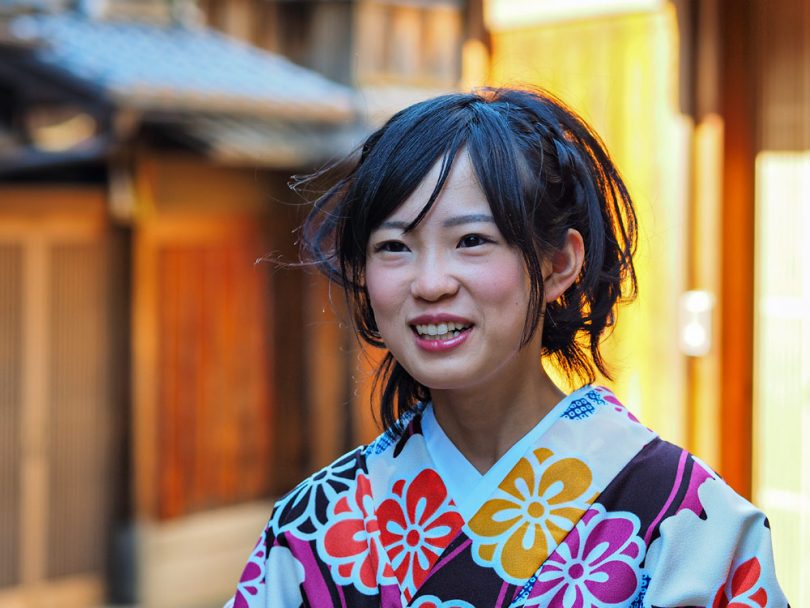
If you visit Japan for the first time it’s quite possible that Kyoto is on your bucket list. Well, I will not talk you out of it because there are several good reasons why Kyoto should be one of the places you wanna see on your trip and that will make you want to come back (like I want to do for sure).

I will share my personal top 5 reasons why you should visit Kyoto as well.
1. Temples and Architecture
Let’s start with the obvious: The first thing that comes to your mind when you think of Kyoto is probably “temples” – lots of temples actually. With about 1600 Buddhist temples and 400 Shinto shrines there is a good chance that this might be enough for your whole vacation. So if you visit Japan to see temples you have come to the right place. In the temples it’s often possible to attend a tea ceremony so don’t miss this opportunity if you like green tea.
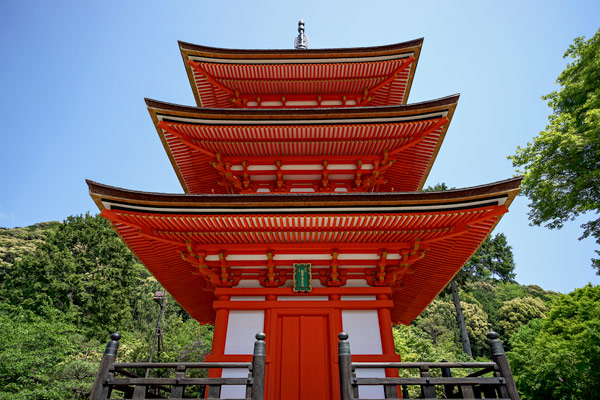
The most impressive (but also most crowded) temples are in the Higashiyama district . If you don’t mind all the other people this will be a good place to find the best temples in Kyoto .

The sign says: “No parking!”

Kinkakuji – The Golden Pavilion
2. Landscape
The landscape in places like the Higashiyama district is so spectacular that it’s almost unreal. I was lucky enough to visit this area on a perfect, sunny day and it looked like straight from a fairytale.
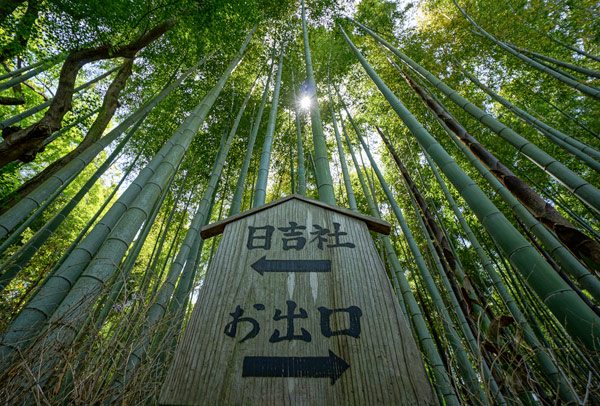
Arashiyama is famous for the bamboo forest and besides Higashiyama this will be a place you don’t want to miss either. The two days I spent in the Higashiyama district were the most memorable ones of my trip to Japan and that says a lot.

Beautiful and calm. Just sit down and relax in Kyoto.

3. Shopping and Downtown
Besides the traditional temples and the beutiful landscape Kyoto offers a nice shopping district where you can find lots of cute things and interesting food. In the main street Kawaramachi there’s nearly nothing you can’t find and if you want proof that Japanese people react a little sensitive to alcohol you can see some of it here later in the evening. ;)
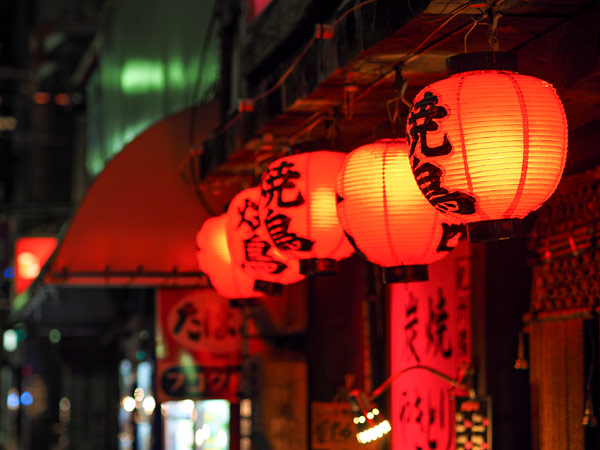
I stayed in a ryokan during my time in Kyoto and they offered sake tasting on one evening. Sake has an interesting history and production process with a great variety of taste, so if you have a chance to taste some don’t miss the opportunity.
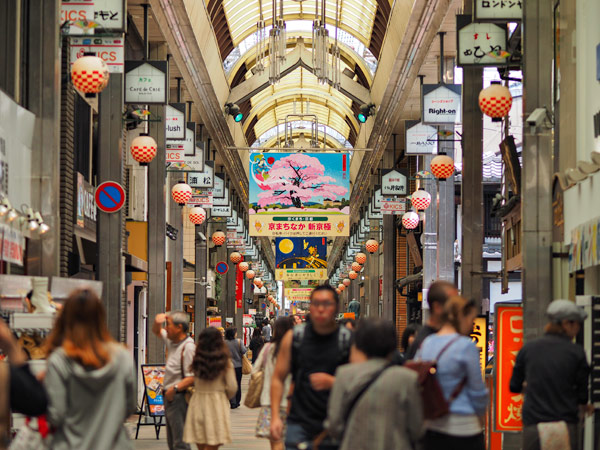
A typical Japanese shotengai (shopping street).
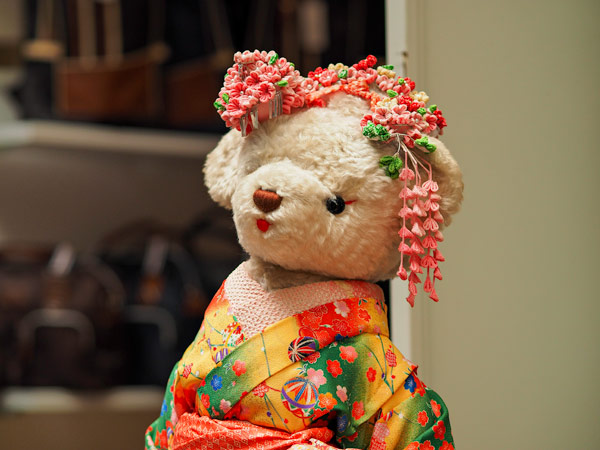
A teddy bear dressed up as a Geisha. How adorable is that?

Cute souvenirs are everywhere in Kyoto.
The people of Kyoto (and Japan in general) were the real highlight of my travel to Japan. They are very friendly and polite and I didn’t have a single negative experience . Japanese also like to take photos so I came to right place.
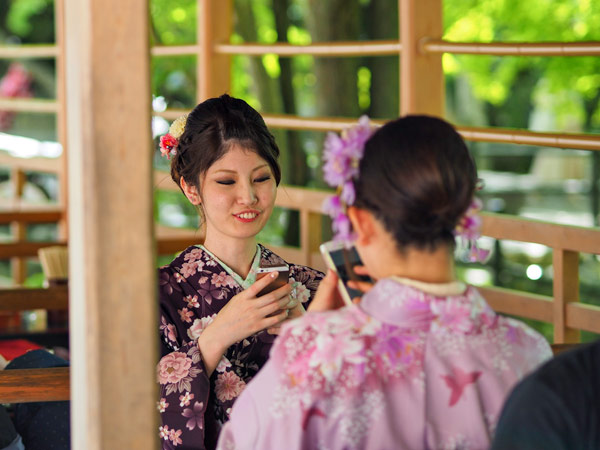
Before visiting Japan I was not into Street Photography that much but that changed on this trip and now I like taking pictures in the street wherever I travel.

In summer you’ll see a lot of ladies wearing a yukata.

Japanese students taking a photo with a Maiko.
5. Visit Kyoto to Hang out With Cats
Let’s face it: Every picture looks better with a cat in it. Yes, Tokyo has more cat cafés (and some of them are great) but chances to see street cats are way bigger in Kyoto and the combination of the beautiful landscape with cats makes the perfect picture to win the Pulitzer Price.
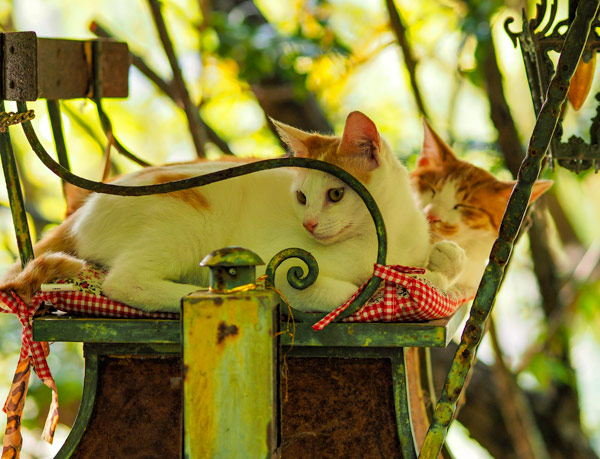
Well, maybe not quite, but still you can take great pictures of cats in Kyoto.

A cat chilling out in Kyoto.

There are several other reasons why you should visit Kyoto like the great food or culture , but I wanted this to be a top 5 list.
One last recommendation: Visit a Geisha Dance if you have the chance and if you are lucky you’ll be able to catch one (or two) of the gifts the Geisha / Maiko throw into the crowd. Even if you don’t understand a word this will be quite an experience.

You may also like

A Spring Festival at Yamato Koriyama Castle in Nara

Sekai no Ume Koen (World Plum Park) near Himeji

Takeda Castle – “The Castle in the...

The Kumano Kodo Pilgrimage Trails

Hikone Castle – An Original Castle Keep You...

Mount Yoshino in Nara – One Of Kansai’s...
16 comments.
Those pictures are stunning! Really gets you in the mood for Kyoto :)
Yes, absolutely. I loved them as well (needless to say, especially the cat ones :D).
Great pictures! I don’t like the hype around Kyoto that much, but it is indeed a beautiful city.
I agree. I guess once you’ve been to a lot of places in Japan, you just realize that there’s greater stuff out there. Kyoto is lovely and I’ve been there a million of times, but I like exploring places that are less popular. ^___^
Thanks for posting the article, Jasmine! I’m glad that you guys like the pictures. You can see many more from Kyoto and other parts of Japan on my homepage :).
Thanks for providing the article and photos, Pierre. :D
[…] This article has also been posted on http://www.zoomingjapan.com […]
Kyoto is a wonderfull place, it’s already 12 years i go to Japan and i can say all time i go to kyoto becouse is a wonderfull place and you can still fell the ancient soul.
Glad to hear you really like(d) Kyoto! :)
[…] MORE » […]
Exactly one month to go for Japan! Which city I wanna see the most? Kyoto of course! Can’t wait…
P.S.: Great pics!
Enjoy your trip to the fullest! :D
A bit surprised by the paragraph about the people. I find the people in Kyoto a bit snobbish. Sure, they’re still Westerners (Japan westerners), which always will be better than those aloof drones that live in Kanto, but compared to nearby Osaka or Nara, not even mentioning Shikoku and Chugoku regions, they’re not exactly the nicest people in the area.
Actually, I agree. But our experience is different from the one of a first-time visitor, don’t forget that. ;) I can’t remember well, but I think my impression of people in Kyoto was similar to his when I first visited Kansai a loo~ng time ago.
Yes, I guess if your only experience of Japanese people is the Kantoans (Kantoese? OK, Tokyoites and around)), the people of Kyoto appear super nice. :-)
Haha, maybe. ;)
Leave a Comment X
Notify me when new comments are added.
I agree to the storage and handling of my data requested in this form. Read the privacy policy for more information. *
This site uses Akismet to reduce spam. Learn how your comment data is processed .
Privacy Overview
Inside Kyoto
A Kyoto Travel Guide
First Time In Kyoto
When you close your eyes and think of Japan, you’re probably picturing Kyoto: sublime Zen gardens, mysterious Buddhist temples, colorful Shinto shrines, graceful geisha. The fact is, Kyoto is the most rewarding city in Japan and a place all travelers should visit at least once in their lives.

Why Kyoto? What Is So Special About Kyoto?
Kyoto is Japan in a nutshell. It’s the cultural and historical heart of the country. It’s the best place in all Japan to experience traditional temples , shrines , gardens , geisha , shops , restaurants and festivals. In short, Kyoto is the most rewarding destination in all of Japan and it should be at the top of any Japan travel itinerary. Indeed, I may be biased, but I’d go so far as to say that Kyoto is the most rewarding single city in all of Asia.
How Much Time Should I Spend In Kyoto?
The simple answer is: As much time as possible. Indeed, I know of many people who visit only Kyoto when they come to Japan – and they never regret the decision. But, most people will want to see other parts of Japan. If you’ve got about a week in Japan, I’d consider spending three days in Tokyo and four in Kyoto. If you’ve got a few more days, consider adding a third destination to the Kyoto-Tokyo combo. Good options include Takayama, Hiroshima/Miyajima or Nara. No matter how much time you have in the city, my Kyoto itineraries are designed to help you make the best of your time.

What Should I See In Kyoto? What Are Kyoto’s Must-See Attractions?
I’m personally not a big fan of travel checklists and “must-see” tourism. Still, there’s no denying that Kyoto has a bunch of attractions that every visitor to the city should check out. Here are some things I consider must-see attractions and activities in Kyoto: Buddhist temples , Shinto shrines , Japanese gardens , a night in a ryokan , Japan’s exquisite traditional accommodation, a meal in a Japanese restaurant , whether gourmet or hole in the wall, an evening stroll through the Gion entertainment district , a traditional festival, and some great old Kyoto shops . If you have limited time, check out my 1 Day Must-See Kyoto Itinerary .

Is Kyoto Expensive? What Is A Reasonable Kyoto Budget?
Japan suffers from a reputation as an expensive country. The surprising fact is, Japan is the cheapest country in the developed world, especially now that the yen has plummeted in value against almost every other world currency. You probably think I’m making this up in hopes of luring you to Japan, but I’ve done some real research to back this up. Check out my article Japan: It’s Cheaper Than You Think on my ChrisRowthornTours.com company site to see some actual figures and cost comparisons.
Sample Daily Kyoto Budgets (Per Person)
Budget Kyoto Trip Pricing
- Guesthouse accommodation (per person): Y3000
- Two simple restaurant meals: Y1800
- Public transport: Y1500
- One average temple admission: Y500
- Sundry purchases: Y1000
- Total: Y7800 (about US$75, €54)
Mid-Range Kyoto Trip Pricing
- Moderate hotel accommodation (per person/twin occupancy): Y7000
- Two moderate restaurant meals: Y4000
- Public transport plus one taxi ride: Y2500
- Two average temple admissions: Y1000
- Sundry purchases: Y2000
- Total: Y16,500 (about US$157, €114)

Where Should I Stay In Kyoto?
Kyoto is home to some of the country’s best Ryokan (traditional Japanese inns). I often recommend that people spend their first night in a good ryokan: it’s the quintessential Japanese experience. In addition to ryokan, Kyoto has a wide range of excellent hotels, from international brands like the Hyatt to beautiful boutique hotels like Mume . Renting a lovingly restored machiya (traditional Kyoto townhouse) is a great way to experience traditional Kyoto living. Another good option for families and those who want their own, self-catering space is a Kyoto vacation rental , especially the exquisitely refurbished townhouses known as machiya , giving you the feel of living in your own apartment. There are also numerous backpacker hostels and guesthouses for the budget conscious – plus of course the famous capsule hotels .
Check Hotel Availability
Destination, check-in date, check-out date.

When’s The Best Time Of Year To Visit Kyoto?
You can visit Kyoto at any time of year – it’s never too hot, too rainy or too cold to visit. The summers (from late June to early September) can be hot and humid, but not impossibly so. The winters (from early December to late March) can be cold, but not freezing. Spring and fall are obviously the ideal times to visit, with warm to cool temps and generally sunny skies.
The late March/early April cherry blossom season is very popular, for obvious reasons, but it’s also very crowded. The November and early December fall foliage season is also great and not quite as crowded as the cherry blossom season. For more details on the best seasons to visit, check out my When’s The Best Time to Visit Kyoto page and my Kyoto Annual Events page.

Is It Easy To Get Around Kyoto?
Kyoto is a relatively small city with an excellent public transport system. It’s VERY easy to get around. Indeed, unless you come from a city with a freakishly good public transport system, I bet it’s easier to get around Kyoto than it is to get around your hometown. For information on Kyoto’s public transport, check out my Kyoto Buses , Kyoto Taxis , and Special Kyoto Bus, Train and Subway Passes pages. Kyoto is also a great city to explore by bicycle. For details, check out my Kyoto by Bicycle page.
Is It Easy To Travel Around Kyoto With Kids?
I have two small children, so I know what it’s like getting around Kyoto with children and keeping them entertained. Thus, I can say with authority that Kyoto is a GREAT place to travel with children. First, you don’t have to worry about food safety or crime. More importantly, there are plenty of green spaces , family-friendly hotels and child-friendly attractions . For more tips on traveling in Kyoto with your kids, check out my Kyoto With Children page. And for some advice about what to see and do, see my Kyoto Itinerary for Travelers with Children .
What Should I Pack For A Trip To Kyoto?
For a comprehensive rundown of suggestions about what to bring on a trip to Kyoto – and indeed Japan in general – see our Packing List For Japan page.
Is It Easy To Get Money Out Of ATMs In Kyoto?
ATMs that work with international bank and credit cards are not as common in Japan as they are in many other countries. But, you can get money out of postal ATMs and ATMs at convenience stores like 7-11. For more on getting money in Kyoto, see my Getting Money in Kyoto Page.

Should I Have A Tour Guide For Kyoto?
You don’t need a guide to enjoy Kyoto, but having a guide will add a lot of depth to your understanding of the city. A guide will also free you from having to think about the logistics of getting around and making the most efficient use of your time. Finally, a guide can help you enjoy local restaurants without any communication difficulties.
Hiring a guide for a six-hour tour on your first day will give you the confidence to explore on following days on your own and a guide can give you some advice about what to see later in your trip. If you’d like to hire a guide, please visit my guided tours site ChrisRowthorn.com
How Do I Meet A Geisha In Kyoto?
While you might be lucky enough to spot a geisha scurrying to or from an appointment somewhere in Gion , if you really want to experience the world of the geisha, it’s best to arrange for private geisha entertainment. It’s almost impossible to arrange private geisha entertainment on your own. Indeed, it would be impossible for most Japanese people. Luckily, private geisha entertainment can be arranged by private tour companies like my own .
Can I See Sumo Wrestling In Kyoto?
Sumo tournaments are not held in Kyoto, but they are held in cities that can easily be visited as daytrips from Kyoto. For details, see Sumo in Kyoto .
Is Kyoto Safe For Travellers?
Japan is well known as a safe place. The crime rate is absurdly low. People are honest. And, there is no political instability. Of course, you should use normal common sense and female travelers should take the usual precautions (ie, don’t hitchhike alone and don’t walk alone at night in an area that seems dodgy). One thing all travellers should have wherever they go, and Kyoto is no exception, is travel insurance. It’s important to protect yourself against accidents and losing vital items like passports etc. It’s quick and easy to book travel insurance online. See Why You Need Travel Insurance For Japan for more info.
Can I Visit Kyoto By Myself?
Kyoto is a great place for solo travelers. It’s safe, easy and fun to visit by yourself. You’ll have no problem meeting other travelers and local Japanese people. For more information on solo travel in Kyoto, visit our Solo Travel in Kyoto page. For information on traveling as a solo woman in Kyoto, visit our Solo Female Travel in Kyoto page.
OK, I Want To Visit! So How Do I Get To Kyoto?
Kyoto doesn’t have a major international airport, but it’s very close to Osaka’s Kansai International Airport (KIX), Nagoya’s Chubu Centrair International Airport (NGO), and it’s 3.5 hours by fast express trains from Tokyo’s Narita International Airport (NRT). If you’re coming from other parts of Japan, Kyoto is very close to Osaka’s domestic Itami Airport (ITM) and it’s well served by the bullet train (shinkansen).
You can check Kyoto flight prices and times on Skyscanner , which lets you quickly compare prices and flight timings across multiple airlines.
For more details on getting to Kyoto, see How To Get To Kyoto . Most countries can get a visa on arrival – see Do I Need A Visa For Japan? for more info.
If you are going to be travelling through Japan rather than just visiting Kyoto, you will want to invest in a Japan Rail Pass. It will save you a LOT of money. See my page Japan Rail Pass: Is It Worth It? for the full details or buy it directly online .
Visiting Tokyo?
If you’re visiting Tokyo as well as Kyoto, be sure to check out my First Time In Tokyo guide on Inside Kyoto’s companion website, TrulyTokyo.com
Visiting Osaka?
I’ve written a First Time In Osaka guide on Inside Kyoto’s companion website InsideOsaka.com .
Books, Movies And Videos To Get You Ready For Japan
There’s nothing like a good book or movie to get you in the mood for Japan. And a good book to read on the road will really deepen your experience of the country. For some book recommendations, visit our Chris Rowthorn’s Favorite Books on Japan page. For some movie and video recommendations, visit our Chris Rowthorn’s Favorite Movies, TV Shows and Documentaries on Japan page.
Kyoto Vacation Checklist
- For all the essentials in a brief overview, see my First Time In Kyoto guide
- Check Kyoto accommodation availability on Booking.com and Agoda.com - often you can book with no upfront payment and free cancellation
- You can buy shinkansen (bullet train) tickets online from Klook - popular routes include Tokyo to Kyoto , Kyoto to Osaka and Kyoto to Tokyo
- Need tips on where to stay? See my one page guide Where To Stay In Kyoto
- See my comprehensive Packing List For Japan
- Buy a data-only SIM card online for collection when you arrive at Kansai International Airport (for Osaka and Kyoto) or Tokyo's Narita Airport . Or rent an unlimited data pocket wifi router
- Compare Japan flight prices and timings to find the best deals
- If you're making frequent train journeys during your visit, you might save money with Japan Rail Pass – see if it's worth it for you
- A prepaid Welcome Suica card makes travelling around Kyoto easy – here's how
- World Nomads offers simple and flexible travel insurance. Buy at home or while traveling and claim online from anywhere in the world
Kyoto District Map

- Central Kyoto
- Northwest Kyoto
- Northern Higashiyama
- Southern Higashiyama
- Downtown Kyoto
- Kyoto Station Area
- South East Kyoto
Disclosure: InsideKyoto.com is a participant in the Amazon Services LLC Associates Program, an affiliate advertising program designed to provide a means for sites to earn advertising fees by advertising and linking to amazon.com and amazon.co.uk. World Nomads provides travel insurance for travellers in over 100 countries. As an affiliate, we receive a fee when you get a quote from World Nomads using this link. We do not represent World Nomads. This is information only and not a recommendation to buy travel insurance.

- PLAN MY TRIP
- All Destinations
- Discover Hokkaido
- Discover Honshu
- Discover Kyushu
- Discover Shikoku
- THINGS TO DO
- Japan Travel Deals
Kyoto City Guide – Must Sees & New Discoveries
Destinations
3 comments

What To Do In Kyoto: Seasonal Events and Festivals
Spring in kyoto.
Like everywhere else in Japan, springtime is cherry blossom Hanami time ( viewing the Sakura blossoms ) and there are many places to see this in Kyoto. One recommended Kyoto location for Hanami is the Fushimi Momoyama Castle grounds. Sakura typically blooms between the very end of March and the first two weeks of April.
GetYourGuide offers a private tour by traditional rickshaw through the charming neighbourhood of Higashiyama during the cherry blossom (sakura) season.
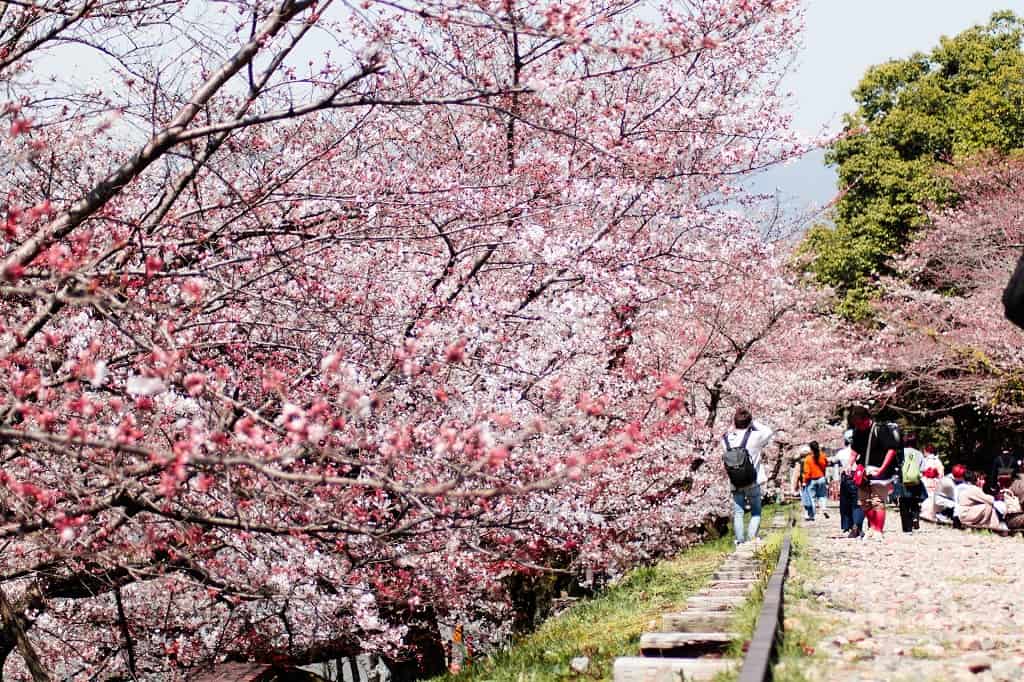
5. Mimuroto-ji – The Temple of Flowers
Nestled in the foothills of Uji, known as the Temple of Flowers, Mimuroto-ji sits amidst an expansive garden that offers a wonderful array of plants and trees coming into bloom at different times throughout the year.
The temple was established over 1,200 years ago by Emperor Konin to house a Buddhist image of Senju-Kan'non (the "thousand-armed" Bodhisattva of Compassion) said to have been found in the mountains of Uji, and originally named Omuroto-ji it was later changed to Mimuroto-ji. The temple is also the 10th of 33 Holy Places of the Western Country, a series of temples dedicated to Kannon which used to be a popular pilgrimage in ancient times.
6. Fushimi Inari Taisha - 8th century red torii gates
Fushimi Inari Taisha is one of the most well-known locations in Kyoto. The origins of Fushimi Inari Taisha, famed for the ‘senbon torii’ the pathway of red wooden gates that start at the base of the mountain and lead up to the top, can be traced back to the 8th century legend of Irogu no Hatanokimi, an aristocrat member of the prominent Hata clan, who was practising his archery by shooting at rice cakes. One of the rice cakes transformed into a swan and flew to the mountaintop.
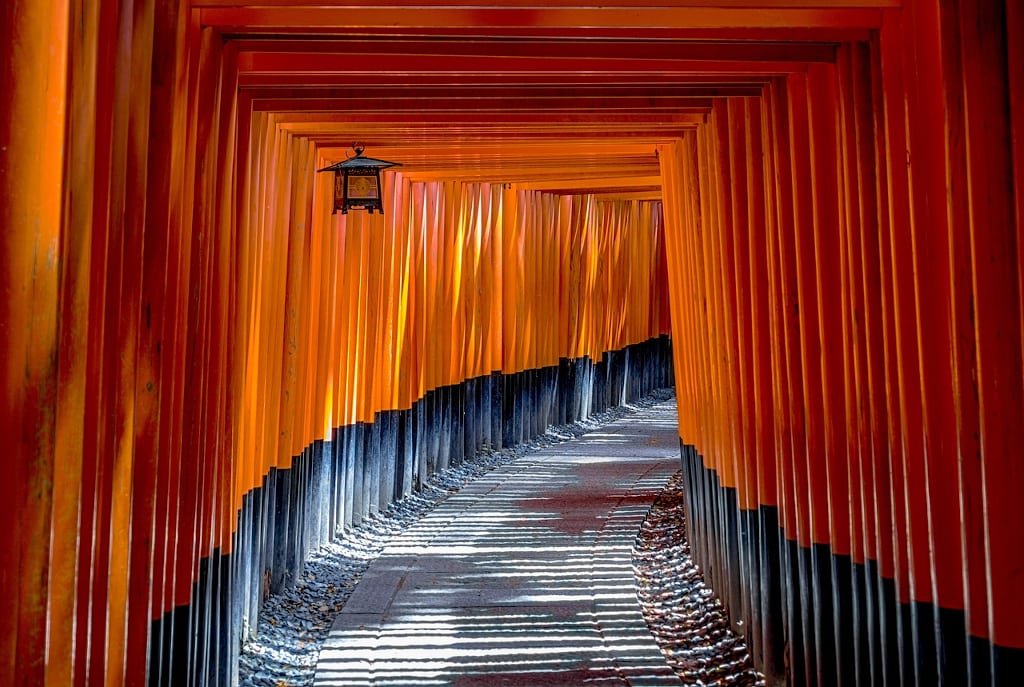
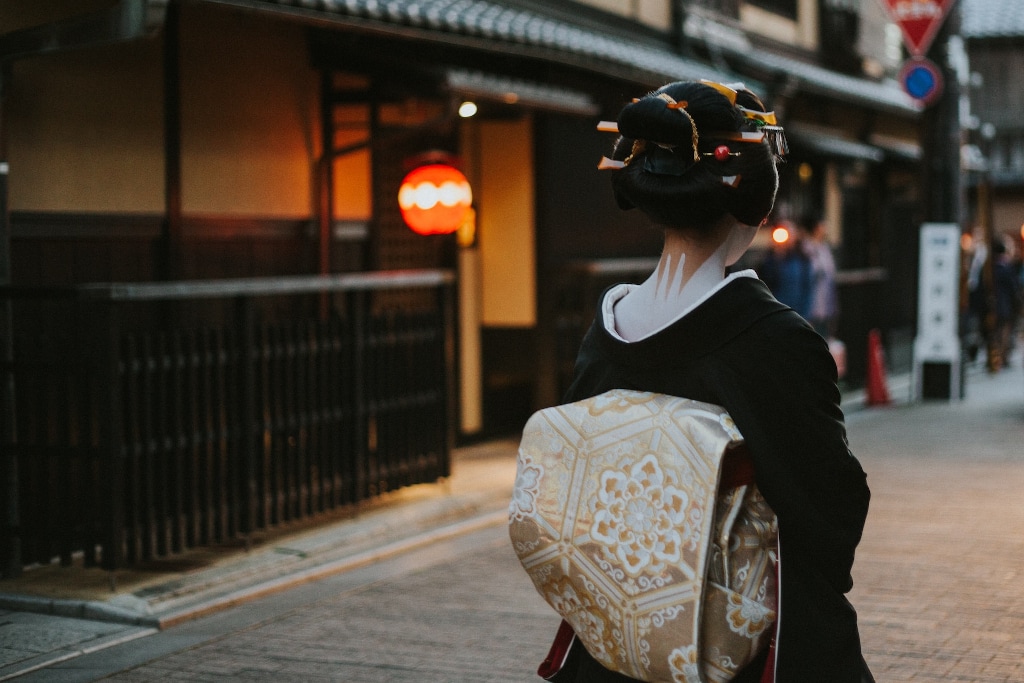
5. Momoyama Castle, The Grand Stairway, and The Sake Breweries of Fushimi Town
Fushimi is an old castle town, and those looking for Fushimi Momoyama Castle will find a mid-20th century replica that is a magnificent homage to the original. If you want to get a taste of the real castle, then the Kitabori Park next to the castle site is the location of the original castle moat.
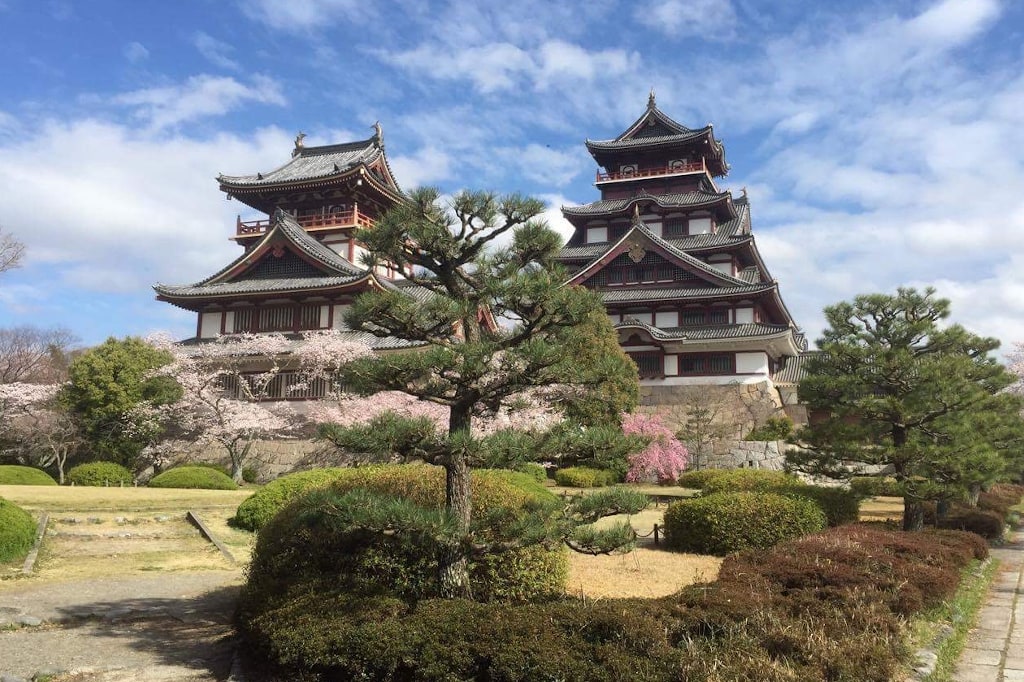
Then there's yuba - tofu skin a by-product of making tofu that is a cuisine in its own right.
Wagashi - traditional sweets given a seasonal twist
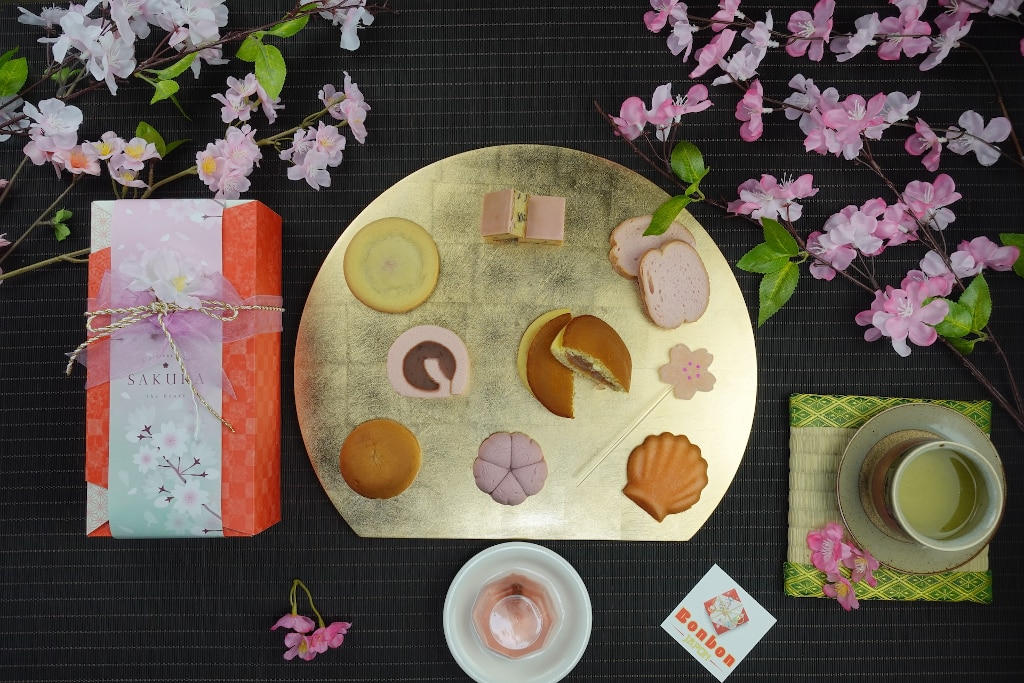
Journey time by train from Kyoto is between 2-3 hours, depending on the service type.
Kinosaki Onsen - idyllic onsen town on the Sea of Japan
Escape to Kinosaki Onsen , a quintessential hot spring town characterised by seven public bathhouses. Immerse yourself in the timeless tradition of "soto-yu" (communal baths) and traverse the charming streets adorned with willow-lined canals. Experience the tranquil ambiance and unwind in the therapeutic waters of this onsen (and tattoo-friendly) haven.
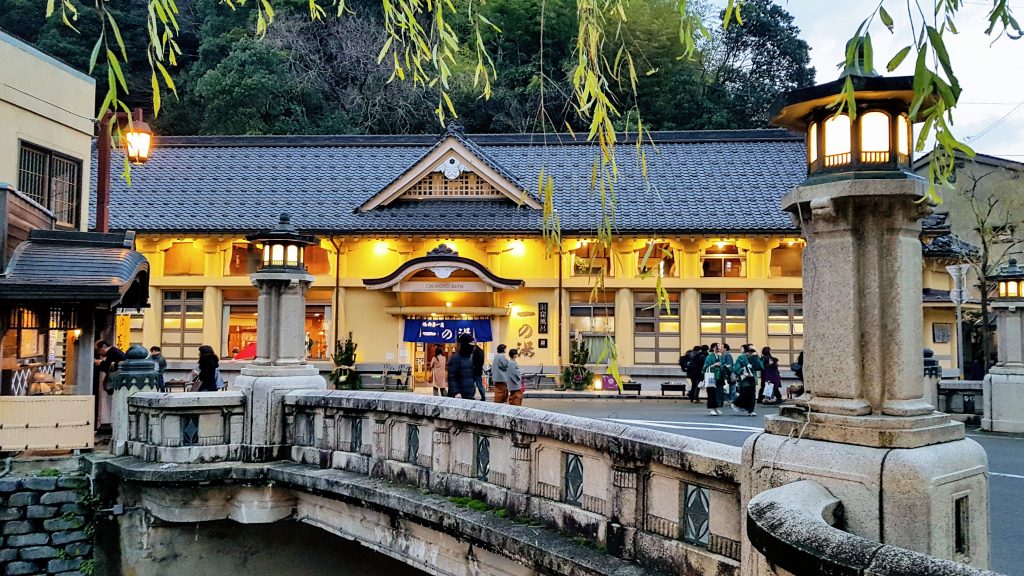
Ryokan - Traditional Japanese Inns ££
If it's truly authentic Japanese accommodation you seek then the traditional Japanese inn, or ryokan, is what you want ( and here's why ). These three choices comfortably offer everything you could want from this unforgettable experience.
Located next to the historic Nanzen-ji Temple, Kyoto Nanzenji Ryokan Yachiyo features chic Japanese-style rooms and large public baths (rooms with private baths are also available). Surrounded by beautiful Japanese gardens (some rooms have garden views) that change with the seasons, it's particularly popular with couples. Vegetarian meal options are also available.
For a slightly more contemporary take on the traditional inn style check out Ryokan Ryokufuso , close to Higashi Hongan-ji Temple. Guests praise the ryokan for a warm and welcoming environment that feels like home away from home. The 'Daiyokujyo' (large shared bath) on the sixth floor provides good sweeping views of Kyoto city while you soak.
Well located for exploring the northeastern part of Kyoto, Ryokan Kanade is just a 6-minute walk from the popular sights of Heian Shrine, Kyoto City Zoo and Okazaki Park. Every room includes a terrace, there is a Japanese garden and a rooftop open air private bath. A 24-hour front desk operates with luggage storage space, and free WiFi is offered throughout the property.
Ryokan Recommendations
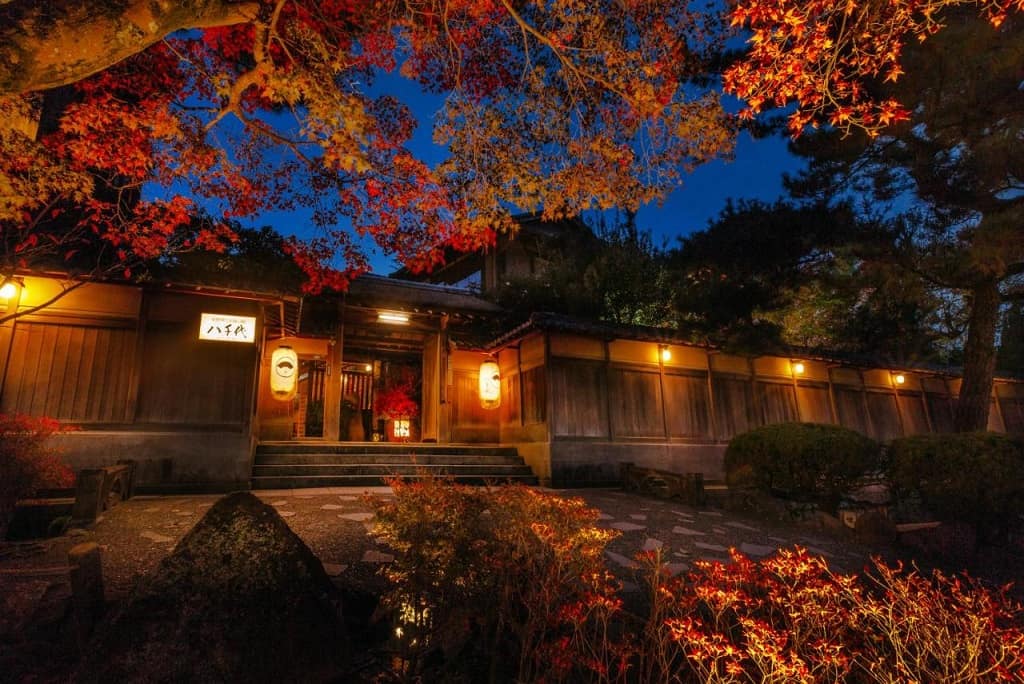
I hope this introductory Kyoto city guide inspires you to add it and some new experiences to your next itinerary. If you have any questions or feedback, please leave a comment below...

Destinations
- Plan Your Trip
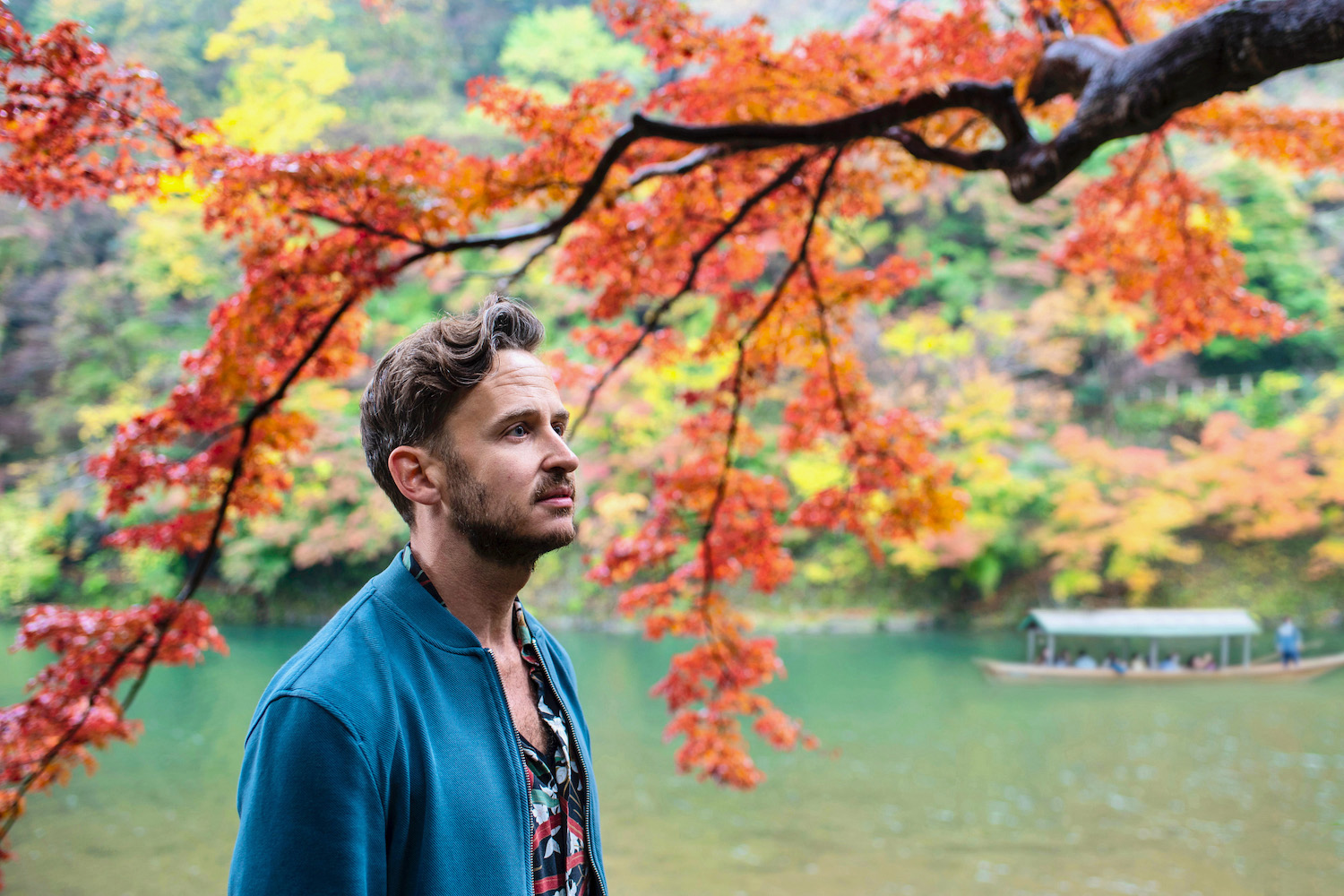
Kyoto Starts Here
When I first decided to tackle a round-up of things to do in Kyoto , I felt intimidated. Japan’s ancient capital, after all, is home to literally thousands of years of history, to say nothing its limitless contemporary appeal.
Now, as I take a second (which is to say new-and-improved) stab at a Kyoto itinerary, I’m as attuned to the fine details that make every moment spent here indispensable as I am mindful of how important it is to keep things concise. The goal of your Kyoto trip should be illumination, not domination, regardless of how long you expect to stay here, or how deep you plan to dig.
In line with this, I’ll be expounding upon my thoughts about how many days in Kyoto you should spend after talking you through my favorite Kyoto attractions and activities. No matter when you end up visiting Japan, I hope my Kyoto travel guide inspires you.
Where to Stay in Kyoto
Before I introduce you to things to do in Kyoto in a more thorough way, it’s helpful to discuss where you should set up shop. In general, I am of two minds when it comes to addressing this matter. On one hand, there’s value to staying in the heart of Higashiyama, particularly if it’s your first trip to Kyoto, and especially if you can afford a luxurious ryokan such as Seikoro Ryokan , or even a modest one like Ryokan Uemura .
On the other hand, not all the best ryokans in Kyoto are in Higashiyama, nor are they expensive. Ryokan Kyoraku , which is just 15 minutes by foot from Kyoto Station, perfectly illustrates this. There’s also a case to be made for staying in city hotels along Karasuma-dori, such as Hotel Resol Kyoto Kawaramachi or Mitsui Garden Hotel Kyoto Sanjo , whether to save money, avoid crowds or simply for the utility of public transportation in that area.
How to Divide Up Your Trip to Kyoto
Get lost in kyoto’s historic center.
Want to see the best temples in Kyoto ? While some lie outside of Higashiyama (namely the Golden Pavilion of Kinkaku-ji in Kita ward), the vast majority can be seen by following what I call the “temple trail.” After starting way up north at the Silver Pavilion of Ginkaku-ji , walk down the Philosopher’s Path to Nanzen-ji and Eikando , veering off slightly to visit Hei-an Shrine before continuing past Chion-in and Kodai-ji into Maruyama Park . This will allow you to walk up Ninenzaka slope to reach Kiyomizu-dera for sunset, and back down it to look for Geisha in Gion after nightfall.
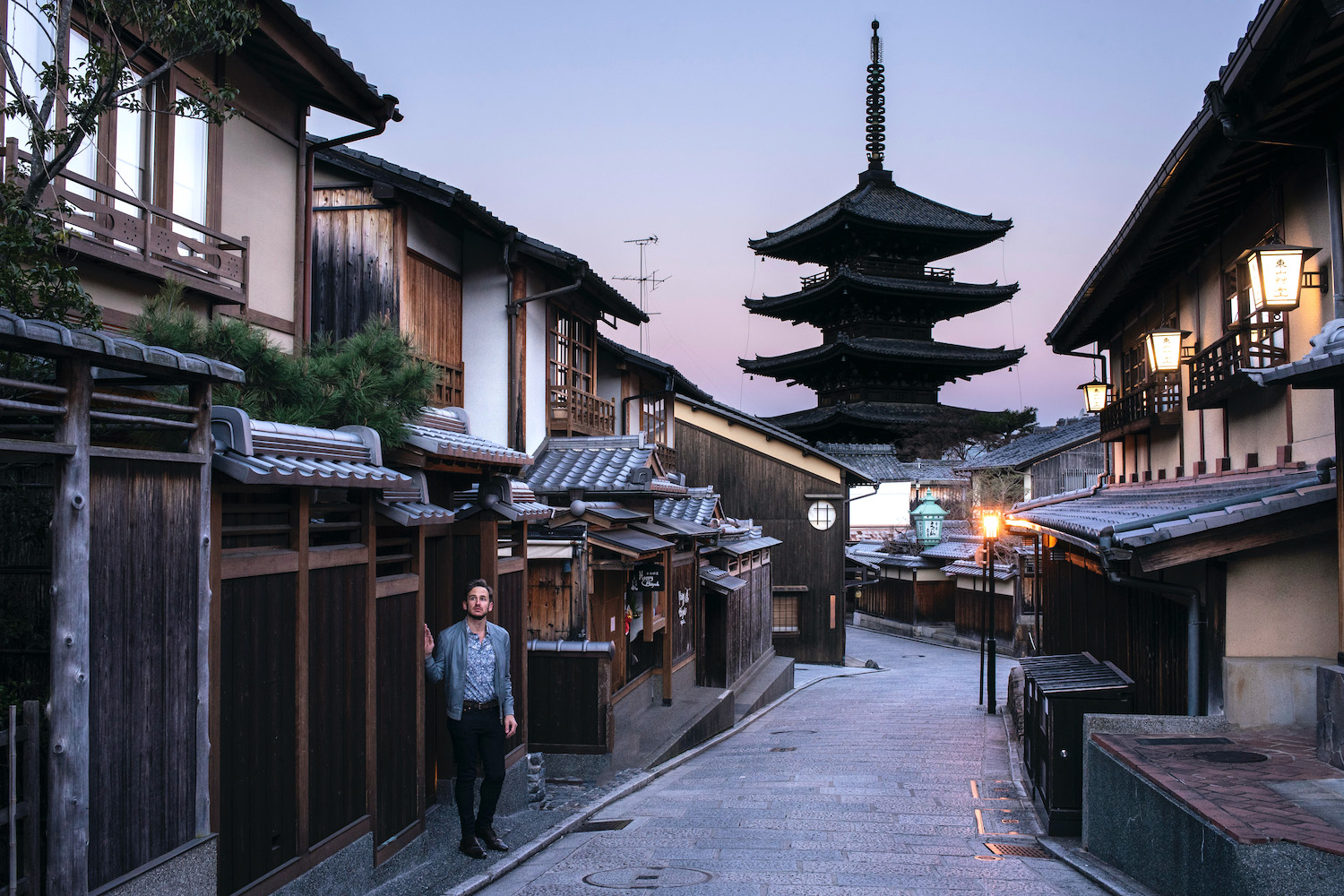
Whatever you do, make sure not to skip the west side of the Kamo River , where you’ll find the Shimogyo and Nagakyo wards. These areas are home not only to well-known sites such as Nijo Castle and the Kyoto Imperial Palace, but also Nishiki Market , which is known as the “Kitchen of Kyoto.” Beyond these, plenty of small, historic streets to get lost within, whether you’re on the hunt for forlorn temples or just want to see beautiful examples of iconic Machiya houses.
Explore Arashiyama beyond the bamboo forest
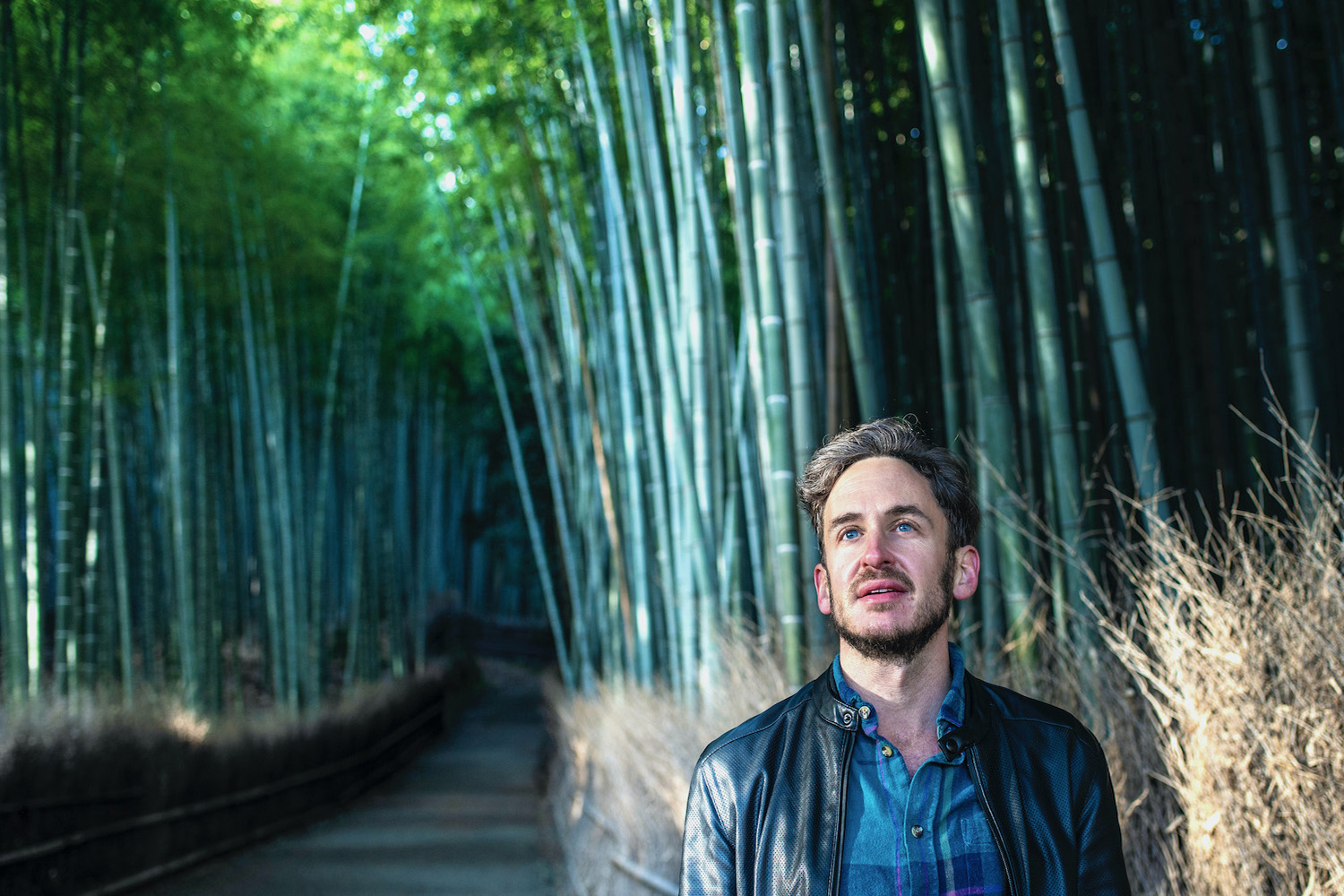
Temples are among my favorite things to do in Kyoto, but they’re not the only game in town. On the other hand, while Sagano Bamboo Grove , Iwatayama Park and the lush banks of the Hozu River make Arashiyama a paradise for nature lovers, there’s plenty of culture here as well. Have a cup of matcha amid the well-manicured private garden of Okochi-sanso Villa , or enter the bamboo forest through Tenryu-ji , another example of a Kyoto temple outside of Higashiyama that it very much worth visiting. Remember the Kinkaku-ji, the Golden Pavilion? You can visit on on your way back to Kyoto, by stopping at Emmachi station.
Chase a Fushimi Inari hike with a sake tour
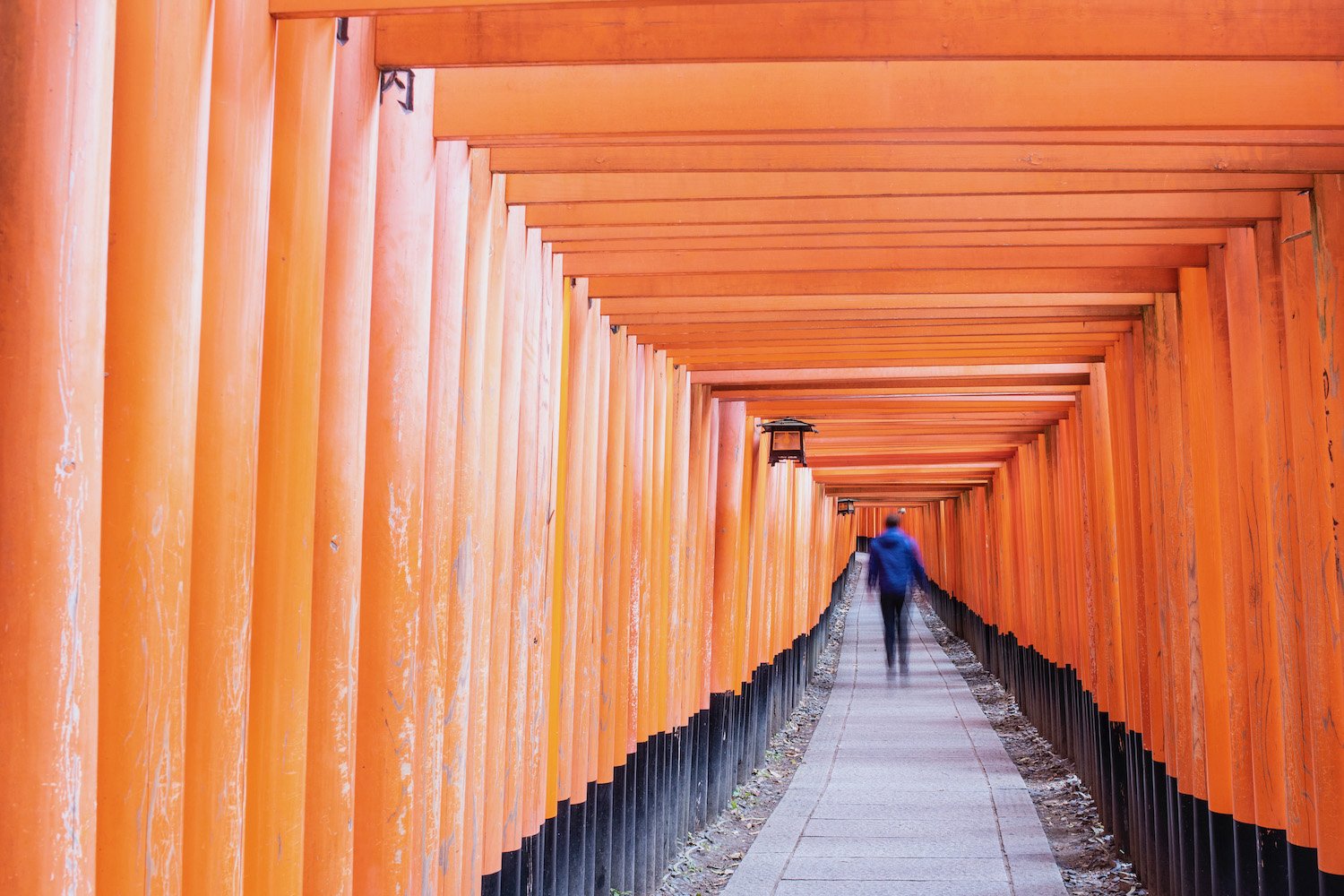
Searching for the famous Kyoto orange gates? You’ll find those at Fushimi Inari Shrine , a short walk from both JR Inari Station and Fushimi-Inari Station of the Keihan Railway . Fushimi is much more than its shrine, however, whether you tour its many picturesque sake breweries, or visit Fushimi Momoyama , and underrated and under-visited castle that is especially beautiful during cherry blossom season. In spite of the ubiquity of the taisha among foreign tourists, in fact, I think you’ll find that most of Fushimi-ku sits well off Kyoto’s beaten path!
See charming cherry blossoms or appreciate autumn colors
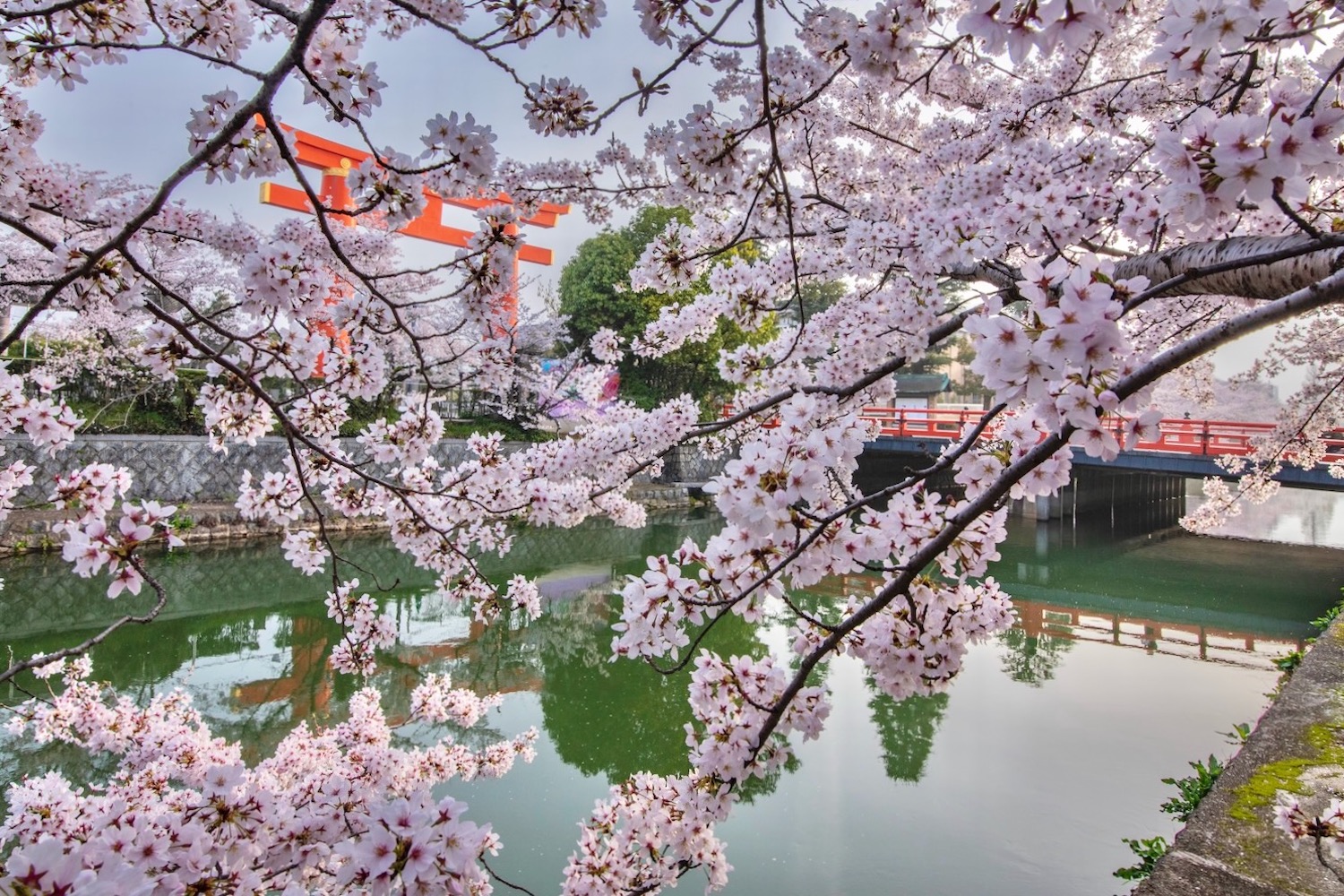
Literally all things to do in Kyoto are more beautiful in early April, when the sakura are blooming , and in late November as autumn’s colors reach their most brilliant blaze. In addition to spots I’ve mentioned so far, which are all gorgeous in their own ways at this time of year, I particularly love enjoy hanami on the banks of the Kamo River just west of Higashiyama , and relishing the abundant red maple leaves of temples like Daigo-ji and Tofuku-ji , which is just one stop south of Kyoto Station by train, or a 20-minute walk away if you’re up for it.
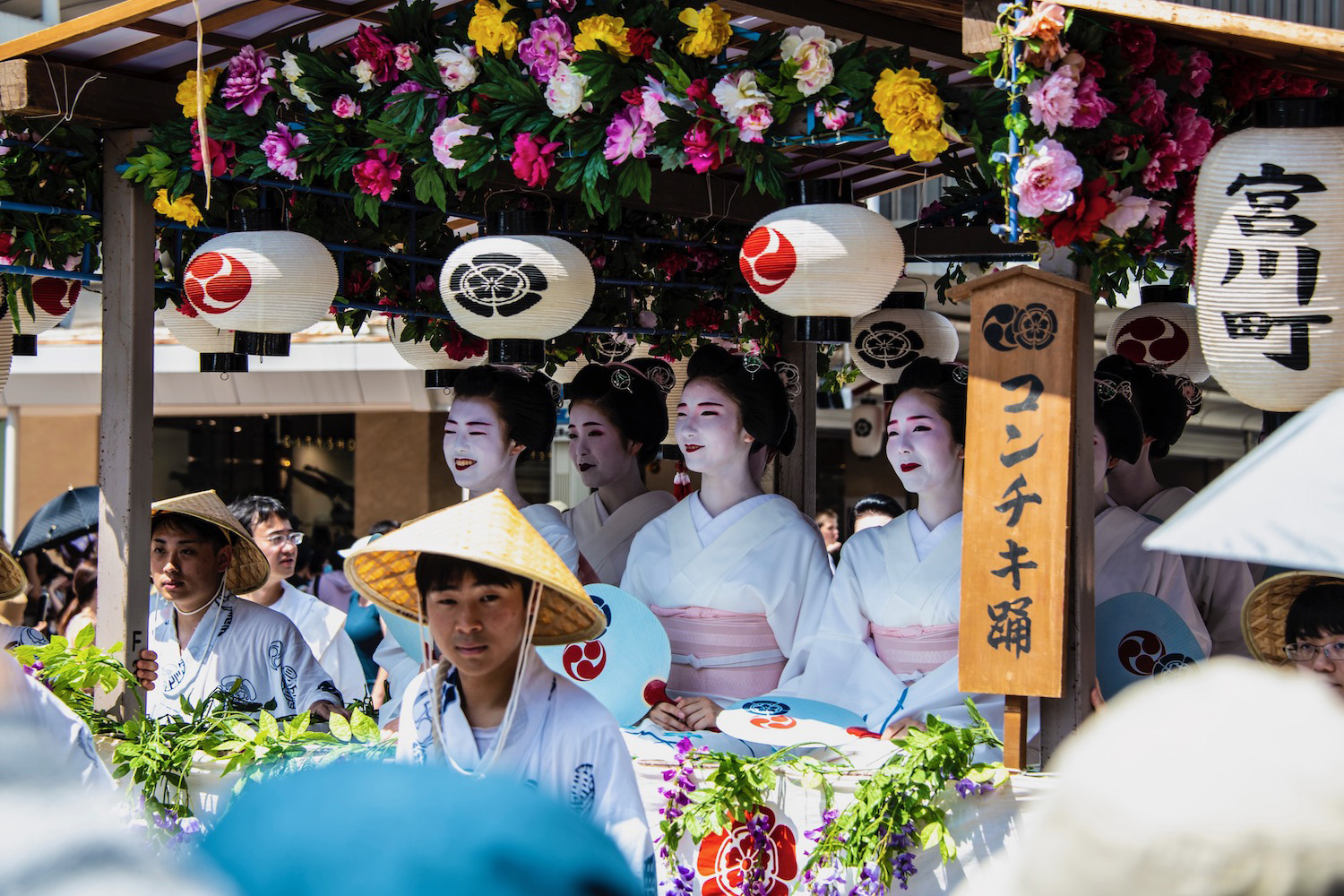
TIP: If you can’t come to Kyoto in spring or autumn but still want to enjoy a seasonal spectacular, come in July for the annual Gion Matsuri , one of the great summer festivals of Japan !
Get out of town—if you can pry yourself away

The topic of day trips from Kyoto is at once a popular and controversial one. On one hand, they are as large in number as they are high in quality, whether you traipse amid the tea fields of Uji , or eat world-class wagyu in underrated Kobe , on the “other side” of Osaka, and between Osaka and Himeji Castle . On the other hand, there’s so much to do in Kyoto (especially if it’s your first time), that even reaching relatively close destinations (I’m thinking Hikone Castle on the eastern shore of Lake Biwa , or even Kurama-dera , literally just north of Kyoto’s city limits) can be too much to ask.

How Many Days Should You Spend in Kyoto?
The topic of how many days in Kyoto is one I’ve breached many times, most notably in my popular 2 days in Kyoto post on this very website. However, as is the case for Tokyo , I don’t think the answer to this question is one-size-fits-all. How long you spend in Kyoto depends as much upon what you plan to accomplish in Japan’s former capital (and whether you’ve been here before) as it does how long you expect to spend in the rest of Japan, and in which places.
For example, if you’ve visited before and have knocked off most things to do in Kyoto and only have two weeks in Japan this time, you might just spend a night or two here, particularly if your itinerary includes other historical cities, such as Kanazawa . If, on the other hand, you’re spending a month in Japan (or longer) and it’s your maiden voyage to the country, four or five days in Kyoto (or longer) may very well be in order.
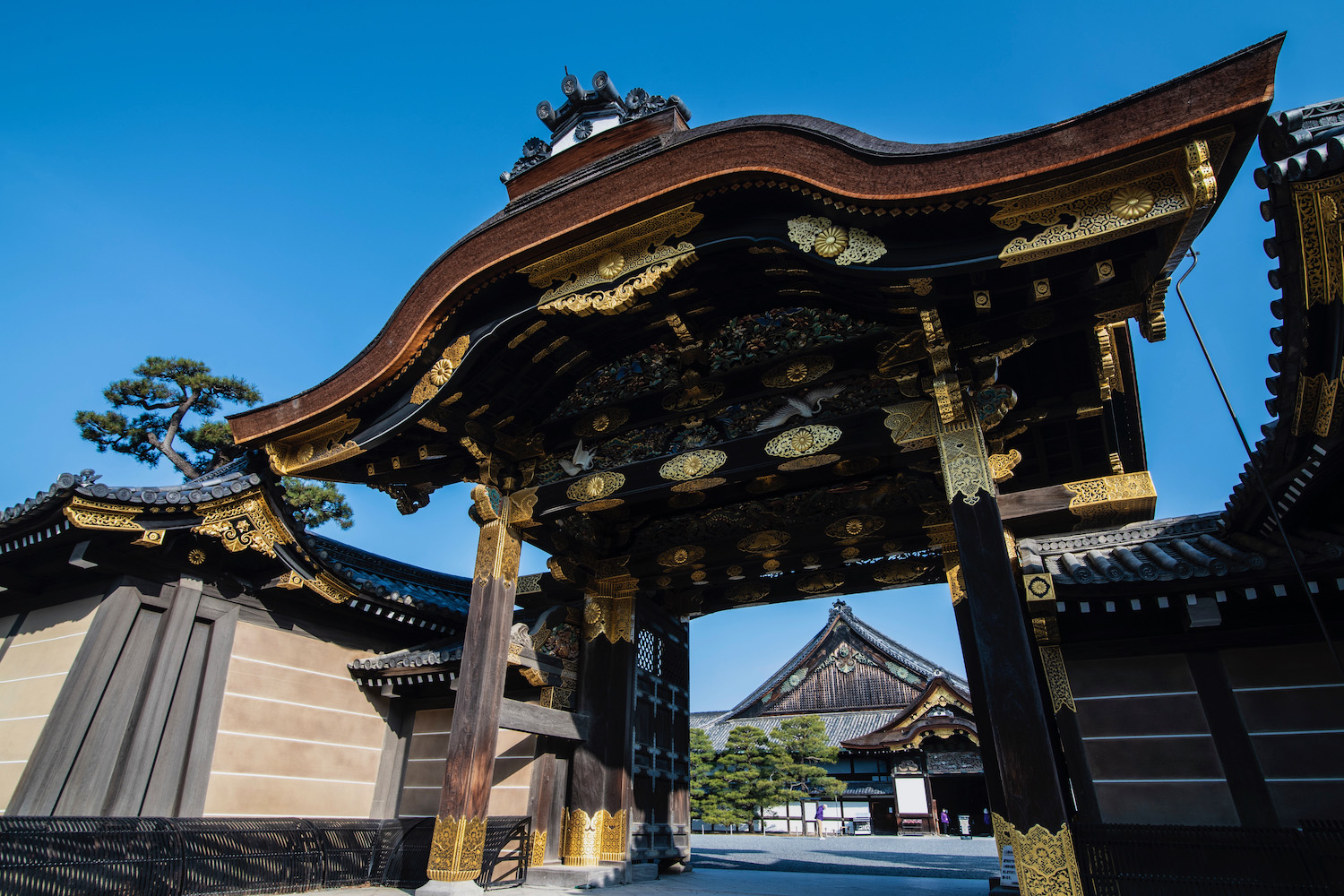
Other FAQ About Planning a Kyoto Itinerary
What should i not miss in kyoto.
When you come to Kyoto, make sure not to miss the diversity of sights and experience. Kyoto is as much about the lush forests of Arashiyama and mysterious shrines (and sake breweries !) of Fushimi as it is about the enchanting temples of Higashiyama. Likewise, if you visit Kyoto when the cherry blossoms or autumn colors are near their peak, you can’t miss hanami or koyo experiences.
Is 4 days in Kyoto enough?
4 days is an excellent amount of time to spend in Kyoto. This will give you a full day each in Higashiyama, Arashiyama and Fushimi, plus the opportunity to take at least one day trip, whether to deer-filled Nara , sacred Mt. Koya or magnificent Himeji Castle in Hyogo prefecture. Alternatively, if you’ve seen Kyoto’s main sights on a previous trip, spending four days here upon your return to Japan will empower you to dig deep.
Where should I stay in Kyoto for the first time?
I personally love staying right in the hear of Higashiyama, although other locations are more logistically advantageous. For example, staying along Karasuma-dori, Kyoto’s main north-south thoroughfare, centrally situates you for sightseeing, particularly if you’re anywhere near the intersections with Gojo, Shijo and Sanjo roads, which connect to Higashiyama and Gion via bus and rail.
The Bottom Line
My Kyoto travel guide is not exhaustive, but it is instructive. Rather than attempting to see “everything” in Kyoto in a single trip, whether it’s your first or 50th, focus instead of optimizing your enjoyment as much as the number of places you visit. Given Kyoto’s long history, the city will likely be with us for at least another few centuries—it’s not going anywhere. Use what you missed during a given trip to Kyoto as inspiration for your next one! Speaking of which, the time is drawing closer when it will be possible to enter Japan again, as the coronavirus pandemic recedes. Hire me to plan your trip to Japan , both in Kyoto (my current home) and elsewhere throughout the country.
Plan Your Japan Trip

Subscribe to email updates!
Words, images and design ©2018-2024 Robert Schrader, All rights reserved. Read Privacy Policy or view sitemap .

What Makes Kyoto So Special? A Visitor’s Guide To Kyoto
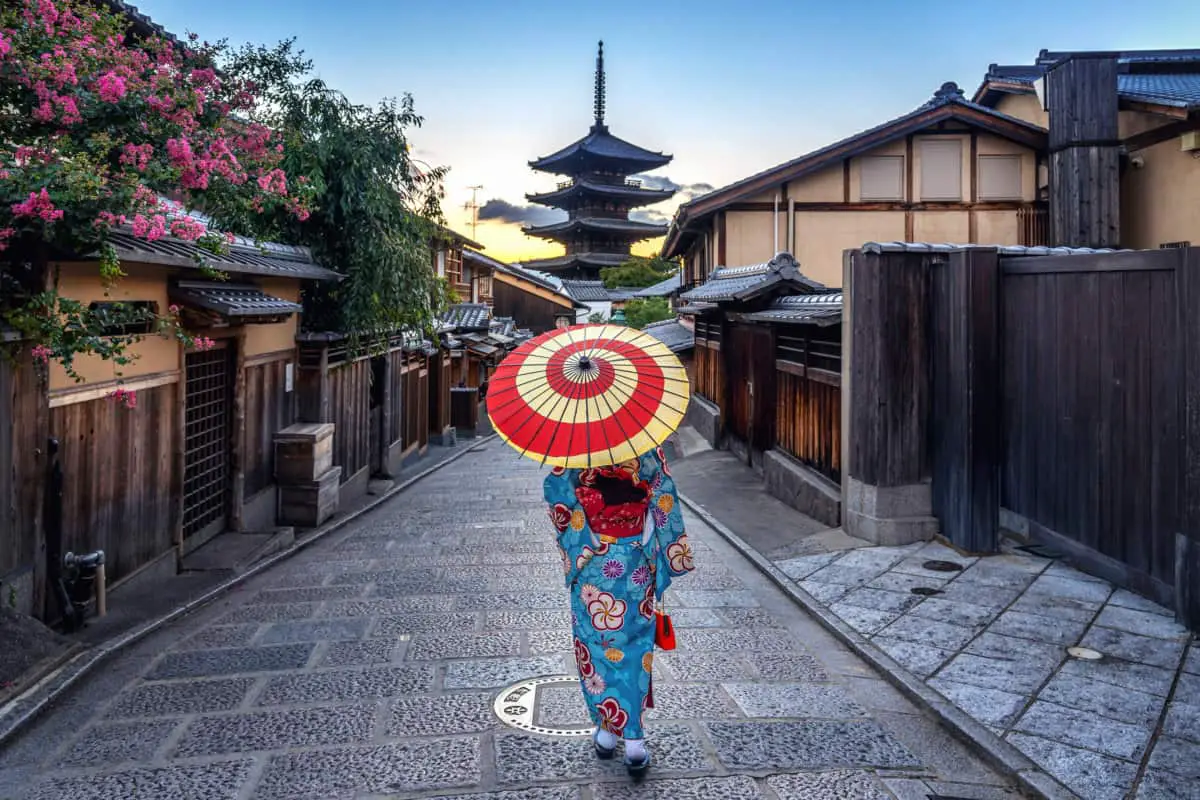
Kyoto, Japan is the last of Japan’s original ancient capitals. It’s a truly historic place with a rich history of appreciation for the arts and the beauty of its natural assets. Although Kyoto has been destroyed several times over the centuries, its historical and architectural value was so renowned that it influenced US decision-makers to remove the city from their list of targets for the atomic bomb during the Second World War.
Today, Kyoto is still an elegant and romantic city with Buddhist temples, traditional culture, museums, theme parks, festivals, and unique shopping opportunities.
This guide will explore what makes Kyoto such a special and unique destination in Japan.
The Spirit of Kyoto
The architectural and cultural heritage of Kyoto illustrates its long history as the capital of Japan’s cultural and political heartland. It escaped destruction during World War II, and today it is busier than ever. The modern city bustles with the energy of tech, modern amenities, and convenience, yet her cultural charms of tranquility and simplicity linger on.
The Best Time to Visit Kyoto
Every season highlights a different side of Kyoto. Fall brings spectacular tawny and reddish hues to the trees. Snowy winters make the ancient buildings look like a fairy tale – a sharp contrast to the fresh clean green of summer. But everyone agrees: the sight of the cherry blossoms in spring from late March to early April is a visual spectacle not to be missed.
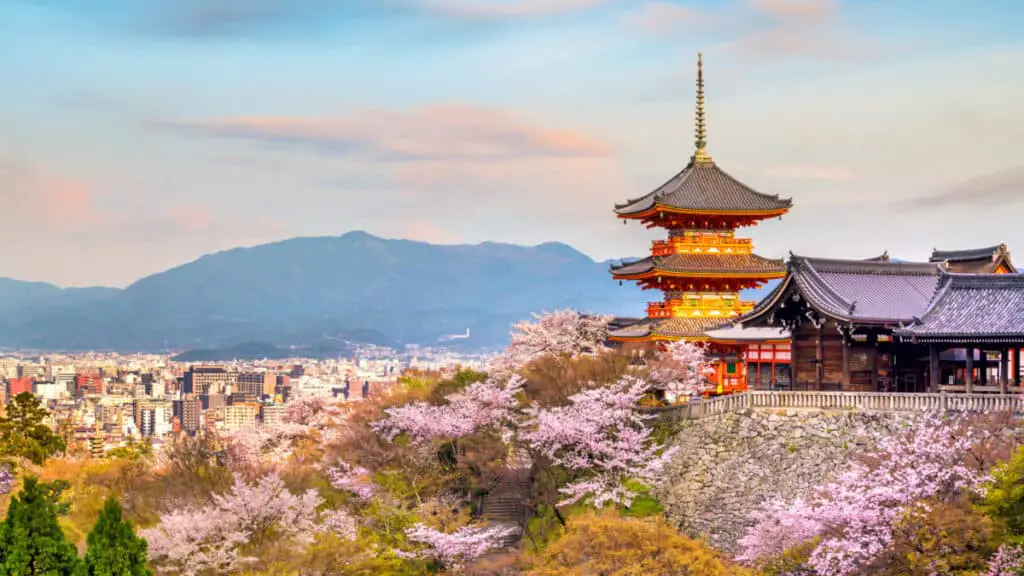
The Best Hotels to Stay in Kyoto
You’ll find more traditionally oriented places to stay in Kyoto than in some of the most modern cities. There’s a range of prices to suit every traveler.
If you budget for around $220-250 per day, you can stay in a range of excellent traditional or modern Japanese accommodations, eat at nice restaurants, have a couple of drinks, and pay for a few guided tours. If you prefer staying in international hotels, you should add around $50-100 a day to your budget.
A good example of a nice 4* hotel in central Kyoto is the Hotel Hanra , its vibe is a good blend between traditional and ultra-modern, much like the city of Kyoto itself.
Budget hotel prices start from about $55 per night for a two-star hotel. Mid-range three-star hotel prices start from around $75 per night. Chains like Hotel MyStays are scattered throughout Japan and of course, have a hotel in central Kyoto and you can usually get a good deal if you shop around!
APA is also a great chain to check out if you want an affordable but surprisingly comfortable hotel to spend the night in Kyoto. There’s even one in the Gion district, check it out here.
But hey, this is Japan! You really should try a capsule hotel, which starts at around $37 for a tiny pod that contains, essentially, just a bed, but is a marvelous testament to modern design in a country that values open space more than most.
There is so much to see that staying in a centrally located hotel is important to maximize your travel experience. Fortunately, many of the main sights are concentrated in one area, so you can spend more time enjoying the culture that makes Kyoto world-famous. The downtown area is conveniently located for walking around or taking short bus- or taxi rides to recommended sights, and there are many hotels, restaurants, shops, convenience stores, and bars in close proximity.
The Best Places to Eat in Kyoto
This is the country of sushi, ramen, and tempura, and Kyoto packs a punch in the culinary department with everything from Michelin-starred restaurants to chic cocktail bars, cool cafés, and sushi spots. Go on a tasting tour to sample fresh produce in food halls and old-school workmen-style noodle joints, and don’t miss out on visiting a few of the shoe-box-sized izakaya (Japanese pub-eateries).
Nishiki Market
Traditional values are important: At the heart of Kyoto’s culinary reputation is Nishiki Market, affectionately known as ‘Kyoto’s kitchen’. This is where Kyoto’s restaurateurs and food fashionistas do their fresh produce and food shopping, although the market is evolving from being strictly a local food market to a tourist attraction. Nowadays, you’ll find Kyoto-style souvenir shops cheek-to-jowl with exotic food stalls. A variety of delicacies like soy milk donuts, egg rolls, hand-baked bean crackers, and takotamago (small stuffed octopus head) are available here. Traders are proud of the quality of their wares, and many allow you to sample their products while you browse.
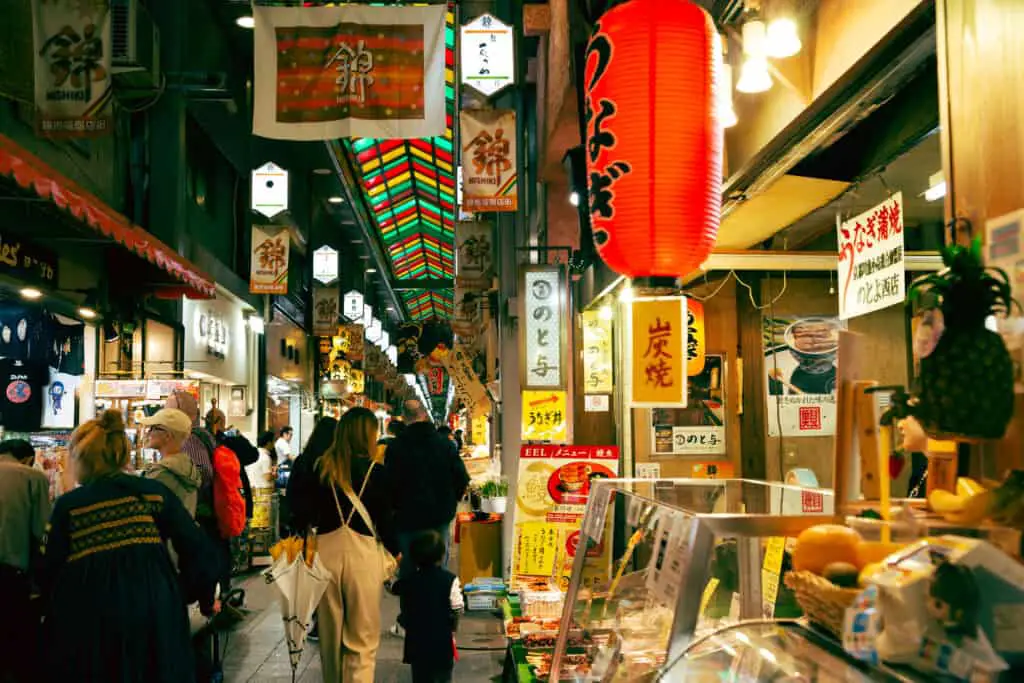
Food and Entertainment in Gion, the City’s Famous Geisha District
Plan to do an evening stroll along the narrow lantern-lit streets with their low wooden houses. Here, you’ll find multitudes of 17th-century traditional restaurants crammed close together, and it’s the premium spot for traditional tea houses – ochayas – where geisha keep traditions alive with ancient ceremonies. Try to attend one of the traditional Kyoto dances of maiko (apprentice geiko or geisha) and other traditional performing arts at Yasaka Hall’s Gion Corner.
Kyoto Beer and Sake
Japan is home to several world-class artisanal craft masters, and Kyoto is quite the hotspot for makers of traditional and craft beers. In fact, Kyoto is the second-biggest sake producer in Japan, and most of the local breweries are located in the Fushimi district.
There’s more than one bar where you can combine sake-hopping with restaurant-hopping, and we recommend a visit to Fushimi Sakagura Kōji. Restaurants in the complex take orders for each other’s food, so you can sit tight and test different food pairings while you work your way through a tasting set of sake from 18 different breweries in Fushimi.
Japan’s tradition of standing bars is comparable to England’s traditional pubs. They are tiny, pleasantly crowded, and buzzing with life. Another big difference is the snacks – fresh sashimi and sushi rather than pork pie!
What Can You Expect From Kyoto Eateries?
Like everywhere else in Japan, in Kyoto’s restaurants, you can expect impeccable service, portions that are somewhat more manageable than the outsized popular meals in the US, and a range of somewhat delicate, simple, fresh traditional food served in stunningly pleasing arrangements.
In many contemporary restaurants, the cashier is stationed by the exit, so you can pay for your meal on your way out. However, in fast food joints or low-fuss eateries, you may be met by a vending machine where you just place your order and take a seat.
The Best Ways to Get Around Kyoto
All cities in Japan are easily accessible by train, and you can save a lot of money if you get a Japan Rail Pass before you start traveling around this fascinating island.
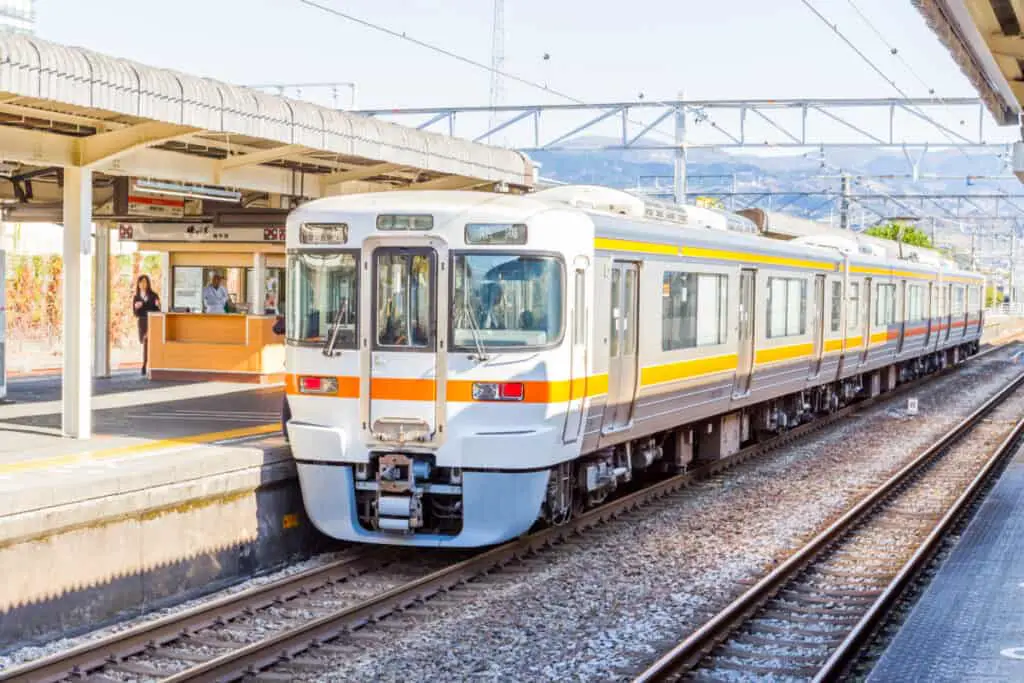
The Japan Rail Pass covers you for all non-bullet JR trains in Japan, plus all bullet trains except for the Nozomi and Mizuho services. It’s something I always recommend getting for peace of mind, and if you want to visit more than one city in Japan it’s a no-brainer. Click here to check them out. I still have the first ever one I got as a memento. Ahh, the memories!
Once in Kyoto, you can buy one of the IC cards or passes to use the peerless public transport system of subways and buses to reach almost all of your destinations. You can also rent a bike from your hotel or hail a spotlessly clean taxi.
Still, remember to pack a pair of sturdy walking shoes. One of the City of Kyoto’s main attractions is the lingering aura of peace and tranquility. Kyoto’s motto is “Kyoto, the Walkable City”, and there is ample space and provision for safe walking among tranquil surroundings.
Many of Kyoto’s major sightseeing spots are concentrated in one area. This compact section of about 10 square km is easy and quite cheap to navigate by taxi or is within walking distance of hotels and other districts.
Shopping in Kyoto
Save your big-label fashion shopping for Tokyo or other more cosmopolitan cities. Kyoto is a great place to look for handicrafts and fine Japanese art.
Here, you’ll find textiles printed using natural dyes according to the Shin-Manyozome method from 1500 years ago, or some of the highly ornate handmade “Kanamono” metal fittings to replace soulless modern handles and hinges.
Also look for Nishijin-ori silk fabric, which is woven from dyed silk threads spun from silkworm cocoons. It is renowned for its three-dimensional appearance and vivid colors. Nishijin-ori silk fabric is used to make kimonos, the mounting material for scrolls and paintings, and fabric for doll clothing in the traditional Hina doll style.
The downtown area bustles with shops of all shapes, sizes, and themes, and you should look out for small shops in historic streets selling local specialties like Kiyomizu-yaki pottery, okashi (traditional candy), and extraordinary pickled foods, handicrafts, and other souvenirs.
For any purely practical needs, there are many 100 Yen shops in Kyoto. These ubiquitous national stores offer groceries, drinks, toiletries, and household items at very reasonable prices. Store names vary by region, so ask your hotel/hostel reception where the nearest “Hyaku En” shop is.
For any of you who’d like to watch a bit of a virtual walking tour through Nishiki Market and Teramachi Kyogoku shopping street, the video underneath should satisfy all your needs!
Places to Definitely Visit in Kyoto
Among the more than 2000 temples and shrines in this city, there are true masterpieces of religious architecture where robed monks shuffle between temple buildings, prayer chants echo through stunning Zen gardens, and the faithful meditate on tatami mat floors.

- Ryoan-ji is a Zen temple famous for its intriguing rock gardens that date from around 1500. Although there are 15 small boulders, they are arranged in such a way that only 14 of them can be seen at one time from the verandah.
- The Nanzen-Ji Temple is located near the Nanzenji Suirokaku, the remains of a massively impressive aqueduct that fell out of use a long time ago.
- Tofuku-ji is famous for its spectacular traditional gate dating to 1425. The nearby Tsutenkyo Bridge is also worth a visit, especially in autumn.
- The verandah of the Kiyomizudera Temple is an iconic, gigantic wooden stage deck on a steep hillside. It was built in 1633 as a faithful reproduction of the 798 original. While you’re there, visit the Otowa-no-Taki waterfall. There are three separate streams. One stream promises success, the other promises love, and the last one, longevity. Drink only from two, because it is bad luck to take a sip from all three streams.
- Fushimi Inari Shrine and its vermilion row of gates that stretch all the way up one of Kyoto’s mountains is a must-see.
- One of the most famous attractions in Kyoto is the gold-leaf-covered Kinkaku-ji Temple or Golden Pavilion, a UNESCO World Heritage Site.
- Take a Kyoto Tea Ceremony and Kiyomizu-Dera Temple walking tour with a local guide. Other than traditional tea and sweet shops in this area, your local guide will teach you about Japanese religion and Kiyomizu-dera’s significance in local culture.
- The iconic Arashiyama Bamboo Grove, also known as Sagano Bamboo Forest, is the perfect photo setting in tranquil surroundings within a 30-minute bus or train ride from Kyoto station.
- You can practice Zen by fully applying yourself to an activity, even something like walking or cleaning, but at the Taizo-in Temple, you can focus your awareness on candy as a meditation aid!
- The Meiji Shrine, was built for Emperor Meiji, who was the first emperor of modern Japan when Japan’s feudal era came to an end.
- The Higashi Peace Pagoda was built by the efforts of Nichidatsu Fujii, the founder of the Nipponzan Myōhōji sect of Nichiren Buddhism. He devoted his life to the promotion of non-violence after an inspiring meeting with Mahatma Gandhi.
- The Central Kyoto Station, a bullet train station, is probably where you’ll arrive in Kyoto, and this futuristic station is well worth some time for exploration. The Kyoto Railway museum is just a few minutes away, but there are also regular displays at the Museum Eki Kyoto in the Isetan department store in the station.
More Tips for Tourists in Kyoto
One of those things you hear about before you go is how friendly the Japanese are. Well, it’s true. The Japanese are famously punctual and unfailingly courteous, friendly, and helpful.
- Tipping is not expected nor widely practiced in Japan, and in certain situations may cause the recipient some embarrassment.
- Kyoto’s inhabitants celebrate traditional culture, so be ready to slip your shoes off at the entryway of some hotels, most traditional restaurants and museums, and some select boutiques. Slippers are usually provided, but keep a pair of roomy socks handy, especially in the cold winter months.
- Shops and stalls offer free samples of their delicacies in many places. It’s polite to show your appreciation but refrain from snatching a piece and walking off. It’s also considered impolite to eat or chew while walking.
- Some stores and their staff would rather not have visitors storm in and start taking photos, so it’s a good idea to ask before you hit that record button. It can also be considered impolite to take a photo of a traditional geisha. Most won’t mind if you get their permission first.
It is easy to dismiss the cultural experience and history of Japan because it is one of the most modern and developed countries in the world, but in Kyoto, you’ll learn more about the ancient Japanese culture that produced modern Japan, a global technological giant.
If you enjoyed this post and would like to learn more about what makes Japan unique, please check out my post here!
Just your average irresponsible human who spends most of his free time and money traveling Japan. Love the food, culture, and sights but not a huge fan of anime until I used it for studying purposes. Can't decide which is better out of ramen or pizza.
Recent Posts
25 Special Things That Make Japan Unique
Sure, we've seen movies with stereotypical Japanese references, but what makes Japan unique? Keep reading because we'll dig deep into the 25 "things that make Japan, Japan." Japan offers its...
Visiting Takayama in Winter: The 8 Best Things To Do
Takayama, or as it’s often referred to – Hida-Takayama (as there are other places named Takayama as well) is a city located in Japan’s Gifu Prefecture, in the mountainous Hida region. While...

Kyoto (���s, Kyōto) served as Japan's capital and the emperor 's residence from 794 until 1868 . It is one of the country's ten largest cities with 1.5 million inhabitants and a modern face.
Over the centuries, Kyoto was destroyed by many wars and fires, but due to its exceptional historic value, the city was dropped from the list of target cities for the atomic bomb and escaped destruction during World War II . Countless temples , shrines and other historically priceless structures survive in the city today.
Top attractions in Kyoto
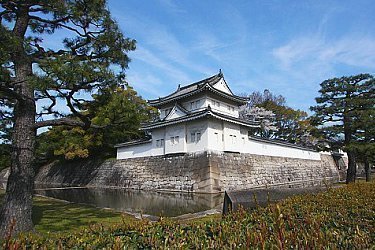
Nijo Castle ••
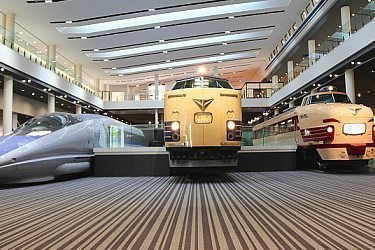
Kyoto Railway Museum •
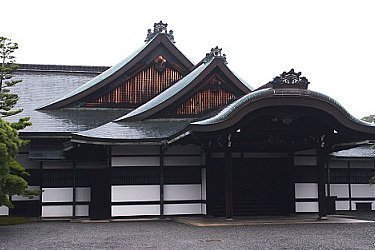
Sento Palace •
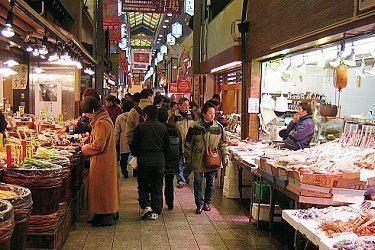
Nishiki Market •
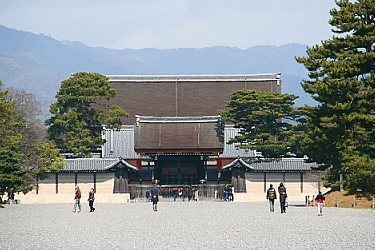
Kyoto Imperial Palace •
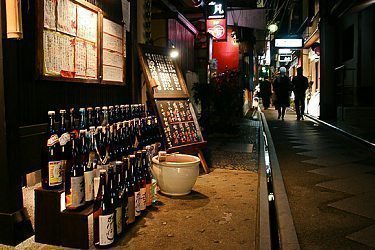
Pontocho •
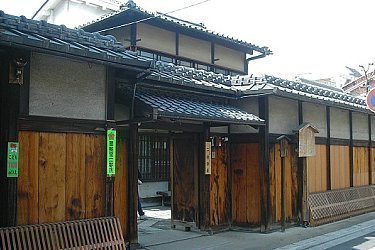
Nijo Jinya •
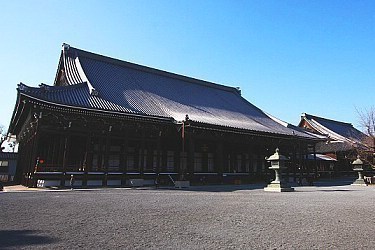
Honganji Temples •
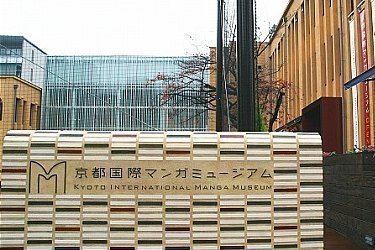
Kyoto Manga Museum
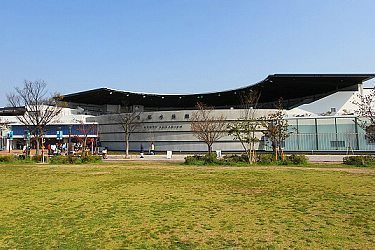
Kyoto Aquarium
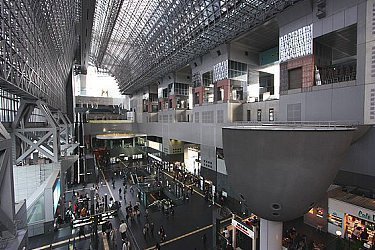
Kyoto Station
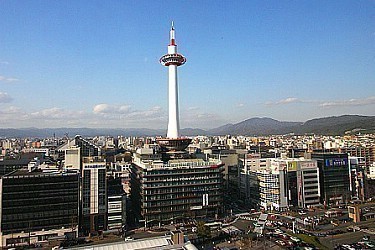
Kyoto Tower
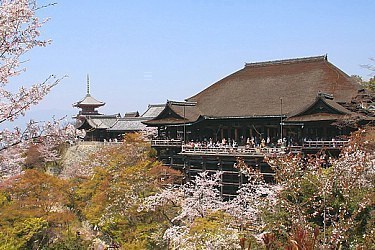
Kiyomizudera •••
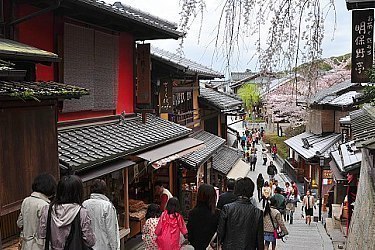
Higashiyama •••
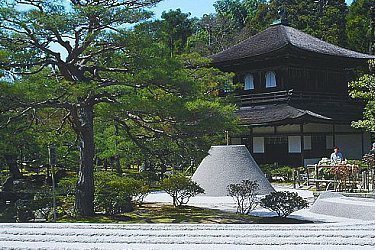
Ginkakuji •••
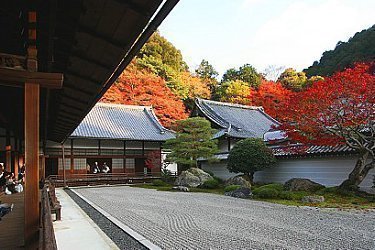
Nanzenji Temple ••
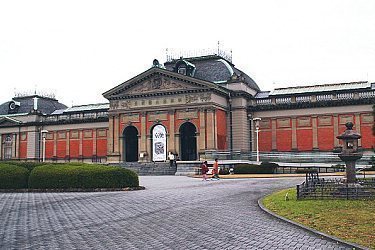
Kyoto National Museum ••
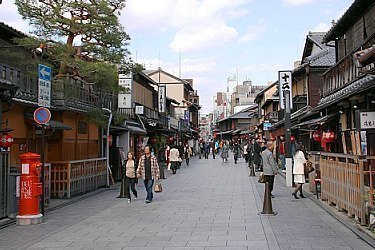
Gion •
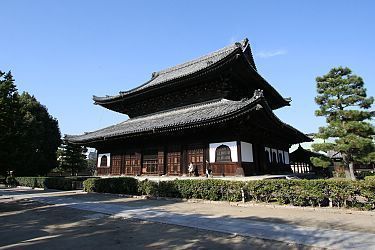
Kenninji Temple •
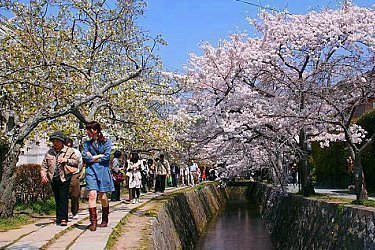
Philosopher's Path •
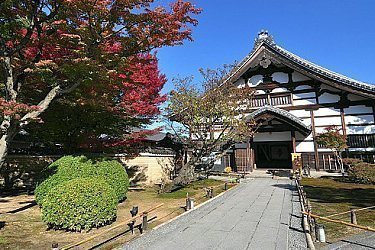
Kodaiji Temple •
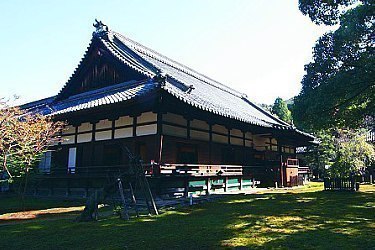
Shorenin Temple •
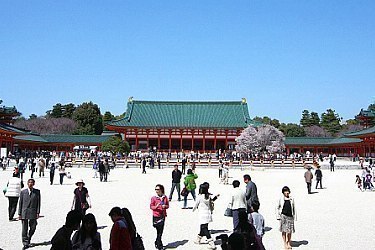
Heian Shrine •
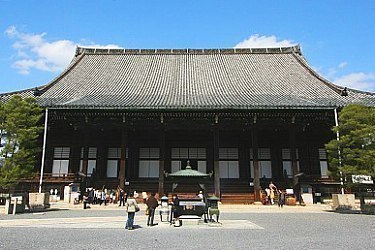
Chionin Temple •
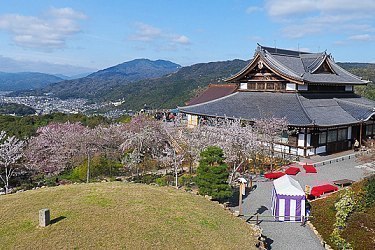
Shogunzuka Mound
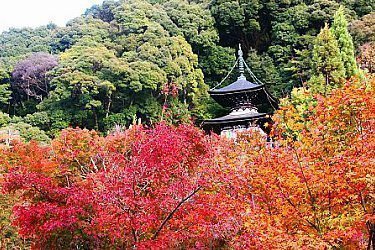
Eikando Temple
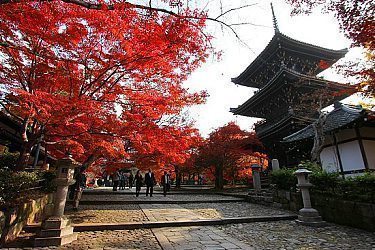
Shinnyodo Temple
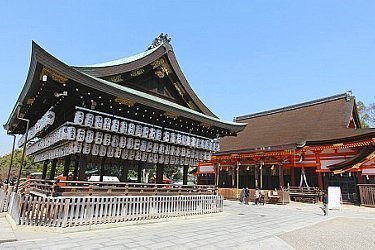
Yasaka Shrine
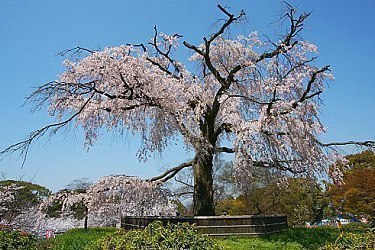
Maruyama Park
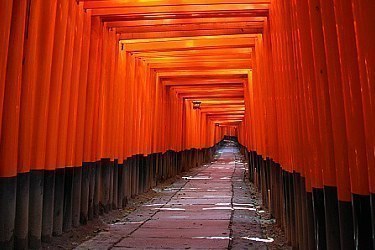
Fushimi Inari Shrine •••
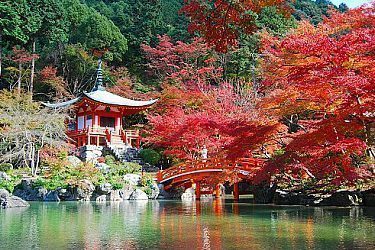
Daigoji Temple •
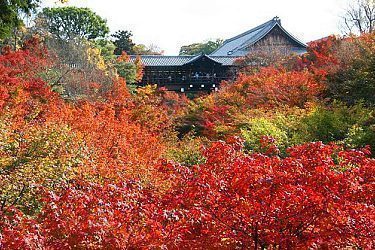
Tofukuji Temple •
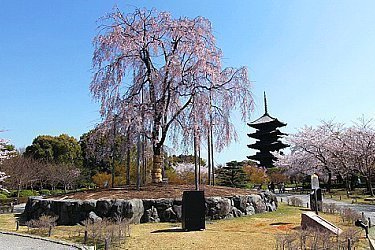
Toji Temple •
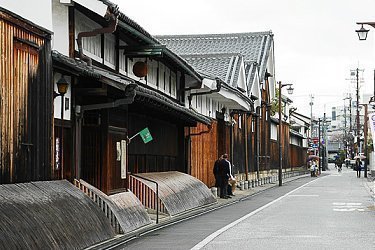
Fushimi Sake District
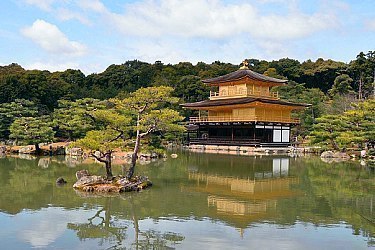
Kinkakuji •••
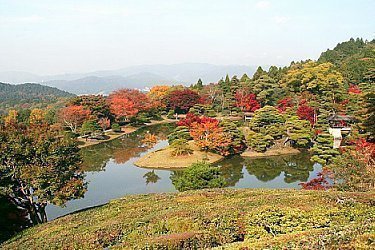
Shugakuin Villa ••
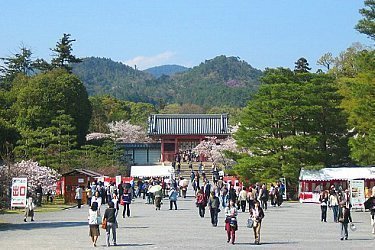
Ninnaji Temple ••
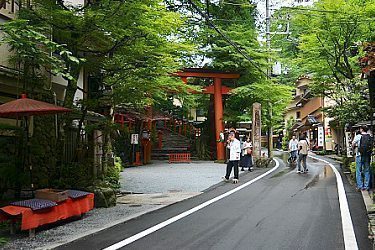
Kibune •
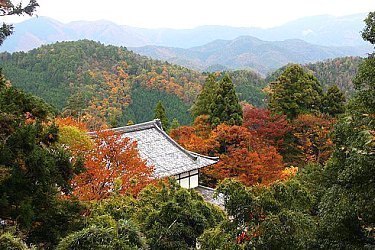
Kurama •
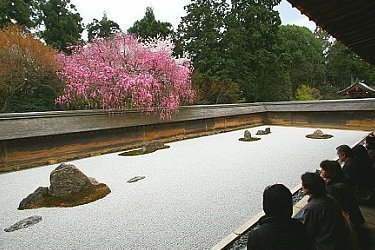
Ryoanji Temple •
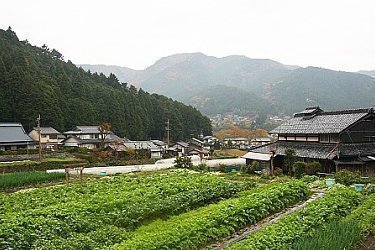
Ohara •
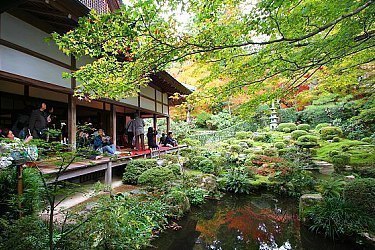
Sanzenin Temple •
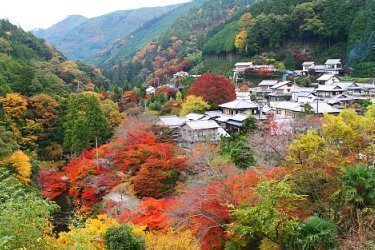
Takao •
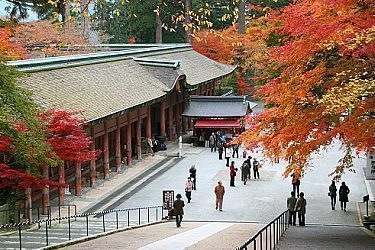
Hieizan •
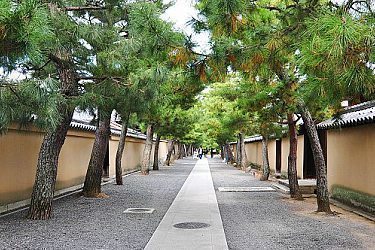
Daitokuji Temple •
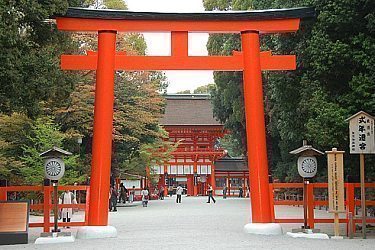

Kamo Shrines •
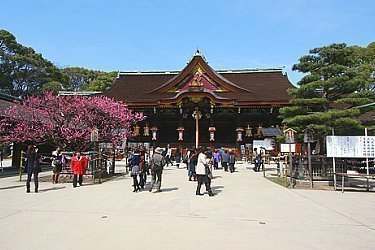
Kitano Tenmangu •
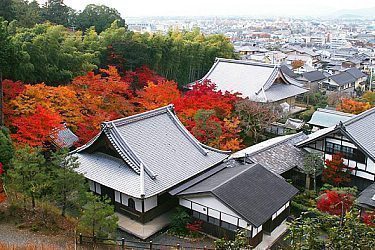
Enkoji Temple
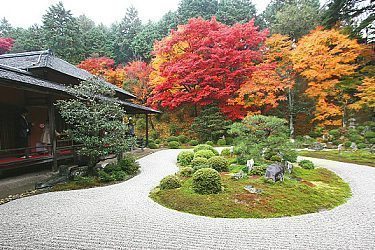
Manshuin Temple
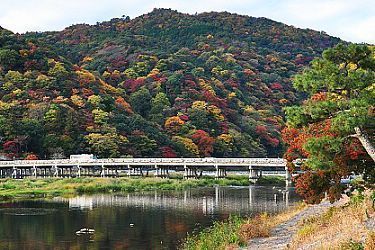
Arashiyama ••
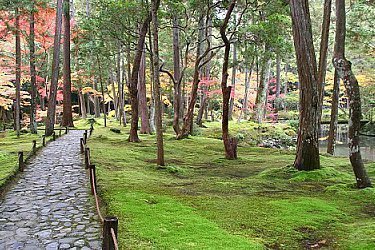
Kokedera ••
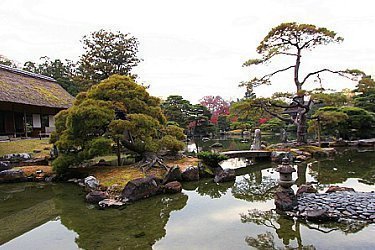
Katsura Villa ••
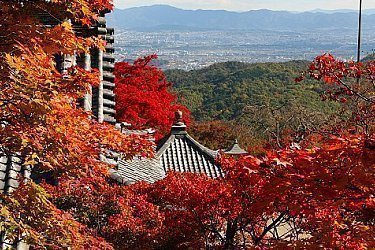
Yoshiminedera •
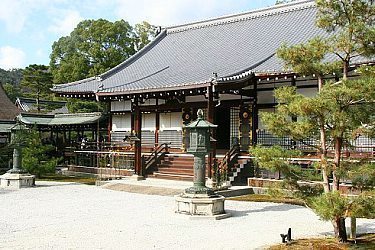
Daikakuji Temple •
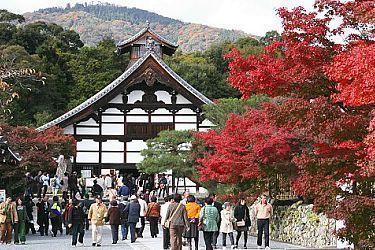
Tenryuji Temple •
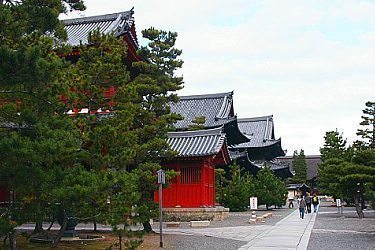
Myoshinji Temple •
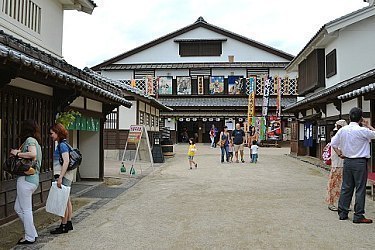
Toei Eigamura •
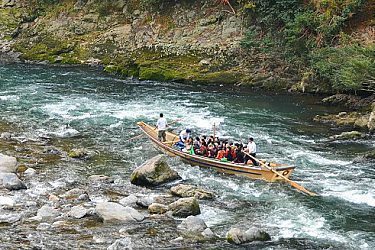
Hozugawa Cruise
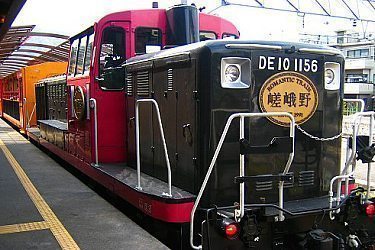
Sagano Railway
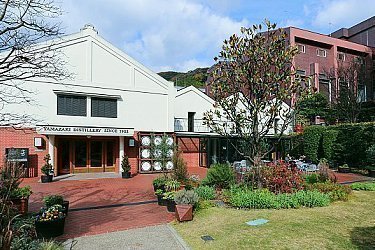
Yamazaki Whisky Distillery
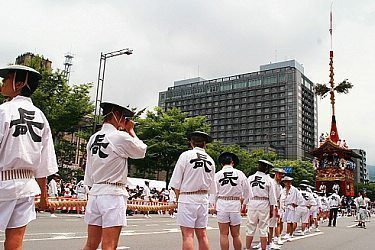
Gion Matsuri ••
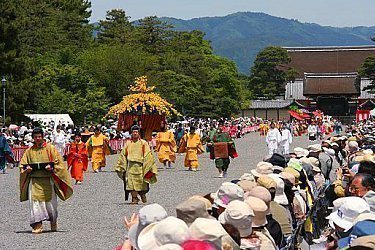
Aoi Matsuri •
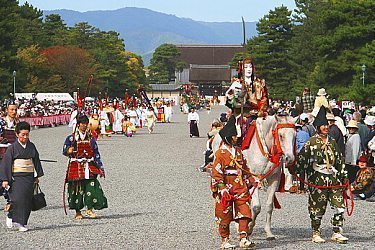
Jidai Matsuri •
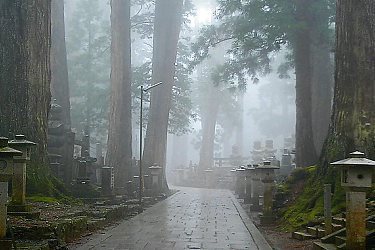
Mount Koya •••
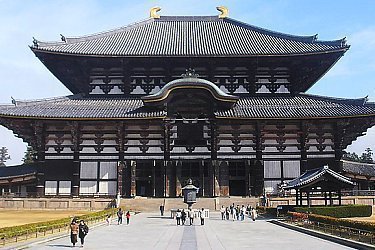
Nara •••
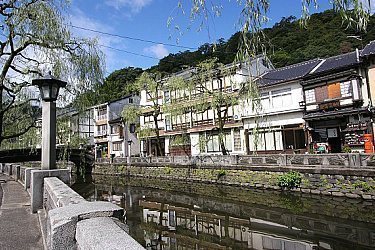
Kinosaki ••
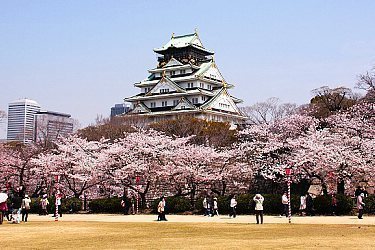
Osaka ••
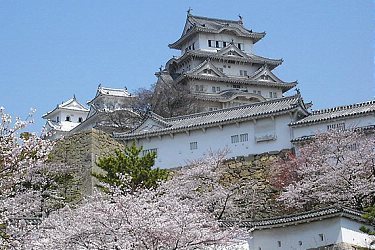
Himeji ••
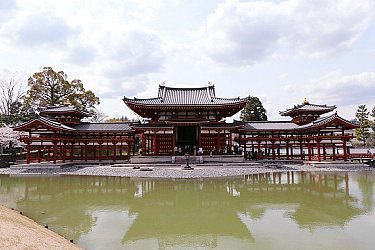
Amanohashidate •
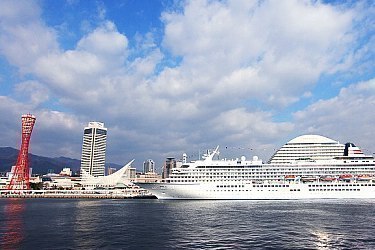
Kobe •
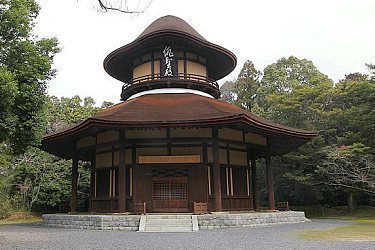
Iga Ueno •
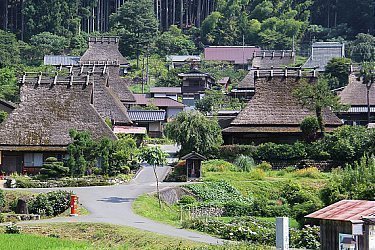
Asuka and Sakurai
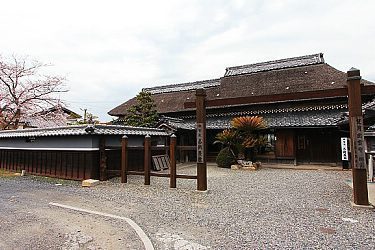
Kyoto by interest

Getting there and around
Itinerary ideas.
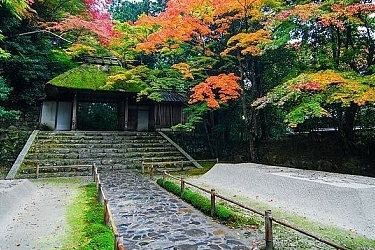
- Walk the Philosopher's Path
- Beautiful temples and shrines
- Attractive Higashiyama streets
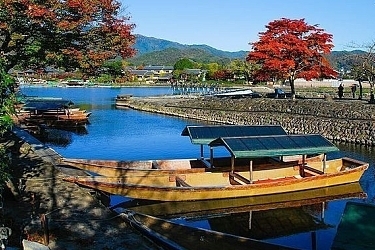
- See the bamboo groves
- Visit the monkey park
- Serene temples and gardens
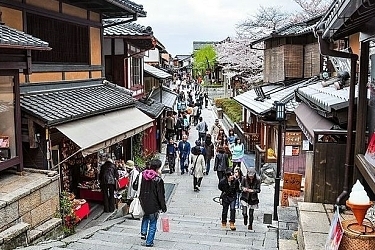
- Visit beautiful temples
- Explore Higashiyama and Gion
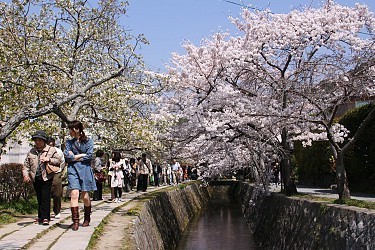
- Visit beautiful temples and shrines
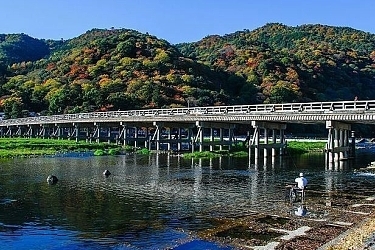
- Explore attractive Arashiyama
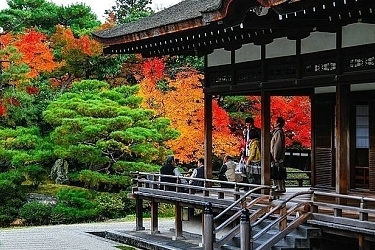
- Explore Kyoto's northern side
- Visit Kinkakuji , Ryoanji and Ninnaji temples
Questions? Ask in our forum .

Links and Resources
Kyoto official travel guide, cycle kyoto, hotels around kyoto, kyoto hotel guide.
How to choose the best places to stay in Kyoto
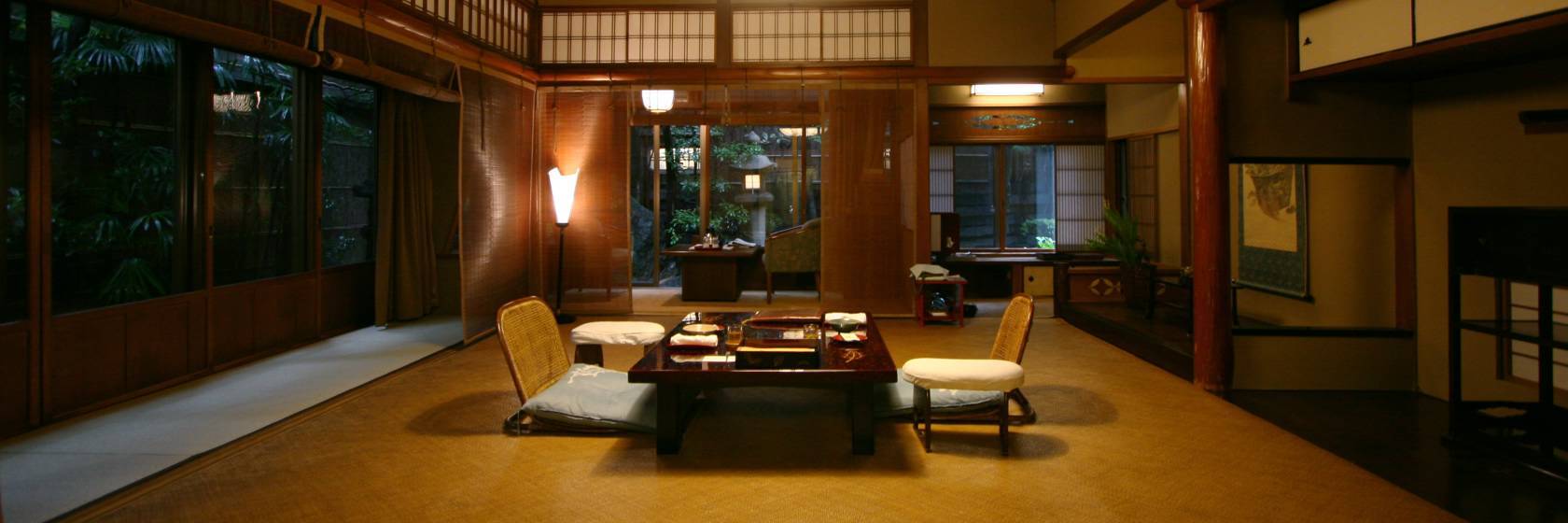
Experiences around Kyoto
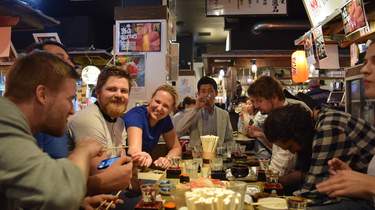
- Tours & Experiences
- Tailor-made Trips
- Bahasa Indonesia
We are happy to see you again!
Continue with
Or use email.
No Account? Create one
Create account
Already have an account? Sign in
Quickly Sign up with
I agree to Japan Travel's Terms of Service and Privacy Policy . Terms of--> and acknowledge that Japan Travel's Privacy--> applies to me.-->
Email reset password link
Please check your inbox and click the link we will send to you.
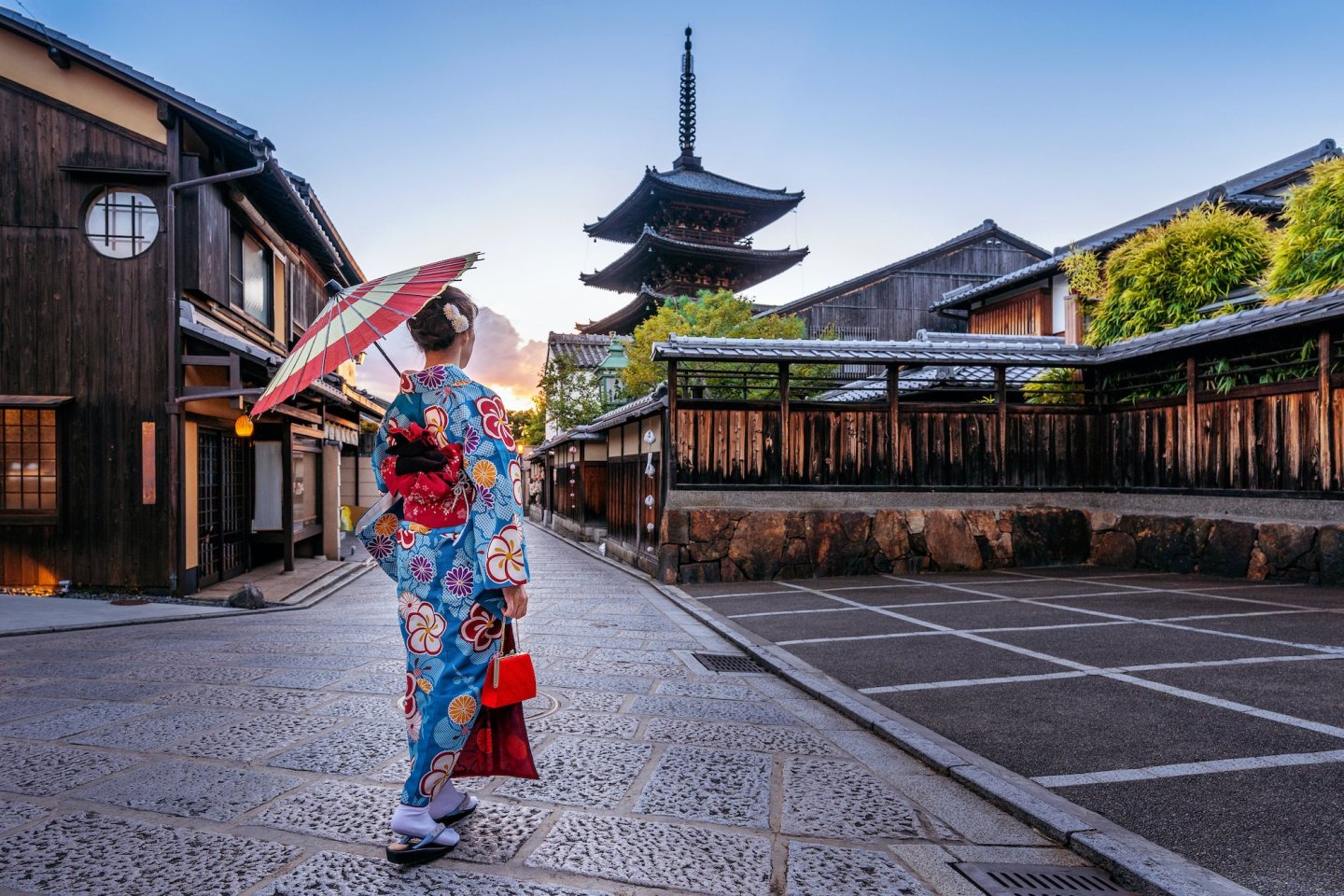
Japan's ancient capital home to sacred shrines and Zen gardens
Top attractions in kyoto.
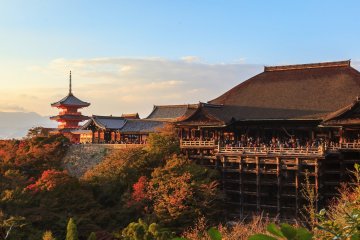
Kiyomizu-dera Temple

Fushimi Inari Taisha
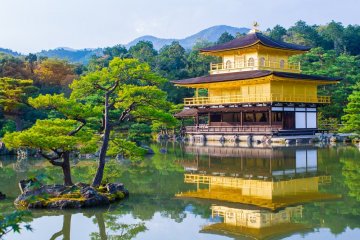
Kinkakuji Temple

Yasaka Shrine
Around kyoto.

Along a river in the West of Kyoto lies Arashiyama, a rural suburb of Kyoto. Literally “Storm Mountain”, Arashiyama is actually a tranquil place where you can wind down and relax in a beautiful..
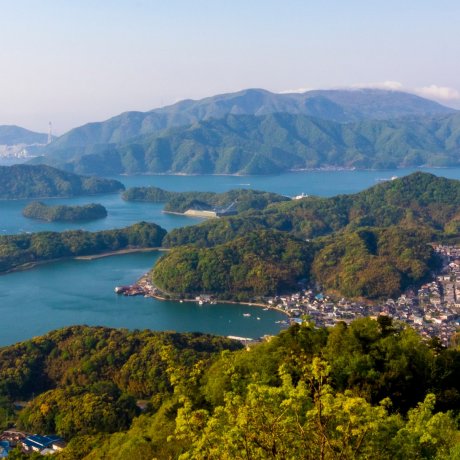
Maizuru is a port city in northern Kyoto along the coast of the Sea of Japan. It can be reached in just 2 hours from the central Kyoto City, where most visitors to Kyoto converge. The city is..
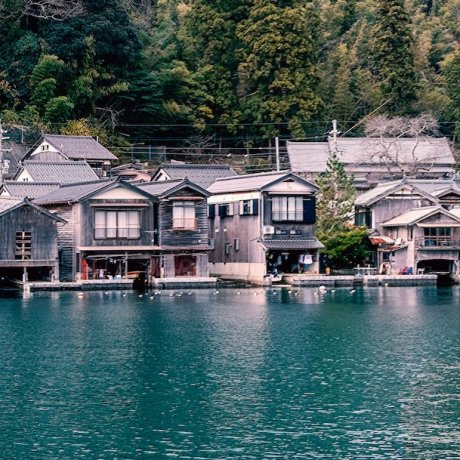
Ine (伊根町) is a town located in Yosa District, in northern Kyoto Prefecture. It is known for its traditional wooden fishing houses, or Funaya, that line Ine Bay. The region is located to t..
About Kyoto
Japan’s capital from AD 794 to 1868, the list of possible tourist destinations in Kyoto Prefecture (京都府, Kyōto -fu) is endless.
You can attempt to visit all of major sites, including but certainly not limited to: Fushimi Inari Shrine and its brilliant vermillion row of torii gates, its many temples (most notably Kiyomizu-dera , Sanjusangen-do , and Kinkaku-ji ), Nijo Castle , and Amanohashidate (one of the Three Views of Japan).
Or you can attempt to “experience” Kyoto and its rich culture: appreciate the traditional architecture and maiko of the Gion district , witness the Gion Festival (held every July), and indulge in the various delicacies Kyoto has to offer, such as Uji matcha green tea, tofu, and various Japanese confectioneries. Kyoto is on the bucket list of many a traveller, and for good reason.
- Things to Do in Kyoto
- Autumn Leaves
Kyoto Top 10
- Recommended

Kyoto Fall 2022 Day Two

Causette Joli

Kyoto Fall 2022 Day Three

Kyoto Bento Box Museum

Zuishin-in Daihonzan Temple

Amanohashidate Chion-ji

Amanohashidate Motoise Kano Shrine

Kyoto Fall of 2022

Jojakko-ji Temple

Iwatayama Monkey Park

Miyako Odori

NAKED Sakura Festival

Gion Matsuri

Takashi Murakami - Mononoke Kyoto

The Kimono Forest Of Arashiyama

Hirano Shrine Okasai

Aoi Matsuri Festival

Kodai-ji Autumn Illumination

Nagoya to Kyoto by Train
Upcoming kyoto events.

Miyako Odori 2024
The Miyako Odori performance in Minamiza theatre in Kyoto hass a long history and involves the best geiko and maiko of Kyoto. The..

Yabusame Shinji 2024
Every year in early May. witness the Yabusame Shinji at Shimogamo shrine, where Japanese mounted archers fire arrows at enemy targets...
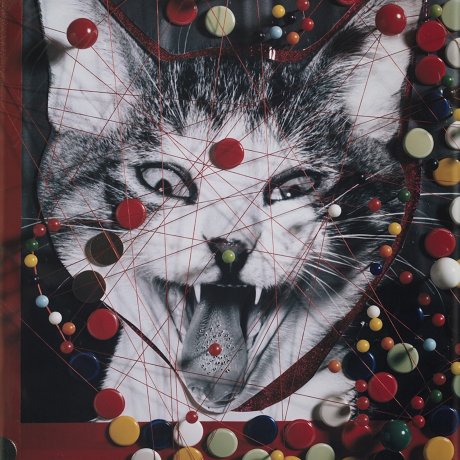
KYOTOGRAPHIE International Photography Festival 2024
The KYOTOGRAPHIE International Photography Festival is an annual event held in Kyoto over four weeks. The theme for 2018 is "Up",..
Where to eat in Kyoto

Aburi-mochi at Ichiwa & Kazariya
Ichiwa is an thousand year old store with longstanding connections with Yasurai Matsuri festival at Imamiya Shrine selling aburi-mochi,..

Chao Chao Gyoza
Chowing down on gyozas and cheap beer at Chao Chao Gyoza
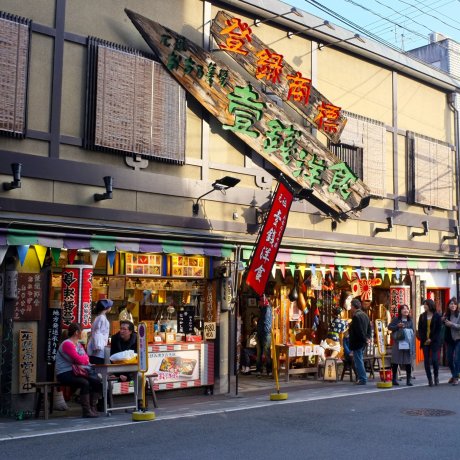
Taste the Famous Issen Yoshoku
Kyoto is famous for a lot of things. But when it comes to food, Issen Yoshoku is one recommended dish that you should not miss.
Places to stay in Kyoto
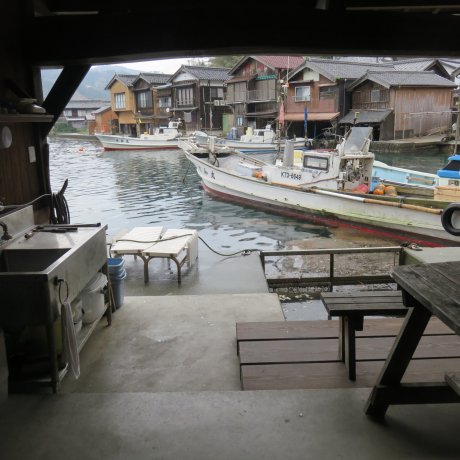
Ine Boathouse Ryokan
At Ine there are surprises and delights in every season. In winter the mountains are blanketed by snow, and you are rewarded by..

Tokyu Harvest Kyoto Takagamine
Tokyu Harvest Club Kyoto Takagamine & Viala is a gorgeous hotel inside the historical Shozan Resort Kyoto.

J Hoppers Hostel South Kyoto
Discover new friends and receive a warm welcome home on the quiet south side of JR Kyoto
Latest Kyoto Reports
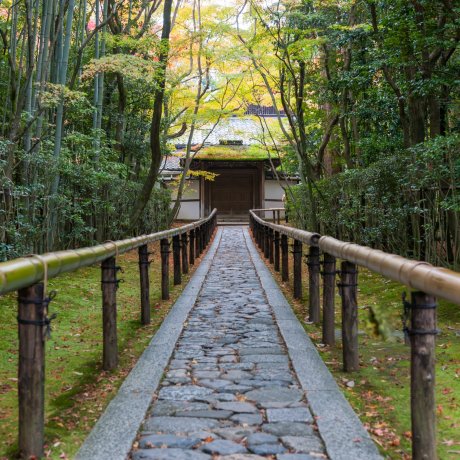
Maple Garden and Autumn Leaves
Kōtō-in, a sub-temple of Daihonzan Daitoku-ji, one of the largest Zen temples in Kyoto. Here lies the grave of Hosokawa Sansai..

Causette Joli is a Japanese cosmetics company that sells nail products that embody Japan’s cultural, natural, and seasonal bea..
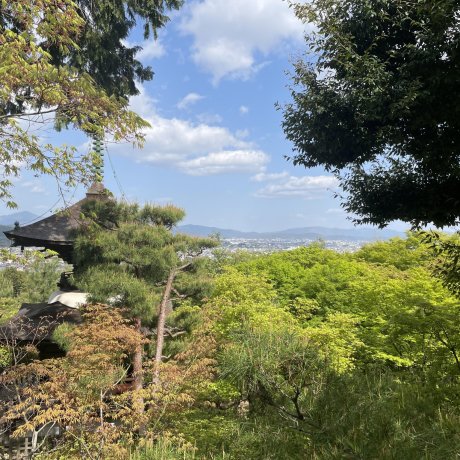
Let us know how we can help.
15 best things to do in Kyoto
Jan 25, 2024 • 9 min read
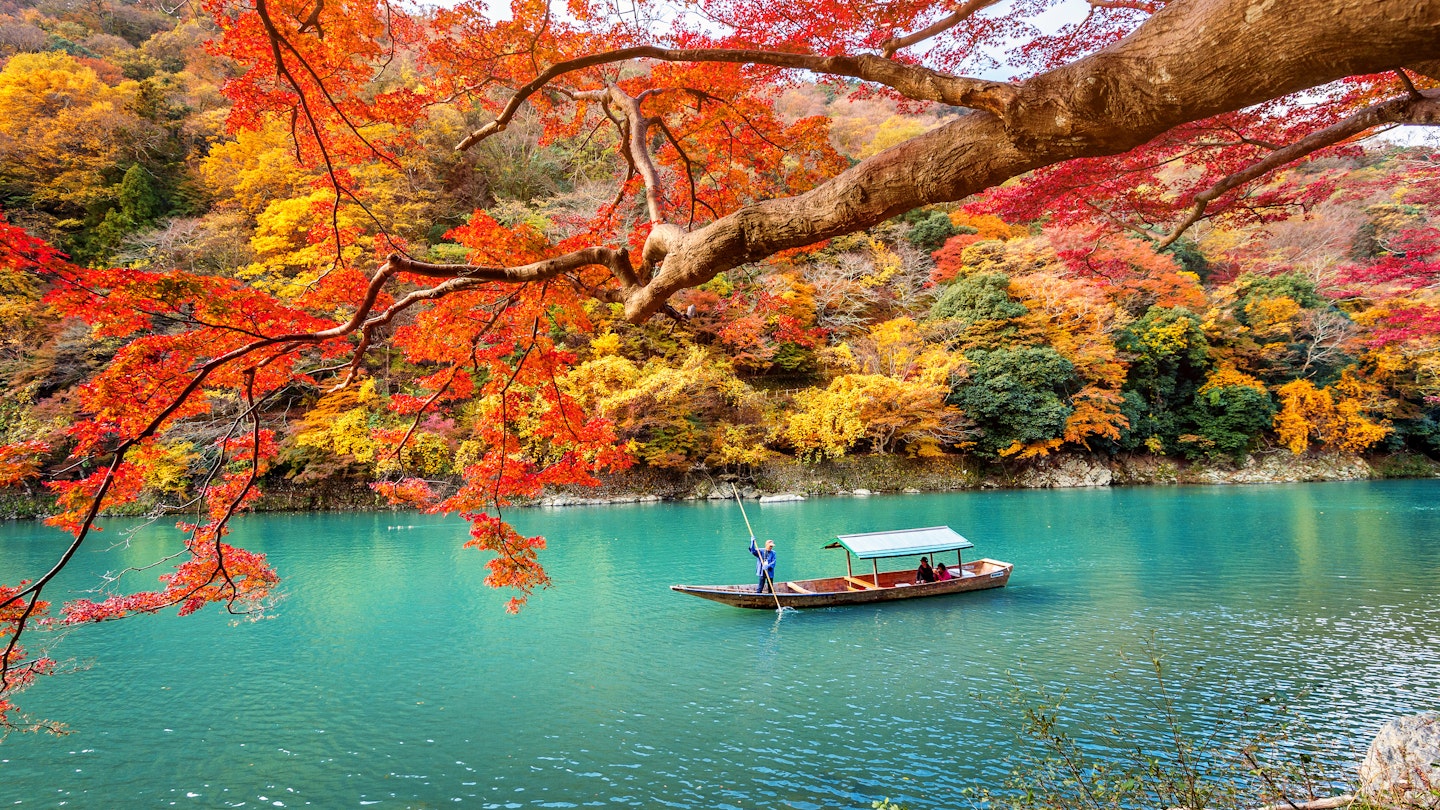
Beautiful Kyoto offers tons of things to do and see - here are our favorites © Guitar Photographer / Shutterstock
Kyoto is on the travel list of most first-time visitors to Japan for good reason. With its fleet of over 2000 temples, lush gardens and traditional tea houses, Kyoto is one of Japan’s major historical hubs – to say nothing of being easy on the eye (enjoy a sunset on the hill in Kiyomizu-dera to see what we mean).
It can be easy to get lost in the tangle of streets – Kyoto is one of those cities where it’s easy to just pick a walking direction and see what you find, whether it’s an unexpected shrine in the middle of a commercial street, sakura-lined canal or well-appointed park. But sometimes, it pays to prioritize. Plan a trip around the following can’t-miss sights and experiences to maximize your time in the city.
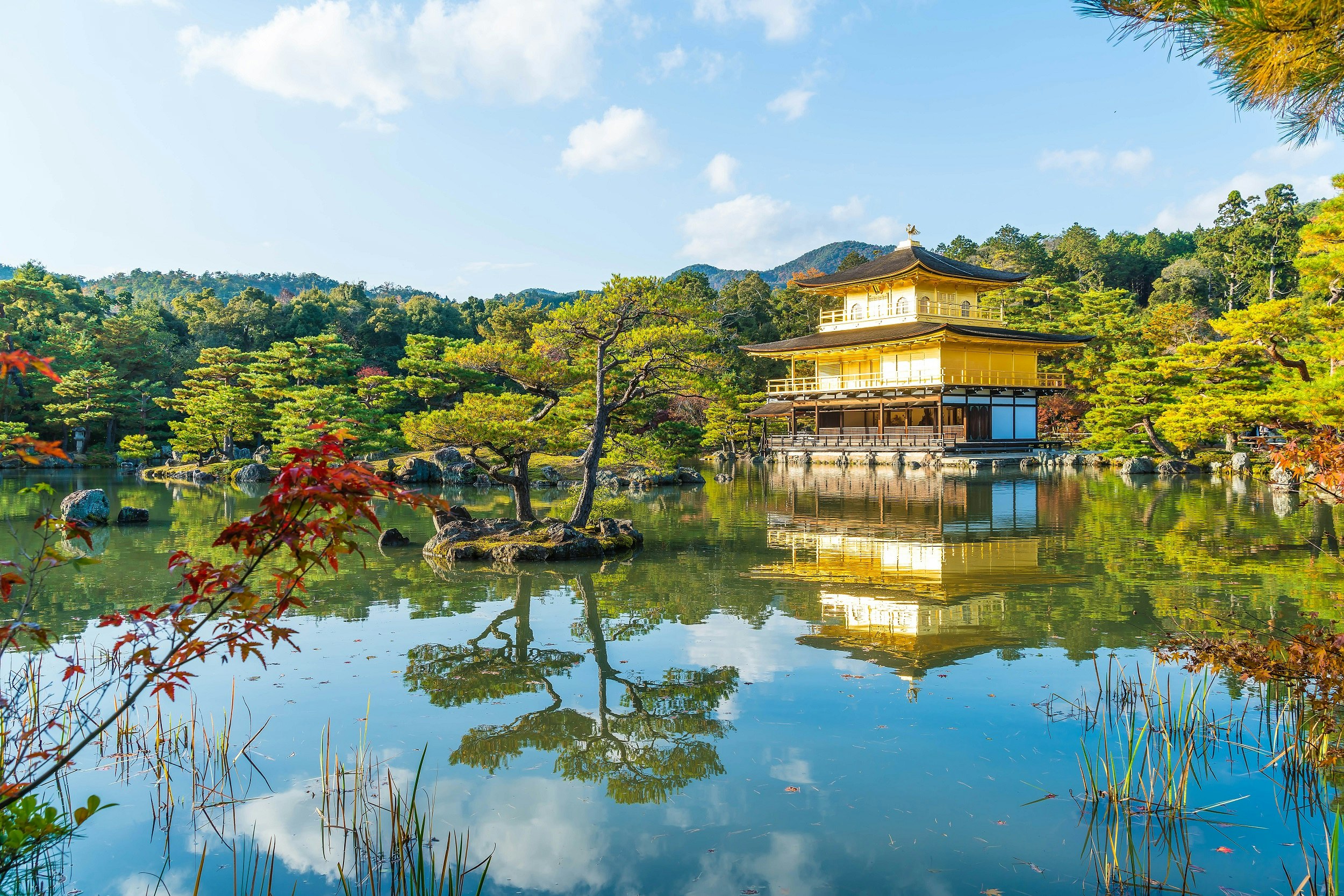
1. Stay golden at Kinkaku-ji
Kinkaku-ji is a tourist favorite – nicknamed Golden Pavilion for its gold-leaf gilded upper layers, this zen temple is a magnificent sight regardless of the time of year. One-way foot traffic flows fairly consistently but tends to bunch up directly in front of the temple, where visitors tend to pause to grab a show-stopping photo of the temple reflected in the pond (again, who can blame them?).
Consider visiting on a weekday to avoid the rush.

2. Walk through the iconic orange gates of Fushimi Inari Taisha
There’s a reason that Fushimi Inari-Taisha ranks high on every visitor’s list: the 10,000 vibrant orange torii (gates) snaking up the hill to create the ultimate photo op. The practice of donating a gate to the temple has been in place since the Edo Period and carries on today as businesses celebrate their successes with an act of gratitude.
Start at the lower level to admire the skulk of fox statues – the manifestation of the Shintō god Inari, the protector of rice, tea, agriculture and industry. The full loop takes two to three hours to complete, but it’s worth making the climb to avoid the throng of visitors that usually populate the lower levels (don’t worry, there are plenty of vending machines to keep you hydrated along the way).
Alternatively, it’s worth considering a sunrise visit, when the local monks are making their way up the hill to work and the resident cat population is out to play.
3. Find fortune at Kiyomizu-dera
Located in Eastern Kyoto, Kiyomizu-dera literally towers over the city with the help of 139 stilts. During the Edo period, seekers would jump from the temple's platform to the ground 43ft below in order to make their wishes come true. Today, you can instead find your fortune at the sacred Otowa Waterfall. Located on the temple’s lower level, the stream is divided into three sections, delivering longevity, academic success or luck in love depending on which one you drink from (take note that drinking from more than one stream is considered greedy). But you don’t need any luck to enjoy the temple’s panoramic views over the city, which are enhanced by spring sakura (cherry blossom) season, autumn foliage and stunning sunsets.
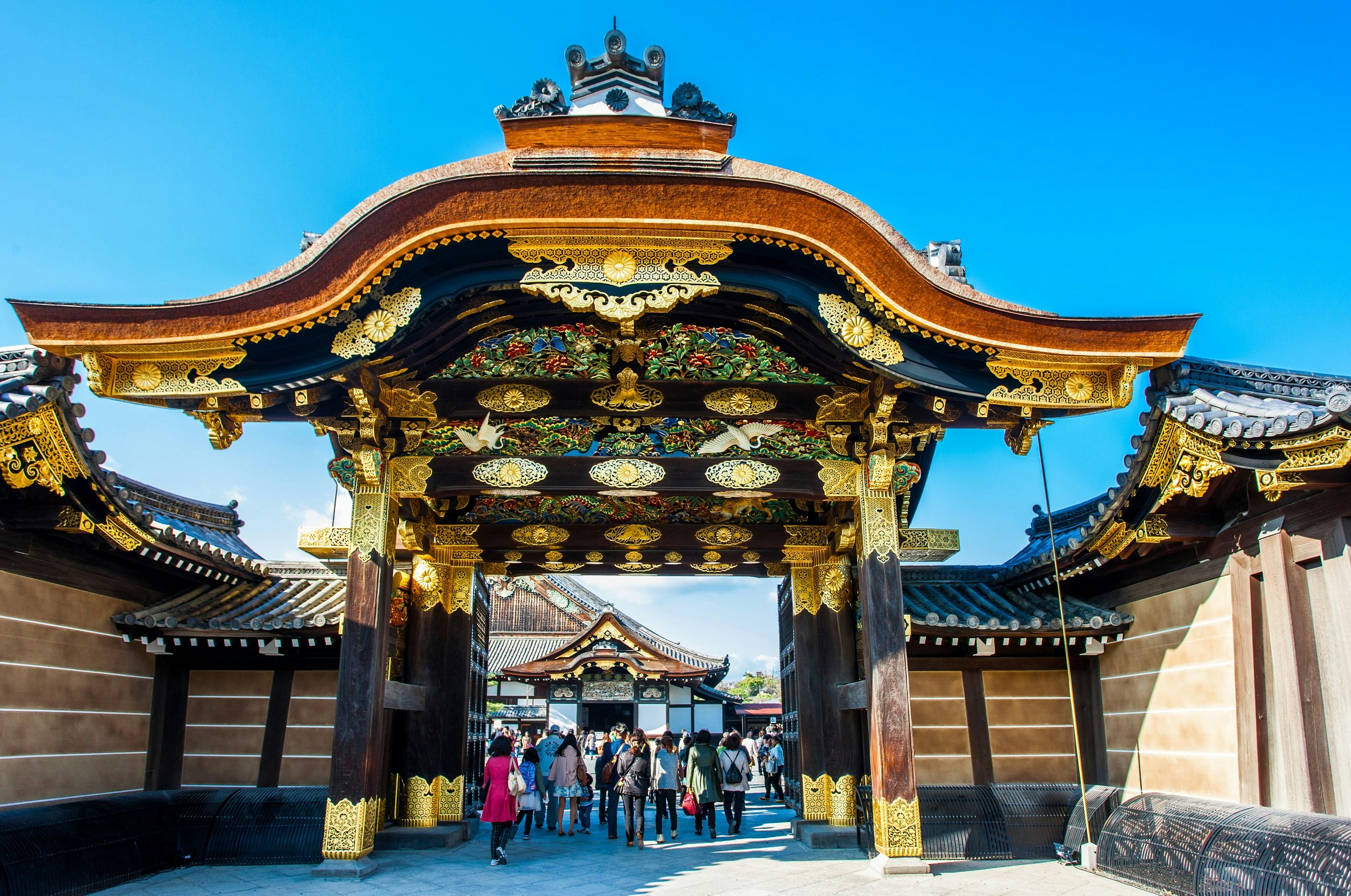
4. Time travel at Nijō-jo
Enter through Nijō-jō 's large eastern battlements to step back in time. The castle was the former home of Tokugawa shoguns, and its lavishly appointed gardens and opulent chambers filled with detailed murals and intricate carvings speak to the warlord collective’s extreme wealth.
Keep an eye out for the painted lions (created by an artist who had yet to see the real thing in person), and experience the sensation of walking barefoot across the “nightingale floors,” which chirp like the birds they’re named after – a built-in sonic defense against intruders.
5. Enjoy a stroll at Koke-dera
Koke-dera (the nickname for Saiho-ji ) is so stunning that the temple inspired “Moss Garden,” a track on David Bowie’s 1977 album Heroes . However, walking in Ziggy Stardust’s footsteps takes some advance planning. In order to preserve Koke-dera’s tranquility, visitors must register at least one day in advance (although up to two months earlier is advisable due to capacity restraints).
Once inside, guests are asked to participate in an act of devotion, usually copying a series of Buddhist sutras. Consider it an appetizer for the main course: a half-hour stroll through the scenic garden blanketed in 120 different kinds of moss.

6. Sip on some matcha
Matcha was originally drunk by Chinese Buddhist monks who believed the highly caffeinated beverage assisted in their quest for nirvana. When the religion spread to Japan, matcha came with it, particularly in the southern region of Kyoto Prefecture, which has an 800-year tradition of cultivation. To learn more about the beverage, start with a traditional tea ceremony at Camellia for an experience that will not only walk you through the elaborate steps of preparation but also explain the historical and practical reason behind each movement.
For a more modern take, stop by Maccha House . Their flagship store on Shijō Kawaramachi serves a number of unique twists on the beverage, including a brown sugar matcha latte and their signature Uji Matcha Tiramisu. Tea shops like Ippōdō and Marukyu Koyamaen (located in Kyoto Isetan department store adjacent to Kyoto Station) can help you bring the zen home with you.
While you’re at it, be sure to grab some wagashi , a delicate red bean and sugar pastry that pairs perfectly with the matcha’s earthy essence.
7. Get your ramen fix
Kyoto’s food scene is often overlooked thanks to neighboring Osaka, aka “the nation’s kitchen.” However, the city has been teasing out different types of the famous noodle soup since the first ramen street stall was set up in 1961.
Kyoto Gogyo is known for its high-end burnt ramen, with broth cooked at extremely high temperatures to create a smoky char and entertaining fiery show while you eat – so be sure to request a seat at the bar. Vegan Ramen UZU Kyoto ’s mushroom-based ramen is served in a darkened dining room, lit by TeamLab’s “Reversed Indiscretion,” a mesmerizing piece of digital art that creates calligraphy-like swoops across the walls and table. Engine Ramen has become a favorite due to its ability to make any item on the menu vegan or gluten-free. Just be sure to line up early as the restaurant regularly fills up after it opens for dinner at 4pm.

8. Embrace all the options at Nishiki Market
If variety is your spice of life, then Nishiki Market is your place. Also known as “Kyoto’s Kitchen,” this five-block collection of over 100 restaurants and shops is the perfect place for snacking on local specialties. It also doesn’t hurt that many stalls give out free samples. Feeling brave? Try the shockingly photogenic t ako tamago ( a baby octopus with an egg in its head), or beef sushi.
Other crowd-pleasers include soy milk donuts, rice crackers, and dashimaki – a Japanese rolled omelet that some stalls serve as tempura.
9. Bring home sustainable souvenirs
From bento boxes to washi (handmade paper) and porcelain, Kyoto is a great place to pick up souvenirs. You could easily spend the day browsing tourist-favorite department stores Takashimaya and Daimaru Kyoto. To bring home a piece of history, consider a stop at Vintage Kimono AN Gion , a cozy storefront crammed with vintage kimonos. Not only do they sell the historical robes at extremely reasonable prices (often as low as ¥1000), but they also offer obi belts and damaged kimonos for those looking to repurpose the silk.

10. Stay at a ryokan
Kyoto is considered one of the great historical epicenters of Japan, so there’s no better way to experience the region's essence than by staying in a ryokan. These traditional inns are generally smaller than their western counterparts and outfitted with woven tatami mats, futons that are rolled out every night and all matter of meaningful art. The intimate setting allows owners to provide guests with more personalized attention in addition to the kind of lavish meals you’re unlikely to find elsewhere.
For the ultimate indulgence, consider a night in the Tawaraya Ryokan , where David Bowie and Iman stayed during their honeymoon. This historic ryokan is 300 years old and in its 12th generation of family ownership. It’s regularly considered one of the most exclusive hotels in the world.
11. Relax in an onsen
More than just a bath (although it certainly is that), onsen are a great way to connect with nature and friends while participating in an act of self-care, provided you’re comfortable with group nudity. Carefully wash yourself from head to toe before slipping into hot water with a mineral content that locals claim can cure a WebMD worth of ailments.
If you want to soak within the city limits, head to Fu-fu-no-yu , a facility with stunning rock-lined pools inches from the Katsura River.

12. Wander through Arashiyama
The sound of bamboo in the wind is part of Japan's national heritage. Located in the Western Kyoto district of Arashiyama, the Arashiyama Bamboo Grove is one of the most famous places in the world to hear it. Just keep in mind that, while scenic, the 140m (459ft) walk isn’t as quiet as you might have been led to believe thanks to its popularity. If you’re in the market for the ultimate selfie, or just a more restful experience, visit at sunrise.
Not an early riser? Opt to visit Shoden-ji , a temple in Northern Kyoto with an abundant bamboo groove that’s often overlooked by tourists.

13. Enjoy an urbane escape at Ōkōchi Sansō
Despite its proximity to Arashiyama Bamboo Grove, many tourists miss Ōkōchi Sansō in their rush to grab that perfect Instagram snap. This former home of 1920s samurai film actor Ōkōchi Denjirō is the perfect place to escape the crowds. Work up a thirst with a wander through the immaculate hillside gardens that offer panoramic views of the city from the top. Then retreat to the on-site tea house for a proper break with a side of complimentary matcha and Japanese sweets.
14. Embrace the seasons at Osawa Pond
Osawa Pond is a 15-minute walk from JR Saga-Arashiyama Station, but the garden feels plucked from an entirely different era. The human-made pond is the oldest known surviving Japanese garden and a peaceful refuge to enjoy fall colors and spring sakura season. Be sure to visit Daikaku-ji next door, a sprawling Shingon Buddhist temple with architecture so untouched by time it’s often used as a filming location for historical dramas.
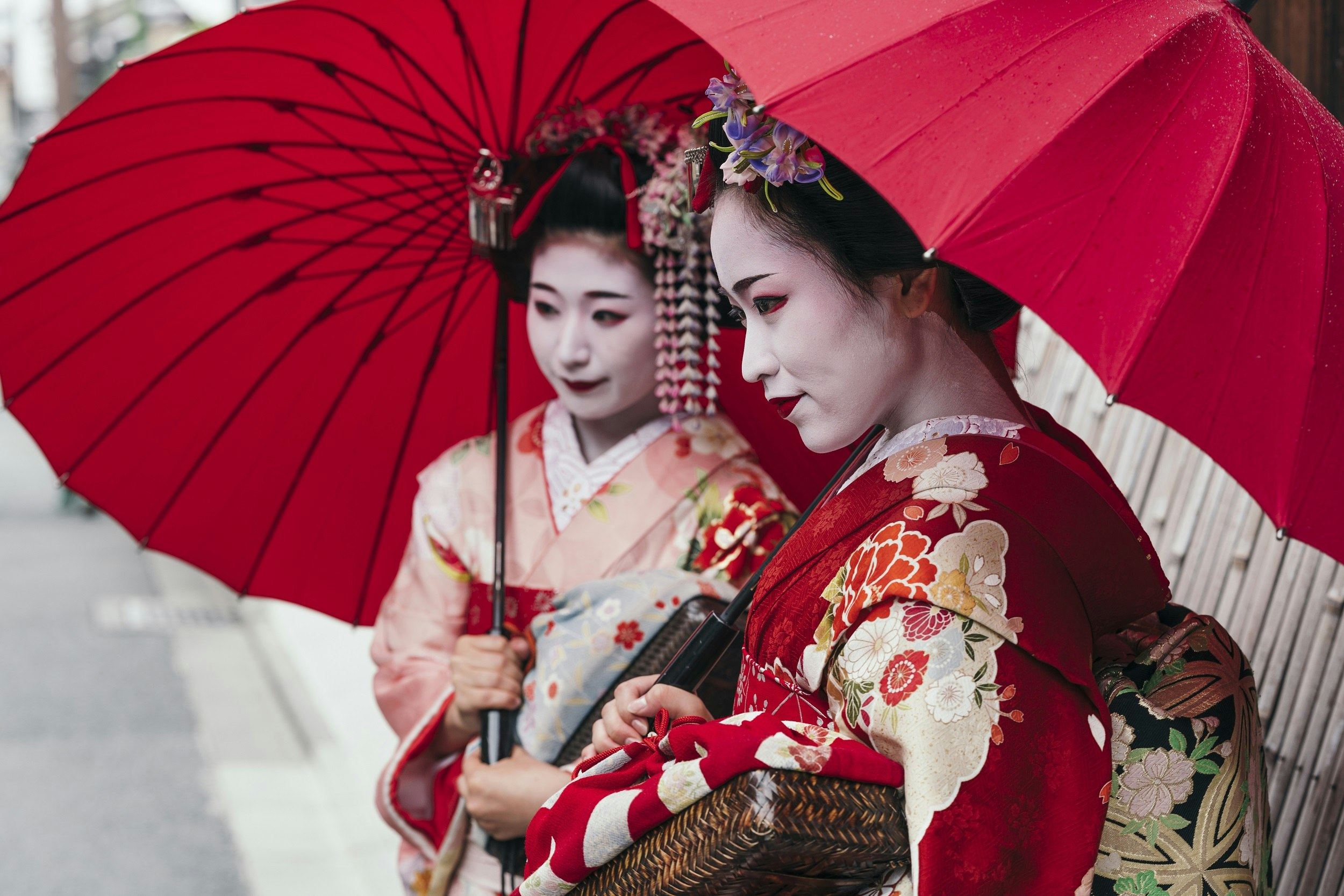
15. Explore Gion District
Geisha, or geiko as they’re called in Kyoto, are one of the icons of the city. These skilled hostesses and entertainers are usually employed at dinners and other high-end events at venues along the lantern-lined streets of the Gion neighborhood. Like the geiko themselves, the district is a living tribute to the Edo era, with its narrow wooden storefronts, teahouses, and stores dedicated to traditional handicrafts creating the perfect escape from the modern era.
This article was first published March 2020 and updated January 2024
Explore related stories
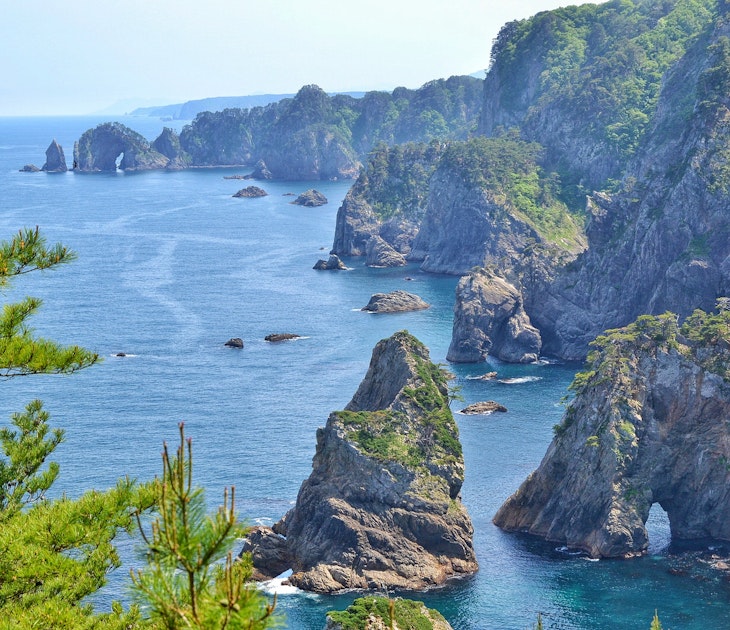
Architecture
Sep 24, 2019 • 5 min read
A beautiful and varied natural landscape, traditional craft-making culture, and noodle specialities are just a few reasons to explore Iwate Prefecture.
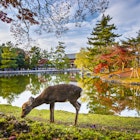
Sep 3, 2019 • 5 min read

Apr 2, 2024 • 10 min read

Mar 26, 2024 • 8 min read

Mar 25, 2024 • 6 min read

Mar 25, 2024 • 10 min read

Mar 23, 2024 • 17 min read

Mar 13, 2024 • 6 min read

Mar 1, 2024 • 6 min read
- Destinations
14 Valuable TIPS for FIRST-TIME VISITORS to KYOTO
This site uses affiliate links, meaning that if you make a purchase through our links, we may earn an affiliate commission.
Welcome to Kyoto , a city of rich cultural heritage and breathtaking natural beauty.
As a first-time visitor , you are about to embark on an enchanting journey through ancient temples, serene gardens, and vibrant streets lined with traditional wooden houses.
To ensure that your experience in Kyoto is truly unforgettable, we have curated a collection of valuable tips for first-time visitors to Kyoto to help you make the most of your visit.
From must-see attractions and local customs to transportation options and dining recommendations, this guide will provide you with the essential information you need to navigate the city with ease and immerse yourself in its captivating charm.
So, prepare to immerse yourself in the magic of Kyoto as we unveil a treasure trove of tips to enhance your first-time visit and create memories that will last a lifetime.
You Might Also Like:
7 Fun and Easy DAY TRIPS from KYOTO (Useful Maps+Photos+Tips)
Ultimate 16-DAY JAPAN ITINERARY for Marvelous Culture, History, and Nature
Practical GUIDE to JAPANESE CURRENCY for TOURISTS (7 Tips You Can’t Miss)
- 1. Discover Kyoto: 14 Valuable and Insightful Tips for First-Time Visitors to Kyoto
- 1.1. Master Kyoto's Public Transportation System
- 1.2. Embrace the Charm of Kyoto on Foot or by Bicycle
- 1.3. Find Your Ideal Retreat: Tips for Choosing Accommodation in Kyoto
- 1.4. Time Your Trip Right: When to Experience the Best of Kyoto
- 1.5. Discover Arashiyama - Kyoto's Scenic Gem
- 1.6. Unlock the Secrets of Nijo Castle (Tips for Enchanting Visit)
- 1.7. Explore Golden Pavilion (Kinkaku-ji)
- 1.8. Navigate Fushimi Inari Taisha Shrine with these Insider Tips and Insights
- 1.9. Discover the Magnificence of Kiyomizu-dera Temple
- 1.10. Explore Nishiki Market - A Gastronomic Wonderland of Kyoto's Culinary Delights
- 1.11. Explore Gion and Immerse Yourself in Kyoto's Traditional Charm
- 1.12. Reflect Along the Philosopher's Path
- 1.13. Visit Kyoto's Ginkaku-ji (Silver Pavilion)
- 1.14. Explore Pontocho - Kyoto's Enchanting Geisha District
- 2. Intrepid Scout's Tips for First Visit to Kyoto
Discover Kyoto: 14 Valuable and Insightful Tips for First-Time Visitors to Kyoto
Master kyoto's public transportation system.
When exploring Kyoto, one of the best ways to get around and experience the city like a local is by utilizing its efficient and extensive public transportation system .
From buses and trains to subways and taxis, Kyoto offers a range of transportation options that can seamlessly connect you to its iconic landmarks, hidden gems, and vibrant neighborhoods.
In this section, we will provide you with valuable insights and practical tips to help you navigate Kyoto’s public transportation system with confidence and ease. Whether you are planning to visit renowned temples, stroll through picturesque gardens, or indulge in delicious street food, mastering the art of getting around Kyoto will ensure that you make the most of your time and maximize your sightseeing opportunities.
So, let’s delve into the world of Kyoto’s public transportation and discover the secrets to traveling the city like a seasoned explorer.
- Kyoto’s Trains
Kyoto has 6 train lines and consists of the national JR Line and several local private lines . If you have a JR Rail Pass , then you will definitely want to use JR trains while you are exploring Kyoto!
You can download a free English-language PDF of Kyoto’s train system here .
- Kyoto’s Subway System
The Kyoto subway system is composed of two lines: The north-south Karasuma Line and the east-west Tozai Line . These two lines intersect in the middle of Kyoto, allowing you to transfer lines.
Make sure to download a free English-language PDF of Kyoto’s subway system here to help you navigate Kyoto by the subway system.
- Kyoto’s Bus System
The bus system is extensive in Kyoto is extensive, and honesty, you can get almost anywhere by bus in Kyoto.
Download Kyoto’s bus system map with Kyoto’s major attractions here .
From personal experience, I think you will find trains and subways easier to use especially if this is your first visit to Kyoto. However, once to take a bus a couple of times, you will be quite comfortable using it.
Embrace the Charm of Kyoto on Foot or by Bicycle
Exploring Kyoto on foot or by bicycle allows you to immerse yourself in the city’s enchanting ambiance while uncovering its hidden treasures at your own pace.
With its narrow streets, historic districts, and abundance of scenic paths, Kyoto is a pedestrian and cyclist’s paradise .
For those opting for a bicycle, Kyoto offers numerous rental shops where you can easily find a bike to suit your needs. Cycling allows you to cover more ground while enjoying the refreshing breeze and picturesque views.
Whether you choose to explore on foot or by bicycle, keep in mind that Kyoto’s main attractions can be clustered together , making it convenient to visit multiple sites in a single day.
So, grab your walking shoes or hop on a bicycle and set off to experience the magic of Kyoto firsthand while reveling in the freedom and flexibility of self-guided exploration.
It is super easy to rent a bike in Kyoto and my recommendation is that you check out the Kyoto Cycling Tour Project for the best prices and best quality bikes.
Another great option is to book Kyoto Bike Tour . This tour is about 7-8 hours long (you will be biking for about 25 miles) and takes you to Bamboo Forest (Arashiyama), Kiyomizu, Golden Pavilion, and Fushimi Inari, plus you get to explore the Gion neighborhood.
Find Your Ideal Retreat: Tips for Choosing Accommodation in Kyoto
As you plan your visit to Kyoto, one of the key decisions you will need to make is where to stay in this captivating city.
Kyoto offers a wide range of accommodation options, each with its own unique charm and benefits. Whether you prefer luxury hotels, cozy traditional ryokans, budget-friendly hostels, or stylish guesthouses, finding the perfect place to stay will greatly enhance your experience in Kyoto.
In this section, we will provide you with valuable insights and tips to help you navigate the diverse array of accommodation choices and make an informed decision that suits your preferences and budget.
From the bustling downtown area to the serene outskirts, Kyoto has something to offer for every type of traveler. So, let’s embark on a journey to discover the ideal retreat in Kyoto, where you can rest, rejuvenate, and create unforgettable memories amidst the city’s timeless beauty.
- Stay in Downtown Kawaramachi
The best area to stay in Kyoto is Downtown Kawaramachi . It offers plenty of restaurants and shops, and to top it off, it is just a walking distance of Gion.
My favorite place to stay is Kyoto Shijo Takakura Hotel Grandereverie . The location is perfect right in the heart of Kyoto (0.6 miles from Gion Shijo Station and a 15-minute walk from Kyoto International Manga Museum).
You will love everything about this place. The staff is so accommodating and extremely polite. The cleanliness of the rooms is top-notch. The breakfast is yummy and healthy.

Kyoto Shijo Takakura Hotel Grandereverie / Tips for First-Time Visitors to Kyoto
Another place that I want to recommend is Good Nature Hotel Kyoto . Again, great location: a 5-minute walk from Gion Shijo Station and 0.8 miles from Samurai Kembu Kyoto, 1.3 miles from Sanjusangen-do Temple, 1.4 miles from Kiyomizu-dera Temple, and 1.6 miles from TKP Garden City Kyoto.
Just an awesome hotel! You will love everything about it. The hotel is modern and beautifully designed. The rooms are super clean. The bedding and linens are always crisp and smell fresh. All the bath products are lovely and organic.
- Stay Around Kyoto Station
Another excellent area to stay in Kyoto is anywhere around Kyoto Station. It is super convenient and all your public transportation options are in one spot.
The one place that I am recommending you check out is The Thousand Kyoto Hotel. The Thousand Kyoto Hotel is another one of my favorites! The location is awesome, with the absolute cleanliness, super comfy bed, and fresh, crisp linens, fabulous breakfast, professional staff that will go out of their way to make your stay comfortable, you cannot go wrong with booking this hotel.
Time Your Trip Right: When to Experience the Best of Kyoto
Deciding on the best time to visit Kyoto is a crucial factor that can greatly influence your experience in this remarkable city.
With its distinct seasons and ever-changing landscape, Kyoto offers a unique charm throughout the year . From vibrant cherry blossoms in spring to fiery foliage in autumn, each season paints Kyoto in a different palette, creating unforgettable moments.
In this section, we will guide you through the seasons of Kyoto , providing valuable insights and tips to help you determine the ideal time for your visit.
Whether you seek to witness traditional festivals, embrace the beauty of nature, or simply explore Kyoto’s cultural heritage, understanding the seasonal nuances will allow you to make the most of your trip.
So, let’s embark on a journey through time and discover when to experience the very best that Kyoto has to offer:
- Spring (March to May) – Spring is a magical time in Kyoto when cherry blossoms, or “sakura,” bloom in abundance. The city transforms into a breathtaking landscape of delicate pink flowers, creating an enchanting atmosphere. Parks and temples become popular spots for hanami (flower viewing) picnics, and the iconic Philosopher’s Path and Maruyama Park are particularly stunning during this season.
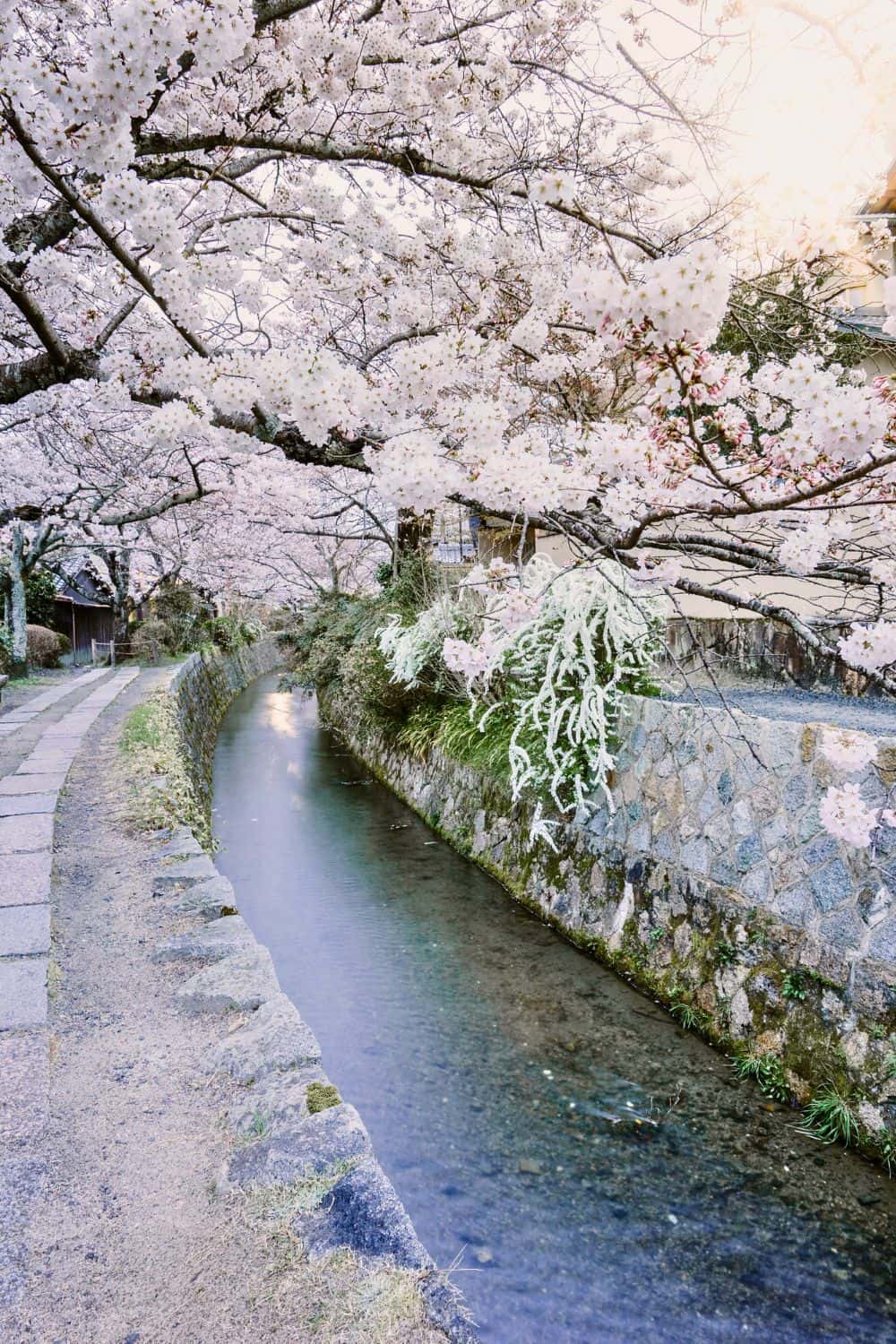
Philosopher’s Path in the Spring / Tips for First-Time Visitors to Kyoto
- Summer (June to August) – While summer in Kyoto can be hot and humid, it also offers unique experiences. The Gion Matsuri, one of Japan’s most famous festivals, takes place in July and showcases grand processions and traditional events. Additionally, visiting Arashiyama’s bamboo forest or enjoying a traditional tea ceremony can be a refreshing escape from the heat.
- Autumn (September to November) – Kyoto truly shines during autumn when vibrant hues of red, orange, and gold paint the city. The fall foliage, or “koyo,” creates a captivating backdrop, especially in places like Tofuku-ji Temple, Kiyomizu-dera Temple, and Arashiyama’s Sagano Bamboo Forest. The comfortable weather and fewer crowds make autumn a popular season to visit.
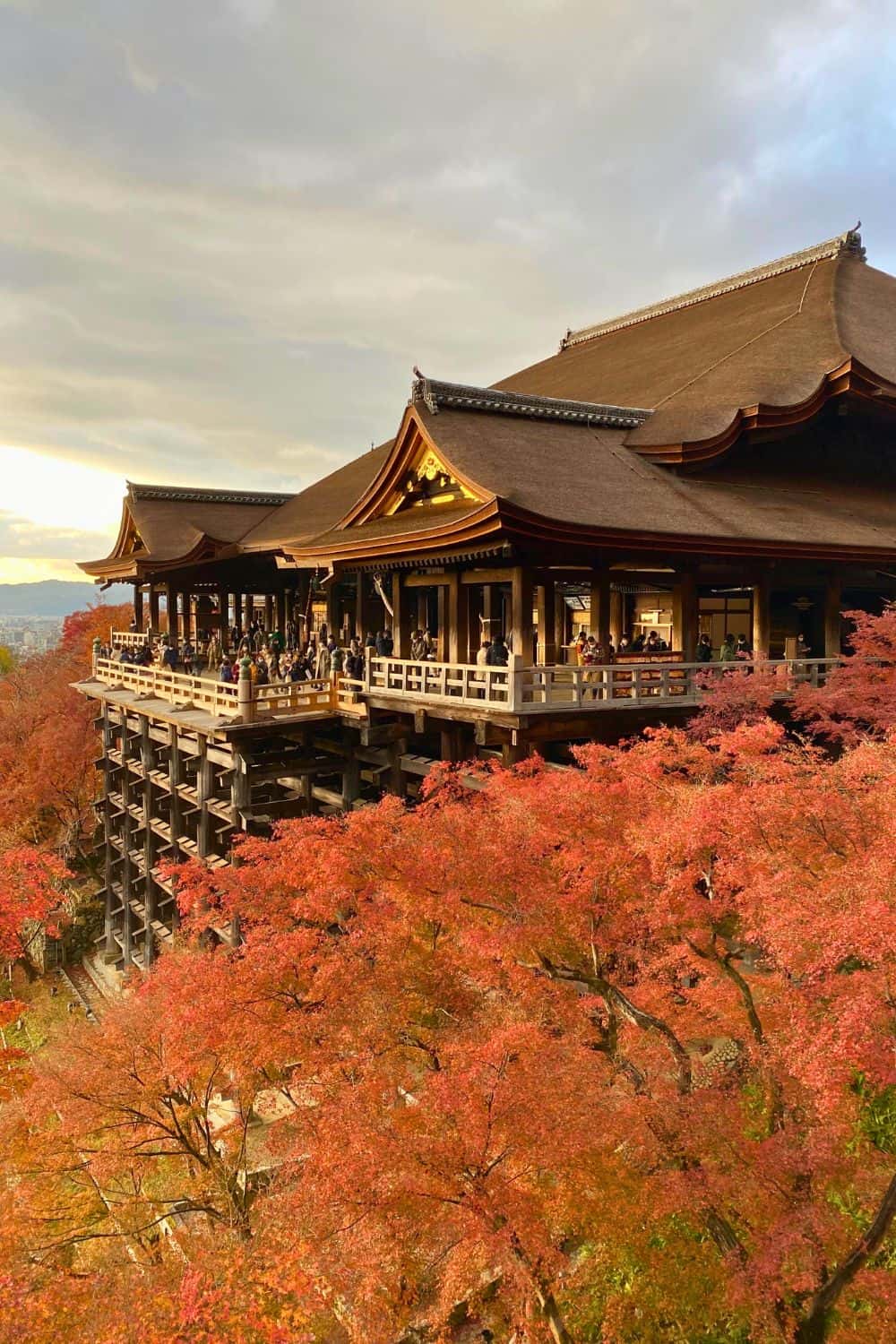
Kiyomizu-dera Temple in Autumn / Tips for First-Time Visitors to Kyoto
- Winter (December to February) – Despite the colder temperatures, winter in Kyoto has its own allure. The city is adorned with festive lights and decorations, creating a magical atmosphere. Places like Kinkaku-ji (Golden Pavilion) and Fushimi Inari Taisha shrine are particularly beautiful in the winter backdrop. The winter months also offer the opportunity to enjoy hot springs, warm up with delicious local cuisine, and experience unique New Year’s traditions.
Each season in Kyoto brings its own set of delights, so consider your preferences for weather, festivals, and natural scenery to choose the perfect time to visit and immerse yourself in the beauty and culture of this remarkable city.
Discover Arashiyama - Kyoto's Scenic Gem
Arashiyama , located on the outskirts of Kyoto, is a picturesque district renowned for its natural beauty, historic landmarks, and serene ambiance.
From the iconic bamboo grove to charming temples and the scenic Hozu River, Arashiyama offers a delightful escape from the bustling city center. To make the most of your visit, here are some valuable tips:
- When visiting Arashiyama, arrive early in the morning or late in the afternoon to avoid the crowds.
The district can become quite busy, especially during peak hours.
By arriving early, you’ll have the opportunity to enjoy the serene beauty of the bamboo grove and explore the famous attractions with a sense of tranquility. Additionally, visiting during these off-peak hours provides a better chance to capture stunning photos without large crowds in the background.
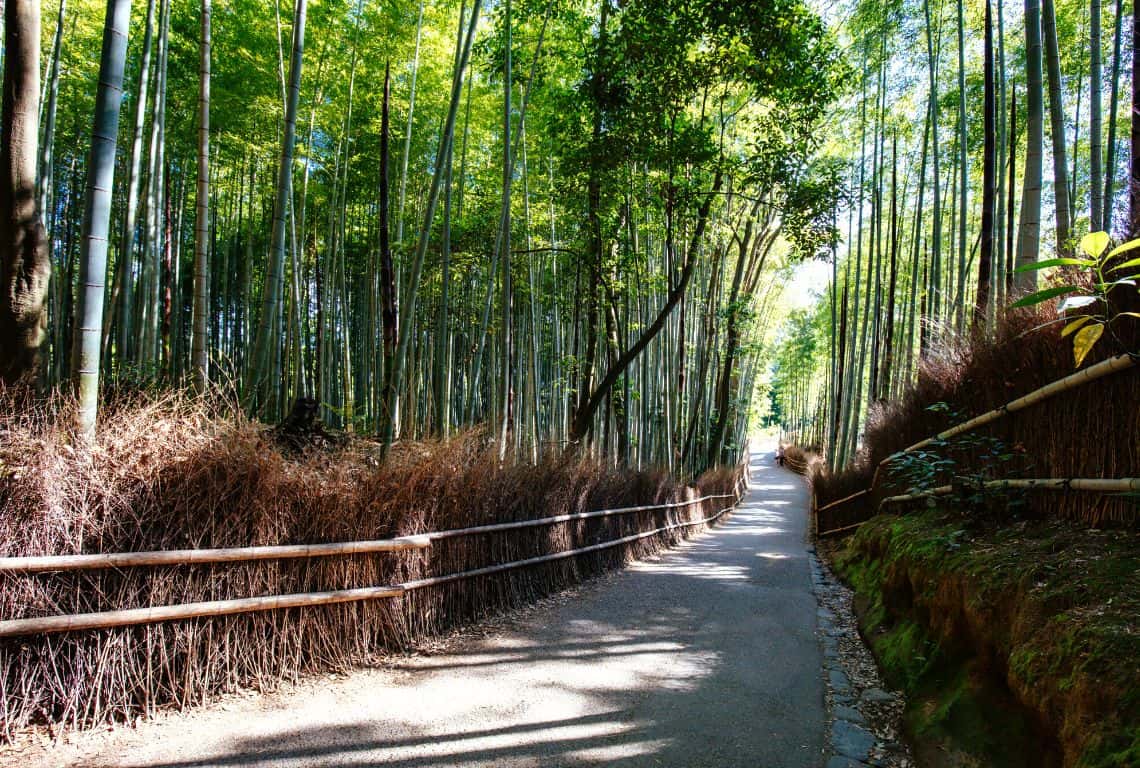
Arashiyama Bamboo Forest / Tips for First-Time Visitors to Kyoto
- As you wander through Arashiyama, take your time to soak in the tranquil atmosphere and embrace the charm of its hidden corners. Don’t miss the chance to visit the enchanting Tenryu-ji Temple , stroll along the scenic Togetsukyo Bridge , and embark on a scenic boat ride down the Hozu River .
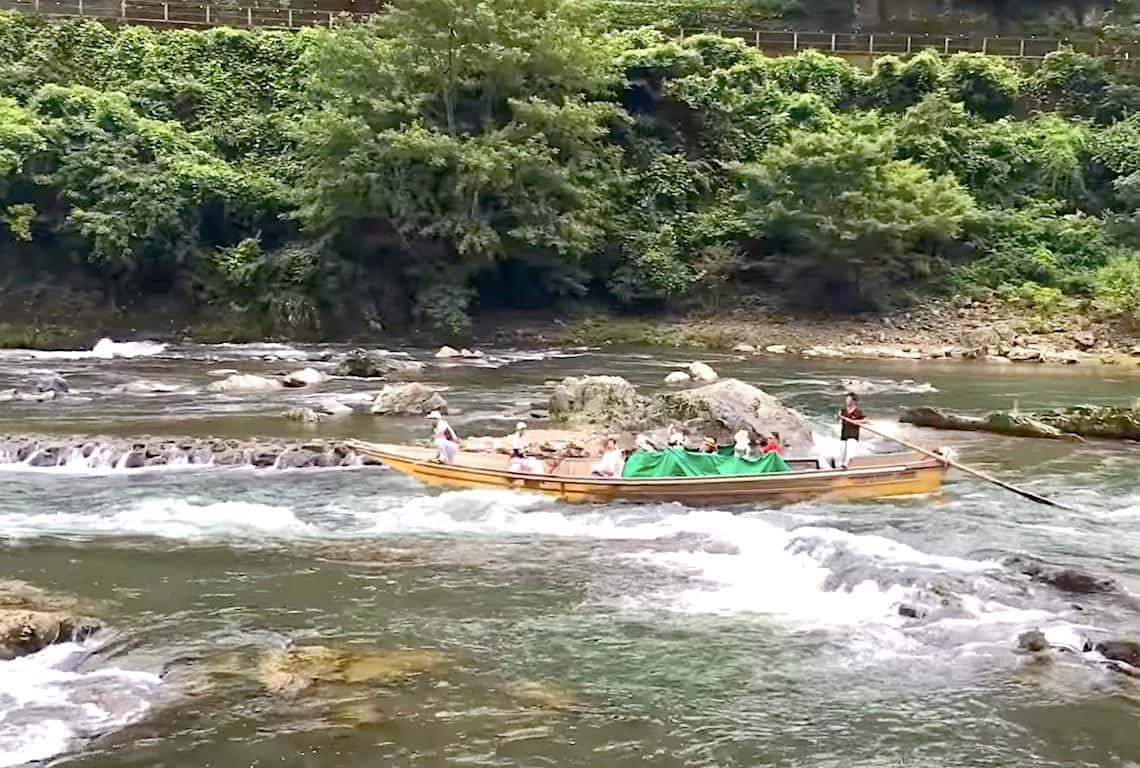
Boat Ride on Hozu River / Tips for First-Time Visitors to Kyoto
- Consider renting a bicycle to explore Arashiyama at your own pace. Biking along the scenic paths allows you to cover more ground and discover lesser-known spots. Many rental shops are available in the area, providing a convenient way to navigate through the district and its surrounding attractions.
- If bicycling is not quite your thing, then go on a rickshaw ride. It is a lot of fun!
My recommendation is to book an Arashiyama Rickshaw Tour . This tour will take you through Bamboo Grove and some of the most scenic and historic districts in Arashiyama.

Rickshaw Ride in Arashiyama / Tips for First-Time Visitors to Kyoto
- Of all the things to do in Arashiyama, visiting Okochi Sanso Villa and strolling through the immaculately maintained garden is one of my favorite things to do .
Okochi Sanso Villa is a stunning residence of the former Japanese actor Okochi Denjiro .
Okochi Denjiro was born on February 5, 1898 in Iwaya-mura, Chikujo-gun, Fukuoka Prefecture, Japan as Masuo Oobe. He was an actor and writer, known for No Regrets for Our Youth (1946), Sanshiro Sugata (1943), and The Men Who Tread on the Tiger’s Tail (1945). He died on July 19, 1962.
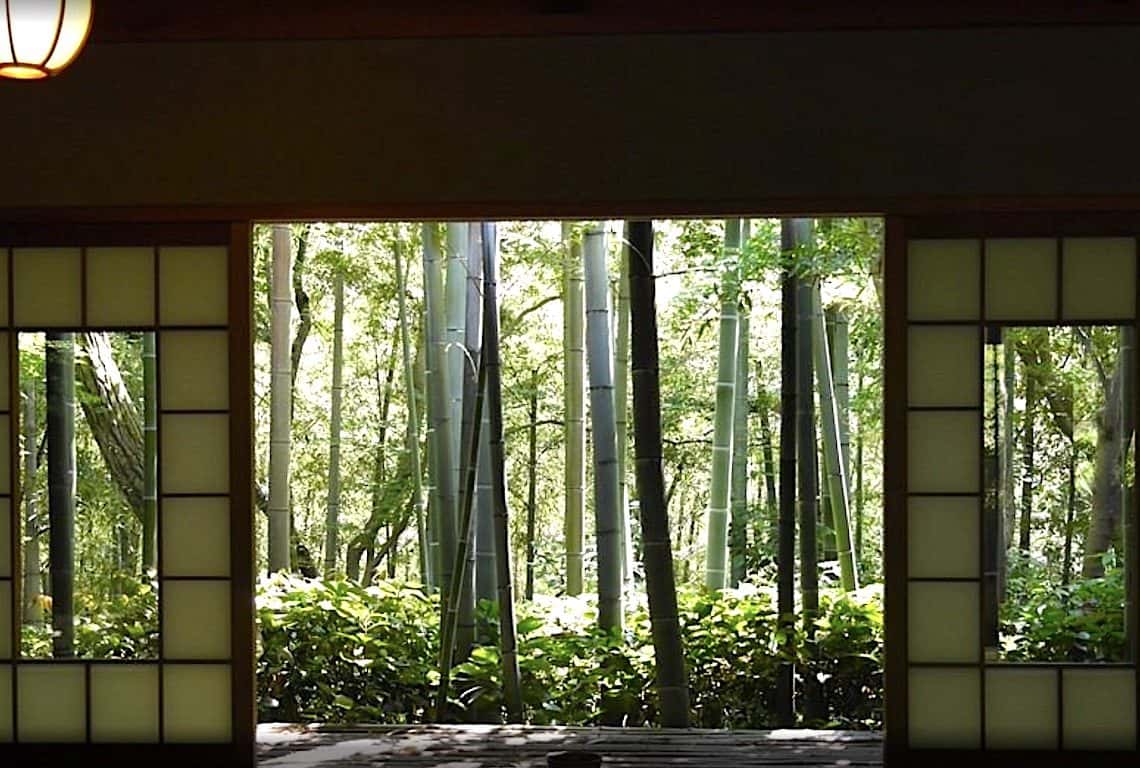
Okochi Sanso Villa / Tips for First-Time Visitors to Kyoto
- Another one of my favorite things to do in Arashiyama is to take a ride on Sagano Romantic Train .
The train travels from Saga Torokko Station to Kameoka Torokko Station . It is a beautiful 7 km (25 minutes) ride along Hozukyo Ravine . The ride is fun no matter what time of the year you are visiting! Moreover, the train goes at a leisurely pace, which will allow you to take plenty of pictures.
What I like to do is to combine the Hozugawa River Boat Ride with the Sagano Romantic Train Trip , as they both run in the same area. You can take the Sagano Romantic Train one way and the Hozugawa River Boat Trip back, or vice versa.
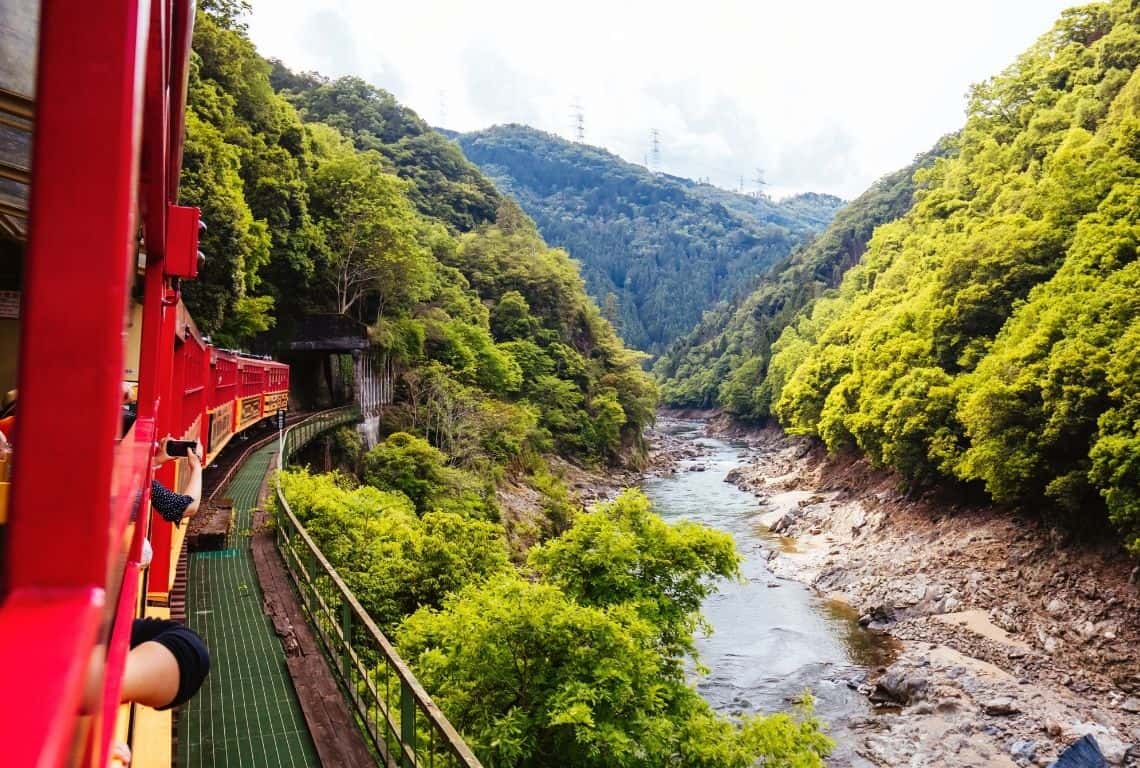
Sagano Romantic Train / Tips for First-Time Visitors to Kyoto
Learn More About Arashiyama:
14 Amazing Things to Do in Arashiyama (Map+Useful Tips)
Unlock the Secrets of Nijo Castle (Tips for Enchanting Visit)
Welcome to Nijo Castle , a UNESCO World Heritage site nestled in the heart of Kyoto. Steeped in history and shrouded in mystery, Nijo Castle stands as a testament to the power and intrigue of Japan’s feudal era .
As you step into this remarkable fortress, you will be transported back in time to a world of samurais, shoguns, and hidden passages.
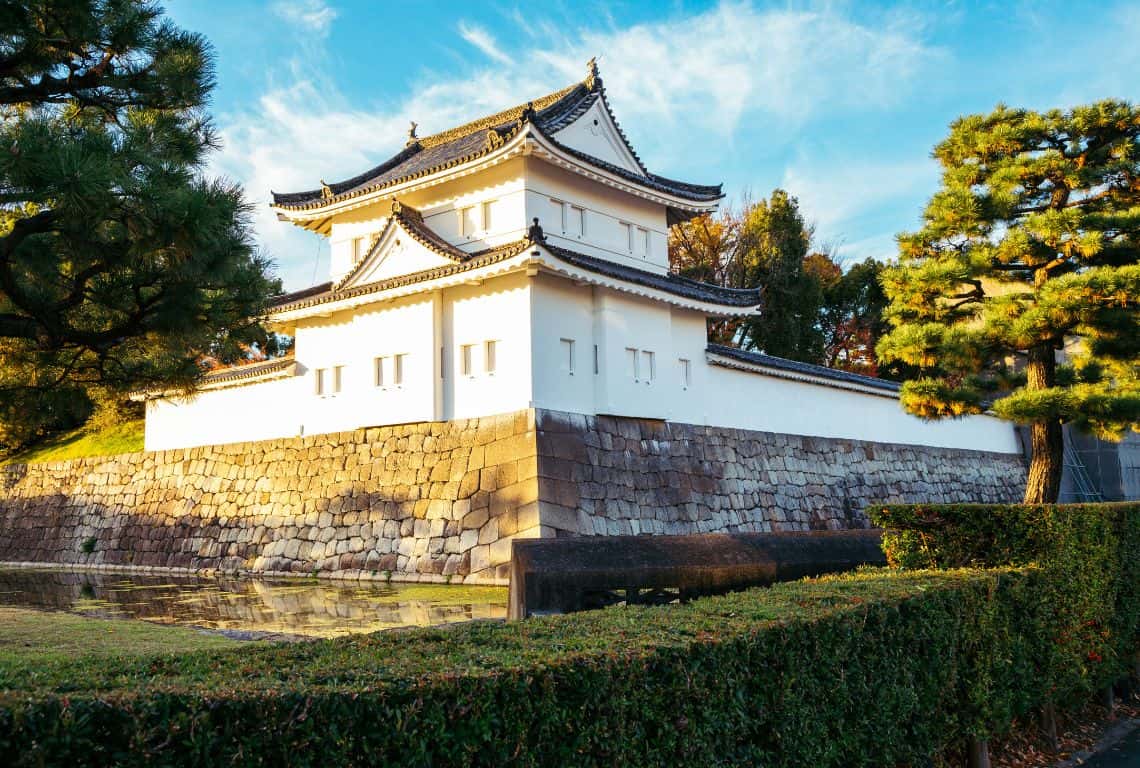
Nijo Castle / Tips for First-Time Visitors to Kyoto
To ensure that your visit to Nijo Castle is nothing short of enchanting, we have curated a collection of tips to help you make the most of your experience. From navigating the sprawling castle grounds to uncovering its hidden treasures, get ready to unlock the secrets of Nijo Castle.
So, put on your metaphorical ninja cloak as we embark on an unforgettable journey through this historic masterpiece:
- Nijo Castle, also known as Nijō-jō in Japanese, was constructed in 1603 , during the Edo period. It served as the residence and administrative center for the Tokugawa shoguns , the rulers of feudal Japan. It was originally built as a symbol of the shogun’s authority and power.
- The castle complex covers an extensive area of approximately 275,000 square meters and consists of multiple buildings, gardens, and walls. It was designed as a defensive structure with fortified walls and a moat, reflecting the turbulent times of the period. However, despite its defensive features, the castle also showcases elegant architecture and elaborate interior designs.
- The castle is renowned for its unique architectural style, blending elements of traditional Japanese design with influences from Chinese and European styles. The main buildings within the castle include the Ninomaru Palace , the Honmaru Palace , and the gardens that surround them.
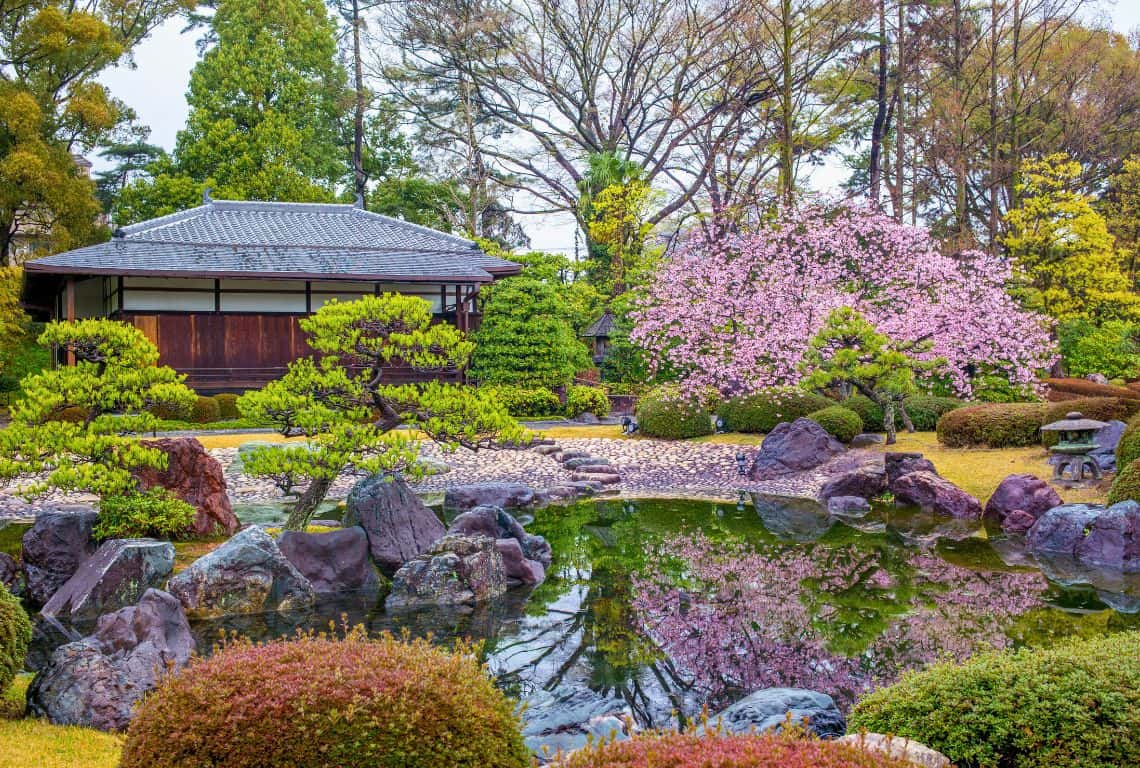
Gardens at Nijo Castle / Tips for First-Time Visitors to Kyoto
- The Ninomaru Palace is the centerpiece of Nijo Castle and is famous for its “ Nightingale Floors .” These floors were constructed in a way that they produce a distinctive chirping sound when walked upon, alerting occupants to the presence of potential intruders.
The palace also features beautiful sliding doors with intricate paintings depicting natural scenes, animals, and mythical creatures.

Nightingale Floors at Nijo Castle / Tips for First-Time Visitors to Kyoto
- Make sure to take a good look at the stunning Karamon Gate leading to Nijo Castle. It was the symbol of authority. It proclaimed the prestige of the buildings located behind the gate. Interestingly enough, the passage through Karamon Gate was reserved only for the shogun during his visits to the castle.
Karamon gate at Nijo Castle in Kyoto was constructed entirely of cypress bark in hip-and-gable fashion. The cypress bark would become dark brown color as it aged.
The ridges of the roof are adorned with ‘shachihoko’ – a traditional dolphin-like fish. Under the roof are intricate wood sculptures depicting luan (a mythical Chinese bird), pine trees, peonies, clouds, and blades of grass.
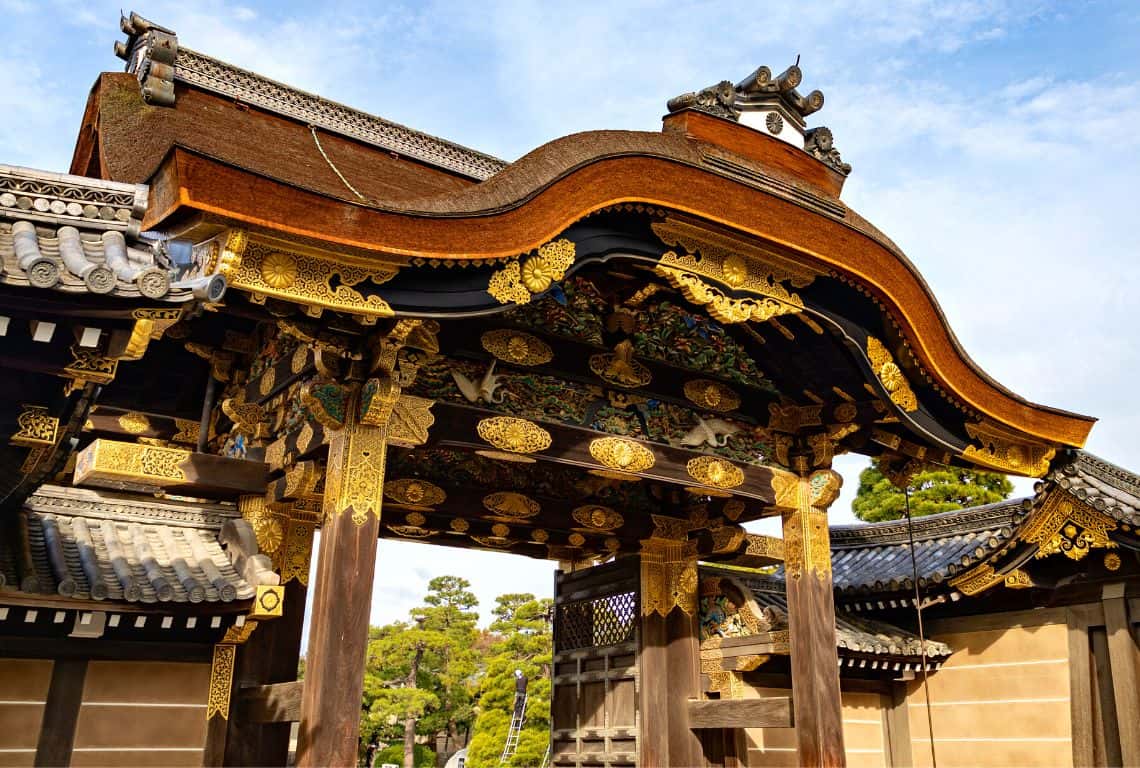
Karamon Gate at Nijo Castle / Tips for First-Time Visitors to Kyoto
- Throughout its history, Nijo Castle has witnessed significant historical events. In 1867, the castle served as the backdrop for the signing of the Imperial Edict , which marked the end of the shogunate and the restoration of imperial rule.
This event led to the transfer of power from the Tokugawa shogunate to the Meiji Emperor and marked a turning point in Japanese history.
- In 1939, Nijo Castle was donated to the city of Kyoto and opened to the public as a historic site. In 1994, it was designated as a UNESCO World Heritage site , recognizing its cultural and historical significance.
- Nijo Castle can attract a significant number of visitors, especially during peak hours. To avoid crowds and fully appreciate the castle’s tranquil ambiance, aim to arrive early in the morning when it opens. This will give you ample time to explore the grounds at a more leisurely pace.
- Consider joining a guided tour or renting an audio guide at the castle. These informative resources provide valuable insights into the historical significance, architectural features, and hidden stories behind Nijo Castle. They can enhance your understanding and appreciation of the site as you navigate through its various buildings and gardens.
Find Out About Nijo Castle:
What to See at Nijo Castle in Kyoto (10 Top Things to Know)
Explore Golden Pavilion (Kinkaku-ji)
Golden Pavilion in Kyoto is a sight out of this world! A temple covered in gold with a golden phoenix standing on top when the sun hits it, you really will be in awe.
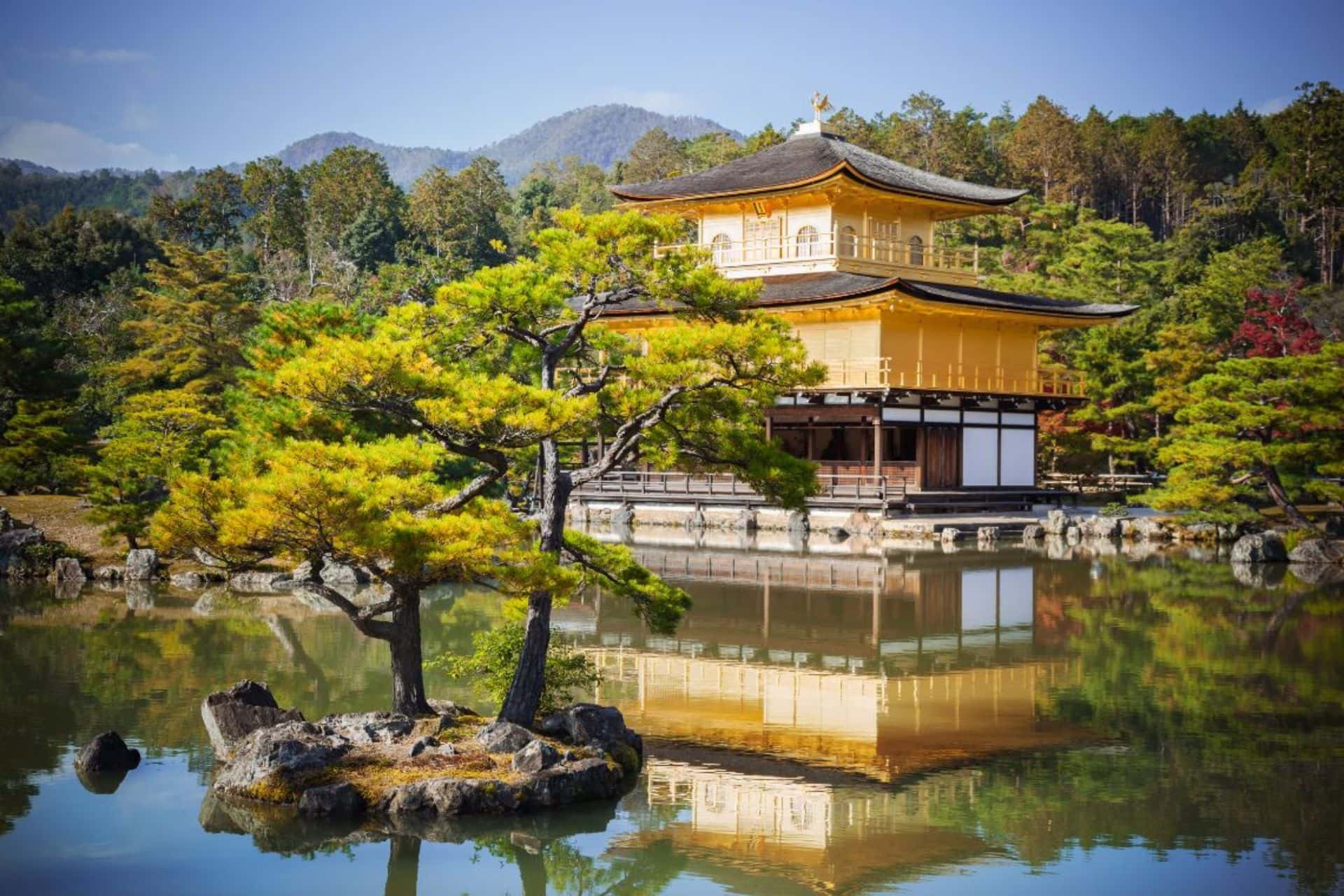
Golden Pavilion in Kyoto / Tips for First-Time Visitors to Kyoto
- The pavilion has three floors, each with its very own architectural style.
- At the very top of the Golden Pavilion sits the Phoenix . In Japanese mythology since the mid-6th century, the Phoenix is called Hō-ō. The Phoenix, or a sunbird brings goodwill as it descends from the heavens. It is, also, symbolic of an imperial household.
- Golden Pavilion is covered in real gold ! The second and third stories of Golden Pavilion have approximately 48 kilograms of gold! All this gold is maintained by a single person , Takesato Yagyu.
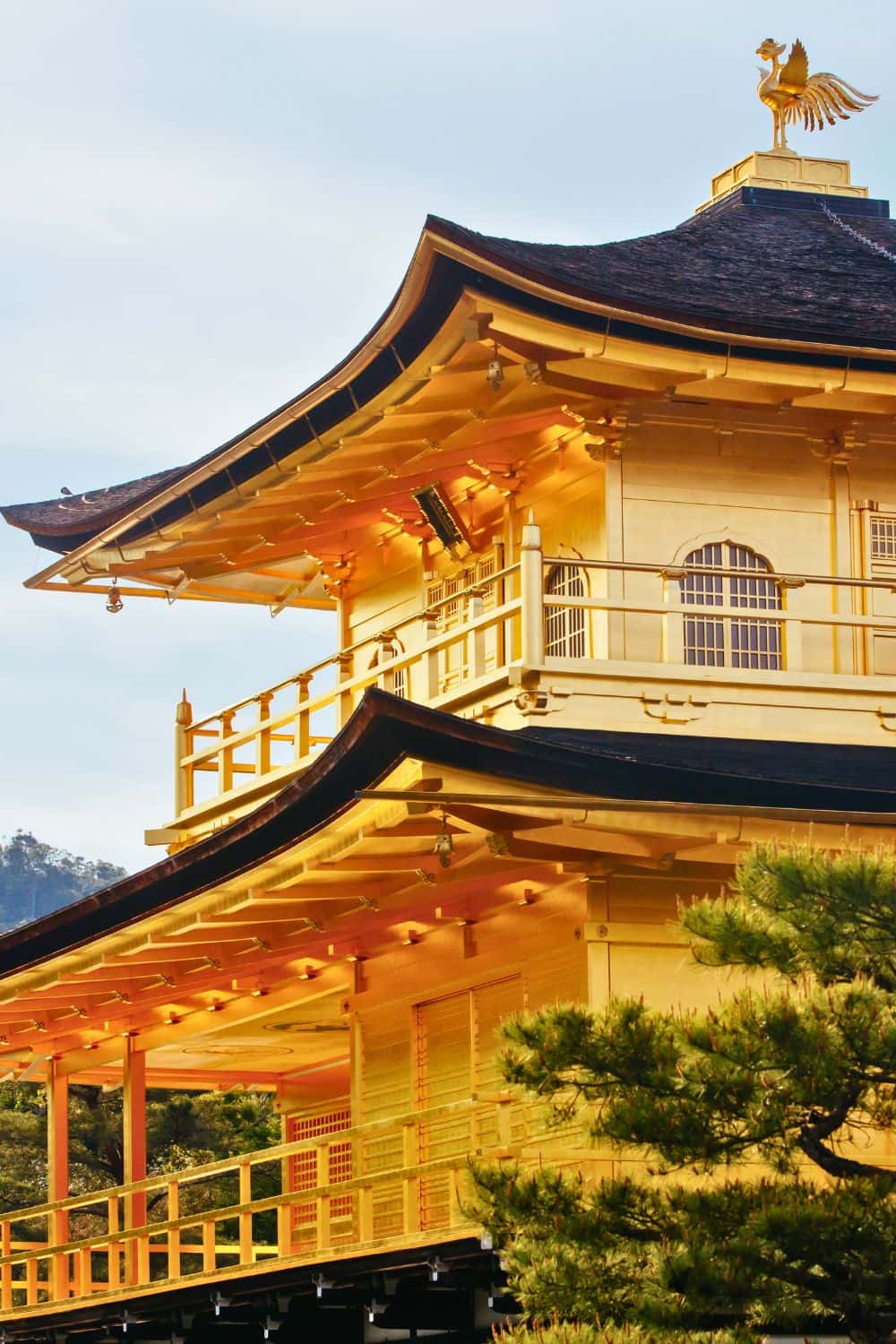
Stunning Golden Pavilion in Kyoto (How to Visit and What to See)
Navigate Fushimi Inari Taisha Shrine with these Insider Tips and Insights
Fushimi Inari is an absolutely mesmerizing destination! Known for its vibrant vermilion torii gates, this sacred Shinto shrine offers a unique and enchanting experience.
As you step onto the path leading into the shrine, you are instantly immersed in a world of tranquility and mystique. The thousands of torii gates , arranged in a mesmerizing formation, create a captivating tunnel-like pathway that winds its way up the mountain.
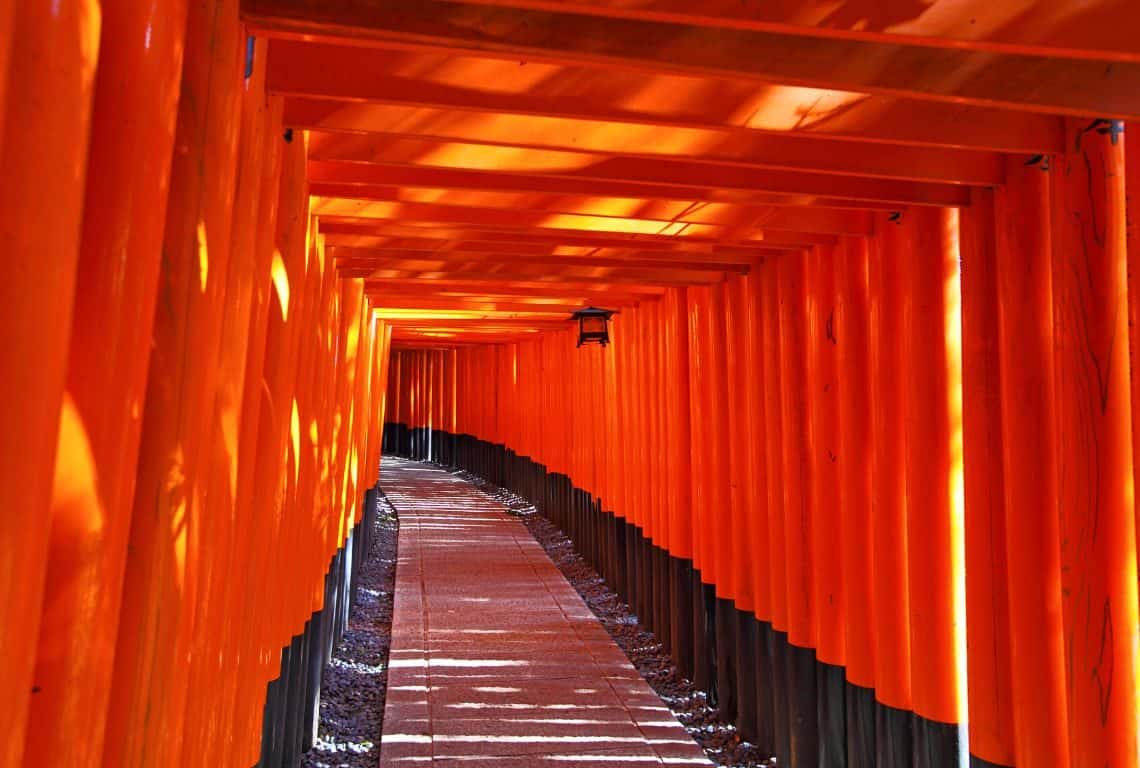
Fushimi Inari Taisha in Kyoto / Tips for First-Time Visitors to Kyoto
Walking through this vermillion-hued corridor , you can’t help but feel a sense of reverence and awe. The air is filled with palpable spiritual energy as you explore the sacred grounds, passing by smaller shrines, statues, and stone lanterns that dot the pathways.
The lush greenery surrounding the shrine adds a touch of serenity, providing a picturesque backdrop to your journey.
Whether you choose to hike to the summit or explore the main trail, Fushimi Inari offers a unique opportunity to connect with the ancient traditions and cultural heritage of Japan.
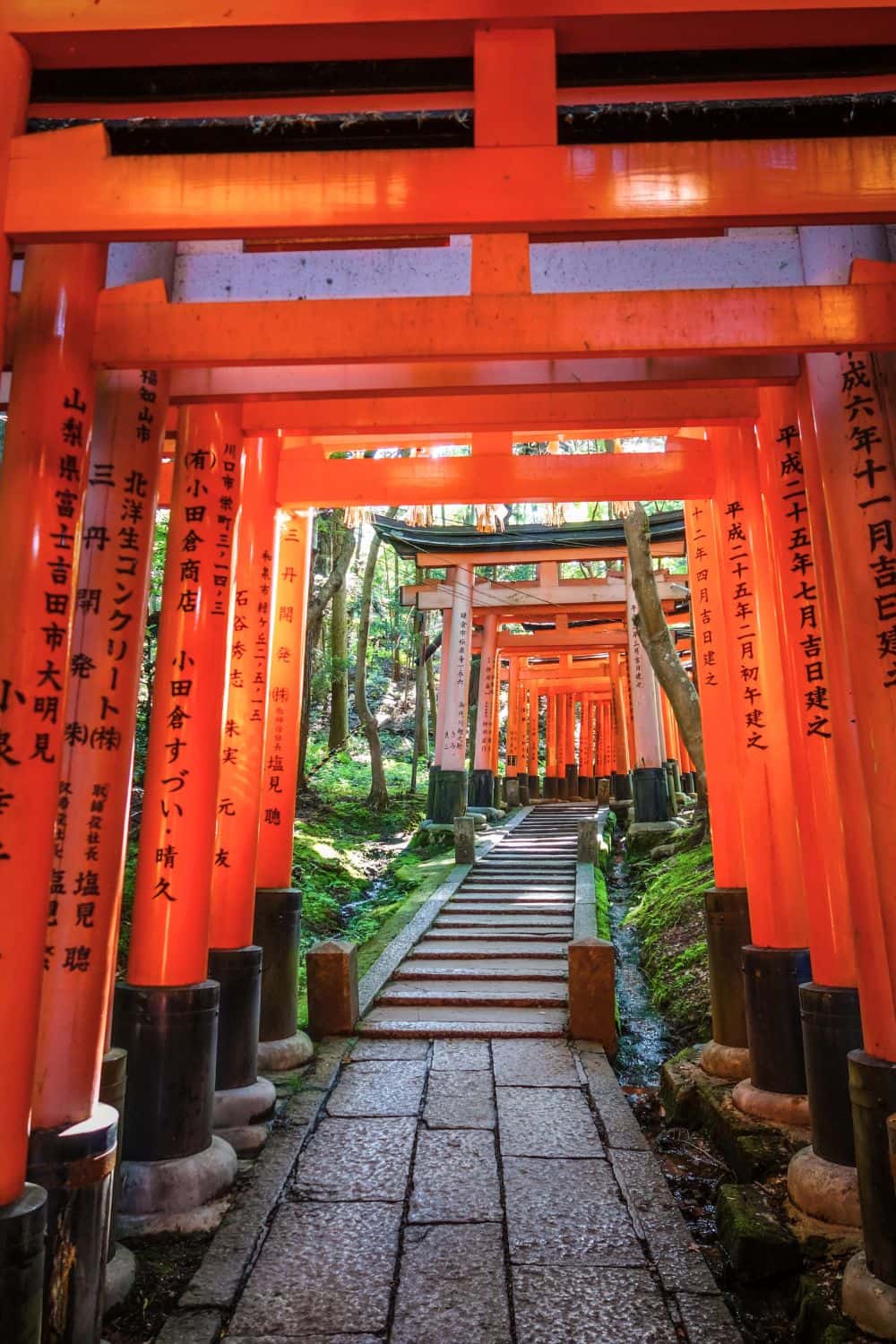
Here is a list of tips for visiting Fushimi Inari Shrine:
- Fushimi Inari can get crowded, so it’s best to arrive early in the morning to avoid the crowds and have a more peaceful experience.
- Be prepared for a lot of walking as you explore the shrine grounds and hike up the mountain. Comfortable shoes will make your visit more enjoyable.
- Some of the shops and food stalls at Fushimi Inari may only accept cash, so it is a good idea to have some yen on hand .
- As you venture up the mountain through the torii gates, there are not many places to purchase food or drinks. Stay hydrated and carry some snacks to keep your energy up during the hike.
- Fushimi Inari is a vast complex with numerous trails and smaller shrines. Allow yourself plenty of time to explore , take photos, and soak in the unique atmosphere.
- While the main trail with its iconic torii gates is stunning, do not be afraid to venture off the beaten path and explore some of the quieter trails. You may discover hidden treasures and enjoy a more serene experience.
- After exploring the torii gate pathway, take a moment to visit the inner shrine , Okusha, located at the summit of the mountain. It offers a different ambiance and a beautiful view of Kyoto.
- Fushimi Inari is open 24 hours, and visiting in the evening or at night can offer a unique and enchanting experience. The illuminated torii gates create a magical atmosphere worth witnessing.
Find Out How to Visit and What to See at Fushimi Inari:
Amazing Fushimi Inari Taisha in Kyoto (8 Things to Know Before You Visit)
Discover the Magnificence of Kiyomizu-dera Temple
Kiyomizu-dera Temple , the ‘Temple of the Pure Water Spring’. is located on Mount Otowa, in the eastern hills on the outskirts of Kyoto.
The temple belongs to the Buddhist Kita-Hosso sect and was founded in 778 CE by a priest from Nara , Enchin Shonin, who claimed to have received a vision that directed him to the exact location of a healing Otowa spring.
There is a belief that the waters of the spring have magical properties and each branch of the spring is associated with health, longevity, and exam success. If you are tempted to drink some of the healing waters, then keep in mind that in order for the magical powers to be effective, you can only choose to drink from one branch of the stream.
The temple is famous for its impressive viewing platform and the three-story Koyasu pagoda .
The viewing platform is perched on the edge of the cliff and provides a stunning view of Kyoto. The platform is built using traditional Japanese techniques without any nails.
The famous Koyasu , an impressive three-story pagoda complete with a spire, is probably the most photographed site at Kiyomizu-dera Temple. It was built between 1607 and 1633 and is designated as the National Treasure of Japan.
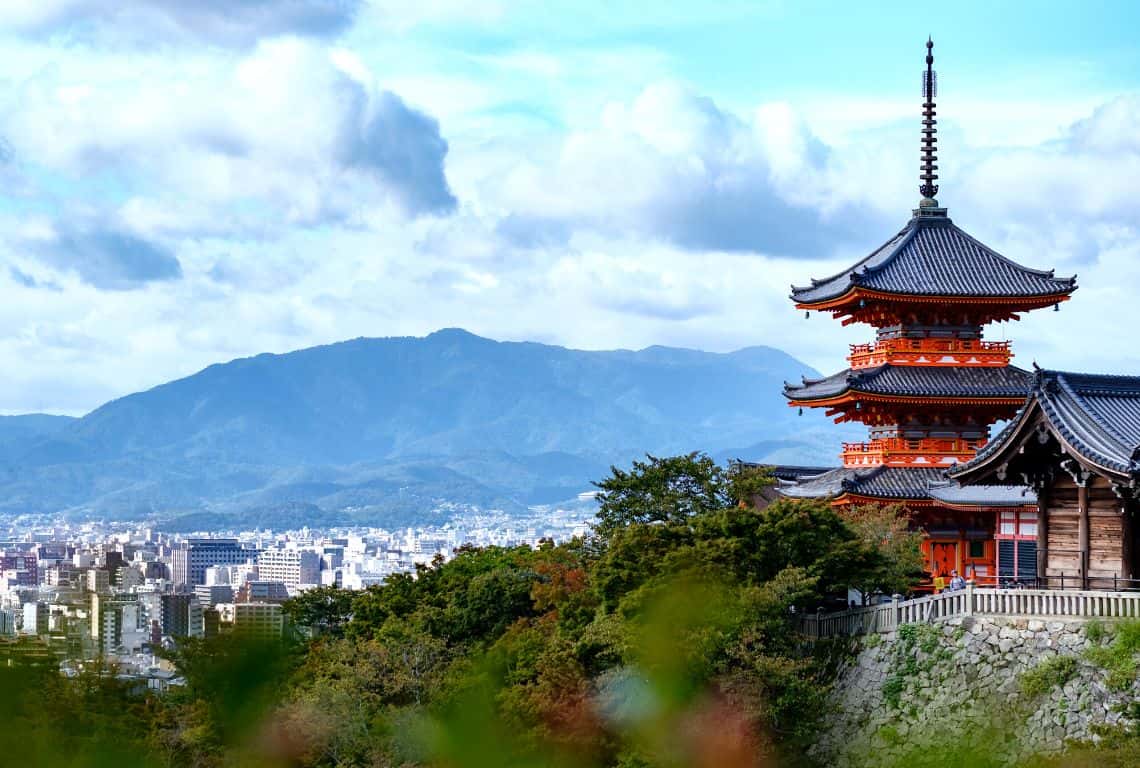
Koyasu Pagoda at Kiyomizu-dera Temple / Tips for First-Time Visitors to Kyoto
Here are some tips for visiting Kiyomizu-dera Temple:
- Kiyomizu-dera is a popular attraction, so it is best to arrive early in the morning or late in the afternoon to beat the crowds and enjoy a more peaceful experience.
- The temple grounds involve a fair amount of walking, including some steep slopes and stairs. Wear comfortable shoes to make your exploration more comfortable.
- Don’t forget to bring your camera or smartphone to capture the scenic vistas from the platform.
- Kiyomizu-dera occasionally offers special nighttime illuminations , casting the temple in a magical glow. Check the schedule here to see if you can experience this enchanting spectacle during your visit.
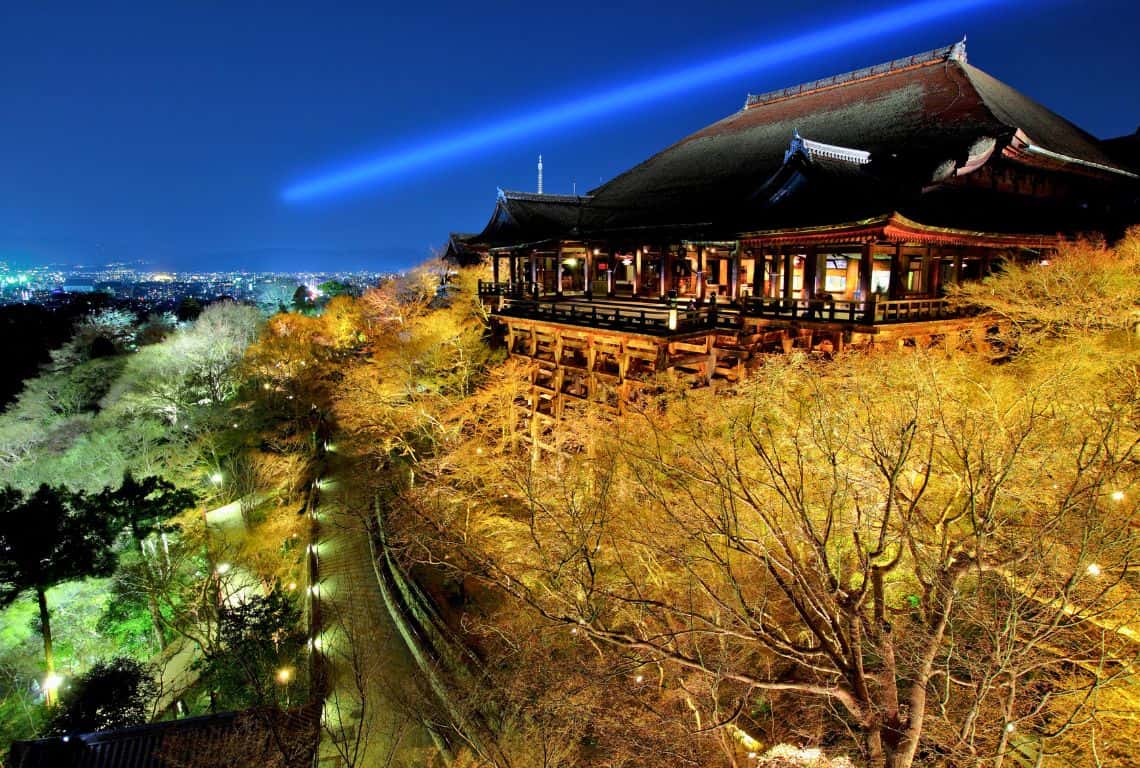
Nighttime Illuminations at Kiyomizu-dera Temple / Tips for First-Time Visitors to Kyoto
- Within the temple complex, you will find Jishu Shrine , dedicated to the deity of love and matchmaking. Explore the shrine and try the popular “love stones” test, where you walk between two stones with your eyes closed to find true love.
- Outside the temple, you will find a variety of food stalls offering local snacks and treats. Indulge in some Kyoto specialties like matcha-flavored sweets or freshly made yaki-soba for a delightful culinary experience.
Explore Nishiki Market - A Gastronomic Wonderland of Kyoto's Culinary Delights
Nishiki Market is a narrow covered street that stretches for five blocks and houses over a hundred shops and restaurants.
The market is known as ‘ Kyoto’s Kitchen’ and you will find here many Japanese delicacies, as well as everything food-related like knives and cookware.
Nishiki Market is always packed with tourists and locals alike. It is a fun place to just browse through and try a few items. Most of the food items are in small bite-side portions displayed on wooden sticks that you can just grab and eat on the spot.
Here are some tips so that you can ace your visit to Nishiki Market:
- Arrive hungry! Nishiki Market is a food lover’s paradise, so come with an empty stomach and be prepared to indulge in a wide array of delicious treats.
- Try local specialties . Nishiki Market is famous for its regional delicacies.
My recommendation is to definitely try tako-tamago, which means octopus-egg. It is a baby octopus marinated and cooked in a sauce made of sugar, mirin, and soy sauce. In the head of the octopus is a quail’s egg.
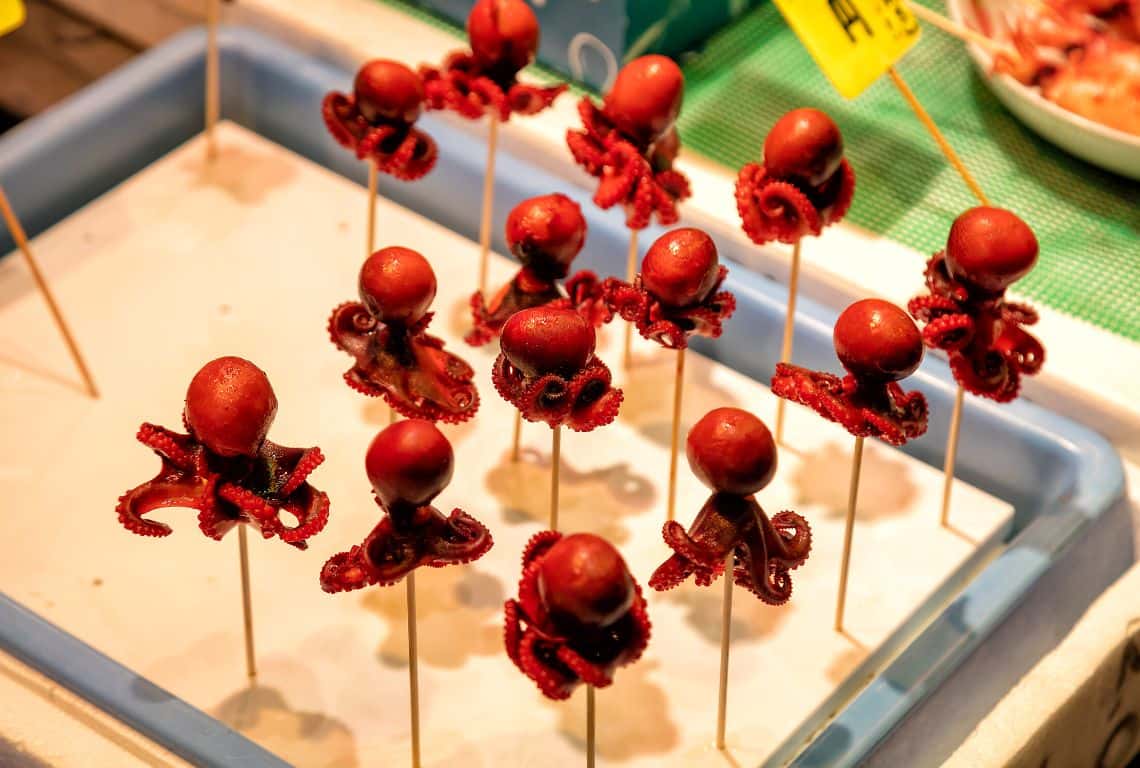
Tako-tamago at Nishiki Market in Kyoto / Tips for First-Time Visitors to Kyoto
Another recommendation is to try tamagoyaki , which I would describe as a Japanese type of omelet filled with cooked cabbage, carrot, green and white onions, and pickled ginger.
Finally, try matcha warabi mochi from Kyoto Matcha Sweets Sawawa . These are square jellies made with green tea and powdered with matcha green tea.
If you prefer something mainstream, try any fried food or just take a visual tour of this fun place.
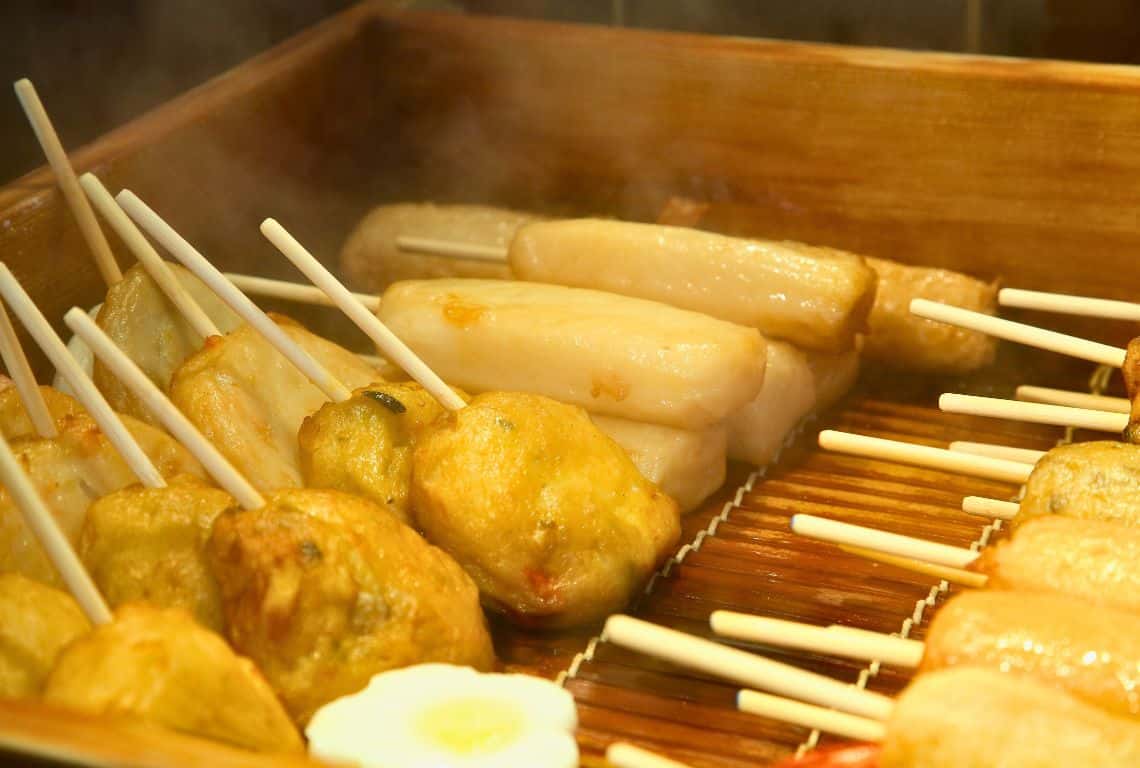
Fried Foods at Nishiki Market / Tips for First-Time Visitors to Kyoto
- While food is the highlight of Nishiki Market, there are other intriguing items to discover. Browse through shops selling kitchenware, traditional crafts, fresh produce, and unique souvenirs.
- Some smaller vendors may only accept cash , so it’s a good idea to have yen on hand. However, larger shops and some stalls may accept credit cards.
- If possible, plan your visit to Nishiki Market on weekdays . It tends to be less crowded compared to weekends, allowing for a more relaxed shopping and dining experience.
- My recommendation is to look into some of the small group guided walking tours through Nishiki Market. You will be accompanied by a local guide who is usually an excellent resource on what are the best places to try some of the local delicacies.
Check out Daytime Kyoto – Nishiki Market and Gion District Cultural Walking Food Tour. This tour will take you not only around Nishiki Market but also into Gion.
Another tour that is less expensive, shorter, and just focuses on Nishiki Market is Nishiki Market Brunch Walking Food Tour and you get to try a variety of different foods.
Explore Gion and Immerse Yourself in Kyoto's Traditional Charm
Gion District in Kyoto originates from the Sengoku period (1467–1615) . The district was built to accommodate visitors to Yasaka Shrine (Gion Shrine).
It eventually evolved to become one of the most exclusive and well-known geisha districts in all of Japan .
The geisha in Kyoto do not refer to themselves as geisha, instead, they use the local term ‘geiko’ which means “a woman of art”.
The area is definitely worth visiting since it has preserved its traditional architecture. It is still inhabited and alive with shops and restaurants.
Here are some tips for visiting Gion:
- The best time to visit the Gion District is definitely in the evening . The narrow streets illuminated by the street lights have a very special charm. If you are lucky, you. might catch glimpse of geiko rushing to an evening engagement.
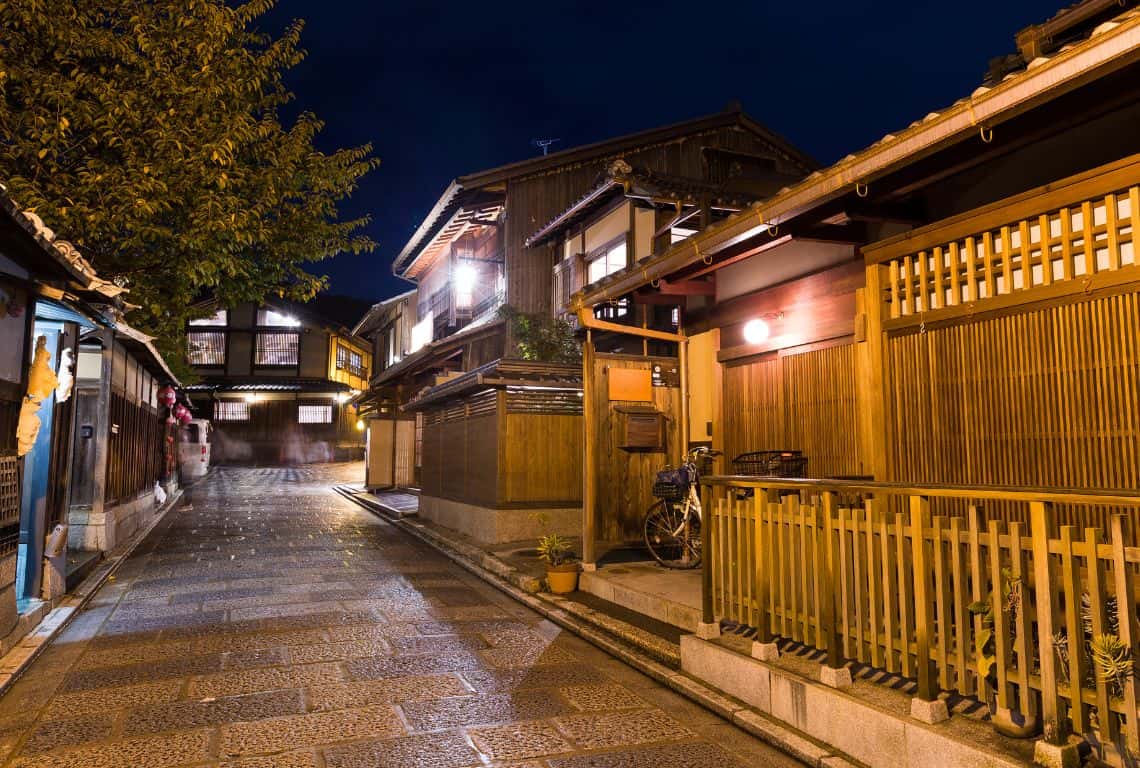
Gion District / Tips for First-Time Visitors to Kyoto
- Make sure to explore Hanamikoji Street . It is a historic street is the heart of Gion and lined with beautifully preserved machiya (traditional wooden townhouses).
- Visit Yasaka Shrine which is located at the east end of Shijo-dori Street. Yasaka Shrine is one of Kyoto’s most famous shrines. It’s especially lively during festival times, such as the Gion Matsuri in July.
- Gion is an excellent place to indulge in Kyoto’s traditional cuisine . Look for restaurants that serve kaiseki (multi-course traditional meals) or try local specialties like yudofu (tofu hot pot) or wagashi (traditional Japanese sweets). Some establishments even offer dining experiences accompanied by geisha performances.
- Take a walk along the Shirakawa Canal . The canal is a picturesque waterway that runs through Gion. Strolling along its banks, especially during cherry blossom season in spring or autumn foliage season, offers a tranquil experience and breathtaking views of the surrounding architecture.
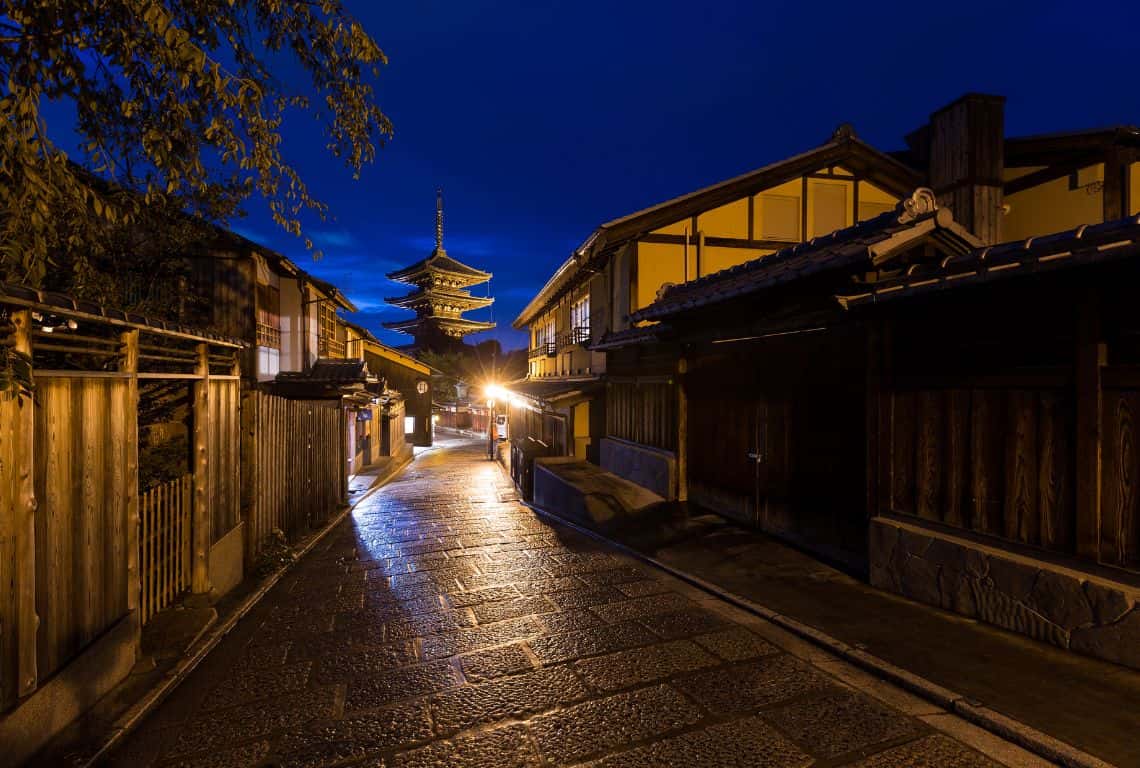
Gion District in the Evening / Tips for First-Time Visitors to Kyoto
- If you’re interested in traditional Japanese performing arts, consider attending a performance at Gion Corner . Here, you can witness various art forms like tea ceremonies, flower arrangements, traditional dance, and more, all in one place.
- Gion is renowned for its tea houses where you can experience a traditional Japanese tea ceremony . These ceremonies are deeply rooted in Japanese culture and offer a glimpse into the world of matcha tea preparation.
Book a tea ceremony in advance to ensure a spot. Here is a tea ceremony I enjoyed: Traditional Tea Ceremony wearing a Kimono in Kyoto by MAIKOYA . You will learn about Japanese history and sample matcha green tea, plus wearing a traditional kimono.
Traditional Japanese Tea Ceremony
You Also Might Like:
Discover 6 JAPANESE TEA CEREMONY STEPS for a Meaningful Experience
Reflect Along the Philosopher's Path
Philosopher’s Path , known as Tetsugaku no Michi, is a delightful path that stretches for about 2 kilometers and meanders along the Lake Biwa Canal.
The path was named for Kyoto University professor and influential 20th-century Japanese philosopher Nishida Kitaro , who is said to have used this route for a daily meditative walk,
The scenery is stunning along the way. It is especially beautiful if you are visiting during the spring months when the cherry blossom trees that line the path are in full bloom.
The path passes by some of the most impressive shrines and temples that are just a few steps away from the path and definitely worth a quick stop.
There are plenty of restaurants and coffee houses along the way as well, perfect for taking a short break.
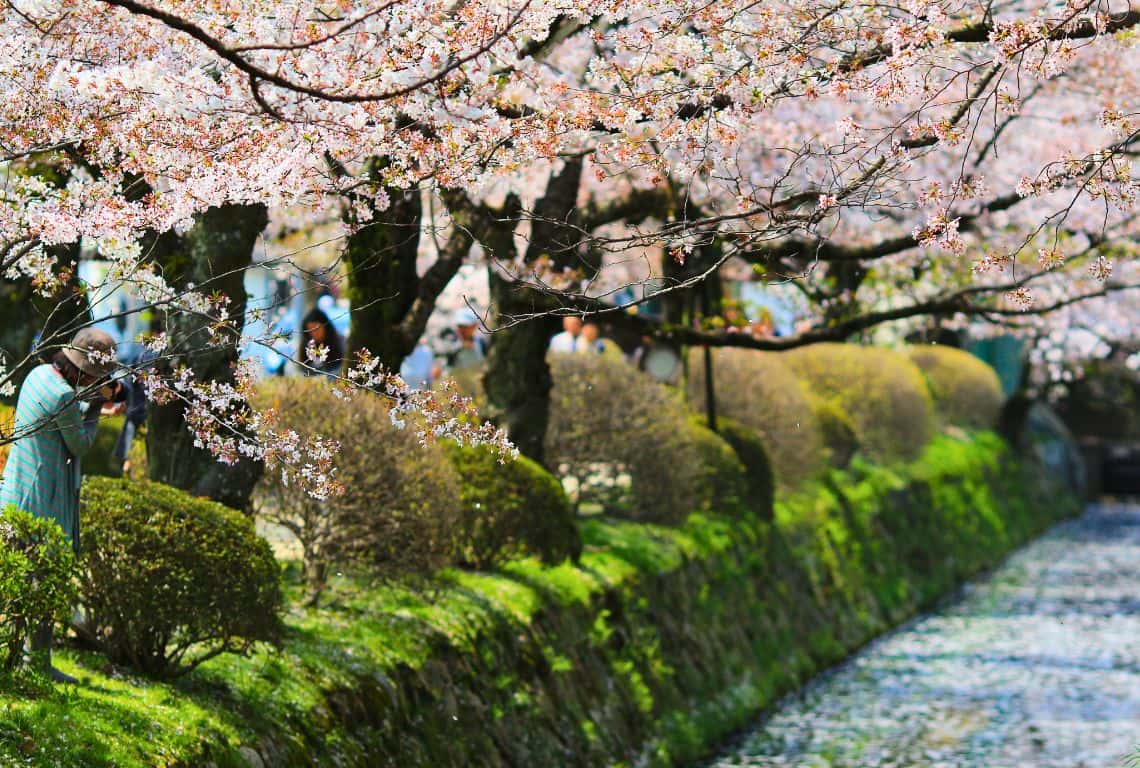
Philosopher’s Path in Springtime / Tips for First-Time Visitors to Kyoto
Here are some tips for taking a walk along Philosper’s Path:
- Begin your journey at Ginkaku-ji (Silver Pavilion) and walk south towards Nanzen-ji Temple. This direction allows you to follow the flow of the canal and enjoy the gradual transition of scenery along the path.
- The Philosopher’s Path is meant to be savored at a leisurely pace. Allow yourself ample time to stroll , appreciate the surroundings, and soak in the peaceful atmosphere.
- Take the opportunity to explore the temples and shrines located near the Philosopher’s Path, such as Ginkaku-ji, Honen-in Temple, Eikan-do Zenrin-ji Temple, and Nanzen-ji Temple.
You Might Also Like:
165 Beautiful Cherry Blossom Quotes and Captions for Your Instagram Posts
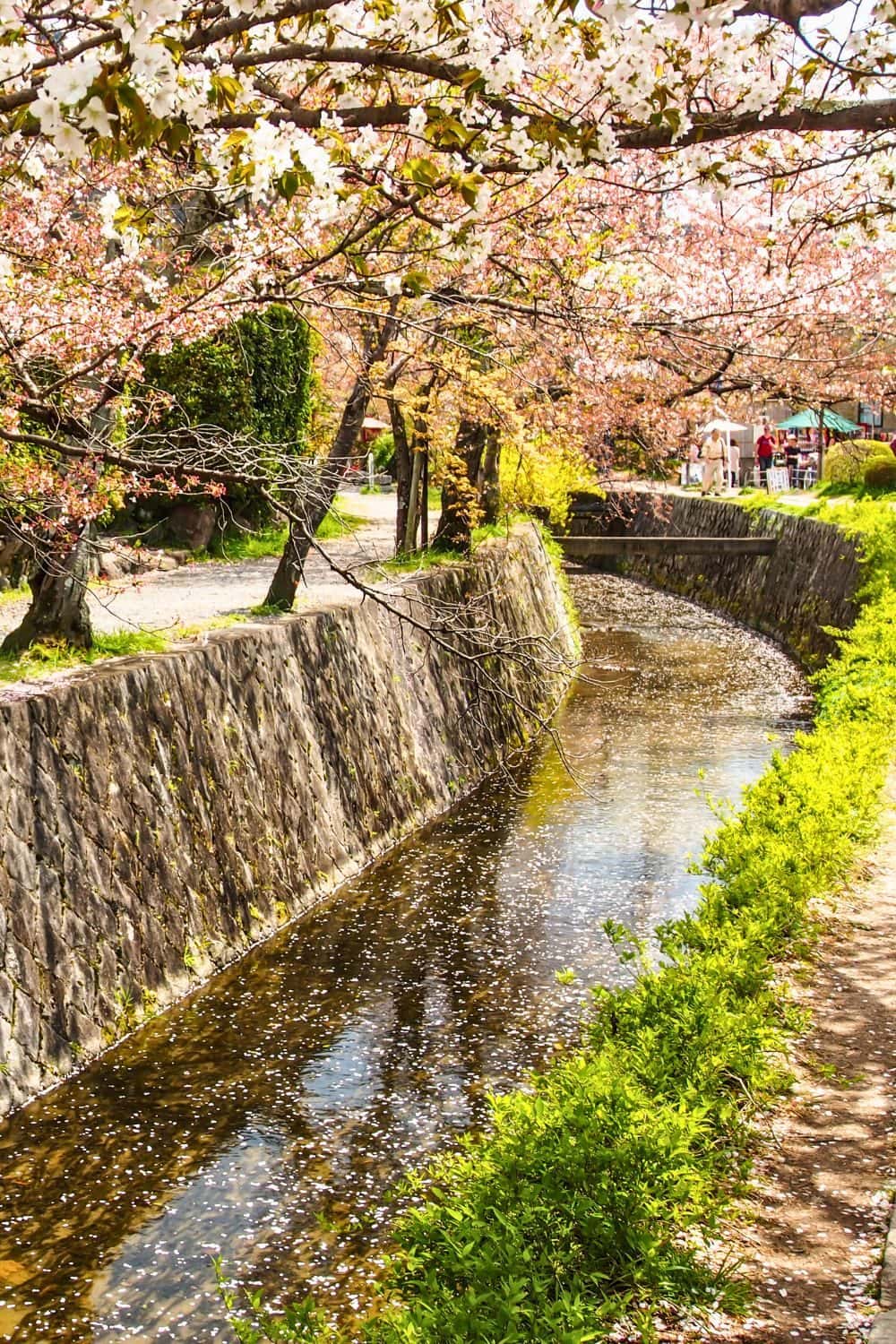
Visit Kyoto's Ginkaku-ji (Silver Pavilion)
Ginkaku-ji Temple (Silver Pavilion), officially known as Jishō-ji or “Temple of Shining Mercy”), is one of the constructions that represents the Higashiyama Culture of the Muromachi period .
The Silver Pavilion was originally constructed in 1482 as a retirement villa for Shogun Ashikaga Yoshimasa. It was modeled after the Golden Pavilion which was built for the shogun’s grandfather.
Following the death of Yoshimasa, the villa was converted into a temple.
Although the temple is called the Silver Pavilion, it was never covered in silver. Needless to say, it is a stunning temple and absolutely worth a visit.
The temple consists of a two-story pavilion officially known as the Kannon Hall and dedicated to Kannon, the Buddhist goddess of mercy. However, the highlight of the visit is the two gardens surrounding the temple.
Especially stunning is the sand garden known as the “Sea of Silver Sand” which has been immaculately raked to beautiful effect. In the middle of it is a sand sculpture that is meant to represent Mt Fuji.
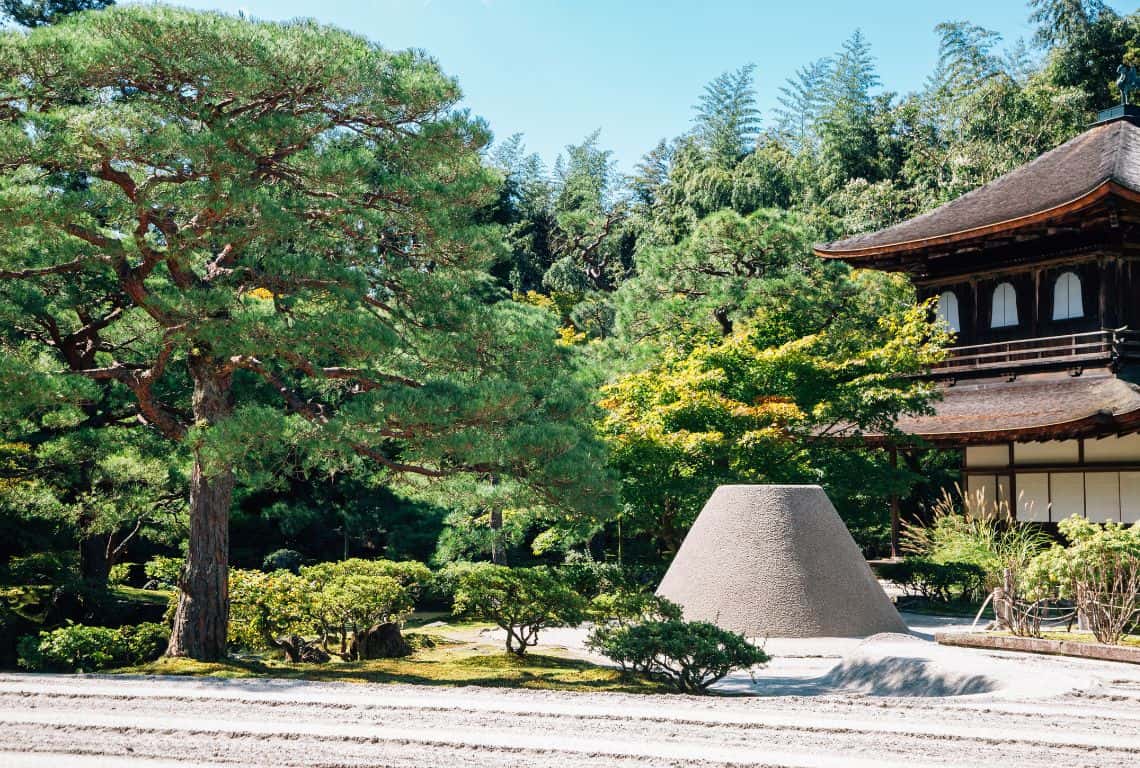
Silver Pavilion in Kyoto / Tips for First-Time Visitors to Kyoto
Here are some tips for visiting:
- Take your time to wander through the meticulously designed garden surrounding Ginkaku-ji. Admire the carefully raked sand patterns, lush greenery, and beautiful rock formations. Don’t miss the iconic sand cone known as the “Moon Viewing Platform” which offers a stunning view of the temple and its surroundings.
- Ginkaku-ji is located at the northern end of the Philosopher’s Path , a scenic trail lined with cherry trees. Consider starting your journey at Ginkaku-ji and walking along this path, immersing yourself in the serene atmosphere and enjoying the beauty of nature along the way.
- Ginkaku-ji is known for its minimalist and refined design , reflecting the principles of wabi-sabi, an aesthetic concept centered around imperfection and transience. Appreciate the simple elegance of the temple’s architecture and gardens, which showcase the beauty in understated elements.
- Ginkaku-ji houses a tea house where you can experience a traditional Japanese tea ceremony. This offers a unique opportunity to participate in a cultural ritual and enjoy matcha tea in a serene setting. Reservations are recommended, so plan ahead.
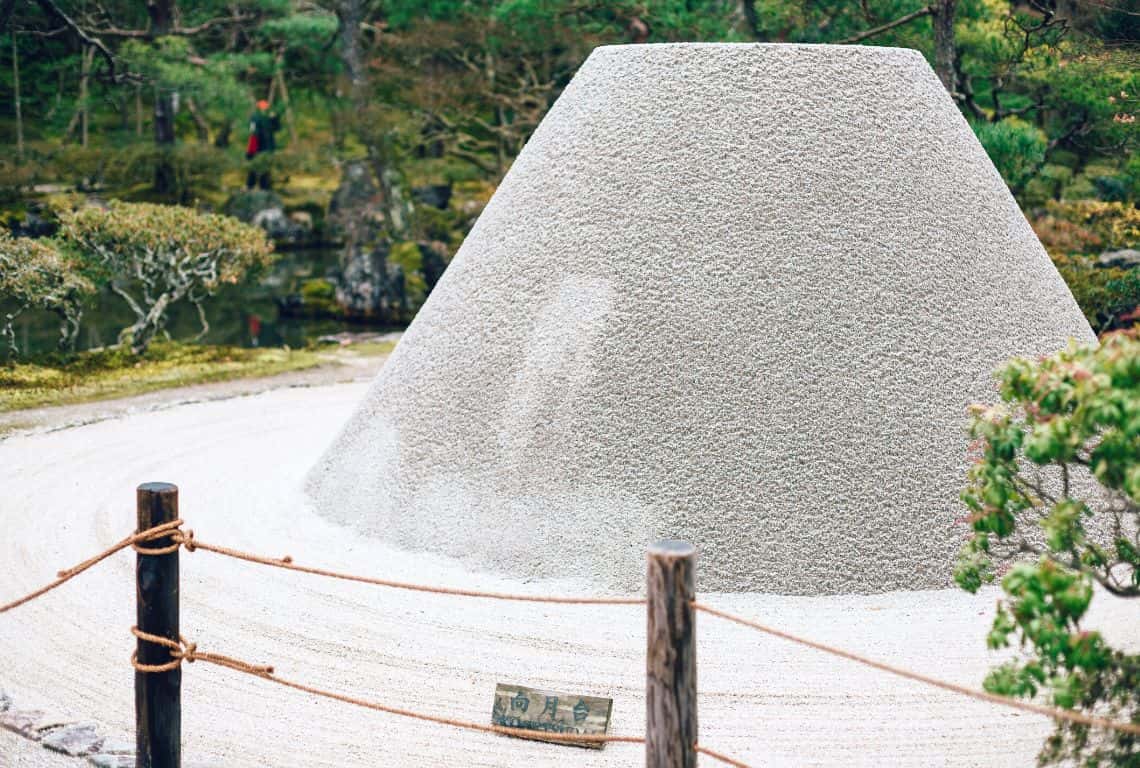
Sand Garden at the Silver Pavilion in Kyoto / Tips for First-Time Visitors to Kyoto
Explore Pontocho - Kyoto's Enchanting Geisha District
Pontocho , a hidden gem nestled in the heart of Kyoto, is a place where time seems to stand still.
This enchanting narrow alley, lined with traditional machiya townhouses and illuminated lanterns, exudes an old-world charm that will transport you to a bygone era.
As one of Kyoto’s most renowned geisha districts , Pontocho offers a glimpse into the world of geisha and maiko, where artistry, grace, and refined entertainment thrive.
With its vibrant culinary scene , traditional teahouses, and the gentle flow of the Kamogawa River nearby, Pontocho is a destination that captivates the senses and will immerse you in the elegance and allure of Kyoto’s cultural heritage.
Step into Pontocho’s magical streets, and embark on a journey of discovery, where tradition and beauty intertwine in an experience like no other.
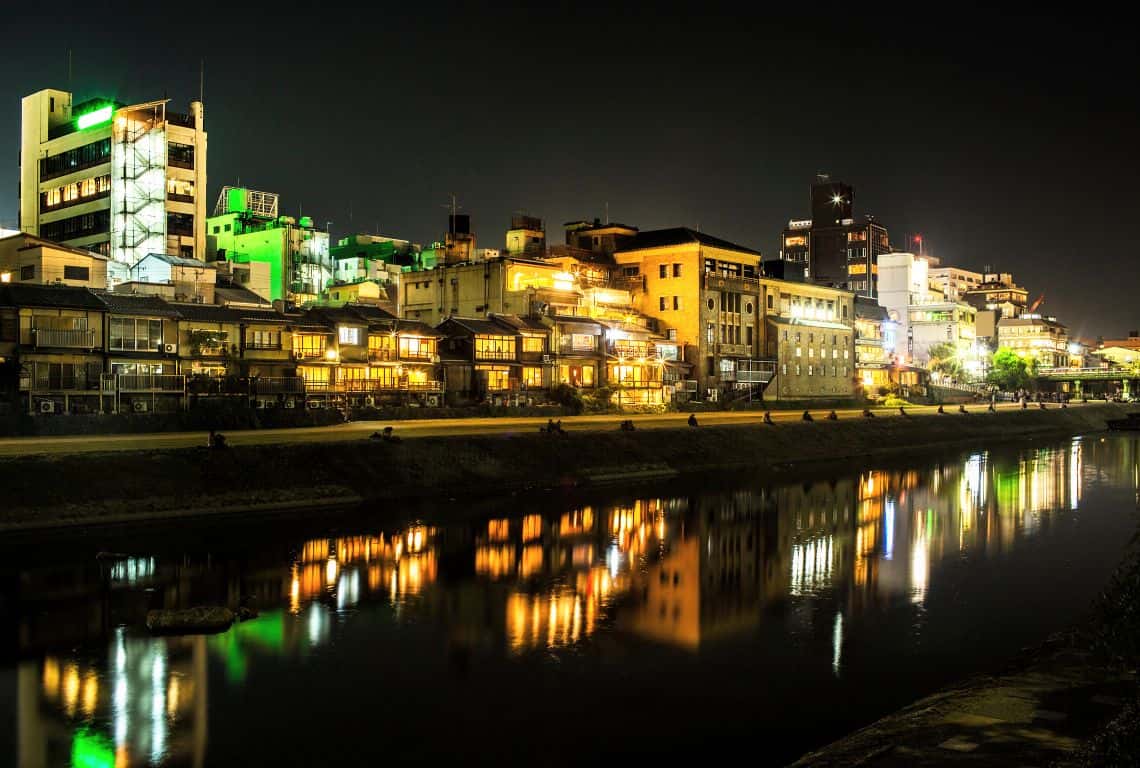
Pontocho Area in Kyoto / Tips for First- Time Visitors to Kyoto
Here are some useful tips for visiting Pontocho:
- Pontocho truly comes alive in the evening when the lanterns are lit, creating a magical atmosphere. The narrow streets are often filled with the sounds of traditional music and the sight of elegantly dressed geisha and maiko making their way to appointments. Plan your visit for the evening to witness the district’s enchanting allure.
- Pontocho is renowned for its dining establishments , ranging from traditional kaiseki restaurants to modern izakayas. Indulge in Kyoto’s famous culinary delights, such as kaiseki (multi-course traditional meal), yakitori (grilled skewers), or sushi. Try the local specialty of Kamogawa Nabe, a hot pot dish made with Kyoto vegetables and river fish.
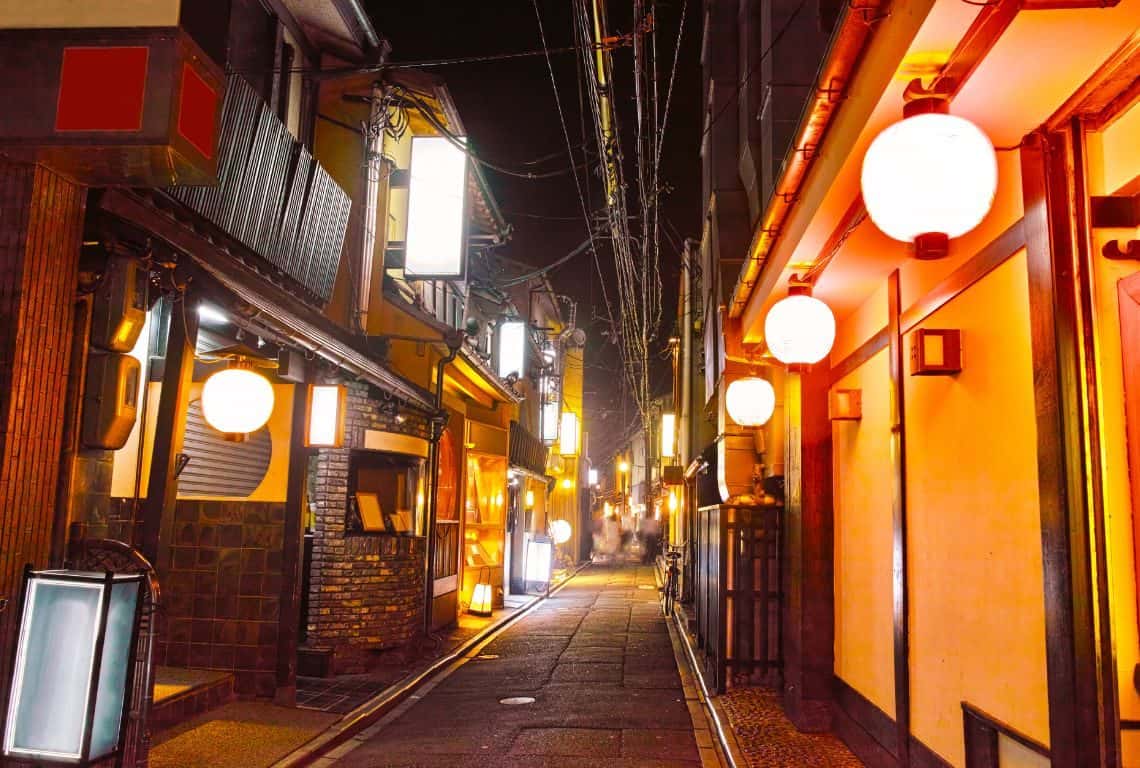
Pontocho Area in Kyoto / Tips for First-Time Visitors to Kyoto
- Pontocho is situated along the Kamogawa River , which adds to the district’s charm. Consider dining at a riverside restaurant or finding a spot along the riverbank to enjoy the tranquil view. During the summer months, some establishments set up open-air seating areas called “yuka,” providing a unique dining experience.
- Adjacent to Pontocho, Kiyamachi Street offers a similar atmosphere and a chance to explore more shops and restaurants. Take a leisurely walk along Kiyamachi Street to discover additional hidden gems and extend your exploration beyond Pontocho.
Intrepid Scout's Tips for First Visit to Kyoto
That is quite a list of things to do in Kyoto on your first visit. What if you only have time to see a couple of things? Then, my recommendation is to make sure that on your first visit to Kyoto you do not miss:
- Fushimi Inari Tashia – it is a visually stunning place. You will be in awe and you will be taking hundreds of pictures at every corner.
Make sure to check out my detailed post: Amazing Fushimi Inari in Kyoto (8 Things to Know Before You Visit)
- Golden Pavilion – it is definitely a stunning sight to see a pavilion covered in gold.
Here is a post that you need to read before going: Stunning Golden Pavilion in Kyoto (How to Visit and What to See)
- Tea Ceremony (with wearing a kimono) – if your time allows, then make sure to attend a tea ceremony and wear a kimono. It is one of a kind experience that will teach you a lot about Japanese culture.
My recommendation is to look into the Traditional Tea Ceremony and wear a Kimono in Kyoto MAIKOYA . If your budget allows you to splurge a little, then check out PRIVATE Geisha (Maiko) Tea Ceremony and Geisha Performance .
Now, It Is Your Turn, I Would Like to Hear Back from You!
Are you planning your trip to Kyoto?
Please let me know! Drop me a quick comment right below!
Click on any of the images below to get inspired and to help you with the planning process for your trip to Kyoto!
More Posts About Japan:
Perfect ONE DAY in KANAZAWA – 7 Things to Do (BEST TRIP from Tokyo, Kyoto, or Osaka)
Amazing Fushimi Inari Taisha in Kyoto (8 Things to Know Before You Visit)
Perfect Day Trip to Miyajima from Kyoto, Osaka, or Hiroshima
2 Days in Kyoto: The Perfect Kyoto Itinerary
10 Amazing Things to Do in Hiroshima on Your First Visit
Read All the Posts About Japan in:
Japan Travel Guide
Did You Find Tips for First-Time Visitors to Kyoto Useful?
Why not save it to your pinterest board.
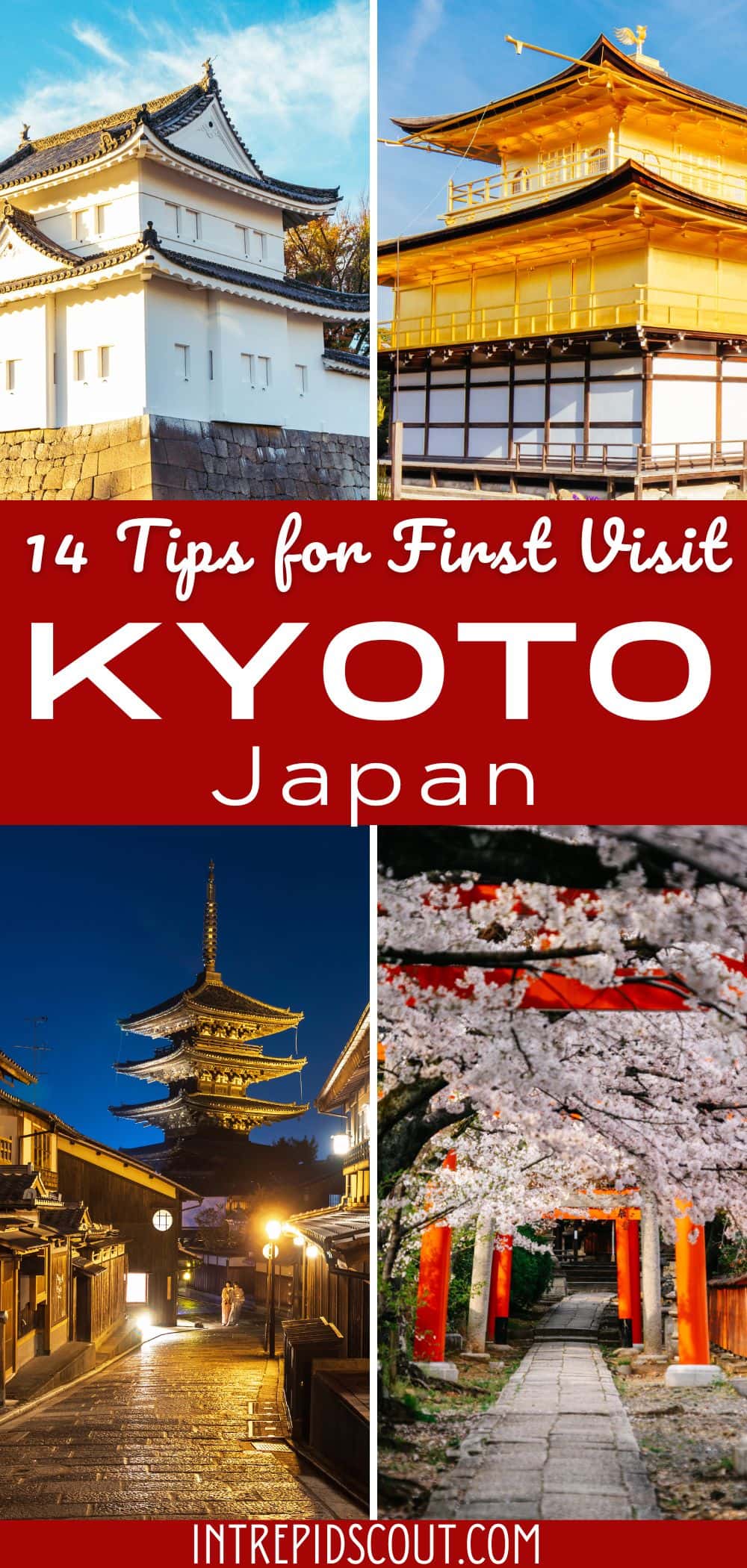
- alert('URL copied to clipboard.')).catch(err => console.error('Unable to copy to clipboard.', err))">
Share via Email
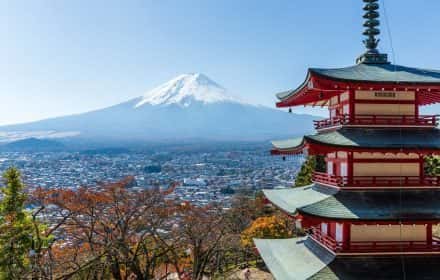
Perfect DAY TRIP to MIYAJIMA from Kyoto, Osaka, or Hiroshima (9 Things to Do)
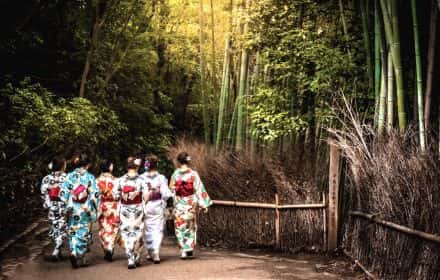
14 Amazing THINGS to DO in ARASHIYAMA, Kyoto (Map+Useful Tips)
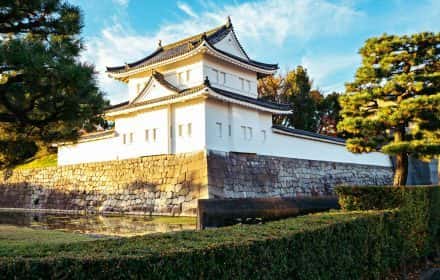
What to See at NIJO CASTLE in KYOTO (10 Things to Know Before You Visit)
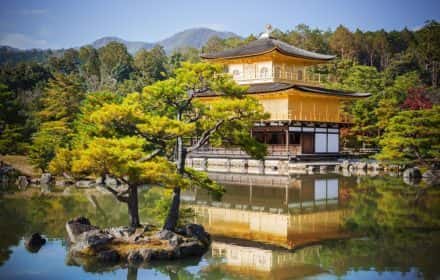
Stunning GOLDEN PAVILION in KYOTO (How to Visit and What to See)
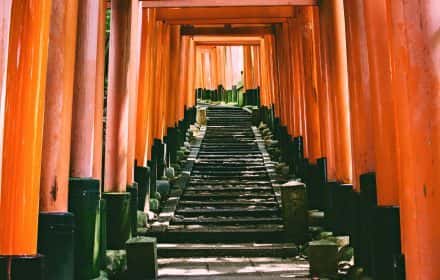
Amazing FUSHIMI INARI TAISHA in Kyoto (8 Things to Know Before You Visit)
@intrepid.scout
Leave an answer Cancel reply
Your email address will not be published. Required fields are marked *
The company processes your data to facilitate the publication and management of comments. You can exercise your rights of access, rectification, deletion and objection, among others, according to our Privacy policy .
Nomadic Matt's Travel Site
Travel Better, Cheaper, Longer
Kyoto Travel Guide
Last Updated: July 20, 2023
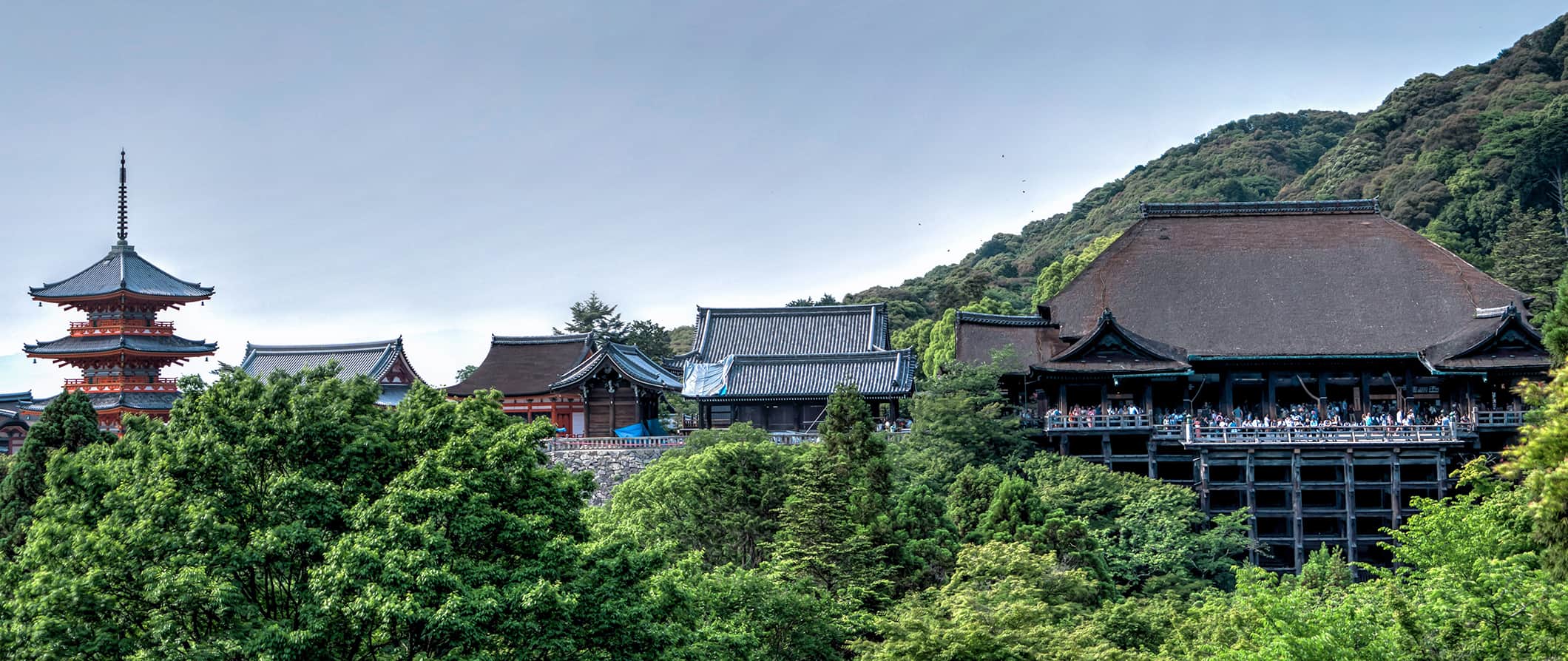
It lives up to all the hype you’ve heard.
Visiting Kyoto is on everyone’s to-do list (both foreigners and Japanese come here), so expect crowds, especially during peak season. But the city is worth the throngs (and I have plenty of tips to help you avoid them). I’d definitely recommend spending at least three days here.
This travel guide to Kyoto can help you plan your trip and save some money.
Table of Contents
- Things to See and Do
- Typical Costs
- Suggested Budget
- Money-Saving Tips
- Where to Stay
- How to Get Around
- How to Stay Safe
- Best Places to Book Your Trip
- Related Blogs on Kyoto
Top 5 Things to See and Do in Kyoto
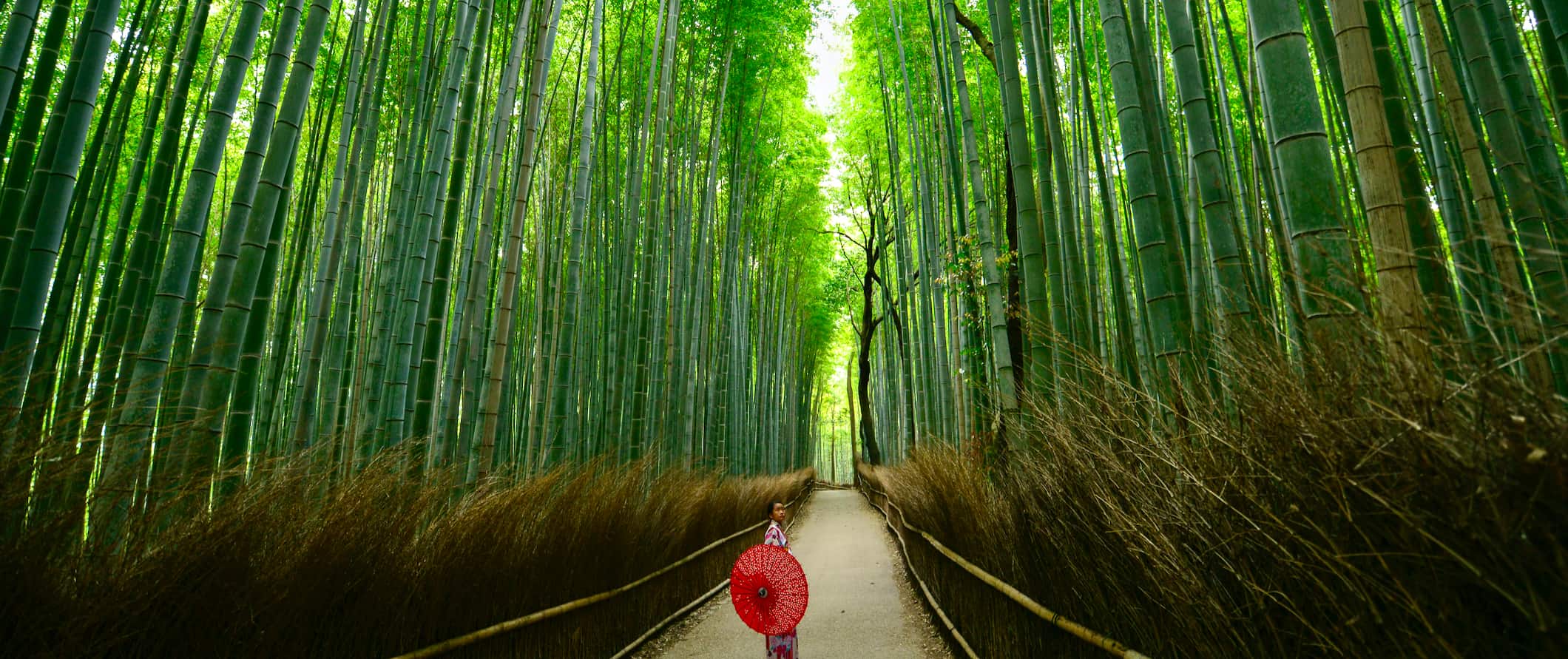
1. Visit Gion
Gion is the famous geisha district. Take a stroll around the area and see ochaya s (teahouses where geishas entertain), small shops, and many traditional restaurants. Here you’ll find a well-preserved district filled with classical architecture and design. Take a walking tour of Gion to learn even more about this historic area and geisha culture. (Note that you can’t take photos on the narrow private streets in Gion due to too many tourists gawking at and bothering geishas as they go about their business.)
2. Check out Heian Shrine
This Shinto shrine is one of the most popular and prized in the country. Built in 1895 on the 1100th anniversary of the establishment of Kyoto as Japan’s (former) capital, the main buildings in the complex are modeled after the original imperial palace. There is a massive torii gate at the entrance, and the shrine has a rather bright and ornate exterior that makes it stand out from the lush trees and gardens that surround it. If you’re here during cherry blossom season (late March-early April), it’s one of the best places in town to see them. The shrine is free, but the garden has an entrance fee of 600 JPY.
3. Day trip to Nara
Nara is a UNESCO World Heritage Site and home to over 1,300 “wild” deer that freely roam Nara Park. The Japanese consider them messengers of the gods, and there are places selling deer crackers all around the park so you can feed them by hand. Be sure to also visit the world’s largest wooden building, Todai-ji, which dates to the eighth century and was reconstructed in the 1700s. Note: Keep an eye on your things while in the park, as the deer will not hesitate to eat anything in your hands (including your own food, paper maps, etc.).
4. See Kinkaku-ji (The Golden Pavilion)
Officially known as Rokuon-ji, this is a Zen Buddhist temple that is part of Kyoto’s collective UNESCO World Heritage Site. There has been a temple here since the late 14th century, though it has been rebuilt several times (first in the mid-15th century and then again in the 1950s). The top two floors are entirely covered in gold leaf (hence its name, the Golden Pavilion). I think it’s one of the most beautiful temples in Kyoto. Admission is 400 JPY.
5. Explore Arashiyama (The Bamboo Forest)
Located near the famous Tenryu-ji temple, it’s a nice spot to walk around and get lost in. It’s not that big, but there are some hidden areas to explore. Since the forest is super popular (you’ll see a lot of school groups here too), arrive before 9am if you want to enjoy it without the crowds. It’s free to enter. You can also visit the very beautiful Okochi Sanso Garden. It costs 1,000 JPY and is well worth the price, especially since hardly anyone goes there.
Other Things to See and Do in Kyoto
1. tour nijo castle.
Nijo Castle was built in 1603 for Tokugawa Ieyasu, the first shogun of the Edo period. It later became an imperial palace before opening to the public. The castle spans 170 acres and features serene Zen gardens, intricate interior artwork, and a defensive moat. It is a popular tourist attraction, so it’s best to arrive early in the morning, before the crowds. The entrance fee is 800 JPY, plus an additional 500 JPY to enter Ninomaru, one of the two palaces within the castle. English audio guides (which I recommend) are 500 JPY.
2. Visit the Kyoto Gyoen (Imperial Palace Park)
This palace, which dates to 1855, is where the imperial family and court nobles resided until 1868, when the capital was moved from Kyoto to Tokyo. While you can’t enter any of the buildings, you’re free to look around and explore as much as you want (which is rare, as guided tours here used to be mandatory). There’s a huge garden surrounding the palace that is also nice to wander around too.
3. Walk around Higashiyama
This historic district is one of the oldest and best-preserved sections of the city, home to the eighth-century Kiyomizudera temple (one of the most famous in all of Japan). Spend an afternoon on the east side of the Kamo River and walk along its narrow historic streets, lined with traditional wooden buildings with small shops selling specialties, such as Kiyomizu-yaki pottery, okashi (candy), pickled foods, handicrafts, and other souvenirs. Another nice place to stroll in this neighborhood is the Philosopher’s Path, which follows a cherry-tree-lined canal that’s beautiful and meditative even when the blossoms aren’t in season.
4. Visit Ryoan-ji Temple
This was my favorite of all the temples that I saw in Kyoto. Built in the 15th century, this Zen shrine is a UNESCO World Heritage Site and features a mausoleum that houses the remains of seven emperors across Japan’s history. The traditional rock and sand garden, considered one of the best in the country, is immaculately kept and a stunning display of Buddhist art and philosophy. Admission is 500 JPY per person.
5. See more temples and shrines
Kyoto has over 1,600 Buddhist temples and 400 Shinto shrines, many of which form the collective UNESCO site, Historic Monuments of Ancient Kyoto. Devote some time to temple-hopping, though of course you won’t be able to see them all!
The main temples include the aforementioned Ryoan-ji with its famous rock garden, and Rokuon-ji (Temple of the Golden Pavilion); Kiyomizudera with its expansive wooden terrace; Ginkaku-ji (Temple of the Silver Pavilion); and Toji (home to Japan’s tallest pagoda). The main Shinto shrines include Fushimi Inari (famous for its thousands of gates), Kamo (actually two shrines in a complex spanning Kyoto’s Kamo River), Gion (venue for the one of the most famous festivals in Japan, the thousand-year-old Gion Matsuri), and Ujigami-jinja (built in 1060 and the oldest original Shinto shrine in Japan). All the Shinto shrines are free, while the Buddhist temples cost 400-800 JPY.
6. Wander among the plum blossoms
If you happen to be visiting Kyoto between mid-February and mid-March, you will see the plum trees erupt in blooms of bright white and dark pink flowers, similar to Japan’s famous cherry blossoms. Two places you can find them are Kitano Tenmangu and the Kyoto Botanical Gardens, both of which are located in northern Kyoto. Admission to the Kitano Tenmangu shrine is free (though the Plum Grove is 1,000 JPY), while admission to the botanical gardens is 200 JPY.
7. Visit the Kyoto National Museum
Opened in 1897, this is one of the top-rated such institutions in Japan, with over 12,000 items, focusing on premodern Japanese and Asian art. The museum, which takes a few hours to explore, offers a detailed look at the country’s history and art. Admission is 700 JPY for the permanent exhibit, 1,600-1,800 JPY for temporary collections, and 300 JPY for the gardens.
8. Check out the Kyoto International Manga Museum
Opened in 2006, this place is for the manga (Japanese comics and graphic novels) enthusiast in all of us. Home to a massive collection of over 50,000 titles (including 5,000 in languages other than Japanese) to browse and read, it’s almost more of a library than a museum. There are a number of exhibits though, highlighting the development and evolution of the art over the years, as well as how-to workshops with manga artists. There are also vintage antique manga, dating back to the 1860s. Admission is 900 JPY.
9. Relax in an onsen
There are over 140 bathhouses (known as onsen ) in Kyoto, supporting a tradition that dates all the way back to the early Middle Ages. Separated by gender, bathhouses are a great way to relax and soak in (ha) some of the more unique aspects of Japanese culture. Just be aware that some don’t allow visitors with tattoos, or force them to cover them, so be sure to check before you arrive. Expect to pay around 1,000 JPY for the budget bathhouses. Tenzan-no-yu Onsen is one the best in town.
10. Wander the Nishiki Market
Nishiki Ichiba is now one of the biggest indoor markets in the city. The market is full of vendors selling traditional dishes from the region, classic Kyoto souvenirs, and really just about anything else. Many of the stalls have been in the same family for generations; opening hours depend on the shop (but are typically from 9am to 6pm). To dive deeper into Japanese food culture, you can take a food tour of the market .
11. Go hiking
The hills of Kyoto are an ideal place to go hiking. There are a number of Buddhist temples and other religious sites (like Zen gardens) throughout. Try nearby Mount Atago; it’s a moderate 4-6-hour hike that offers scenic views, as well as lots of wildlife, especially deer. For a longer hike, walk the Takao-to-Hozukyo trail, which is moderately difficult and takes just over six hours.
12. Experience a tea ceremony
The traditional Japanese tea ceremony was born in Kyoto in the 16th century as the elite (warlords, nobles, wealthy merchants) tried to constantly outdo each other with more and more elaborate practices. Today, Kyoto remains the heart of tea culture in Japan, making Kyoto one of the best places in the country to learn about tea.
You can enjoy a tea ceremony at a temple or take a workshop , where you’ll learn how to perform the ceremony yourself.
13. Take a cooking class
Take some culinary skills home with you by learning a bit about how to prepare Japanese food. Kyoto has a few options, from spending an afternoon cooking in an izakaya (a casual bar/restaurant) to learning how to make your own bento boxes !
14. Take a food tour
I love taking food tours wherever I go. Arigato Tours offers several, from a street-food tour of Nishiki Market to a walking tour and dining experience combo that culminates in a 10-course traditional kaiseki dinner. I can’t recommend them highly enough. Tours start at 23,320 JPY.
15. Go on a sake brewery tour
Kyoto has a sake (rice wine) brewing tradition going back 400 years and is known for some of the best in the world due to using the area’s pure natural spring water in the brewing process. Arigato Tours offers an excellent three-hour tour of Fushimi (the brewing district) for 23,320 JPY, including stops at several breweries, a guided tour of the Gekkeikan Okura Sake Museum, and tastings.
For information on other cities in Japan, check out these guides:
- Hiroshima Travel Guide
- Tokyo Travel Guide
Kyoto Travel Costs
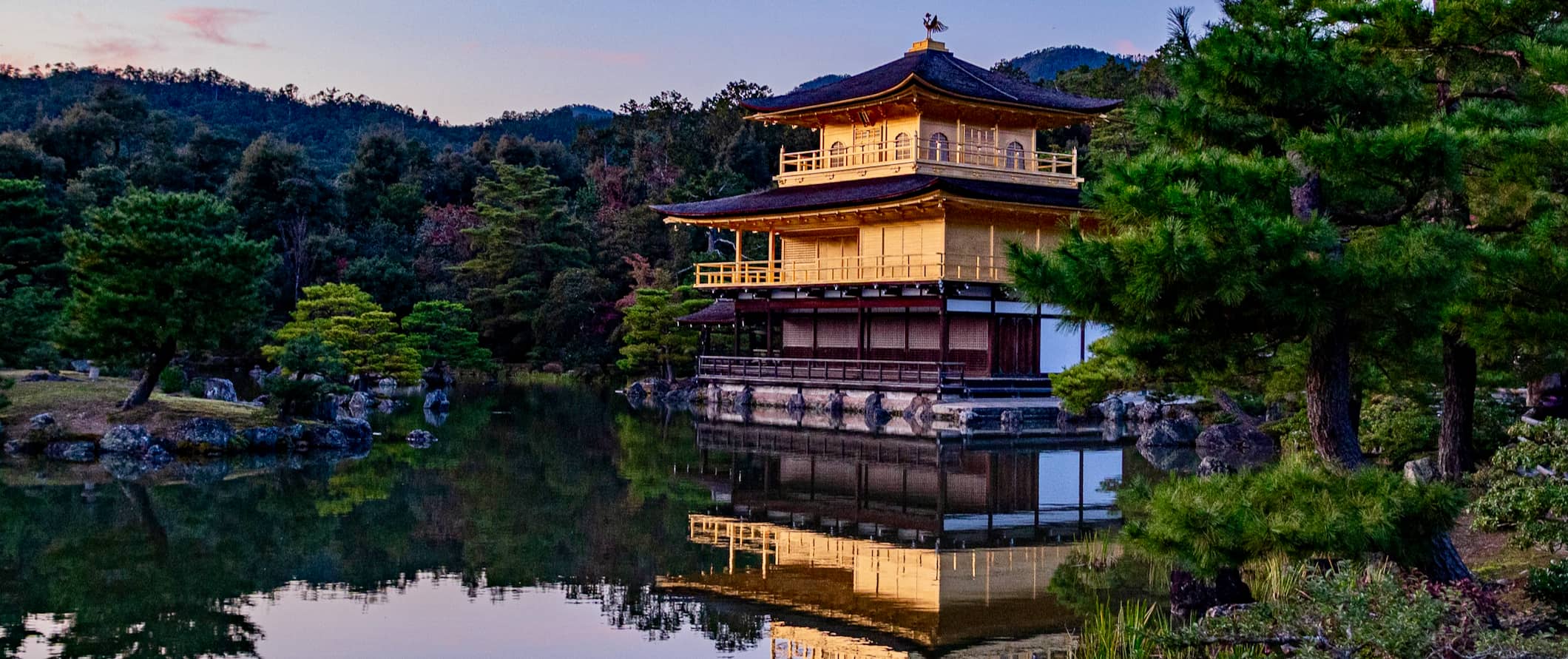
Hostels – Most hostels in Kyoto charge 2,400-3,500 JPY per night for a dorm room of any size. For a private room with a twin or double bed, expect to pay 6,500-10,000 JPY. Prices are about the same year-round. Free Wi-Fi and lockers are standard, and most hostels have self-catering facilities if you want to cook your own meals. None of the hostels have free breakfast.
Budget hotels – If you’re looking for a budget hotel, expect to pay at least 7,000-8,000 JPY for a double bed at a two-star location, while capsule hotels start at 4,500-5,000 JPY for a tiny pod that is essentially just a bed — it’s not fancy, but it’s a unique (and very Japanese) experience.
Airbnb is tightly regulated in Japan. It’s often difficult to find accommodations, they’re rarely in the center of town, and they’re expensive. Private apartments and homes on Airbnb usually start around 20,000 JPY per night. For a single room, expect to pay at least 12,500 JPY.
Food – Japanese cuisine is world-renowned and has even earned a spot on UNESCO’s Intangible Heritage List. While each region has its own specialties, rice, noodles, seafood, and seasonal produce all feature heavily no matter where you are. In Kyoto, tofu is a specialty, due to the plethora of Buddhist monasteries (whose monks eat a vegetarian diet).
Curry and donburi (bowls of meat and rice) are your cheapest options and cost around 500-700 JPY. Ramen is usually less, 1,000-1,200 JPY. Fast food (think McDonald’s or KFC) is around 800 JPY for a basic combo meal.
You’ll find the cheapest places far from the busy tourist areas, so walk a few blocks from the main temples if you want to save some money. Street food like green tea sweets and sashimi sticks cost about 300 JPY. Filling Japanese pancakes are even cheaper, at 200 JPY.
You can also find plenty of cheap meals and prepackaged items at 7-Eleven — and even the locals eat them! Meals sets of noodles, rice balls, tofu, and prepacked sushi are all available for under 500 JPY, making for cheap lunches.
Mid-range restaurants and most sit-down establishments cost around 2,500-3,000 JPY per person. Kaiseki ryori is a style of high-end, multicourse Japanese dining that originated in Kyoto. It costs about 8,000-10,000 JPY for a set menu of seven courses, covering everything from chicken to sushi. A Wagyu steak course (served with rice, seafood, salad, dessert, etc.) starts at 10,000 JPY.
Domestic beer is around 450-550 JPY, and sake is around 800-900 JPY per glass. A cocktail will set you back about 1,200 JPY. A latte/cappuccino is 500-600 JPY and a bottle of water is 100-130 JPY.
Some of my favorite places to eat are Okonomiyaki Yoshino, Ryuuann, Ramen Sen-no-Kaze Kyoto, and Trattoria Macedonia Yuki. For excellent cocktails, check out Kingdom.
Buying groceries costs around 5,000-6,000 JPY per week for basic staples like rice, vegetables, and fish. However, given a possible lack of a kitchen and the availability of such cheap food, it’s doubtful you’ll go grocery shopping to prepare your own meals unless you’re on a super tight budget.
Backpacking Kyoto Suggested Budgets
If you’re backpacking Kyoto, plan to budget around 7,500 JPY per day. This is a suggested budget assuming you’re staying in a hostel dorm, cooking most of your meals, eating at the cheap 100-yen stores, limiting your drinking, visiting free museums and temples, and using public transportation to get around.
On a more mid-range budget of 17,000 JPY per day, you can stay in a private hostel or Airbnb room, eat out for most meals, indulge in some drinks, visit more paid attractions, take the occasional taxi, and just have some more breathing room in your travels.
On “luxury” budget, expect to spend 36,000 JPY per day or more. You’ll be able to stay in a budget hotel, eat at nice restaurants, enjoy more drinks, take paid food tours or cooking classes, and overall just have a more comfortable trip. But this is just the ground floor for luxury — the sky is the limit!
You can use the chart below to get some idea of how much you need to budget daily, depending on your travel style. Keep in mind these are daily averages — some days you’ll spend more, some days you’ll spend less (you might spend less every day). We just want to give you a general idea of how to make your budget. Prices are in JPY.
Kyoto Travel Guide: Money-Saving Tips
Japan has a reputation for being very expensive, but, outside of accommodation, everything is pretty affordable, and there are lots of free activities too. Kyoto is no exception. You can easily enjoy it on a limited budget.
Here are some quick tips to help you save money while you visit Kyoto:
- Get a transportation pass – If you plan on riding public transportation a lot, consider getting a day pass. One-day passes are 1,100 JPY for adults (550 JPY for kids) and provide unlimited travel on both the subway and city buses.
- Get the Traffica Kyoto Card – This prepaid card offers a 10% discount on public transportation (bus and subway) within Kyoto. You can load it with 1,000 or 3,000 JPY; however, if you don’t use all the money on the card, you can’t get it back, so only get a card if you know you’ll spend it all.
- Get a JR Pass – Chances are you’ll be arriving in Kyoto by train. If that’s the case, consider buying a JR Pass . These allow you unlimited train travel and will save you a ton of money if you’re going to be visiting other cities in addition to Kyoto. It comes in 7-, 14-, and 21-day options. Keep in mind that it can only be purchased outside of the country, so be sure to plan ahead!
- Rent a bicycle – There are plenty of places to rent a bike in Kyoto. It’s a cheap and easy way to explore the city, and you’ll get a much better feel for it, too. Many hostels rent bikes, and there are lots of rental companies, too. Expect to pay around 800-1,000 JPY per day for a standard bicycle or 1,700-2,000 JPY per day for an e-bike.
- Eat at 7-Eleven – 7-Eleven, Family Mart, and other convenience stores have a lot of meal sets (including sandwiches, soups, fruit, and more traditional Japanese options) that make for a cheap lunch option. Additionally, supermarkets also have many such meals at similar prices.
- Eat curry, ramen, and donburi – These are the best ways to eat cheap, filling meals when dining out.
- Cook your own food – Almost every hostel here has a kitchen where you can cook your own food instead of eating out. Combining this with shopping at the 100-yen stores can drastically cut your food costs.
- Shop at the 100-yen stores – There are many 100-yen shops in Kyoto with meal sets, groceries, drinks, toiletries, and household items. Store names vary by region, so ask your hotel or hostel reception desk where the nearest “Hyaku En” shop is.
- Buy food at night – After 8pm, most supermarkets discount their fresh food/prepared food as they have to get rid of it. If you buy your food after 8pm, you can save up to 50% on almost everything fresh.
- Bring a water bottle – The tap water here is safe to drink so bring a reusable water bottle to save money and reduce your plastic use. LifeStraw makes reusable bottles with a built-in filter so you always know your water is clean and safe.
- Stay with a local – Using hospitality sites like Couchsurfing that allow you to stay with locals not only gets you free lodging but lets you interact with them while you learn about their life. Make sure you send your request early though — the response rate is low and slow! Try inquiring with expats as well, as they tend to be more active on the platform.
Where to Stay in Kyoto
Kyoto has a bunch of hostels, and they’re all quite comfortable and sociable. My recommended places to stay in Kyoto are:
- Backpackers Hostel K’s House Kyoto
- Kyoto Hana Hostel
- Gojo Guest House
- Gion Ryokan Q-beh
How to Get Around Kyoto
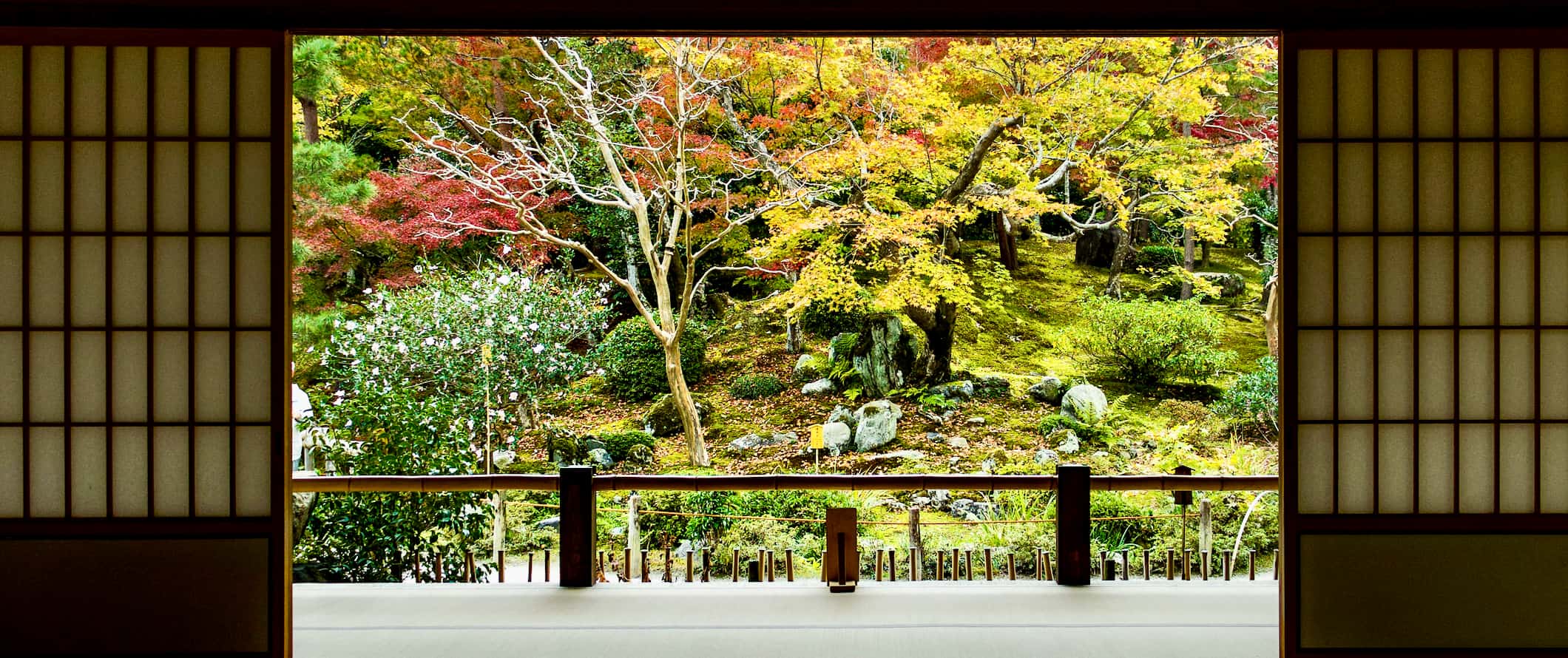
Public transportation – It’s very easy to get around using public transportation here. Kyoto has an extensive bus network formed by multiple companies. The buses are clean and reliable. Single-fare tickets start at 230 JPY; prices go up based on how far you ride. You’ll need exact change to pay (when you get off), which you can get from the machine at the front of the bus near the driver.
Kyoto has a metro system composed of two lines with just over 30 stations. Single fares are based on distance and cost 210-350 JPY per person.
If you’re going to be riding public transportation a lot here, it might be worth getting either of the reloadable cards that the city offers. The prepaid Traffica Kyoto Card offers a 10% discount on public transportation (bus and subway) within the city. You can load it with 1,000 or 3,000 JPY (but if you don’t use it all, you can’t get it back). Alternatively, you can get a one-day pass for 1,100 JPY that’s good on both the bus and subways.
Taxi – While it’s super easy to hail a taxi in Kyoto, they aren’t cheap, so I would avoid them as much as possible. Rates start at 600 JPY and go up by 465 JPY per kilometer. Stick to public transportation if you can.
Ridesharing – Didi is the main ridesharing app here (Uber also exists), but prices are similar to taxis, so you won’t really save any money using them.
Bicycle – Kyoto is quite easy to get around by bicycle. You can rent a standard bike for the day for around 800-1,000 JPY (1,700-2,000 JPY for an e-bike). It’s a popular way to explore, so either reserve one in advance or get up early to ensure you can get one (this is really only for the summer months). Also, keep in mind that the traffic here flows on the left.
Car rental – If you have an International Driving Permit (IDP) you can rent a car for around 7,500 JPY per day. Just keep in mind that you’ll be driving on the left here, and that you’ll need to get your IDP before you arrive in Japan. For the best car rental prices, use Discover Cars .
But, unless you have a specific need for a car, I would stick to public transportation and trains (which are usually much faster than cars).
When to Go to Kyoto
The most popular time to visit Kyoto is in the summer; however, it can get quite warm. Temperatures in June-August are over 32°C (89°F), and it will be rather humid. You’ll also have larger crowds, as Kyoto is one of the most visited cities in the country. If you go during the summer, make sure you’re up early to beat the crowds and that you’ve booked your accommodation in advance.
The shoulder seasons are the best time to go to Kyoto. April-May and October-November see cooler temperatures and only a little bit of rain. Keep in mind that late March to early April is cherry blossom season, so expect massive crowds during that time (book ahead!).
While the winter in Kyoto is cold, it is hardly unbearable. Temperatures usually sit around 10°C (50°F) during the day and drop down to around 1°C (34°F) at night. The city is much quieter during this time as well. Snow is common, but it usually melts not long after it falls. Rain is also common, so dress for wet, brisk weather.
How to Stay Safe in Kyoto
Japan is a very safe country. Even in a large city like Kyoto, there’s virtually zero chance you’re going to get robbed, scammed, or hurt.
Solo female travelers should generally feel safe here. However, the standard precautions always apply (never leave your drink unattended at the bar, never walk home alone intoxicated, etc.). You also may have to watch out for lewd behavior here and there. Some travelers have reported inappropriate behavior, such as men asking personal questions or catcalling. It’s rare, but it does occur from time to time. Most trains now have “women-only” cars during rush hour. You’ll see pink signs indicating where women should board.
Scams are unheard of here and they simply won’t happen.
Your only real risk here is from Mother Nature. Earthquakes and typhoons are common, so always make sure you know where the exits are at your accommodation. Download offline maps to your phone as well, in case you need to navigate in an emergency.
Japan’s emergency number is 110, or you can call the nonemergency Japan Helpline at 0570-000-911 should you need assistance.
The most important piece of advice I can offer is to purchase good travel insurance. It protects you against illness, injury, theft, and cancelations. It’s comprehensive protection in case anything goes wrong. I never go on a trip without it, as I’ve had to use it many times in the past. You can use the widget below to find the policy right for you:
Kyoto Travel Guide: The Best Booking Resources
These are my favorite companies to use when I travel. They consistently have the best deals, offer world-class customer service and great value, and overall, are better than their competitors. They are the companies I use the most and are always the starting point in my search for travel deals.
- Skyscanner – Skyscanner is my favorite flight search engine. They search small websites and budget airlines that larger search sites tend to miss. They are hands down the number one place to start.
- Hostelworld – This is the best hostel accommodation site out there with the largest inventory, best search interface, and widest availability.
- Agoda – Other than Hostelworld, Agoda is the best hotel accommodation site for Asia.
- Booking.com – The best all around booking site that constantly provides the cheapest and lowest rates. They have the widest selection of budget accommodation. In all my tests, they’ve always had the cheapest rates out of all the booking websites.
- Get Your Guide – Get Your Guide is a huge online marketplace for tours and excursions. They have tons of tour options available in cities all around the world, including everything from cooking classes, walking tours, street art lessons, and more!
- SafetyWing – Safety Wing offers convenient and affordable plans tailored to digital nomads and long-term travelers. They have cheap monthly plans, great customer service, and an easy-to-use claims process that makes it perfect for those on the road.
- LifeStraw – My go-to company for reusable water bottles with built-in filters so you can ensure your drinking water is always clean and safe.
- Unbound Merino – They make lightweight, durable, easy-to-clean travel clothing.
- Japan Rail Pass – This is a flexible transportation pass used for navigating Japan. Similar to the Eurail pass in Europe, it turns expensive bullet trains into budget-friendly modes of transportation. You honestly can’t visit Japan without one.
Kyoto Travel Guide: Related Articles
Want more info? Check out all the articles I’ve written on traveling Japan and continue planning your trip:
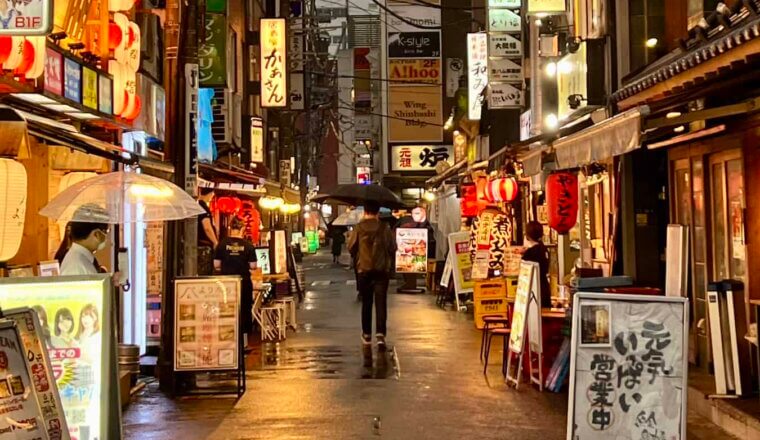
How to Spend Your Time in Tokyo: A Suggested Itinerary
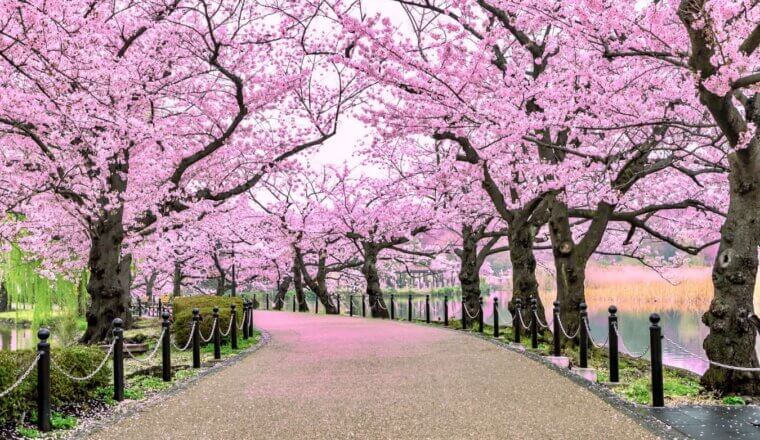
The Perfect 7-Day Japan Itinerary for First-Time Visitors
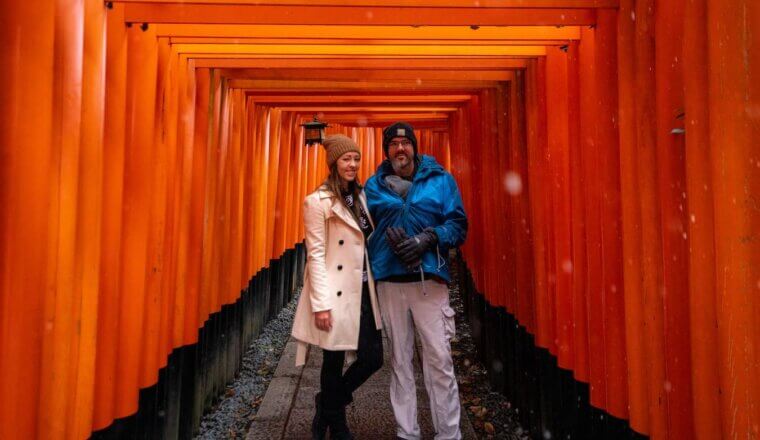
How to Travel Japan with a Baby
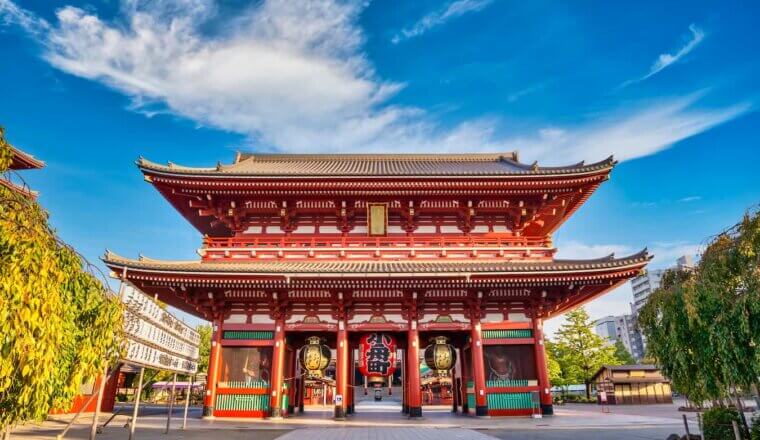
Where to Stay in Tokyo: The Best Neighborhoods for Your Visit
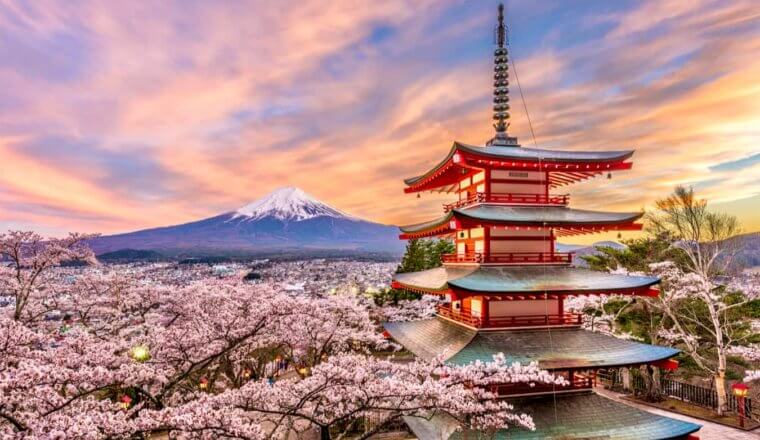
The Ultimate Japan Itinerary for First-Timers: From 1 to 3 Weeks
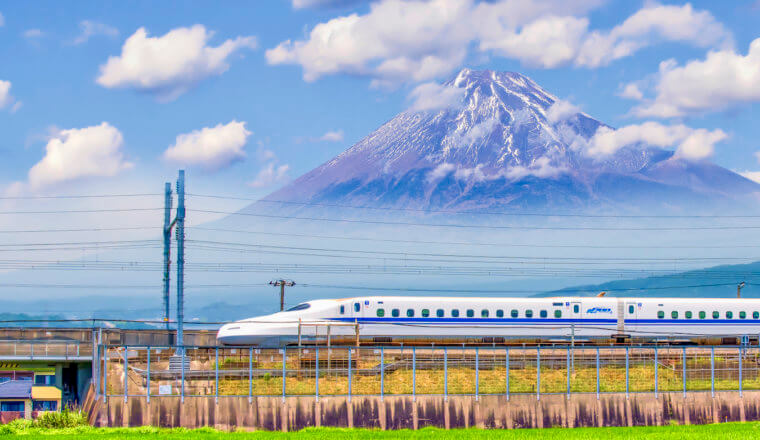
A Complete Guide to the Japan Rail Pass
Get my best stuff sent straight to you, pin it on pinterest.
- Where To Stay
- Transportation
- Booking Resources
- Related Blogs

Is Kyoto Worth Visiting? The Pros and Cons of Visiting Kyoto
This is a question that many travelers ask themselves, and the answer is not always black and white.
Kyoto has its charms, but it also has a hefty price tag. Let’s look at some of the pros and cons of visiting Kyoto.
Kyoto is home to Japan’s most beautiful temples and shrines on the pro side. The City is also dotted with lovely parks, making it the perfect place to stroll around on a sunny day.
In addition, Kyoto is well known for its delicious food , so you’ll have plenty of opportunities to eat through the City.
However , Kyoto can be expensive, as with any popular tourist destination. Hotels, restaurants, and transportation can all add up quickly, so you’ll need to be prepared to spend a fair amount of money to enjoy everything Kyoto offers.
That depends on your budget and what you want in a vacation destination. If you’re interested in exploring Japan’s rich history and culture, Kyoto is worth a visit. But if you’re on a tight budget, other places in Japan may be a better fit for you.
Is Kyoto too touristy?
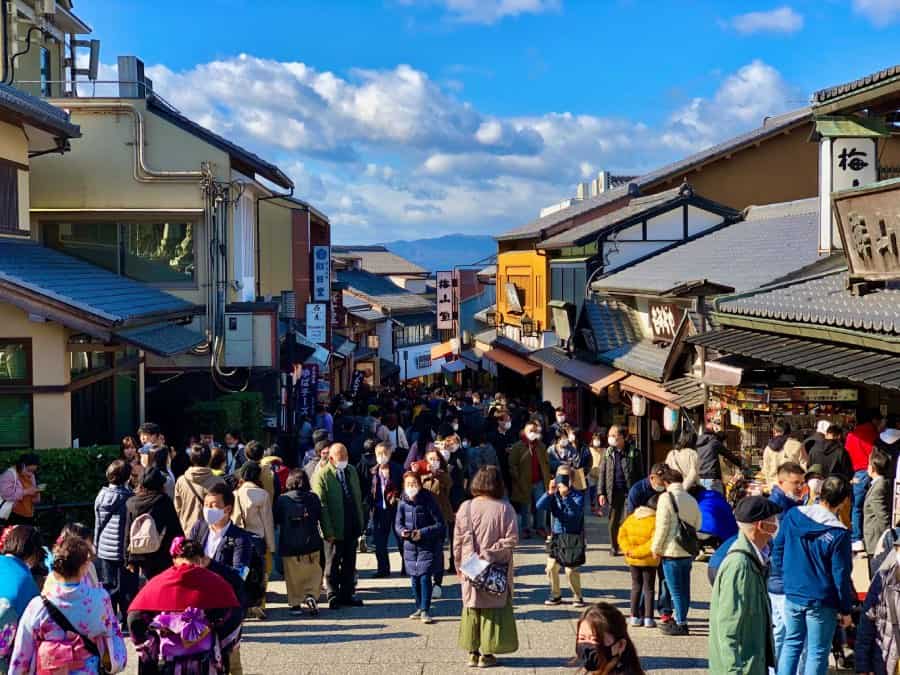
Many people avoid Kyoto because they feel that it’s too touristy. And while it’s true that the City can be crowded during peak season , there are plenty of quiet corners to explore if you know where to look.
So, if you’re looking for a more peaceful vacation, Kyoto may not be the right fit. Some cities like Fukuoka and Sapporo offer a more laid-back atmosphere while offering plenty of things to see and do.
So if you are looking for a quieter experience, Kyoto isn’t the best choice.
Keep in Mind: We live in a pandemic world; most cities in Japan will be quieter than usual. Covid 19 is affecting every City differently. Here is the Japan Tourist Organization Website for Covid Related information.
As an Amazon Associate and Booking affiliate, LoveForTraveling.com earns from qualifying purchases. We may receive a commission for purchases made via our links.
Is Kyoto expensive to visit?
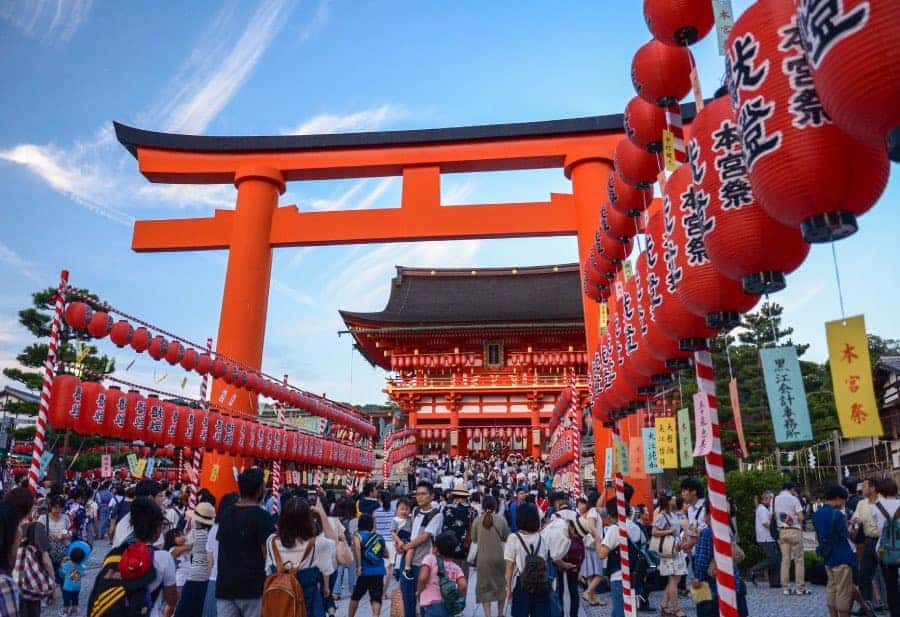
Yes, Kyoto is an expensive city to visit. However, there are many ways to save money while in Kyoto.
For example, you can purchase a tourist discount card or take free walking tours. Additionally, there are many affordable restaurants and hotels in Kyoto.
Here are some tips to save money when visiting Kyoto:
- Buy a JR Rail Pass – A JR Rail Pass will allow you to travel anywhere in Japan, including Kyoto, for a certain number of days.
- Avoid peak times – The busiest times to visit Kyoto are during the Cherry Blossom Festival (early April) and the Autumn leaves (late November). Try to stay during other times of the year to avoid the crowds.
- Take a walk – Many of the attractions in Kyoto are close to each other, so you can save money by walking instead of taking taxis or buses.
- Eat street food – Kyoto is known for its delicious food, so try some local dishes and save money on dining out.
What are some of the things to do in Kyoto?

There are many things to do in Kyoto. Some popular attractions include visiting temples and shrines, walking through the bamboo forest , and exploring the Gion district.
Kyoto is also home to several museums, including the National Museum of Art and the Kyoto National Museum. Here are some things to do in Kyoto:
- Visit temples and shrines.
- Explore the Gion district.
- Visit the bamboo forest .
- Explore museums like the National Museum of Art and the Kyoto National Museum.
- Take a walk around Arashiyama at night to see the street lanterns.
- Take a boat ride on Lake Biwa to get views of the City and mountains.
- Visit during spring or fall to take advantage of cherry blossoms and foliage.
- Visit during winter for skiing and snowboarding.
What are the best times of year to visit Kyoto?
The best times to visit Kyoto depend on what you want to do in the City.
The spring and fall are great times to visit because the weather is mild , and many festivals and events are taking place.
Those are the seasons to visit if you want to view the cherry blossoms or fall foliage. However, winter is the best time to go if you’re interested in skiing or snowboarding.
How many days should I spend in Kyoto?
That depends on what you want to see and do. If you’re interested in exploring all of the City’s attractions, I recommend spending at least four or five days there.
However, two or three days should be enough if you only want to see a few key sights .
Travel time to/from Kyoto
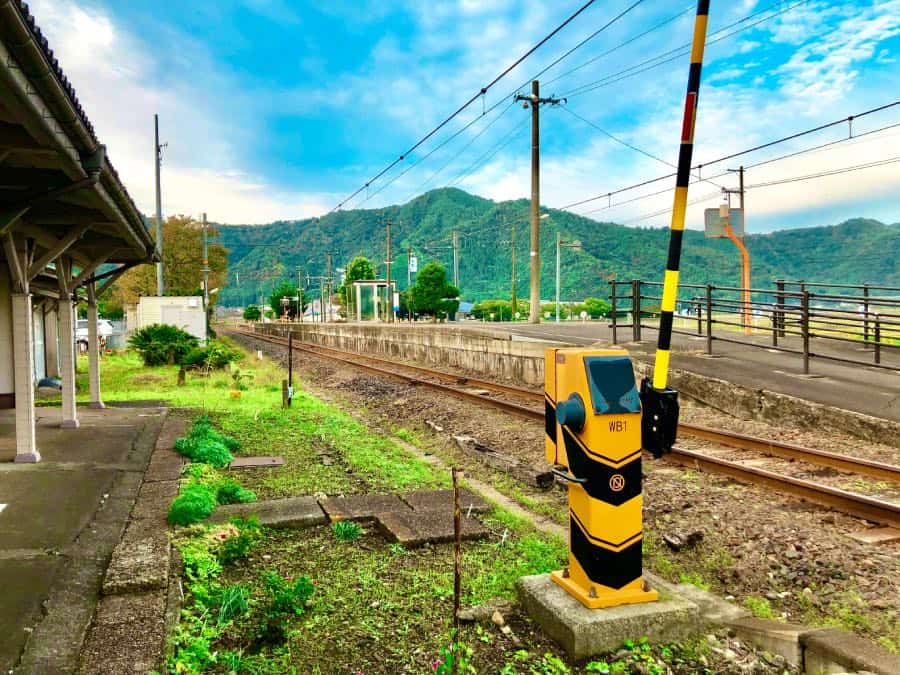
Kyoto is about 1 hour by train from Tokyo, so you must include that time in your travel plans . Express trains also run to Kyoto but cost more (about 4,000 yen).
If you’re traveling on a budget and take the slower commuter trains, which stop at every station, it takes about 2 hours.
Even if you have to pay more for the express train, I recommend taking that over the slower trains because it saves time, which means you can enjoy Kyoto’s sights more.
Key attractions in Kyoto
Kyoto has many important historical/cultural sites, including 16 World Heritage Sites. Here are some of the most popular ones:
Fushimi Inari Shrine
This shrine is dedicated to the god of rice and is famous for its thousands of orange torii gates. It’s a great place to explore, and several hiking trails lead into the forest behind the shrine.
Kiyomizu-dera Temple
This temple is one of the most popular tourist destinations in Kyoto and is famous for its large wooden stage that juts out over a valley below. The views from the location are unique, and you can also visit the nearby waterfall.
Nijō Castle
This castle was built in 1603 and is one of the most impressive castles in Japan. It’s especially famous for its beautiful gardens and the Nightingale Floors, designed to squeak when someone walks on them so that intruders can be detected.
Gion District
Kyoto’s most famous geisha district is a great place to see traditional Japanese architecture and culture. You can also visit some of the restaurants and tea houses in the community.
If you want to learn more about Kyoto’s history and culture, I recommend visiting some or all of these places.
However, if you’re more interested in sightseeing and enjoying the City’s beautiful nature, Kyoto has many parks and gardens.
Kyoto is full of cultural attractions, so there are lots to see in Kyoto if you enjoy history or culture.
How can I get around Kyoto?
Kyoto has an extensive public transportation network, including rail, bus, and taxi services.
- You can use a prepaid IC card (such as Suica or Icoca) to pay for all train and bus transportation in the City.
- You can also use the City’s buses (which are very convenient because they stop near most of the City’s attractions).
Kyoto is a very walkable city, and I recommend exploring the City on foot as much as possible. There are also many rickshaws and taxis in the City, but they can be expensive, so I wouldn’t recommend using them unless you need to.
Where should I stay in Kyoto?
I recommend staying in downtown Kyoto (i.e., around the Shijo-Karasuma subway station).
There are many affordable hotels and hostels within walking distance of most attractions in that area. On the other hand, if you’re willing to spend a bit more, there are many excellent hotels in other parts of the City .
I think staying in the city center is best so you can walk to most attractions.
However, suppose you’re interested in visiting some of Kyoto’s outlying areas.
In that case, staying in a remote location might be better, which will probably be cheaper and give you a better chance of finding transportation on the day you want to visit those attractions.
Where should I eat in Kyoto?
Many restaurants serve traditional Kyoto cuisine (e.g., kaiseki). You can find all these restaurants around the Shijo-Karasuma subway station downtown.
When it comes to budget, if you’re on a backpacker’s budget, I would recommend eating at convenience stores (such as 7-Eleven, Lawson, and Family Mart) or cheap izakaya restaurants.
If you’re looking for something more upscale, there are also many excellent restaurants in the Gion district.
Overall, Kyoto has a wide variety of restaurants, so you’ll have the best chance of finding something affordable or friendly, depending on your budget.
I'm Alex Deidda, the founder of LoveForTraveling.com. I've lived in various countries, embracing their cultures and wonders. My passion for exploration led to the creation of my website, offering tips, recommendations, and personal travel stories. Follow LoveForTraveling.com for all your travel needs and join me in discovering the world.
Similar Posts
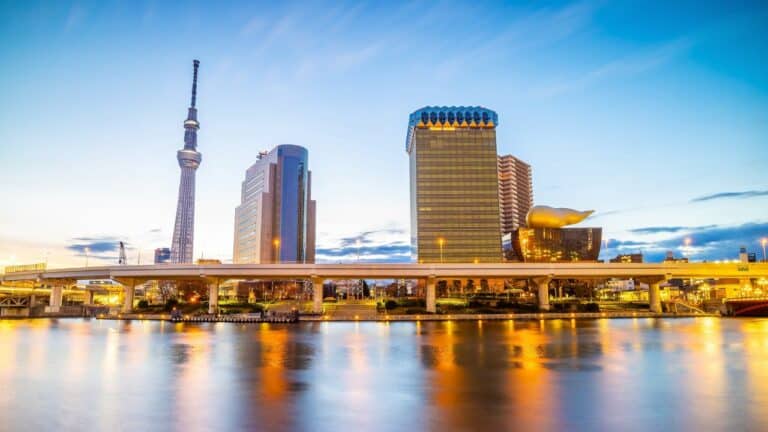
Planning Your Perfect 7 Day Itinerary in Tokyo
If you plan a trip to Tokyo, you’re in for a fantastic time! This vibrant city has something for everyone; with some planning, you can make the most of your visit. Below we’ve put together…
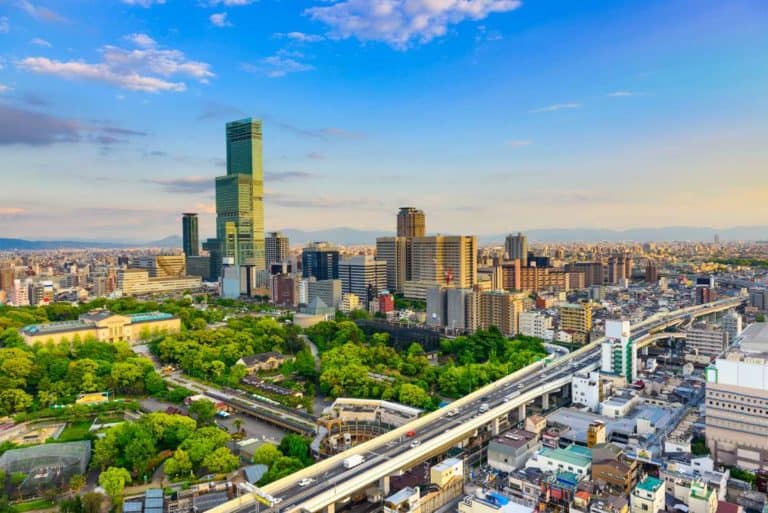
Is Osaka Worth Visiting? Culture, Food, and Nightlife
There is no simple answer to this question because it depends on what you are looking for in a destination. Osaka has much to offer tourists, including excellent food, a vibrant culture, and plenty of things…
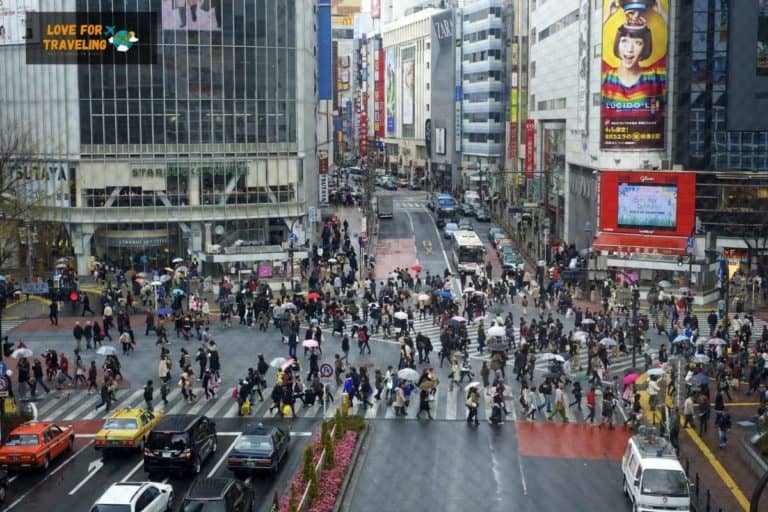
Where to Stay in Tokyo? Best Neighborhoods & Areas In 2023
As the world slowly recovers from the past year, Tokyo, Japan, is emerging as one of the top travel destinations for those hoping to resume their travel plans. With its vibrant culture, diverse attractions, and…
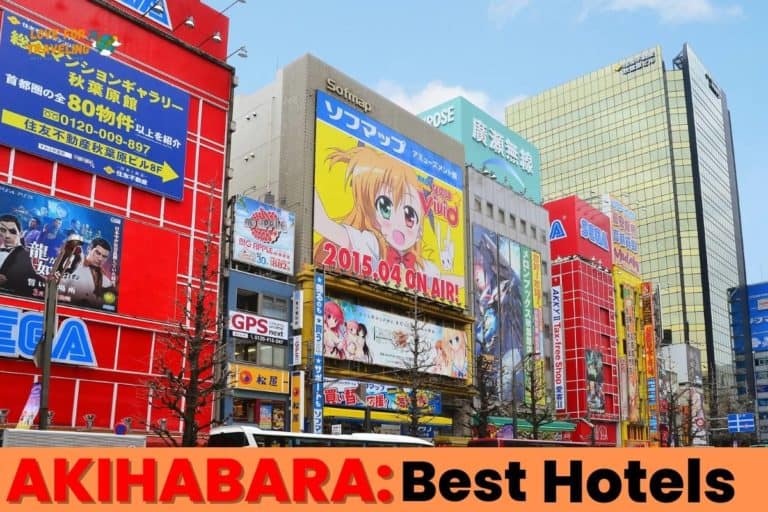
The 10 Best Hotels in Akihabara (For 2023): Otaku District
Akihabara is known as the electronics district, but it’s also home to various other stores, including anime, manga, video game retailers, cosplay cafes, and restaurants. The area is also popular with tourists, who experience the…

Top 11 Best Aquariums in Japan
For many people, Japan is an exotic destination where one can enjoy the sights and sounds of Japanese culture. For others, it’s a place to go for business or study. But for those genuinely adventurous,…
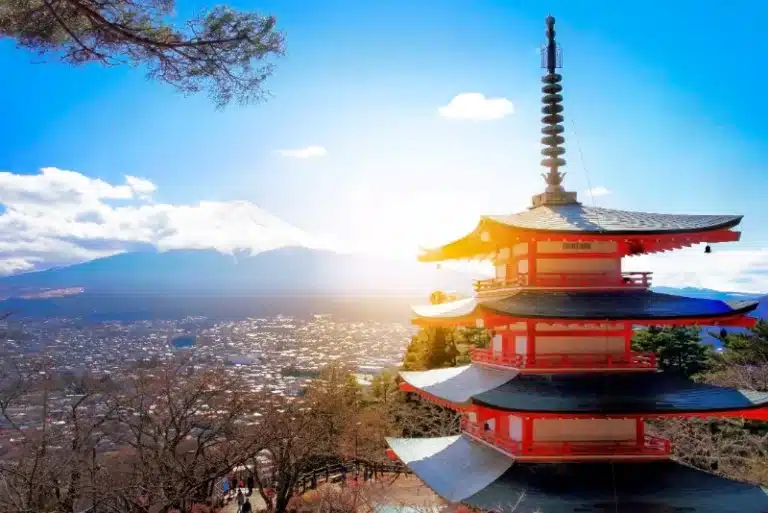
When is the Best time to visit Japan?
This question is asked a lot, and it takes time to answer. Japan’s seasons are reversed from the Northern Hemisphere, so what’s considered the “best” time to visit depends on what you’re looking for. For…
Leave a Reply Cancel reply
You must be logged in to post a comment.

5 Reasons Why You Should Visit Kyoto
Japan is a hugely popular tourist destination and for good reason. It’s a country of extreme natural beauty, intriguing cities, wonderful people, and amazing history and culture.
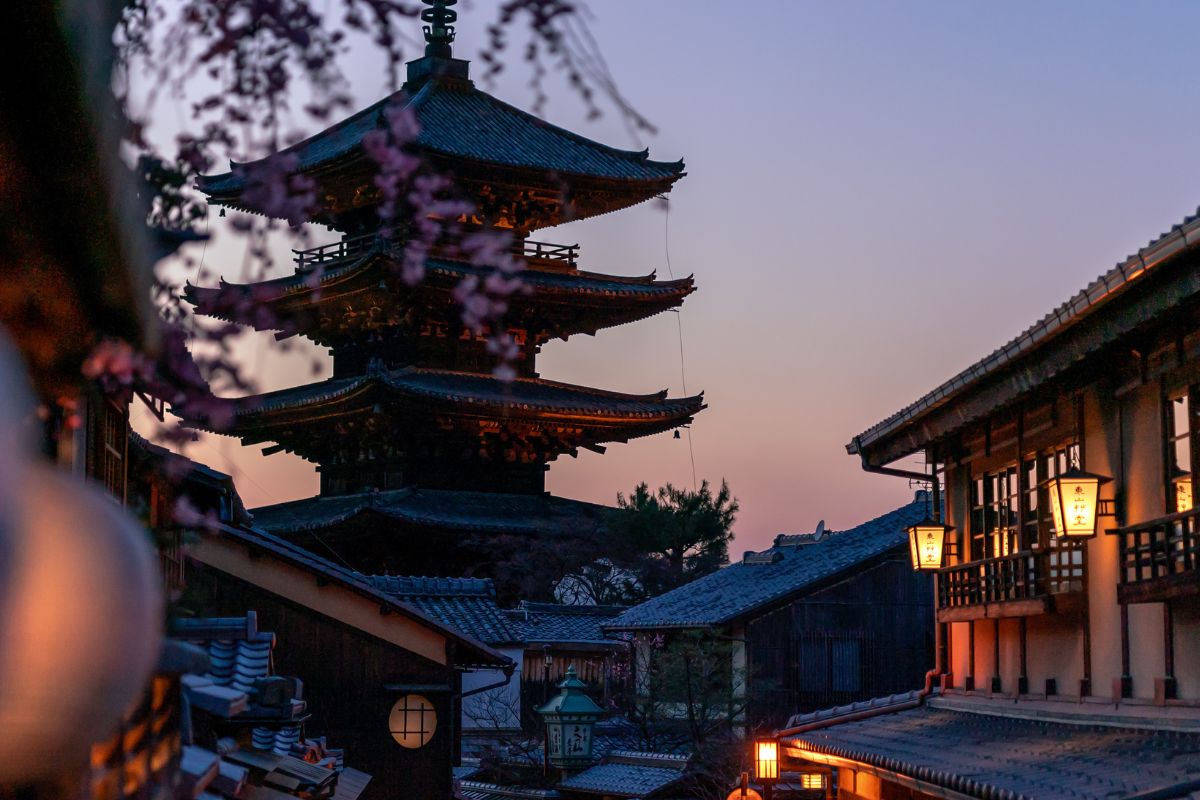
With so much to offer, planning the perfect trip can be difficult, especially when it comes to deciding where to go.
However, if you want a place that has the greatest concentration of history, culture, and natural beauty, you need to visit Kyoto (see also ‘ Does it snow in Kyoto ‘).
Once the capital of Japan , Kyoto is an ancient city found on the island of Honshu. It is most famous for its traditional Buddhist temples, lush gardens, stunning palaces, incredible wooden architecture, and Shinto shrines.
Today, we want to tell you why you should visit Kyoto. We’ll do this by giving you 5 awesome reasons.
If you need travel inspiration or simply want to learn more about Kyoto , be sure to stick around!
1. Kyoto’s UNESCO World Heritage Sites
Arguably the biggest reason anybody should visit Kyoto is for its UNESCO World Heritage Sites.
UNESCO World Heritage Sites are natural or cultural sites that offer “Outstanding Universal Value”. Sites that are considered to offer this value are then listed on the World Heritage list. This is done by the World Heritage Committee.
Cities all over the world consider themselves lucky if one or two of their sites are listed as UNESCO World Heritage Sites, so Kyoto’s 17 is quite remarkable. The fact Kyoto has 17 different UNESCO sites says a lot about this ancient city and makes it well worth a visit.
There are also another three sites known by the name Historic Monuments of Ancient Kyoto, but they sit in neighboring cities Otsu and Uji.
Byodo-in Temple, Nijo Castle, Kinkaku-ji, and Toji are just some of the sites you need to pay a visit to.
One of our favorites is Kiyomizu-dera Temple as it offers unparalleled views of the city and insight into Kyoto’s history . This temple is actually on the shortlist for the New 7 Wonders of the World.
2. Kyoto’s Landscape
Kyoto isn’t just famous for its UNESCO World Heritage Sites. It’s also famous for its impressive landscape, particularly within the Arashiyama district.
The Arashiyama district is the city’s second most popular sightseeing district. It is packed with shrines, temples, forests, and the mindblowing Bamboo Grove. In fact, the Bamboo Grove, also known as Sagano Bamboo Forest, is one of the most popular tourist attractions in all of Japan.
This quite magical bamboo forest is completely natural but looks totally alien and man-made. It features extremely large Moso Bamboo shoots, allowing only a few rays of sunlight to pass through. The forest has several different paths to follow, giving visitors a memorable walk.
Throughout Kyoto’s landscape, you should also keep your eyes open for some of its stunning cherry blossom trees, which display beautiful white and pink flowers throughout the year.
The best time to spot a blooming cherry blossom tree is from late March to mid-April (see also ‘ What Do Cherry Blossoms Smell Like ‘). If you’re lucky, you may even spot them in the first few weeks of May.
3. Fushimi Inari Shrine
No matter where you plan on visiting in Japan, you simply have to try your very best to visit Kyoto, even if it’s just to see the 10,000 gates of Fushimi Inari. Kyoto has plenty of unique and unbelievably beautiful landmarks, but Fushimi Inari Shrine has to be the best.
If you have social media and follow any travel-related profiles, you’ll almost certainly have seen this shrine before. Located in Kushimi-ku, Fushimi Inari is the head shrine that sits at the top of Mt. Inari.
While the shrine itself is pretty spectacular, sitting 233 meters above sea level, the trail up the mountain is what draws millions of tourists every year.
Fushimi Inari is famous for the thousands of vermilion torii gates that direct visitors up the mountain. Unbelievably, there are 10,000 of these vibrant orange gates. Together, they form a unique tunnel-like path that leads to a sacred forest and the shrine above.
4. Downtown Shopping
One of the things Japan is famous for is its shopping scene. While Tokyo might be the more popular place to shop, Kyoto has a fantastic array of shopping opportunities in its downtown.
In fact, a lot of visitors end up bringing an extra bag with them just so they can fill it with interesting items.
In Kyoto’s downtown and shopping district, you’ll find a wide range of interesting and incredibly cute things to buy and taste. The most popular street to visit is called Kawaramachi.

Aside from shops selling traditional Japanese items and souvenirs, you’ll also find an abundance of tasty places to eat and drink.
One popular pastime for locals and tourists alike is sake tasting . This gives you the chance to blow off a bit of steam and interact with the friendly locals.
Some of the souvenirs to look out for include hand-made lanterns, teddy bears, and plush toys.
5. Higashiyama
Finally, if the other reasons haven’t already been enough to tempt you into visiting Kyoto, hopefully, Higashiyama will.
Found along the slopes of Kyoto’s eastern mountains, Higashiyama is a district that takes tourists back in time. Famous for its gorgeous wooden architecture, picturesque alleyways, and merchant shops, Higashiyama preserves feudal-era Japan.
If you want to step back in time to see and feel ancient Japan, this is the place to go. The wooden-built historical quarter is packed with tea houses, restaurants, pottery stores, and lantern-lit Shinto sites.
The area is also home to some of the city’s most iconic attractions and landmarks. What makes this part of Kyoto even more special is the wonderful color provided by cherry blossom trees that line the streets and alleyways.
If you’re lucky enough to visit Higashiyama, we strongly advise heading there for sunrise or sunset. Both are magical and give the district an even better sense of tranquility and beauty.
Final Thoughts
There you have it, 5 reasons why you should visit Kyoto . Kyoto is a magical city full of intrigue, beauty, and excitement. While it may not be the first city on everyone’s Japan bucket list, it is definitely one you should reserve time for when visiting the country.
Now you’ve made your way through this post, we hope we’ve given you the inspiration you need to plan an awesome trip to Kyoto. If we have, why not plan your trip around the 5 things we have looked at, we’re sure you won’t be left disappointed.
Don’t forget to take an extra bag for all those souvenirs you’ll want to take home.
- Recent Posts
- 16 Best Websites To Watch Japanese Movies With English Subtitles - May 11, 2023
- Is ZIPAIR The Best Airline For Traveling To Japan? - May 11, 2023
- Ryu Murakami Vs Haruki Murakami – Which One Should You Read? - May 11, 2023
Related Posts:


Top 6 Reasons to Visit Kyoto
by Paula McInerney | Apr 3, 2018 | DESTINATIONS , Japan , Kyoto | 6 comments
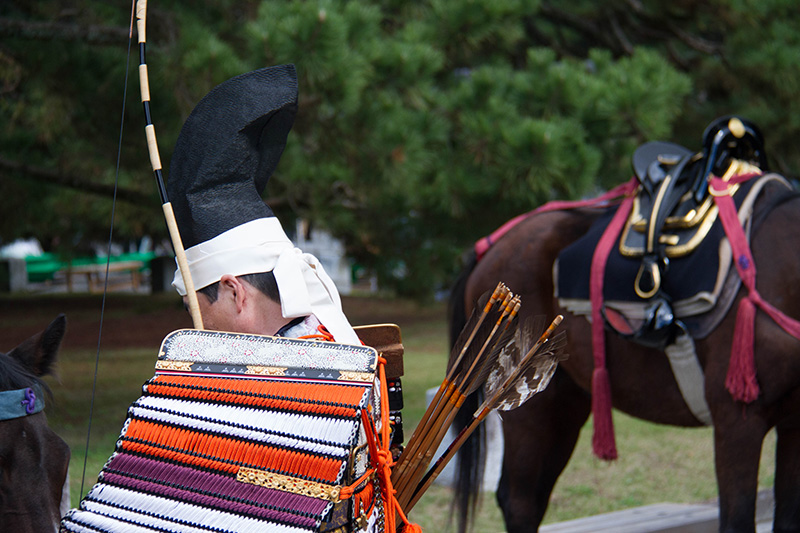
There are many reasons why you should visit the city of Kyoto, and these are the Top 6 Reasons to Visit Kyoto with a lot of visual encouragement for you.
Kyoto was the imperial capital of Japan for more than 1,000 years , from 794 through until 1869. Kyoto is a highly historic and cultural center. The temples abound, the Shinto Shrines are all around, and Kyoto oozes total charm . The people are welcoming, the food is outstanding, and the city just continues to beckon travelers from afar. Kyoto is a place of quiet temples, sublime gardens, colorful shrines and geisha are walking the streets. How many tourists visit Kyoto each year? Kyoto receives over 500,000 foreign tourists every year, and this is growing.
Editor note, updated March, 2018
Etiquette when Visiting Japan
- 0.1 Etiquette when Visiting Japan
- 0.2 Flights to Japan
- 0.3 Getting to Kyoto
- 0.4 Where to stay in Kyoto
- 1.1 1. Temples and Architecture
- 1.2 2. Gardens and Forests and Cherry Blossoms
- 1.3 3. Sake and Food
- 1.4 4. Festivals
- 1.5 5. Exploring Gion
- 1.6 6. Kyoto at Night
Before going to Japan it pays to understand the culture and the etiquette you should observe as visitors. Read about it here.

Flights to Japan
Skyscanner compares all airlines and booking sites to get the cheapest fares for you yo Japan. To find the flight to best suit your trip to Japan click on this Skyscanner flight link
Getting to Kyoto
Getting from Tokyo to Kyoto or Osaka to Kyoto, or from anywhere in Japan is easy with the Japan Rail Pass . You should take the Shinkansen Hikari train from either Tokyo Station or Shinagawa Station in central Tokyo , and arrive at Kyoto Station. Three trains run on the Tokaido Shinkansen line: Nozomi, Hikari, and Kodama.
Where to stay in Kyoto
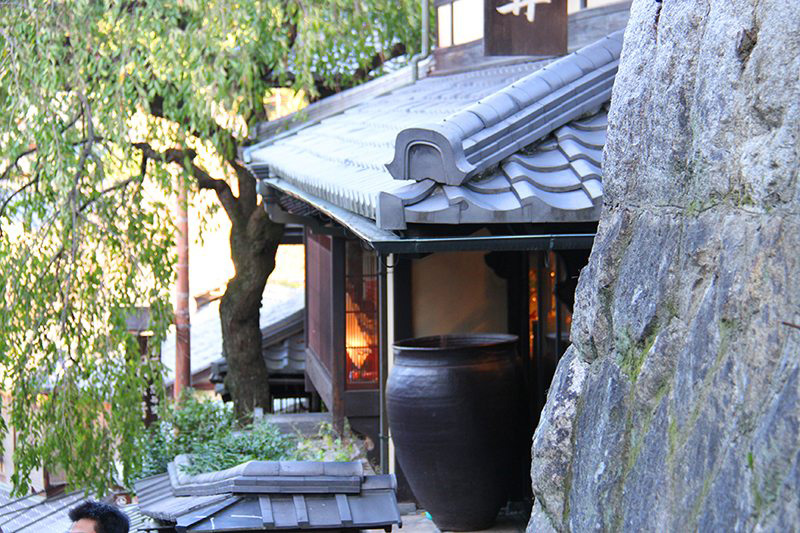
Momijiya Bekkan Kawa no Iori
Umegahata Takao, Ukyo-ku ,
This ryokan is set between the mountains on the bank of a river. Slightly outside of the city, it is what Japan is all about. Read about staying in a ryokan , a traditional Japanese inn. Read latest Trip Advisor Reviews and get the latest prices here.
APA Hotel Kyoto-Ekimae
806 Minami Fudodocho Shiokoji-sagaru, Shimogyo-ku,
The hotel is centrally located, and is very convenient for travellers, just a few blocks from Kyoto main train station. Read latest Trip Advisor Reviews and get the latest prices here.
Hotel Honnoji
522 Shimohonnoji Teramaemachi, Oike-kudaru, Teramachidori,
Great location, budget hotel/ryokan. Read latest Trip Advisor Reviews and get the latest prices here.
Centurion Cabin & Spa Kyoto
Great location as well, right on major street with tons of shopping and close to train station, with sauna and Jacuzzi. Read latest Trip Advisor Reviews and get the latest prices here.
There are 17 UNESCO World Heritage Sites in Kyoto. Kiyomizu-dera Temple is dramatic. Kinkaku-ji Temple, the famed “Golden Pavilion” is an unforgettable site. Ginkaku-ji Temple is called the “Silver Pavilion”. Tenryu-ji Temple is amazing temple in Arashiyama…and it goes on. See more here .
1. Temples and Architecture
There are 1,600 Zen, Shinto, and Buddhist temples and shrines, in Kyoto. The most impressive temples are in the Higashiyama district. Always crowded but always worth it, is the Kiyomizu Dera Temple. It would be remiss to miss Kinkakuji – The Golden Pavilion and Fushimi Inari-Taisha. It is lovely trek to the top of the hill to one of the most photographed shrines in Kyoto. Remember to bring a good camera to capture your experiences.
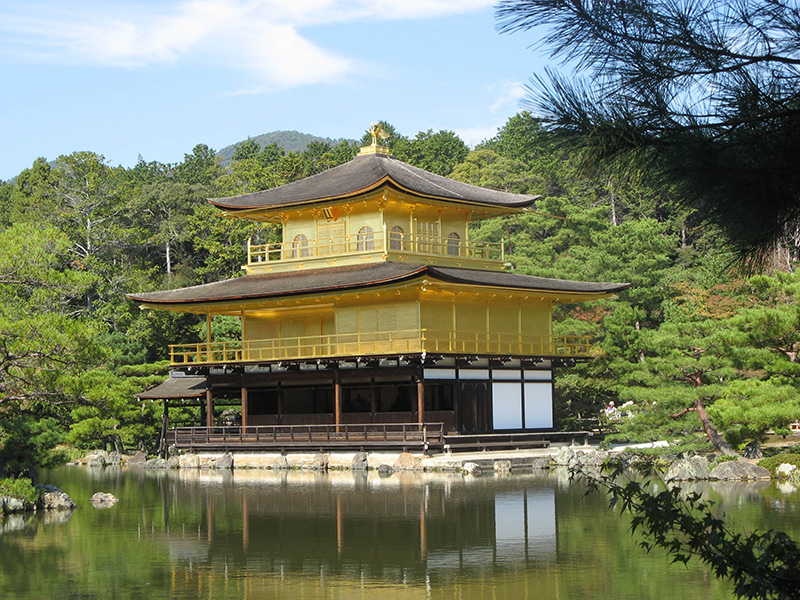
2. Gardens and Forests and Cherry Blossoms
In Arashiyama, you can find the famous Sagano Bamboo Forest, which is quite ethereal. Beautiful gardens are to be found everywhere in Kyoto. Kyoto is famous for its cherry blossoms, which are best seen in April. Some of the best spots to see this visual display are Philosopher’s Path , Maruyama Park , Arashiyama and Heian Shrine, but wherever you go, you will be astounded at the beauty of the Cherry Blossom season in Kyoto.
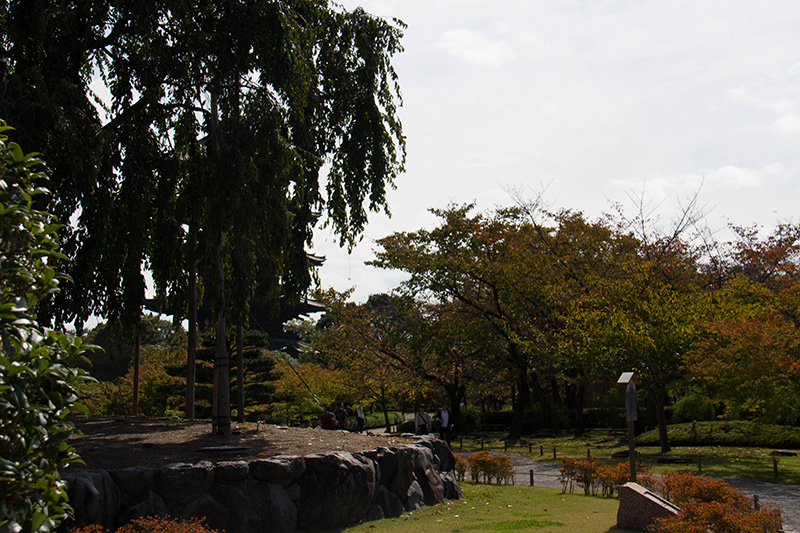
3. Sake and Food
You need to visit the sake brewery in Kyoto.In Japan, the preferred word for rice wine or sake is “Nihonshu,” which is one of the things we learned on our visit to the Gekkeikan Okura Sake Museum. Hear and experience the history of the traditional Japanese dish we know as sake.We had already learned how to drink sake correctly when we were in Nozawa Onsen, and if you want to know the correct etiquette, just read her. Address: 247 Minamihama-cho, Fushimi-ku, Kyoto City. Many people choose to do an Afternoon Izakaya Cooking Course , where you wear traditional buddhist monk clothing to embrace the cultural experienc and prepare 4-5 authentic dishes that are often eaten in Japanese homes and Izakaya restaurants
Food abounds everywhere in Kyoto, and the food belt of the city is the Nishiki Market, where the food tastes amazing, but better still, it looks amazing. Kyoto take great pride in everything that they do. Okonomiyake is a speciality in Kyoto, as it is in Nozawa Onsen where we ski

4. Festivals
This is all about the celebration of Japan’s former imperial capital, Kyoto. The Gion Matsuri is Kyoto’s biggest annual festival, and the Jidai Matsuri Festival is the festival of the ages , occurring every year on October 22nd. The festival features some 2500 people wearing costumes ranging from the 8th to the 19th-century parade. The parade goes from the Imperial Palace to the Heian-jingu shrine. Regardless of festivals, you need to visit Kyoto Imperial Palace.
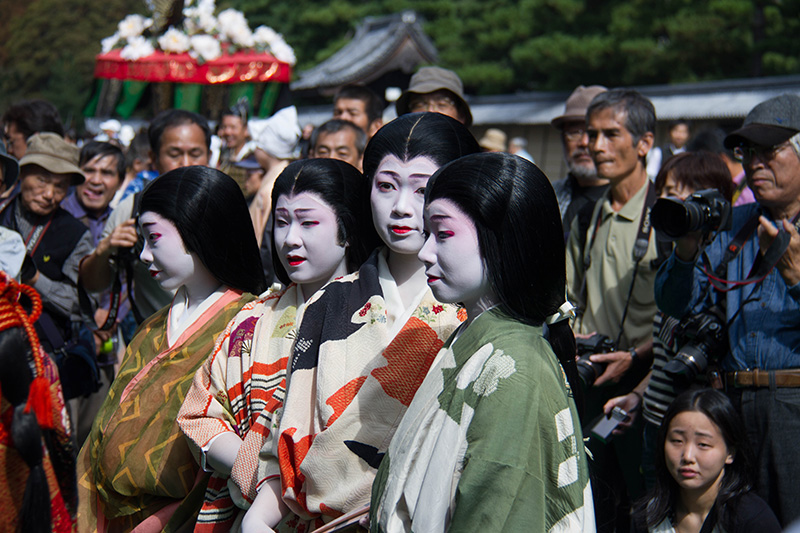
5. Exploring Gion
A must visit in Kyoto in the heart of Kyoto lies Gion, the city’s most famous entertainment district and the center of its traditional arts.Gion is Kyoto’s most famous geiko (geisha) district, and a very popular place with tourists for good reason.Make sure to explore the old streets and admire the traditional Japanese wooden houses, called machiya. Try a Kyoto Geisha Districts Tour or some Kyoto Backstreet Cycling
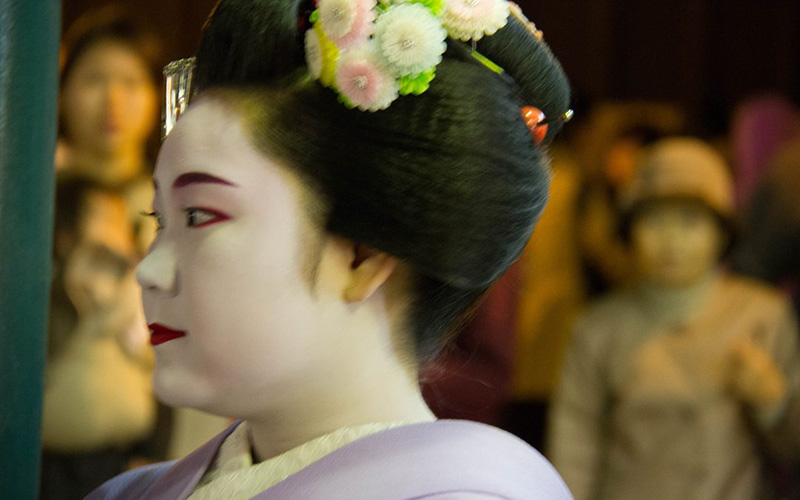
6. Kyoto at Night
Kyoto is enchanting at night, It is a safe city to walk around and capture the ethereal glow of the lights .
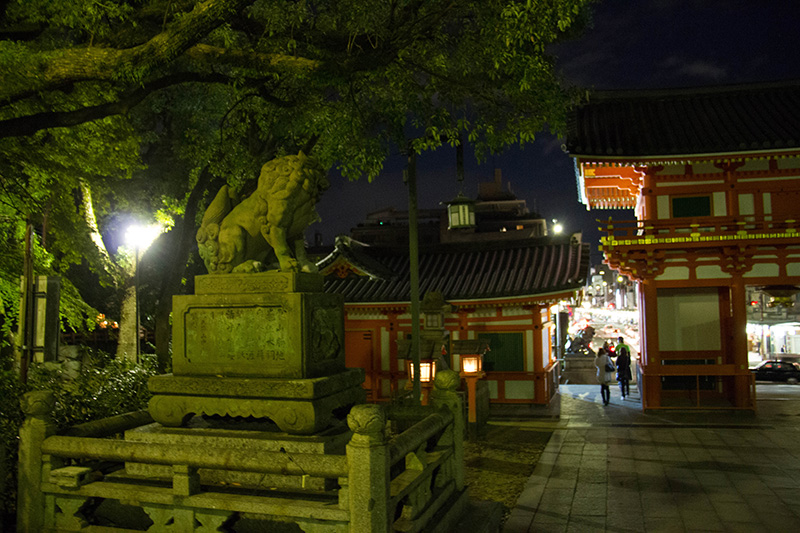
These are the Top 6 Reasons to Visit Kyoto, and there are many more.
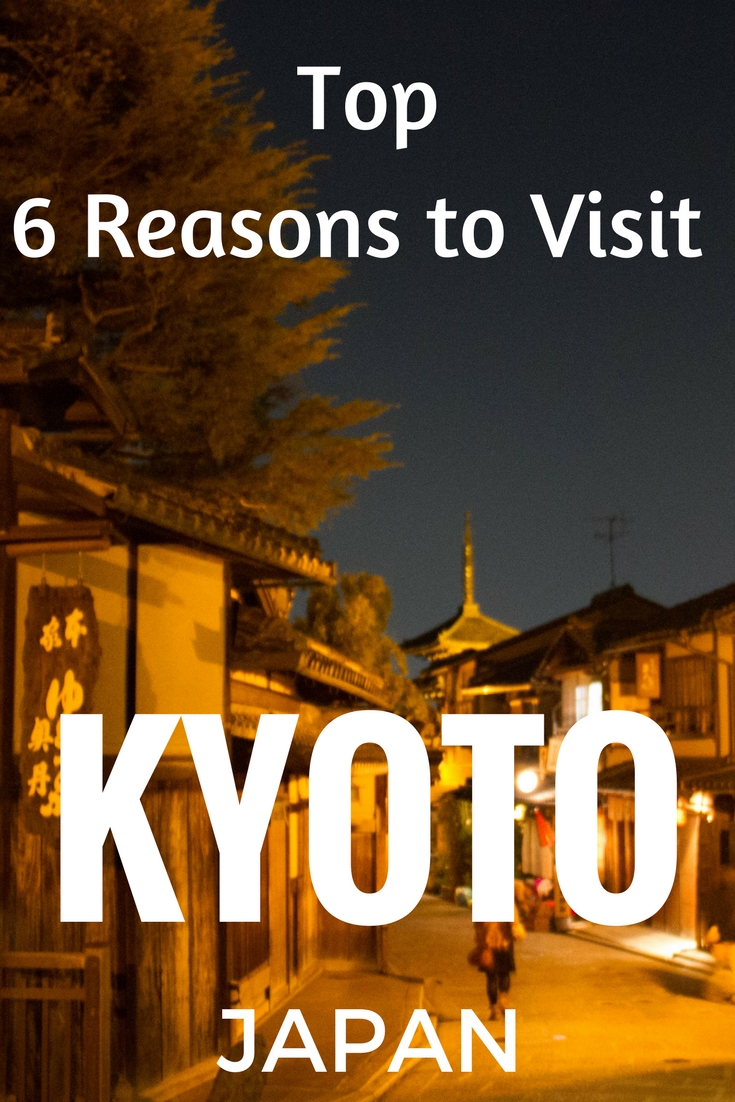
- Google Plus
Related posts:
No related posts.
‘Love it. I can’t wait to see Japan myself – Through Your Eyes!
you will love Japan. It is very different in the best possible way. We should meet there.
All such great reasons to visit! We absolutely loved Kyoto! We were only there for a day so would really love to return and explore more temples and gardens. Beautiful photos!
Kyoto is a beautiful city, and one we will return to.
The photos of the city are amazing. You have done a great job of making me want to visit Kyoto.
Kyoto is well worth visiting. Hope you get there soon.
Submit a Comment Cancel reply
Your email address will not be published. Required fields are marked *
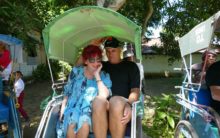
We love experiencing a country, city or place by connecting to its history, people and culture.
We know that today’s traveller seek experiences, because that is what we also do.
Pin It on Pinterest
Supported browsers For optimal use of this website, we recommend using one of the following browsers. Please note that use of a different browser may result in your not being able to access the site.
- - Internet Explorer 9 or later
- - Google Chrome (latest version)
- - Firefox (latest version)
- - Safari (latest version)
By using this site, you agree to the use of cookies. See our Site Policy for more information.

JAPAN 05:01.PM
JAPAN 17:01.PM
4 Reasons to Choose Kyoto as a Destination
- Past Events
- Kyoto Promotional Videos
- Kyoto’s UNESCO World Cultural Heritage Sites
- Yearly Events in Kyoto
- Dedication to Sustainability
- Kyoto MICE Fund
Support & Services
- Support Menu
- Subsidy for Attracting Large-Scale International Conventions
- Subsidies for Meetings & Events in Kyoto
- Kyoto Culture for Meetings & Events Subsidy
- Provision of Promotional Materials
- Provision of Sightseeing Maps
- Kyoto Traditional Handicraft Rental Program for Meetings and Events
- Kyoto Meeting Planning Guide
- Lending of Promotional Images
- Lending of Promotional Videos
Meeting Facilities & Accommodations
- Meeting Facilities
- Accommodations
- Unique Venues
- Convention Pass
- Getting Around Kyoto
- Handy Train & Bus Tool
- Sample Plans
- Meeting & Event-Related Businesses
- Unique Kyoto Experiences
- Kyoto Cuisine
- Traditional Kyoto Products
Kyoto is a perfect destination for meetings and events, for the reasons below:
① Kyoto: A Harmony of Tradition and Innovation
With over 1,200 years of history, Kyoto is home to beautiful natural scenery interwoven with historical buildings and traditional architecture. At the same time, Kyoto is a city of learning and creation , with a high concentration of cutting-edge universities, research institutions, and companies. The result is a uniquely Kyoto harmony between preserving centuries of tradition and continually innovating for the future.
About Kyoto's logo for the meetings industry:
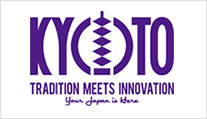
Our logo represents Kyoto as a place where rich culture backed by history and tradition meets future economic and industrial breakthroughs. It encapsulates the hope that Kyoto will be a place where tradition meets innovation, and where people gather to consider the prosperity and peace of the world 1000 years in the future. *This logo can be used in promotional materials to attract meetings and events to Kyoto. Please contact the Convention Bureau for more details.
② Kyoto: The Cultural Capital of Japan and the No. 1 Tourism City in the World
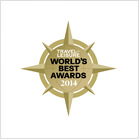
Kyoto is home to 17 UNESCO World Cultural Heritage Sites and over 2,000 temples and shrines. Additionally, Kyoto was rated “The World's Best City” for 2 consecutive years in 2014 and 2015 by readers of “Travel+Leisure”, one of the world's most influential travel magazines. Readers cited magical experiences and described Kyoto as the best place in the world for culture and beauty, and it has remained in the top 10 of the magazine's World's Best Awards every year since 2012. In an ancient capital recognized as the best in the world, meetings and events in Kyoto can offer an experience like no other.
③ Kyoto: Global MICE Strategic Cityy

Kyoto was selected as a “Global MICE Strategic City” by the Japanese government in 2013, as part of a program to grow the capabilities of key leading cities in the meetings industry in Japan. Kyoto's support systems and industry knowhow are among the best in the world. In addition, the Kyoto Convention & Visitors Bureau is a member of ICCA (International Congress and Convention Association), the top international organization for promotion of the meetings industry. With valuable knowledge gained through working with ICCA, the Convention Bureau offers strong support for meetings and events in Kyoto through a variety of services and systems .
④ Kyoto: City of "Omotenashi" (Hospitality)
Kyoto's long history of harmony has created a culture of hospitality that can be experienced not only at meeting facilities and accommodations but throughout the city. Kyoto City and the Kyoto Convention & Visitors Bureau aim to make Kyoto a global tourism city and have implemented numerous initiatives to enhance the visitor experience, including interaction with residents.
Multilingual Support
Kyoto Prefecture and Kyoto City run a 24-hour multilingual call center to provide language support for accommodations and the city transportation bureau (English, Chinese, Korean, Spanish, Portuguese).
Muslim Support
Kyoto has many restaurants and hotels that cater to Muslim guests, and the website below provides information to help Muslim visitors plan their stay in Kyoto.
- Muslim Friendly Kyoto
Tax-free Shops
Kyoto is home to many tax-free shops that can be used by short-term visitors.
- Kyoto Tax-free Shop Information
Withdrawing Cash
International cards can be used to withdraw cash at Seven Bank ATMs , including Visa, Mastercard, American Express, JCB, Diners Club, Discover, China UnionPay, Maestro, Cirrus, and Plus. Seven Bank ATMs can be used in English, Korean, Chinese, and Portuguese.
Access From Around the World
Kyoto can be reached in approximately 75 minutes from Kansai International Airport (KIX) or 1 hour from Itami International Airport (ITM), making it easily accessible from overseas.
Flight Information
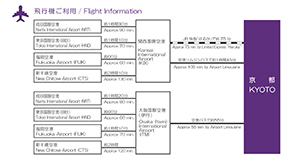
Click image to enlarge
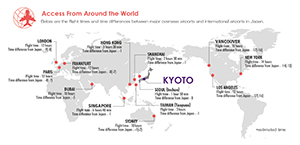
Additionally, Japan's famous shinkansen bullet trains stop at the transport hub Kyoto Station, facilitating easy domestic travel within Japan.
JR SHINKANSEN (Bullet Train)

Public Transportation
Kyoto City Buses and the Kyoto City Subway have English language support. Companies such as Yasaka Taxi and MK Taxi can provide hired cars and English-speaking drivers. Useful information about using Kyoto's buses and railways, including sightseeing information, can be found using the “Arukumachi KYOTO Route Planner,” accessible in both Japanese and English via computer or smartphone app.
20 Reasons Why You Should Visit Japan
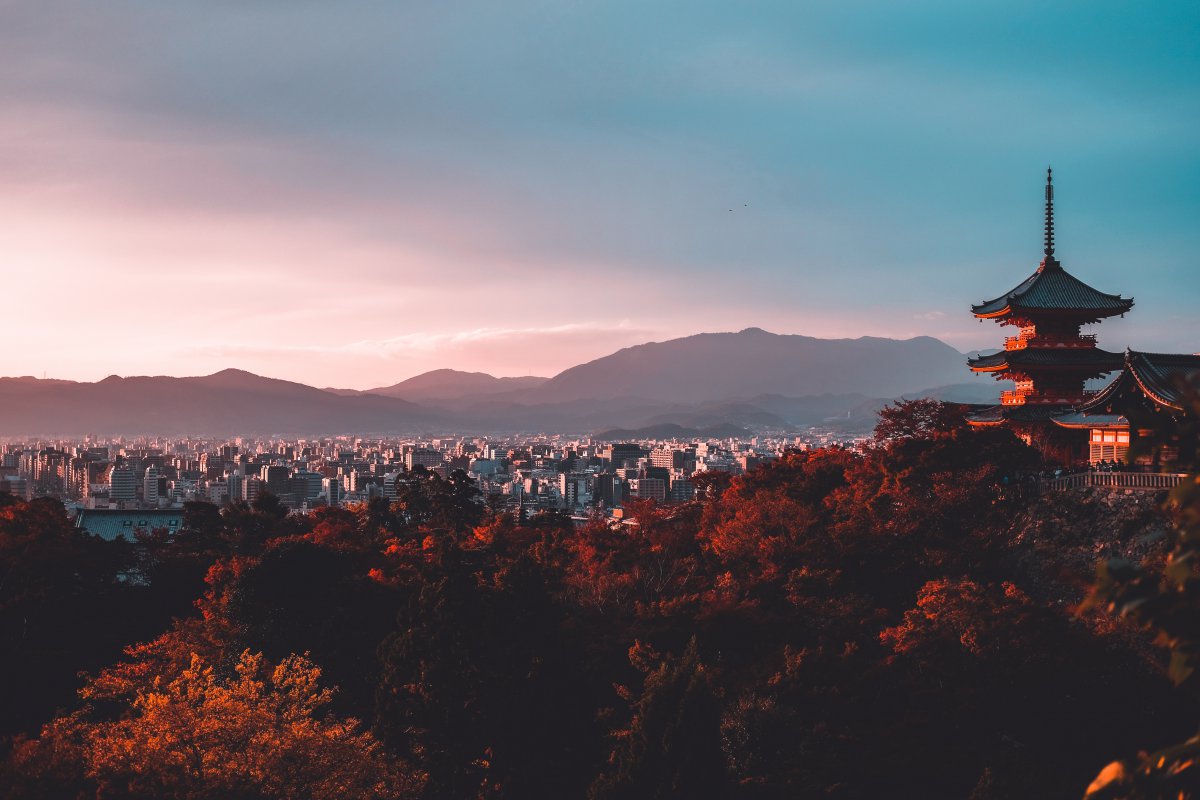
Japan is the most amazing tourist destination and it offers many unique experiences that you cannot find in any other part of the world. The culture of this country is an interesting blend of Eastern traditions and Western modernity that can be seen everywhere. Japan is one of the oldest civilizations and has a beautiful and diverse history. The stunning, diverse scenery with mountains and breathtaking views, which are much appreciated by the Japanese, offers so many different experiences that attract tourists from all corners of the world. In this article we give you our best reasons why you should make a trip to this amazing country at least once in your lifetime.

1. Pristine natural scenery
2. mount fuji , 4. incredible food, 5. beautiful temples, shrines, and zen gardens, 6. friendly people, 7. efficient public transportation, 8. thrilling experiences , 9. festivals/matsuri, 10. clean country, 11. shopper’s paradise, 12. weird stuff, 13. sakura (cherry blossoms), 15. onsen & sento , 16. unesco world heritage sites, 17. japanese castles , 18. sumo & sport events, 19. traditional arts and crafts, 20. unique accommodation, tour packages, other articles you might like.
The first reason to visit is obviously the natural beauty of the country. Even though many people think of Japan as a highly modern country with flashy neon lights and advanced technology, shopping malls and high-end stores, there are many ways in which Japan is a nature lover’s paradise as well!
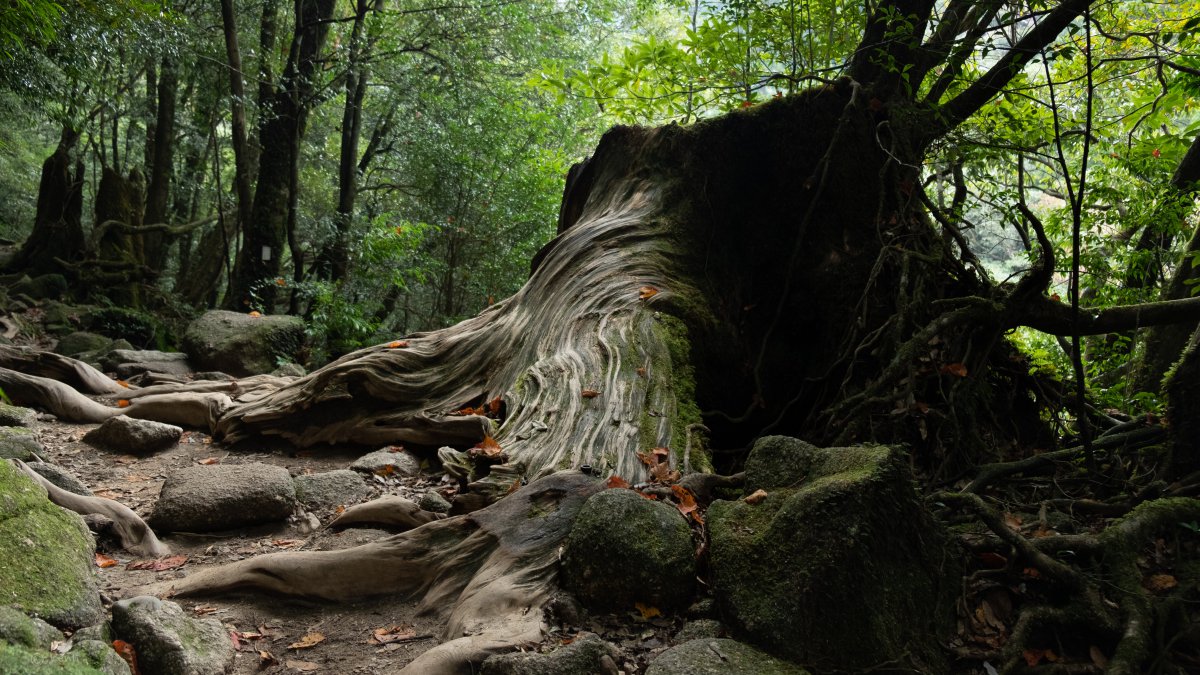
As soon as you travel outside of the big and modern cities you will discover that the country is home to some of the best natural scenery in the world . From the wilderness in Hokkaido to the white pristine beaches of Okinawa , Japan’s nature is incredibly diverse. The rugged mountains, rocky coastlines, pristine white beaches, bamboo forests and some of the world’s most beautiful waterfalls are just some of the natural beauty to be enjoyed all year round.

Mount Fuji is famous all over the world as a place to visit during any season of the year. But the majestic Fujisan is not ‘just a mountain’ as it takes a very special, sacred place in the Japanese culture. Since the 7th century it has been a sacred site for Shintoism, the indigenous religion of Japan . Japanese people have always held Mount Fuji close to their heart and Mount Fuji is displayed in many artistic outings, including (ancient) pottery, calligraphy, ukiyo-e paintings and woodblock prints.
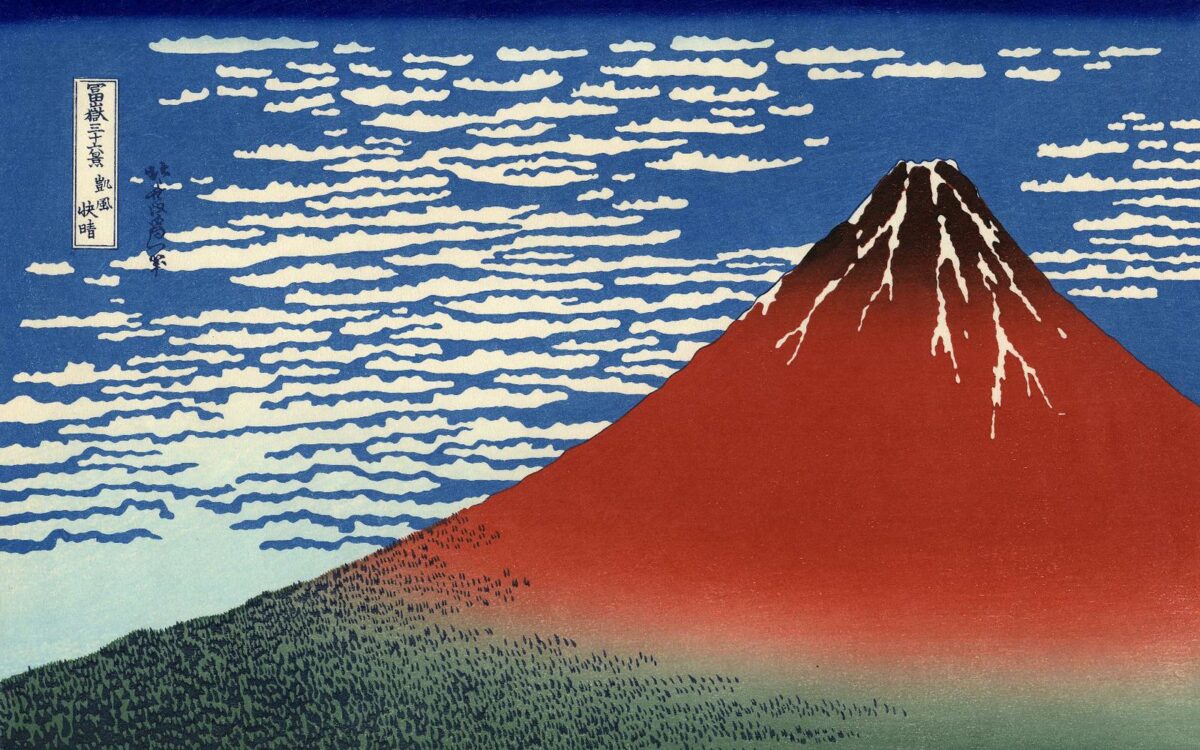
Climbing Mount Fuji is at the top of many people’s bucket list and an estimated 400,000 people climb the volcano each year. The climbing season of the highest peak (3,776 m) in Japan lasts from early July to early September. Though, even if you are not keen on making your way to the summit, Mount Fuji is a sight to behold .
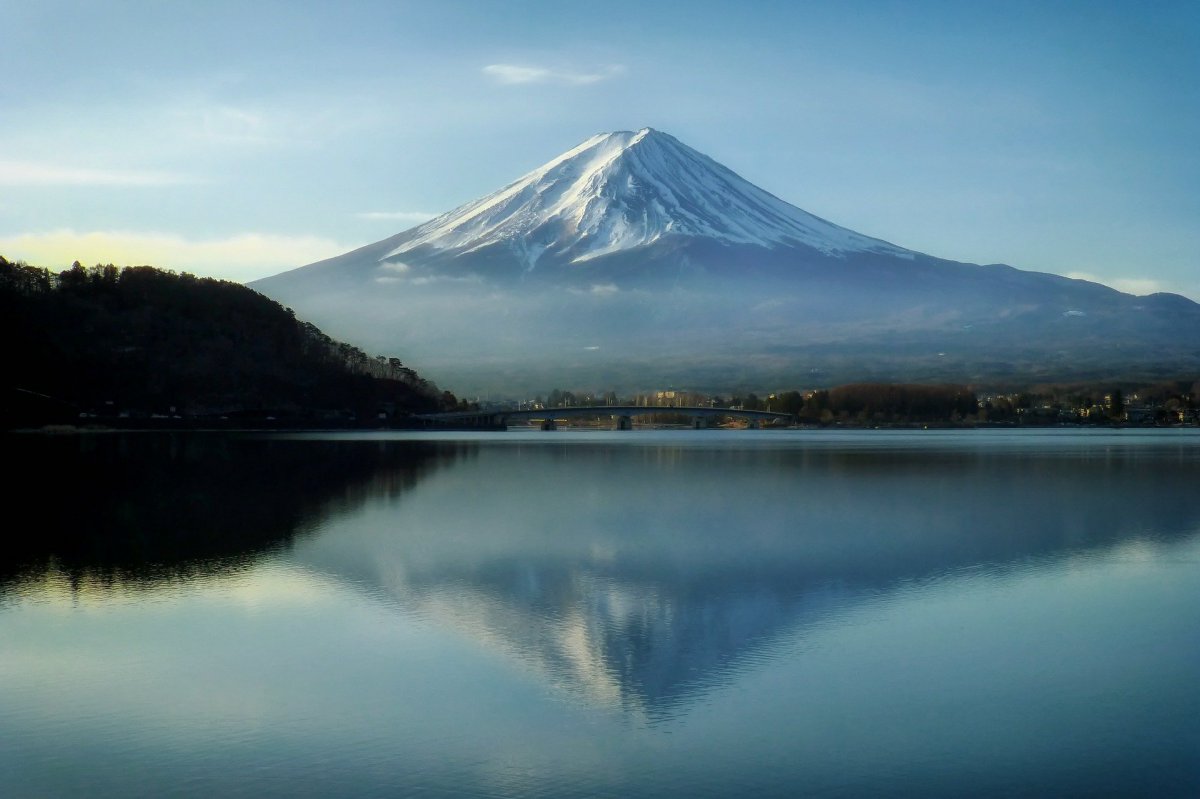
▼Book our tour to the 5th station of Mt. Fuji!
Japan is amongst the safest countries in the world , with an extremely low crime rate. This is something the Japanese are, understandably, quite proud of. Japanese people often leave their doors unlocked, children are perfectly safe traveling on the subway by themselves, and visitors are able to walk around the cities at night without having to worry. Japan’s low crime rate is partly due to the cultural belief in Japan where they always prioritize the common good above their own needs. You will likely come across some situations that you might think of as dangerous or stupid behaviour, but are perfectly normal in Japan. Japan is so safe, you can fall asleep on the train in Tokyo, the world’s biggest city, and wake up with your wallet and phone still in your possession. Or even on the street, you might see some salaryman passed out after 1 or 2 drinks too many but they won’t be robbed of their valuables. When you do forget something in a restaurant or on the train, always try to go back, it is highly likely that someone kept it for you or brought it to the police!
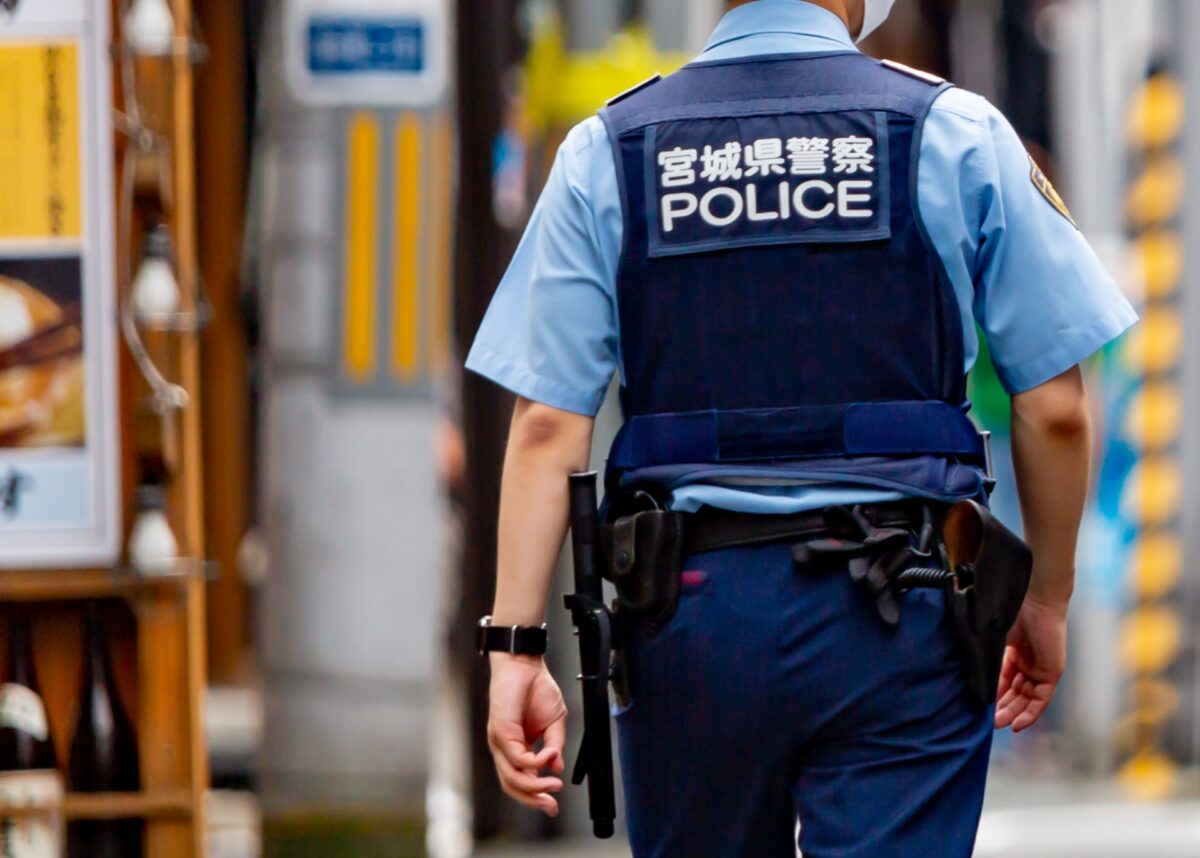
Even though Japanese cuisine is available around the world, the country attracts millions of tourists every year just to experience authentic Japanese food . Some of the usual experiences are the sushi conveyor belt and sake bars and don’t forget to try some fresh sushi at Tsukiji Fish Market or the delicious street food like takoyaki in Osaka.
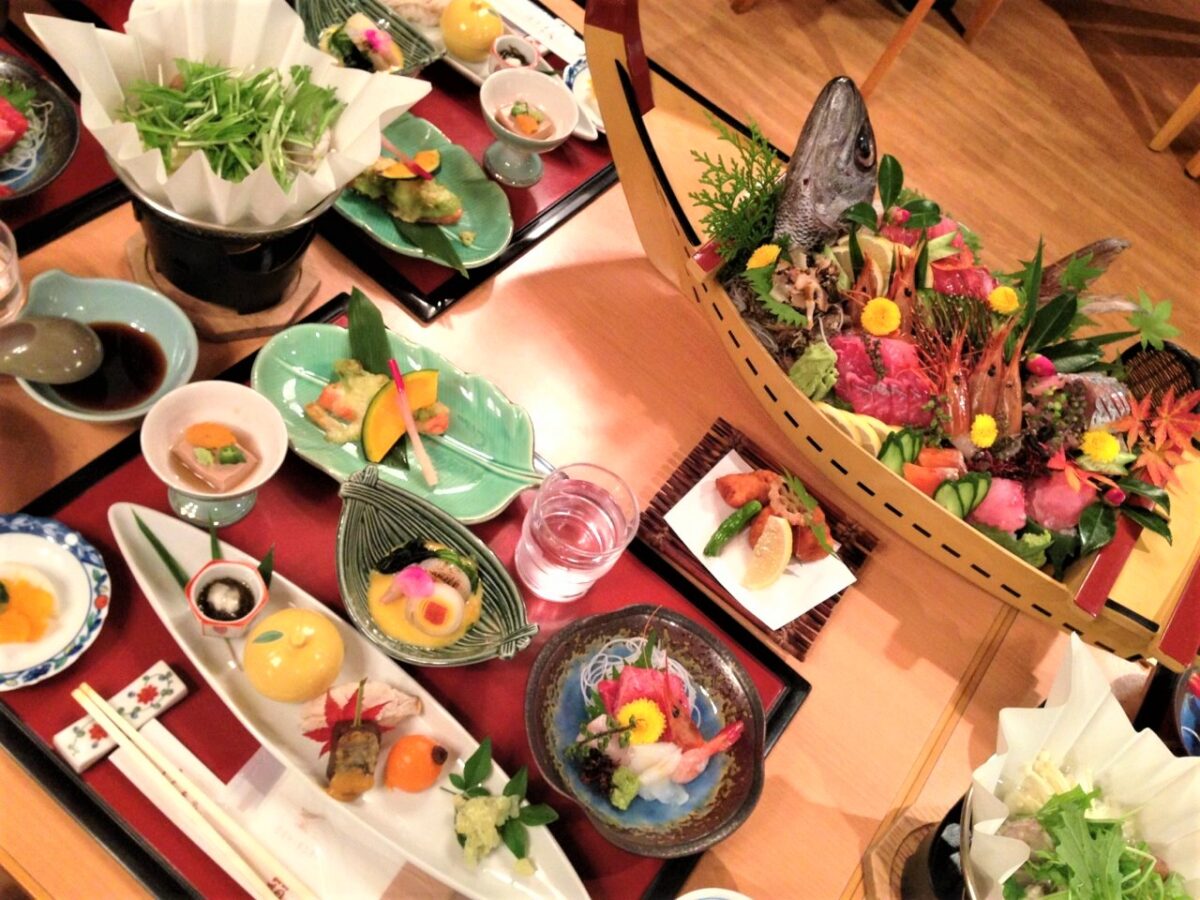
For many visitors, a trip to Japan provides the opportunity to indulge in some authentic Kaiseki food. Kaiseki is a traditional form of cuisine that has evolved over a period of thousands of years, using ingredients that are hardly found in any other part of the world. Any random, shady looking place makes the best sushi, ramen or tempura. Even the konbini food is tasty and freshly prepared on a daily basis. Tokyo has more Michelin stars than any other city in the world , with also the most three-star restaurants (12) in the world! Add to it a variety of traditional Japanese drinks and you have an experience of a lifetime waiting for you!
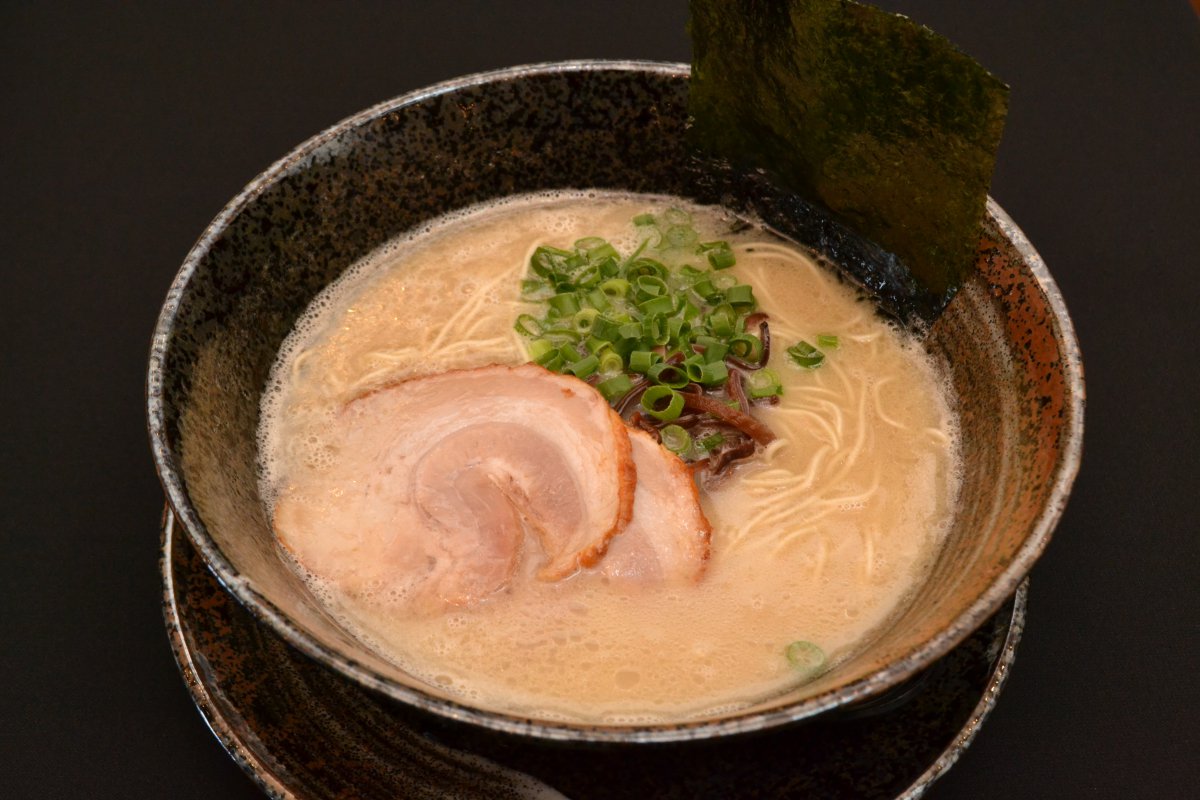
Are you hoping to try all the best food in Japan but don’t know where to start? Don’t worry, you can book a fun and delicious food and drink tour with us! We will assure that you will hit all the best spots that you would never normally stumble upon.
There are an estimated 80,000 temples and shrines in Japan of all sizes and some are over 1,000 years old! The Buddhist temples and zen gardens are incredibly beautiful and if you enter them you really can experience how peaceful and magical these places actually are.
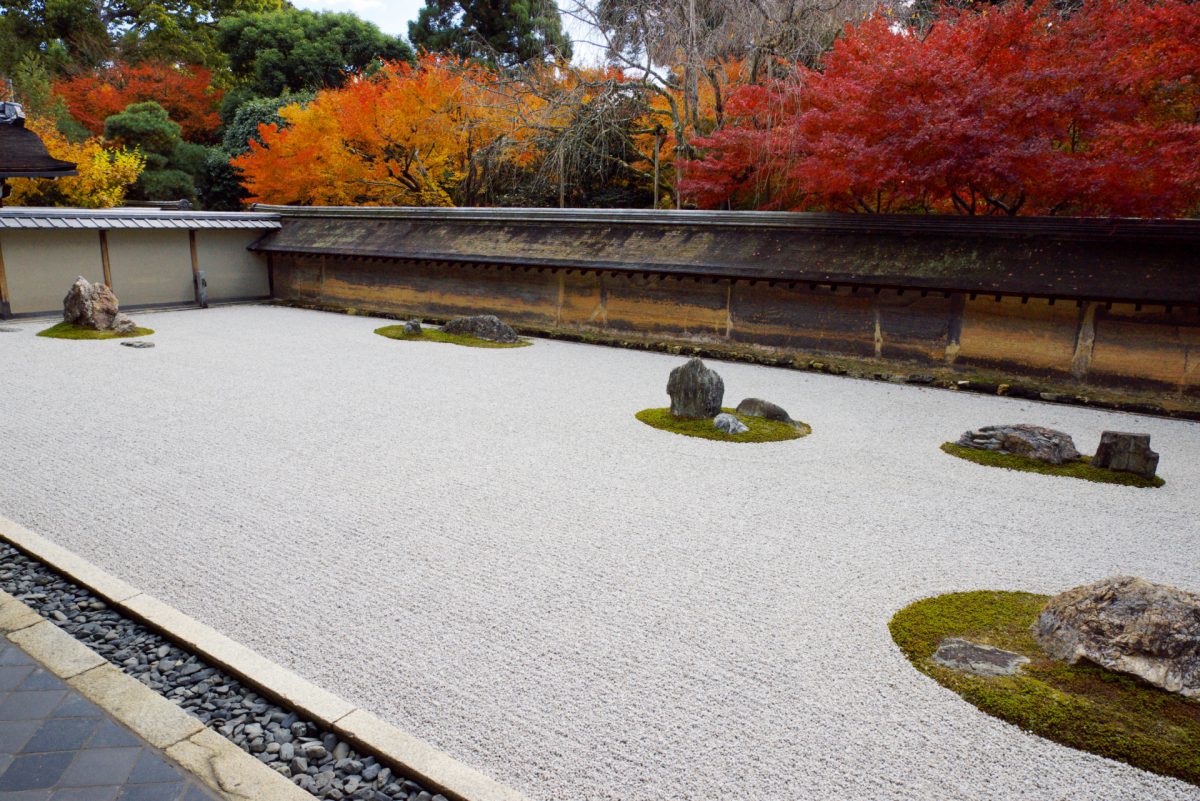
Inari Shrines are the most familiar Shinto shrines to Japanese people and they are also known as “o-inari-san”. Thousands of them are spread all over the country. One of the most important Inari Shrine is Fushimi Inari in Kyoto, which is dedicated to Inari, the Shinto god of rice. It is famous for its thousands of vermilion Torii gates and definitely something you have to see with your own eyes.
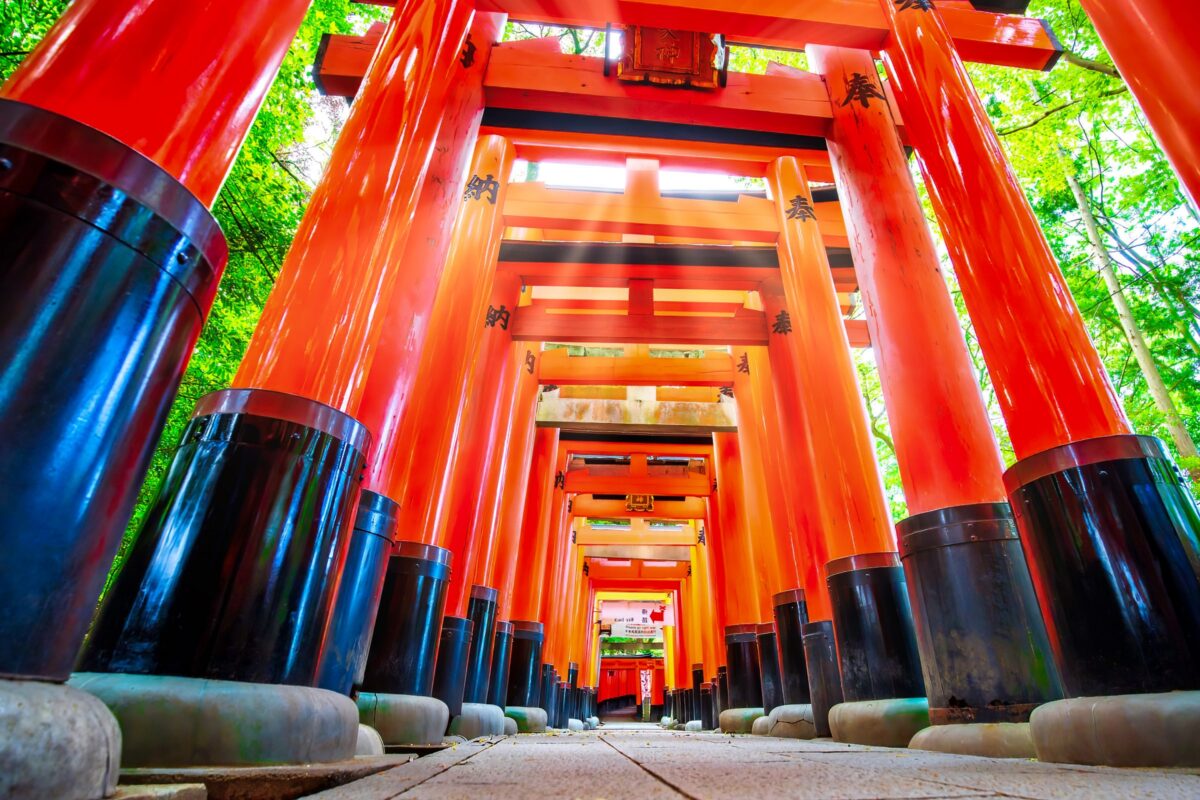
Even if you are not visiting Kyoto, you will have the opportunity to visit shrines with rows of torii gates throughout the country , even in the centre of Tokyo!
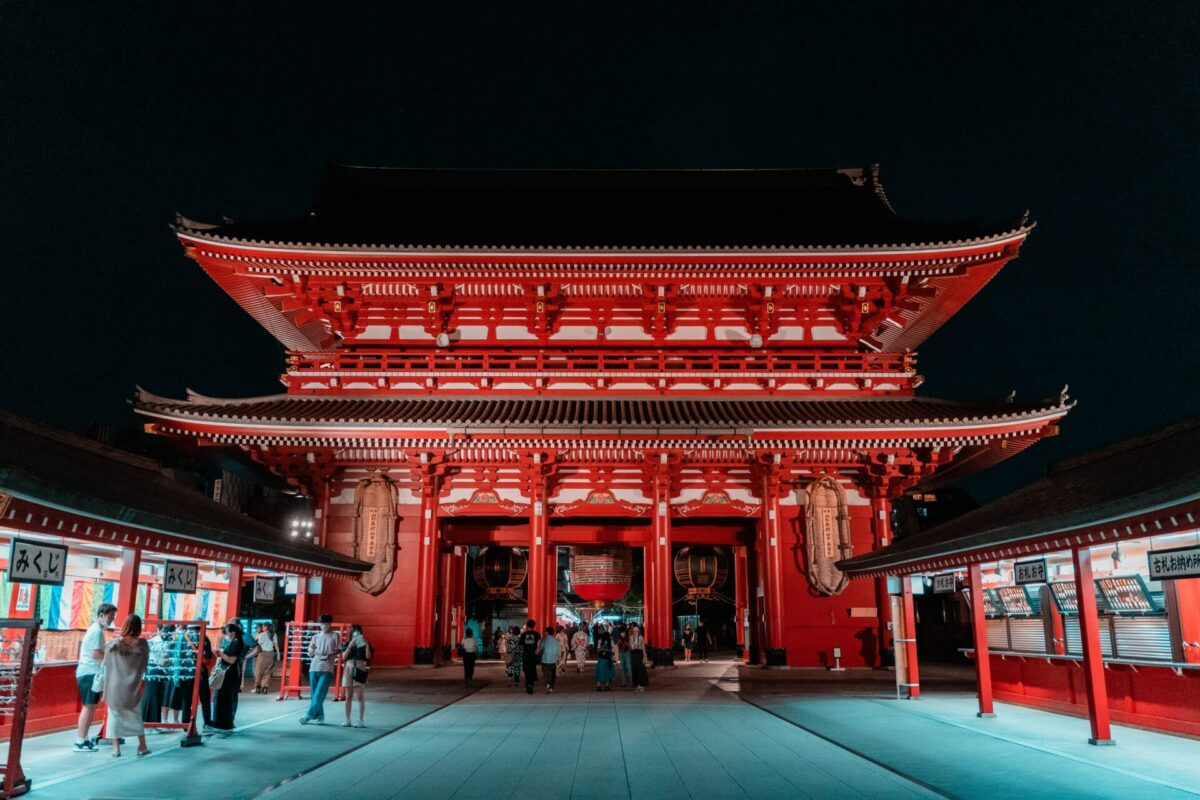
When you’re visiting Japan you will quickly find out that Japanese behavior is completely different to how people behave in Western countries. People in japan have the attitude to bother the people in their environment as little as possible. You will notice it as soon as you enter the train because it is amazing how silent it is in the train! Everyone is as respectful as possible and also incredibly helpful. If you have a question or seem to be confused about something you will always find someone who can help you! The language barrier is difficult at times, but Japanese people will always try to help you. It is difficult to describe a feeling like this with words so you should definitely experience on your own.
Recommended article: Why You Should Learn Japanese

The public transportation network in Japan is simply amazing . Especially when you are in the bigger cities, the system is just incredible. With trains or metro’s departing every few minutes (during the day) it is amazing how fast you can commute from one part of the city to another part within a short period of time.

The famous shinkansen, also known as the bullet train, takes you to all parts of the country. The extensive high-speed train network in Japan, connecting Hokkaido, Honshu and Kyushu, is extremely reliable with frequent departures throughout the day. The Tokaido Shinkansen line, connecting Tokyo, Osaka and Kyoto, is Japan’s busiest and most popular line with 370 departures each day! As a tourist it is definitely the most convenient, reliable, fastest way of discovering Japan . The best part for international tourists is that they can purchase a Japan Rail Pass that will give them unlimited travel for a designated period of time throughout the country!
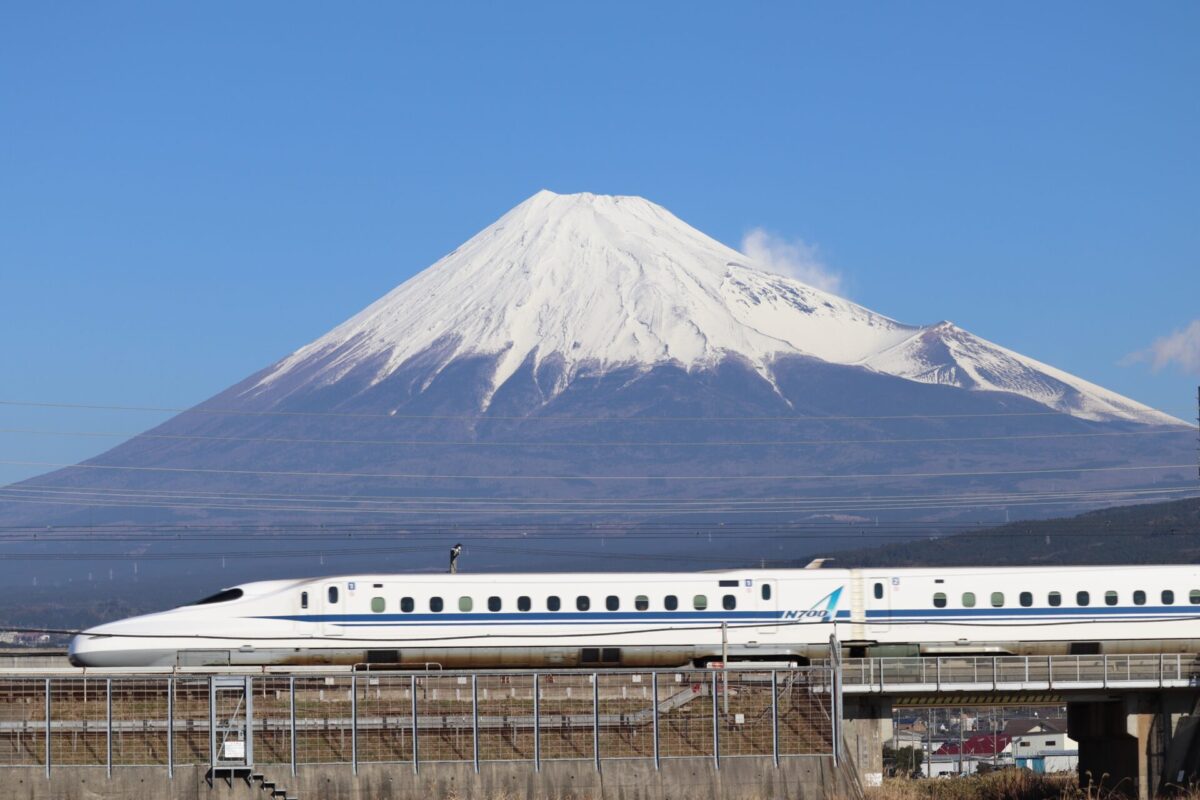
Adventure tourism is not something that one would associate with Japan, but the truth is that you can find many exciting experiences in this country. Whether it is snowboarding or skiing in Hokkaido or Nagano , or cycling along the Seto Inland Sea , catching a glimpse of Mount Fuji from the rollercoasters of FujiQ Highlands or sand-boarding in Japan’s desert of Tottori , the options for thrill-seekers are endless.
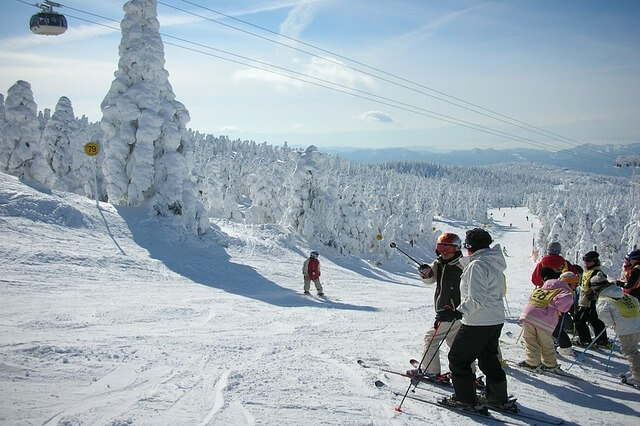
With about 75% of Japan covered in mountainous landscape you can embark on some amazing multi-day hikes or walk the steps of ancient pilgrimage routes like the Kumano Kodo Trail or the Shikoku 88 Temples Pilgrimage and witness the perfect mixture of nature and culture. At many tourist spots like Arashiyama or Asakusa you can also actively explore the area while riding a traditional Japanese rickshaw.

At any time of the year, Japan hosts a number of events and matsuri for anyone to enjoy . Matsuri are traditional Japanese events where often floats, called mikoshi, are carried around between temples and shrines. They often take place in the summer and attract thousands or even millions of visitors with their energetic atmosphere, and amazing street food activities for everyone to enjoy.
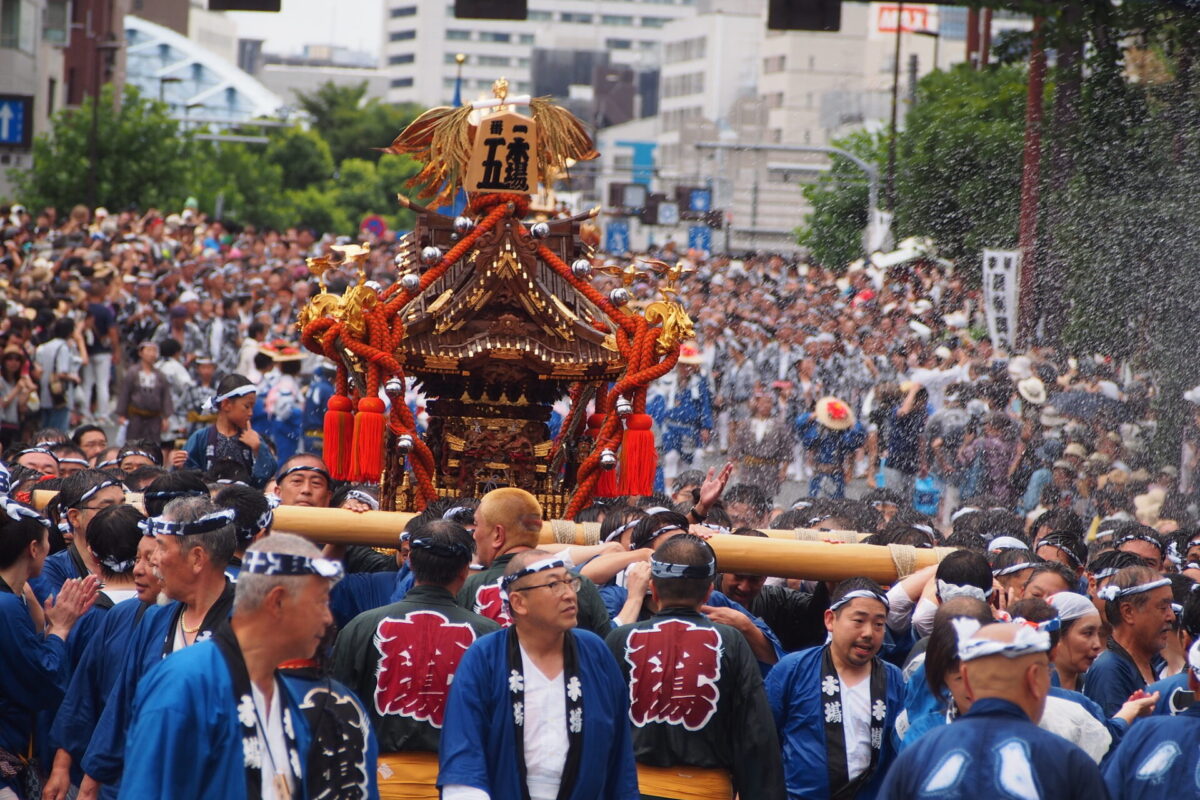
In wintertime you will find some unique and great festivals too, like the Kamakura snow hut festivals that are held around the country. There are also several illumination festivals with spectacular light shows and decorations, some only over the Christmas period where others last well into spring. Another world famous festival is Sapporo’s Snow Festival that attracts millions of visitors each year with spectacular ice sculptures and cozy winter scenes.

Something that you will soon notice after your arrival; Japan is extremely clean ! Even in the metropole of Tokyo you will not often see trash laying around, no cigarette butts on the curbs and streets smell nice. The lack of garbage bins available in the cities might make you wonder how is this even possible? The answer is simple, Japanese people respect their surroundings, clean up after themselves and take their trash home. A cultural principle that is highly valued in the Japanese society is mottainai , which can be freely translated as nothing goes to waste. When something is broken, it is not immediately replaced but often repaired and re-used.
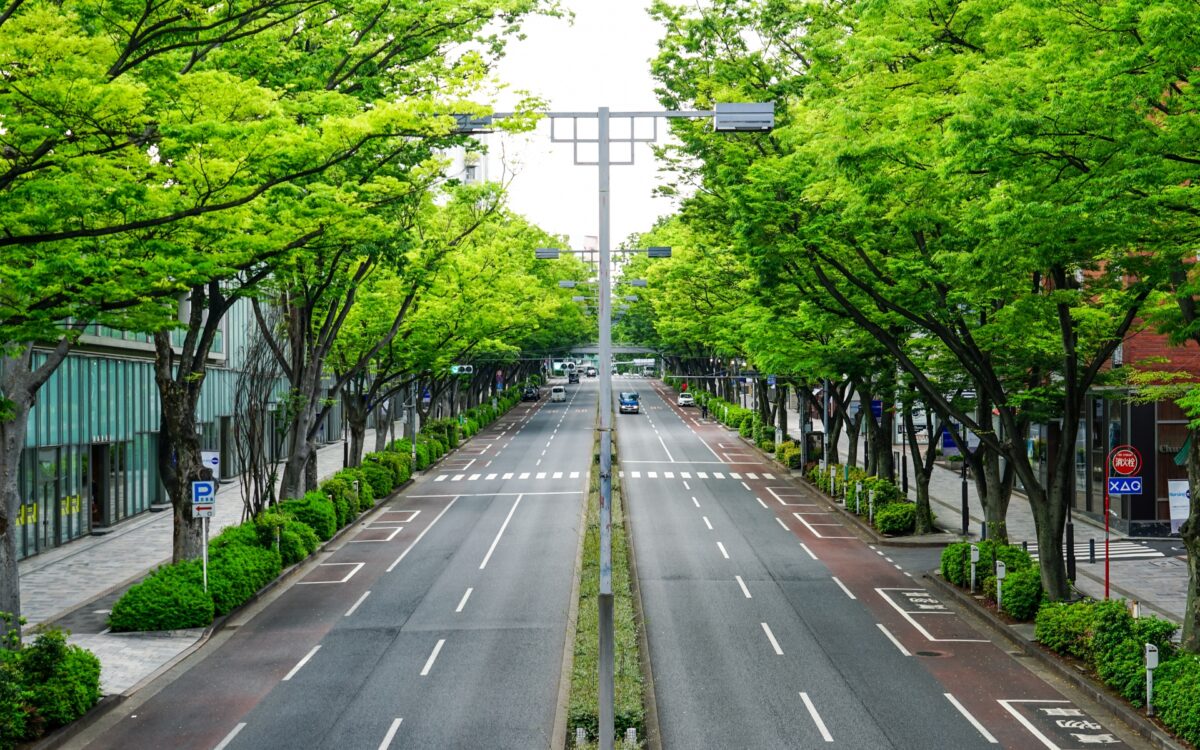
Shopping is another reason why you should visit Japan, more so for the local brands than for the international ones. Tokyo and other major cities have world-class shopping centers as well as traditional markets where you can shop for local handicrafts and souvenirs. Often cities, small or big, have their own local shopping street.
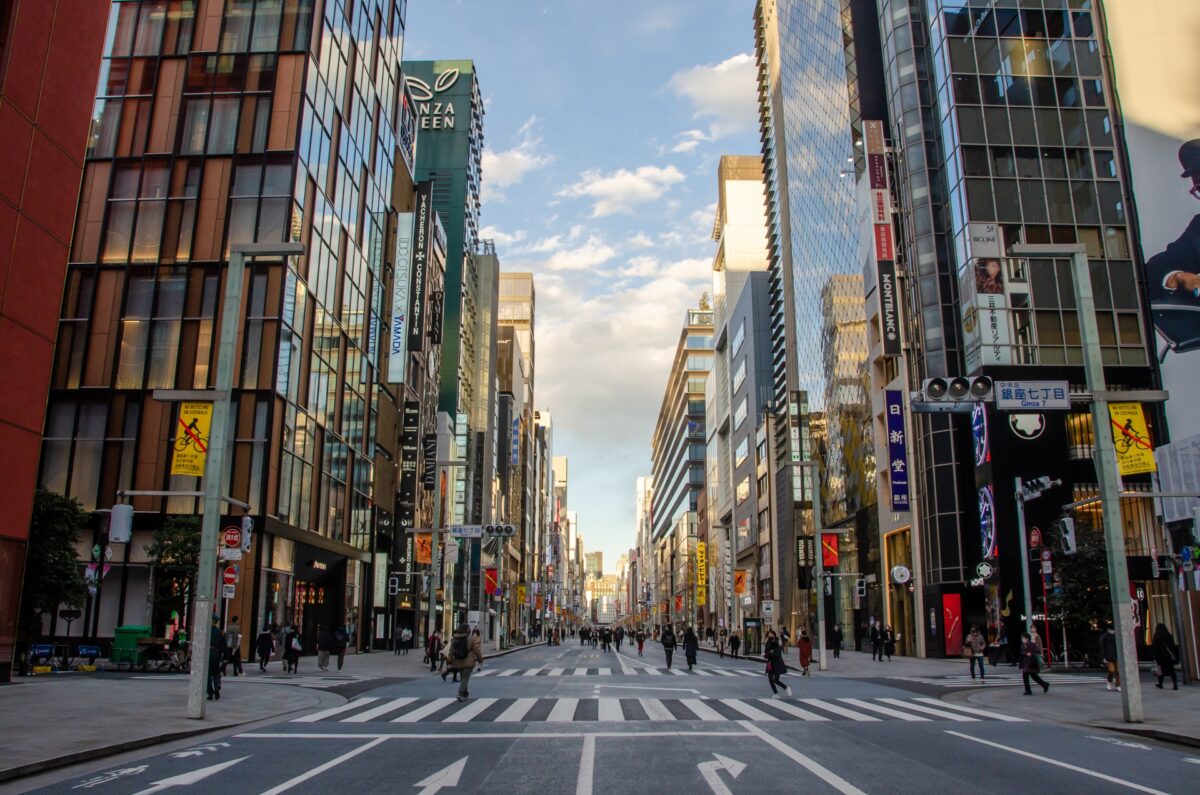
These shopping streets full of small stalls and local vendors are known as a Shotengai. If you are travelling to Tokyo, then you should visit the popular areas in Harajuku, Ginza and Akihabara. If you go to Osaka, Umeda and Shinsaibashi are also popular shopping destinations. For gaming and anime lovers, shopping in Tokyo will be an unforgettable experience, Nakano would be the best destination for you .
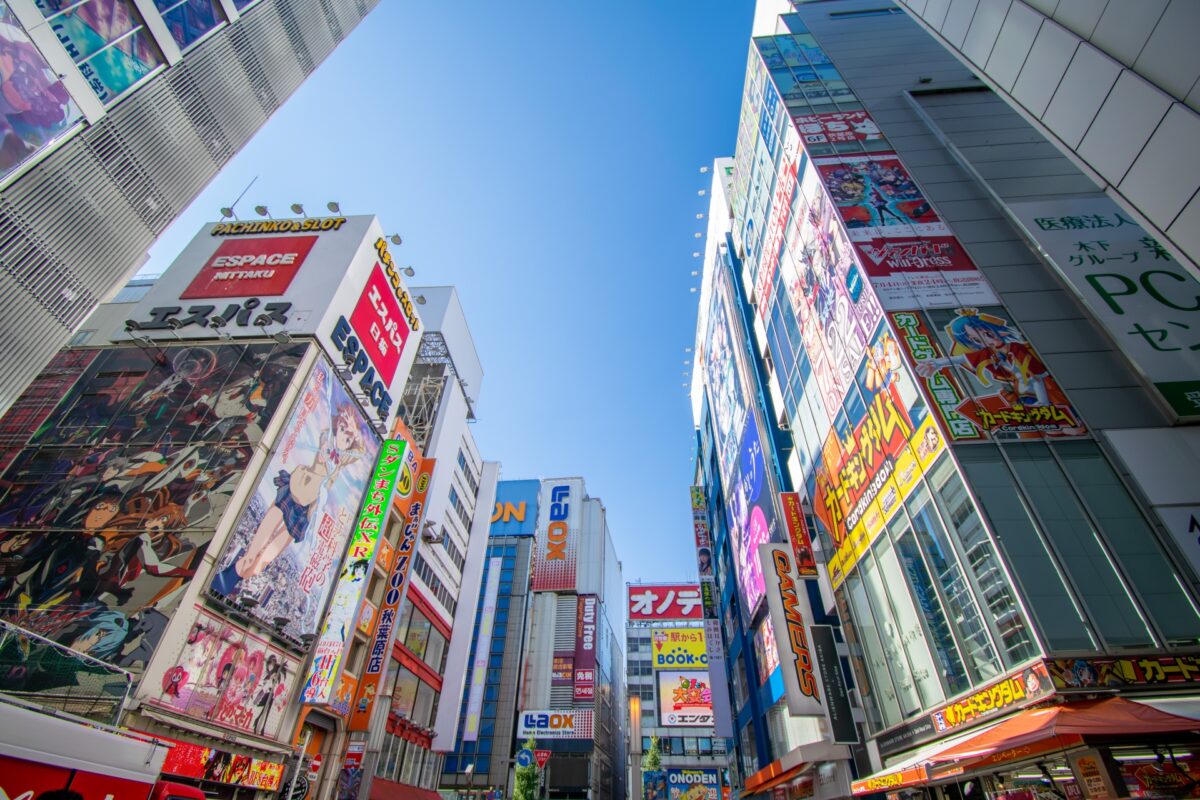
Square watermelons, washing toilets that blow-dry and play music, plastic food menus, cartoon versions and mascottes of everything, maid cafe etc, Japan has all kinds of unique things.
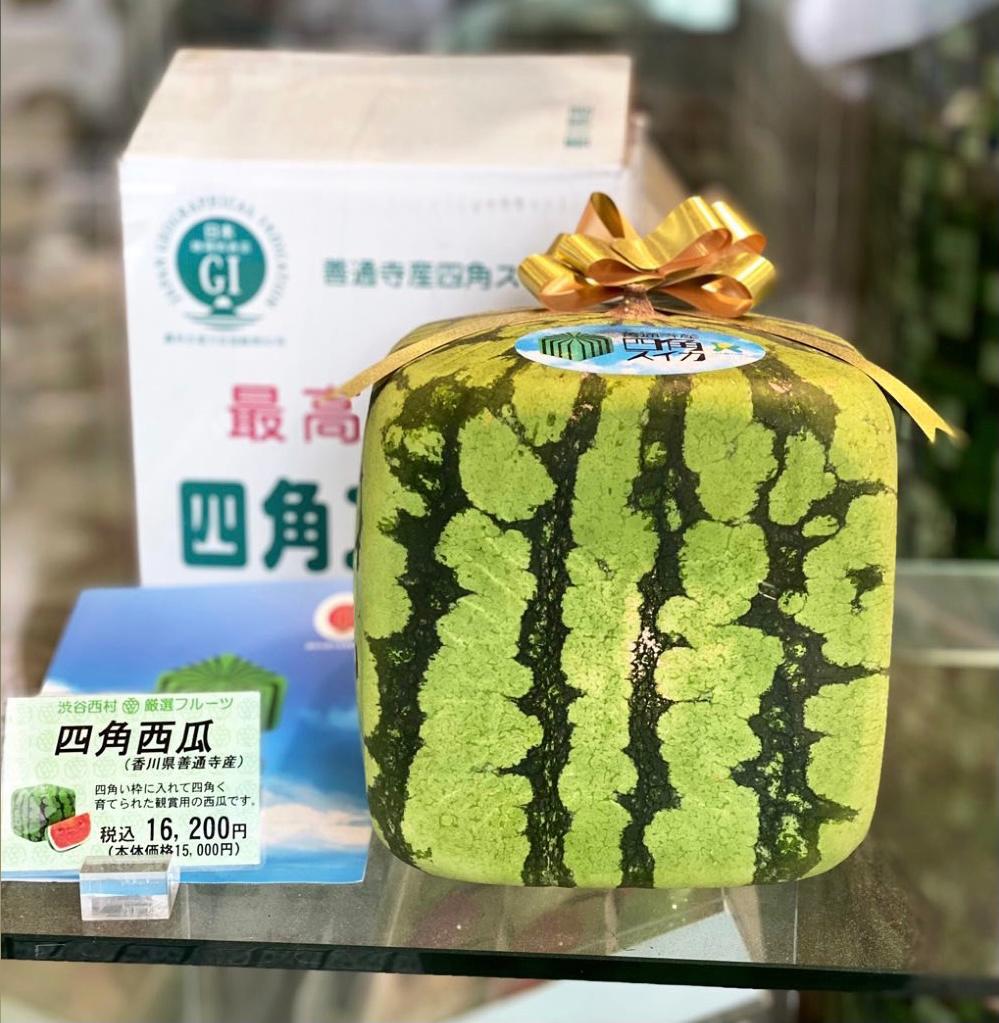
Walk around in Harajuku to experience the famous Japanese kawaii culture , it is literally everywhere! Cute girls, kawaii food, mascottes, the kawaiiness in Japan knows no limits! Another unique popular culture is Japan’s otaku or geek culture. Otaku refers to pop culture fans who are obsessed with manga or anime. Best places to experience some of Japan’s otaku culture are Akihabara and Nakano in Tokyo.
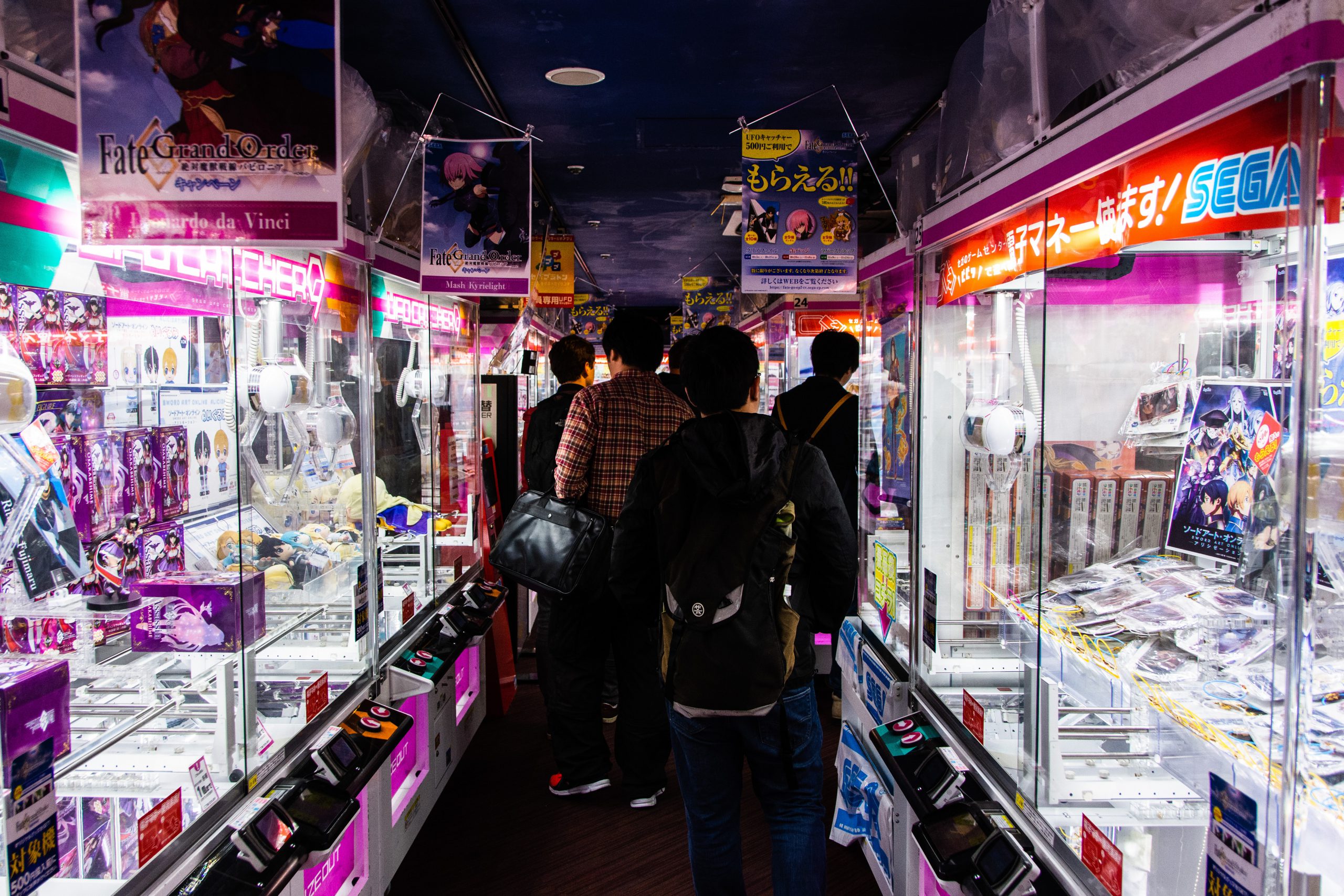
▼Explore all the weird that Harajuku has to offer with the tour below!
No visit to Japan in spring is complete without sakura. For two weeks, everyone and everything in the spirit of the beautiful flowers. Everyone wants to see this million dollar view and hanami (blossom viewing parties) are everywhere. Japan is very passionate about picnicking under the cherry trees in full blossom.

Sakura presents the arrival of spring, a time for renewal and optimism and because of the short blooming season (about two weeks), the cherry blossoms also symbolize the transience of life, a major theme in Buddhism. During the sakura season you will see limited edition sakura (flavoured) treats and souvenirs everywhere.
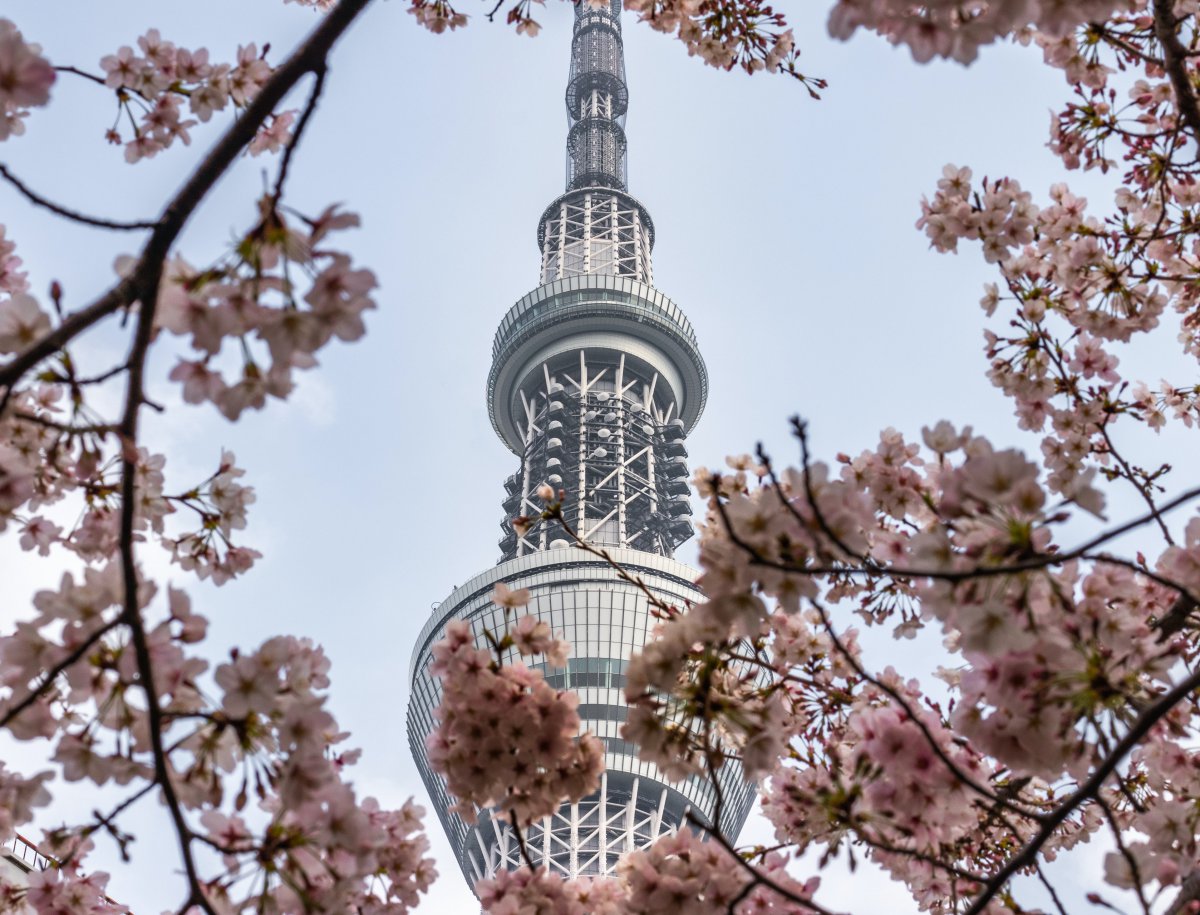
One of the biggest contributors to Japan’s famous anime culture is the Ghibli movies. Have you ever seen My Neighbor Totoro or Spirited Away? They are some of the world’s most famous anime movies produced by the renowned Studio Ghibli, the animation and art producer founded by Hayao Miyazaki. In Tokyo, you can visit the Ghibli Museum , home to drawings of Studio Ghibli movies, models of how animations are made, and a small theater showing a special short film. Also, Japan opened the Ghibli-themed park in Aichi prefecture in 2022. A must visit if you are a Ghibli fan! If you want something extra, you may want to visit some of the locations which were used in Ghibli movies !
When asked about their favourite thing in Japan, many people will (amongst others) answer onsen. Taking an onsen, a hot spring filled with mineral-rich spring water heated by geothermal forces that contains several minerals beneficial to the body, is a must-try activity for tourists as it is completely different from taking a bath in other countries around the world. It is also a big part of the Japanese culture and the ultimate activity to relax after a day filled with discovering the nature and culture of Japan. There are several written and unwritten rules to respect when taking an onsen, a ritual that dates back to at least the 8th century. Famous onsen destinations are Kusatsu Onsen, Hakone Onsen and Beppu Onsen .
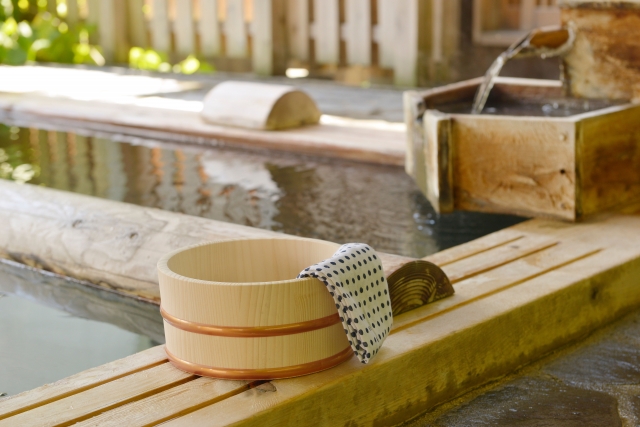
Sento are communal bath houses where people pay for their entrance. These bath houses were traditionally used by households that did not have their own bath and could be found in big cities and small villages. Today, the number of sento is decreasing as the number of houses with bathing facilities is increasing.
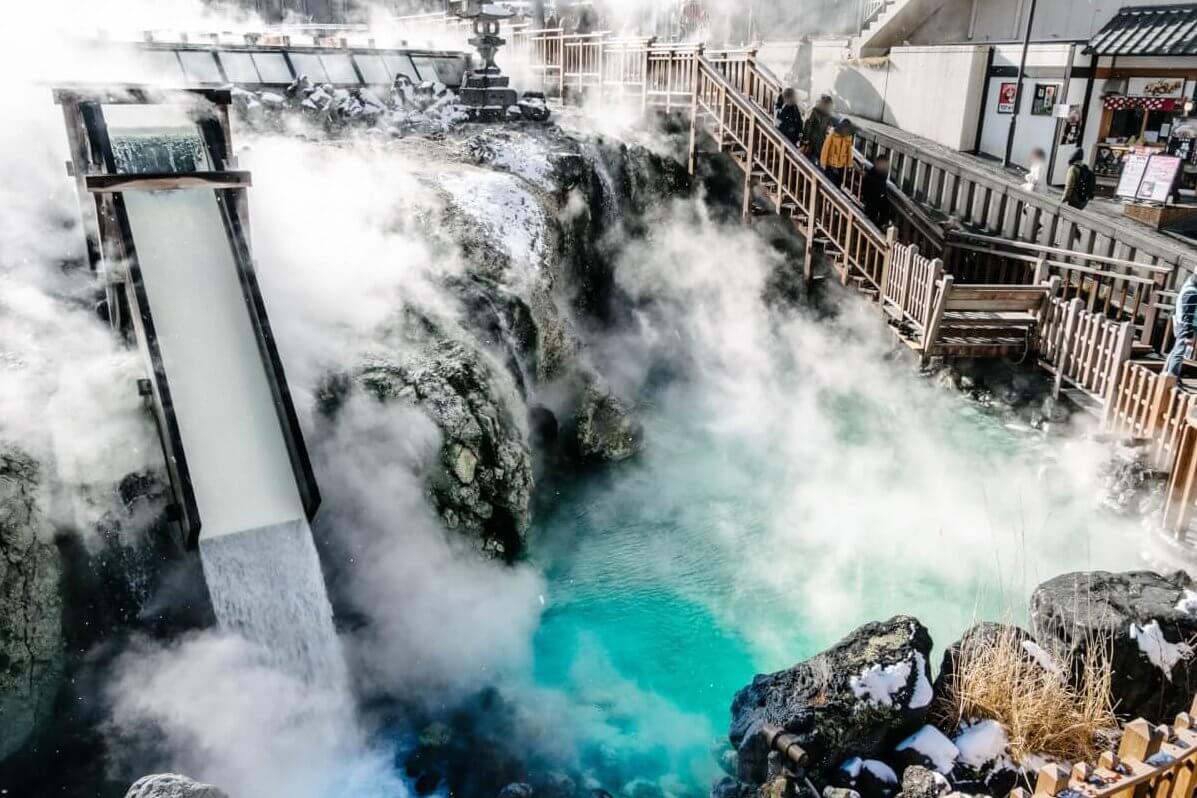
By now you should know Japan is home to some of the world’s most picturesque places, a rich culture and a long history. Indeed, Japan is home to no less than 23 UNESCO World Heritage Sites ; 19 Cultural Heritage Sites and 4 Natural Heritage Sites. Ranging from historically important shrines like Itsukushima Shinto Shrine on Miyajima to unique natural ecological treasures like Mount Fuji or Shiretoko National Park.
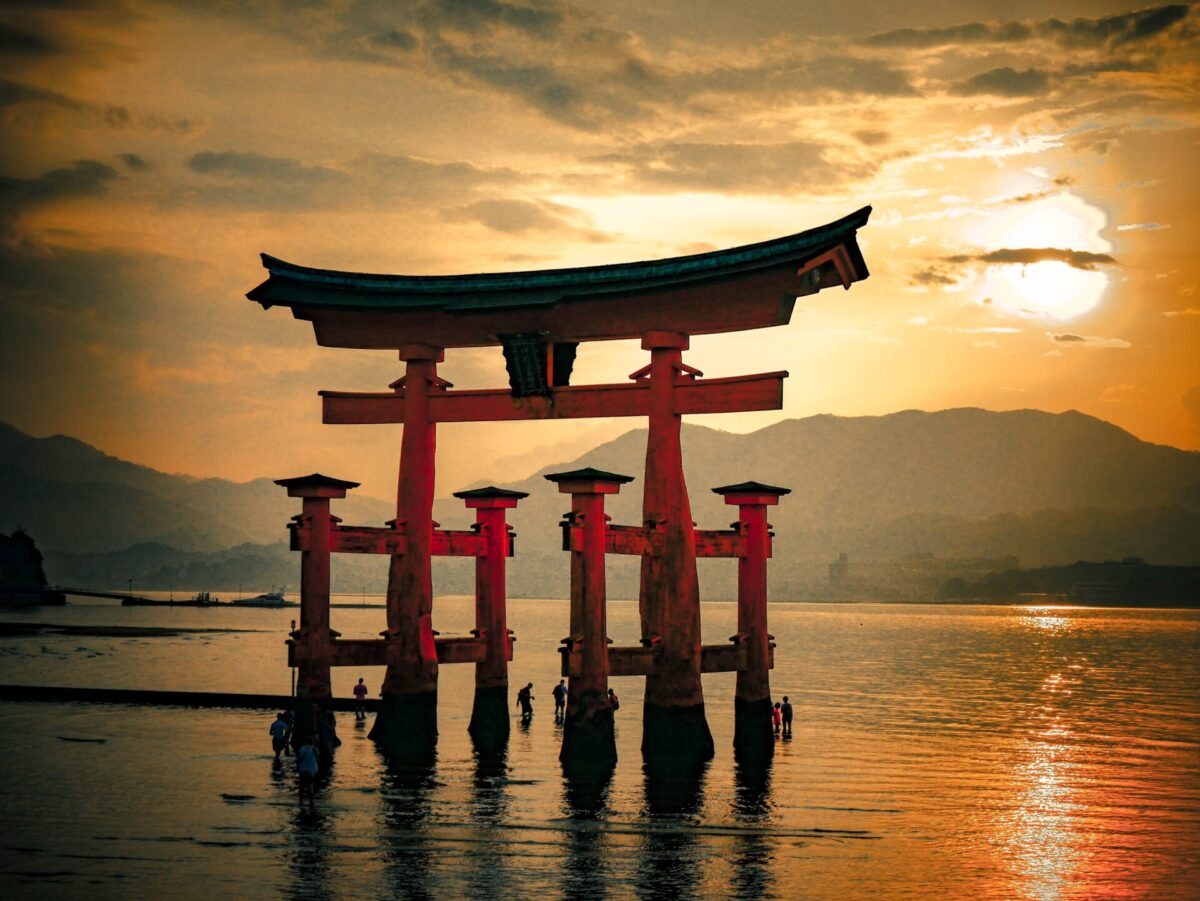
In the history of Japan, a large number of castles were built, many of which were destroyed during the many battles or natural disasters like earthquakes. But there are some beautiful castles in Japan that still exist and can be visited, some of which are also designated UNESCO sites. A total number of 12 original castles , meaning they have a castle tower (or main keep) that was built during the Edo period or earlier, are located around the country.
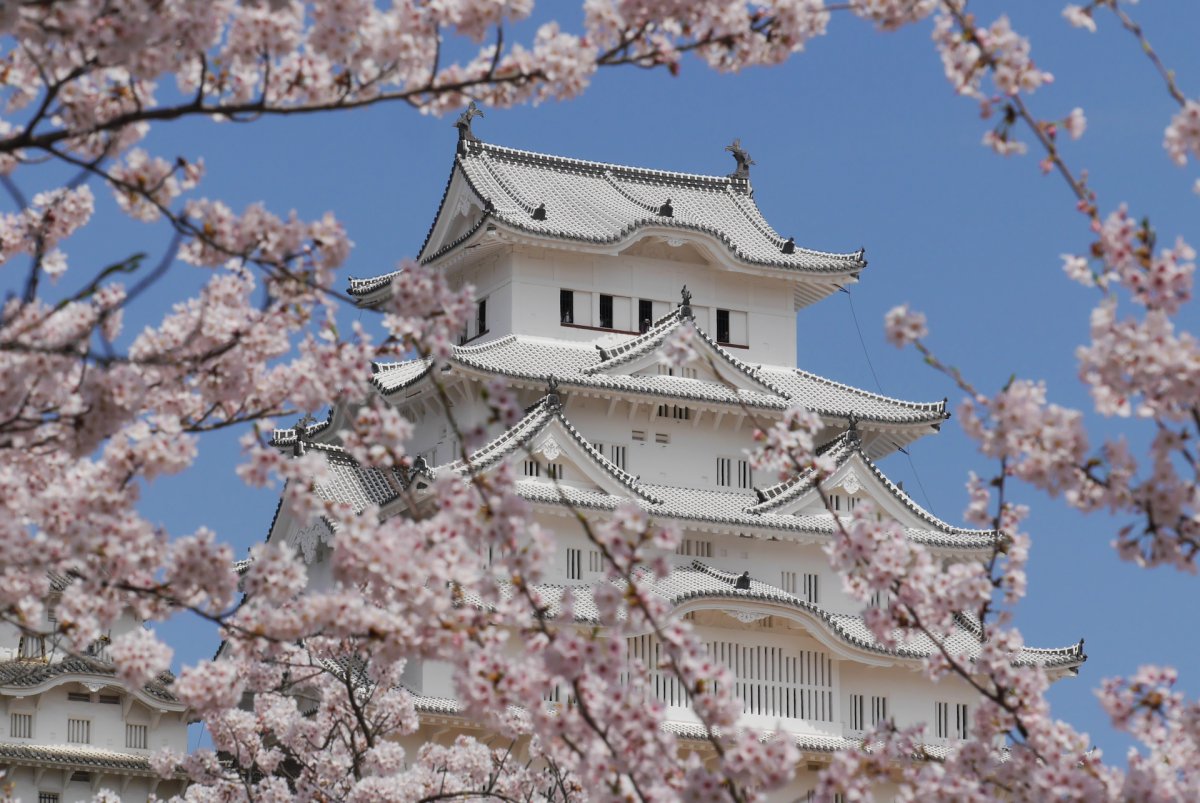
Another type of unique cultural event are the Grand Sumo Tournaments that take place at each odd-numbered month and last for two weeks. Sumo is Japan’s national sport, but not just a sport. In act, sumo is full of shinto rituals and watching a sumo match with a guide will help you to understand this ancient sport even better. Watching a sumo game is definitely an experience you should have at least once in your life!
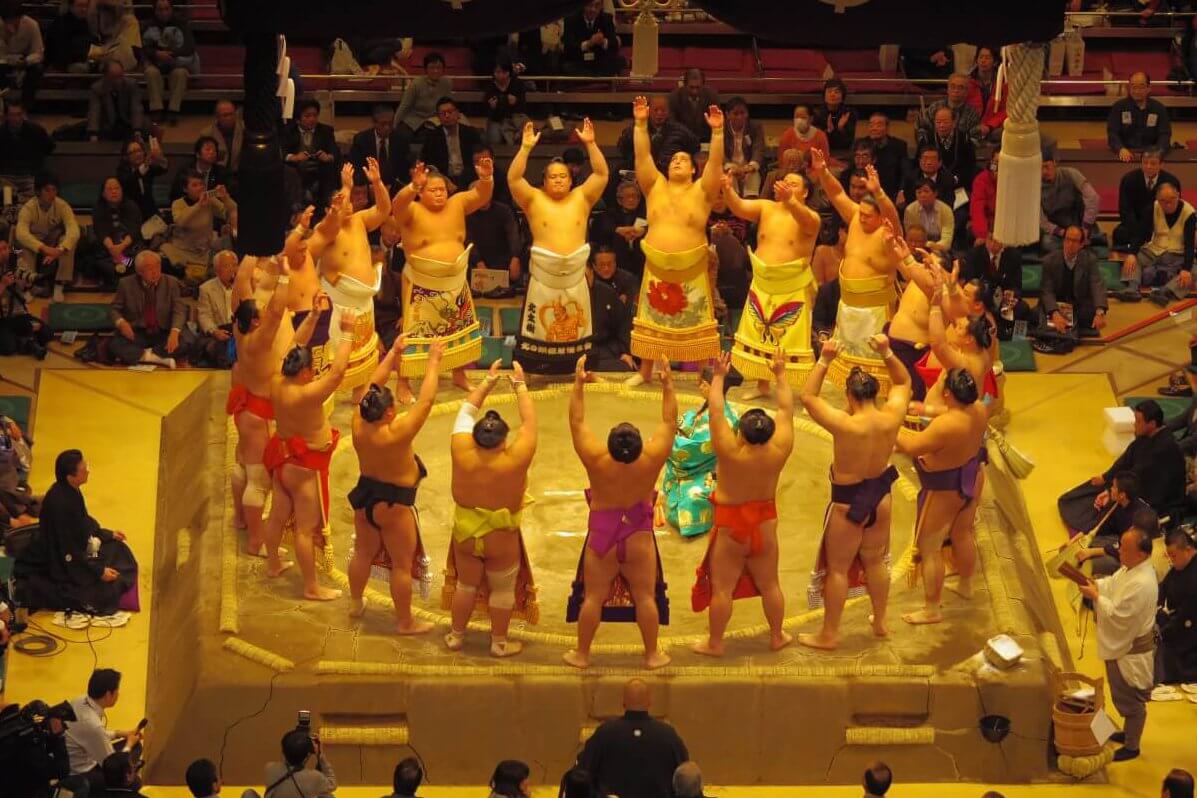
Baseball is Japan’s most popular sport, first introduced in 1872 by an American college professor. Whether you are a baseball fan or not, watching a baseball game will be an exciting experience for anyone ! It is good fun to join the Japanese baseball spectators and cheer on the teams. The games usually start from 2pm or 6pm and last for about 3.5 hrs.
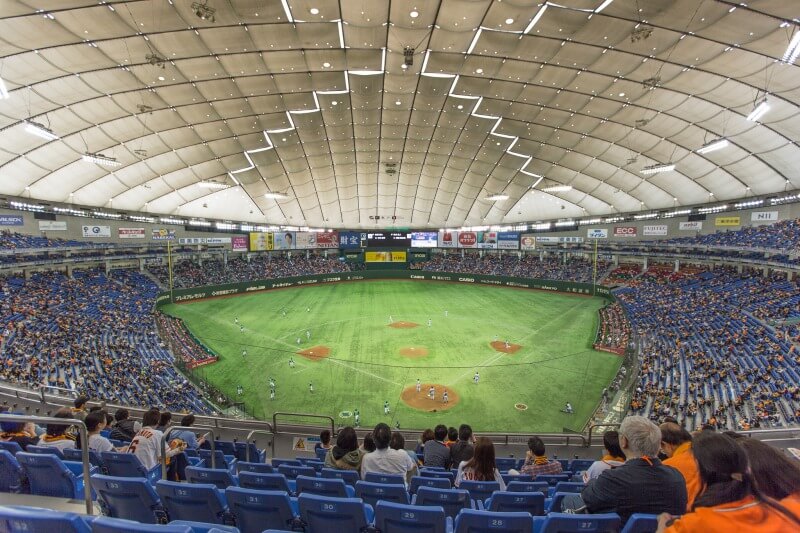
Craft in Japan has a long history and has played an important role in the Japanese culture. From the more famous ones such as knives, pottery, kimono, yukata, and tatami, to lesser-known ones such as kokeshi dolls, fireworks, kendama, origami, daruma dolls , Woodblock Prints , Nambu Ironware, and rounded and folding fans, there is a large list of traditional japanese crafts. Each region has its own local specialties. Some of the craft and art is more valuable in price since they are handmade by professional craftsmen but all make for a great souvenir to take home ! There are many places that offer craft and art experiences like pottery workshops and tea ceremonies.
Purchase your own beautiful Japanese crafts here!
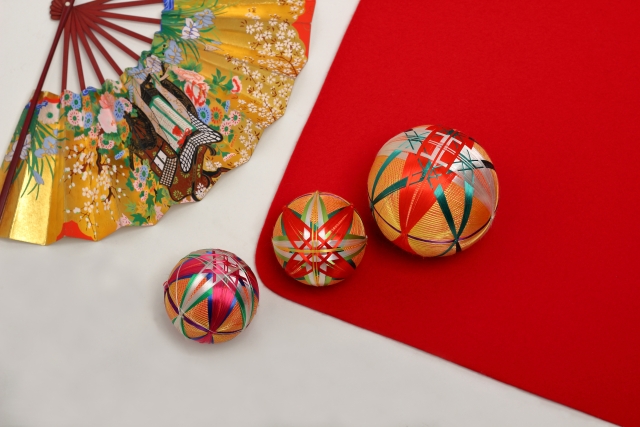
Japan is home to a large number of Western-style hotels, but something that you should not miss out on is staying at the traditional Japanese ryokan. A ryokan is a type of Japanese inn that has been around since the 8th century. It often features tatami-floor rooms, onsen, and other public areas where visitors wear yukata, the traditional more casual kimono. Often an overnight stay comes with a delicious, large, Japanese dinner and breakfast made from seasonal and locally produced products. Staying at a ryokan is a great place to enjoy onsen (privately) and experience some of the traditional elements of Japanese culture.
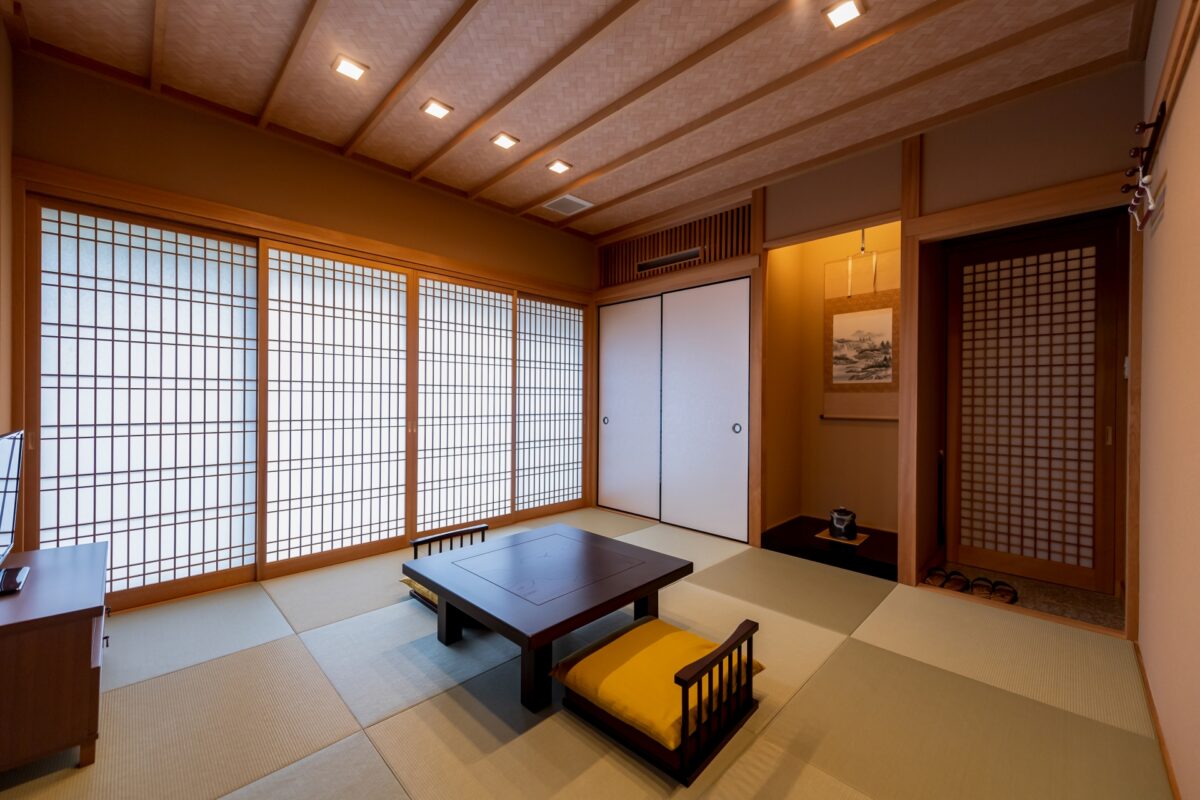
If you are interested in experiencing the simple and traditional lifestyle of Buddhist monks, temple lodging known as shukubo is an excellent option. Shukubo literally means “sleeping with the monks” and besides a great night’s rest and delicious shojin-ryori, the Buddhist vegan cuisine, you can join the monks for morning prayers.
Originating in Osaka, capsule hotels have made their advance in Japan. These hotels, usually found in the larger cities, originally targeted individuals looking for a cheaper alternative for single nights stay. Recently there are also more luxurious alternatives of the pod hotel that are more comfortable, though not as cheap as you might think.

These are just 20 reasons why you should visit Japan, but the list is endless. We haven’t even talked about the beautiful autumn colors, the cute deers, animal cafes, and love hotels amongst other things. Nowhere else on earth will you find a country like Japan, with its unique blend of long standing traditions and modern rituals, century old buildings and peaceful gardens sandwiched between the city’s modern highrises. Incredible fresh food, domestic drinks, sake and local specialties that you can get from any hole in the wall spot. Friendly people that will go out of their way to make you comfortable and require as much as a simple thank you. Reliable and punctual public transportation in a country that is among the safest in the world. The list of reasons for you to come to Japan is simply endless. Conclusion: plan your trip to Japan as soon as possible, you are in for a treat!
Japan Wonder Travel Tours
Japan Wonder Travel is a travel agency that offers guided tours throughout Japan. From private walking tours to delicious Food and Drink tours, we can help you organize the best tours just for you! If you want to explore Japan and learn more about the history and backstories of each area you are visiting, our knowledgeable and friendly English speaking guides will happily take you to the best spots! In addition, we can provide you with any assistance you may need for your upcoming trip to Japan, so please feel free to contact us if yu have any questions or need some help!
▶ Tokyo Tsukiji Fish Market Food and Drink Tour Explore the most lively and popular fish market in Tokyo and try some of the local’s favorite street foods and sake with one of our friendly and knowledgeable English speaking guides!

▶ Tokyo 1–Day Highlights Private Walking Tour (8 Hours) There’s no better way to explore an area than taking a tour with a knowledgeable local guide. You will have the chance to learn about the history and interesting background stories of Tokyo, as well as discover some hidden gems which can be hard to do without a guide.

▶ Mt. Fuji Day Trip Bus Tour from Tokyo Experience the breathtaking views of Mt. Fuji by visiting the highlights of the area on our guided sightseeing bus tour! Departing from Shinjuku in central Tokyo, you can travel comfortably to all of the best spots in the area by bus.

If you want to make travel easier, click here to find the best tour package from various operators!
These are just 20 reasons why you should visit Japan, but the list is endless. We haven’t even talked about the beautiful autumn colors, the cute deers, animal cafes, and love hotels amongst other things. Nowhere else on earth you will find a country like Japan, the unique blend of long standing traditions and modern rituals, century old buildings and peaceful gardens sandwiched between the city’s present-time highrise. Incredible fresh food, domestic drinks, sake and local specialties that you can get from any hole in the wall place. Friendly people that will go out of their way to make you comfortable and require as much as a simple thank you. Reliable and punctual public transportation in a country that is among the safest in the world. The list of reasons for you to come to Japan is simply endless. Conclusion: plan your trip to Japan as soon as possible, you are in for a treat!
Follow us on Instagram , Facebook and Twitter for more travel inspiration. Or tag us to get featured!
Happy traveling!
Stay informed of the best travel tips to Japan, the most exciting things to do and see, and the top experiences to have with the Japan Wonder Travel Newsletter. Once every two weeks we will introduce you to our latest content.

- Popular destinations
- Hidden places in Japan
- Tours and workshop
- Food and drink in Japan
- Itinerary in Japan
- Places to visit in Tokyo
- Food and drink in Tokyo
- Seasonal events
- Tours & workshops
- Tokyo This Week
- Day trip from Tokyo
- Itinerary in Tokyo
- Places to visit in Kyoto
- Food and drink in Kyoto
- Itinerary in Kyoto
- Day trip from Kyoto
- Travel tips
- Accommodation
- Cultural tips
- Transportation
- Tokyo Tours
- Kyoto Tours
- Kimono Rental
- Fukushima Tours
- Mount Fuji Tours
- Tour Package
- Media Kit(English/日本語)

16 Japanese Cities To Visit Besides Tokyo And Kyoto
- Osaka: Experience incredible nightlife and outstanding cuisine in this seaside city known for its energetic atmosphere and delicious food.
- Naoshima: Discover the art island with its galleries, sculptures, and installations, and enjoy the tranquil atmosphere and sea views.
- Himeji: Visit the UNESCO World Heritage Site Himeji-jo castle and explore the picturesque Mount Shosha and Kokoen garden for a diverse cultural experience.
As Japan finally opens its borders to eager travelers after one of the strictest lockdowns that the world has seen, most itineraries focus on the shopping districts of Tokyo and the Buddhist temples of Kyoto. Occasionally, the street food of Osaka might make it to the list.
Few consider venturing beyond the big cities of Tokyo and Kyoto, but for those who dare try, thrilling adventures await in Japan's best cities. From former homes of samurai warriors and current cities of geishas, hot springs spas, traditional architecture, and ski mountains — these cities deserve a spot on everyone’s Japanese bucket list.
UPDATE: 2023/10/09 19:32 EST BY MARIA BOU INK
Japan's beauty is not limited to Tokyo and Kyoto. The country is a hub of wonderful towns that are worth a trip. Therefore, this list was updated to include two of the best cities to visit in Japan besides Tokyo and Kyoto.
Related: Beautiful Tourist Pics Showcasing The Best Things Japan Is Known For
If tourists want to sample some of the greatest cuisine and beverages Japan has to offer, they should head over to Osaka , a seaside city famed for its incredible nightlife and outstanding cuisine. Tokyo's big-city energy is also present here but on a little lesser scale. This way, tourists can visit cities in Japan other than Tokyo and Kyoto while having the same vibes and escaping the crowds. Tourists are recommended to visit the Osaka Castle and Park in between all of their eating and exploring. It is one of the most well-known sights in Japan and is definitely worth visiting.
- Some attractions: Tempozan Ferris Wheel, Universal Studio Japan, Osaka Aquarium Kaiyukan, etc.
The island of Naoshima, which is reachable via ferry, is a wonderful location. The area is referred to as the art island, and tourists may find galleries, sculptures, and installations everywhere they go, especially if they stay at the upscale Benesse House, which serves as both a hotel and a museum of modern art. On the island, there are two towns, both of which include charming stores and little restaurants. There are also sea views everywhere, which enhances the tranquil atmosphere.
- Some attractions: The Yellow Pumpkin, Chichu Art Museum, Naoshima Public Bath I Love Yu, etc.
Home to a UNESCO World Heritage Site castle , Himeji is worth a special trip for the Himeji-jo castle alone. Widely considered to be the finest example of 17th-century feudal-era Japanese architecture that still survives, Himeji-jo may be the reason tourists visit this city in Japan, but Himeji gives them several reasons to stay. On the outskirts of the city is the picturesque Mount Shosha, with a Buddhist temple at its peak. And if a hike isn’t someone’s cup of tea, tourists can spend a day at the Kokoen garden, which is made of nine walled gardens connected by a network of streams, waterfalls, and ponds and sits on the former feudal lord’s residence.
- Some attractions: Himeji Castle, Engyoji, Himeji Central Park, etc.
Related: Three Days In Japan: 10 Cities You Can Explore In Only 72 Hours
Matsue’s location on a peninsula by the Sea of Japan with Lake Shinji on its west and Lake Nakaumi on the east has given the city another name: The City of Water. While the water bodies that surround it have given Matsue its second name, there are also water bodies within the city. Canals with boat tours for tourists flow through the city, old samurai houses flank its streets, and Matsue is home to one of only twelve medieval castles that are preserved in their original state in Japan. But that’s not all: the city has long attracted curious travelers with its rich myths and legends related to Matsue being the place where Japanese gods descend.
- Some attractions: Matsue-jō Castle, Yuushien, Yaegaki Shrine, etc.
Yokohama is the second-largest Japanese city and the first to have opened its ports to the world at the end of the Edo Period. The port city quickly transformed from a small fishing village to a major city when foreign trade introduced new cultures to the old Japanese traditions of the village. As a result, Yokohama offers a contrast between old and new, and travelers can explore the streets of Yokohama to see the Western influence on the Japanese way of life everywhere. Tourists can visit traditional Japanese gardens and tea rooms, ramen and instant cup noodle museums, giant ferry wheels reminiscent of the London Eye, and one of the largest Chinatowns in the whole country.
- Some attractions: Shin Yokohama Ramen Museum, Yokohama Chinatown, Yokohama Cosmoworld, etc.
For those who like the crowds of Tokyo but wish for a city just a tad more quite than the Japanese capital, Fukuoka’s contemporary attractions make it the ideal city. Fukuoka is Japan’s eighth most populous city and balances urban life with the natural beauty that is synonymous with Japan. The port city is filled with hot springs, hike trails, tea plantations, and sake breweries. But the best part, perhaps, is the fact that Fukuoka happens to be the city that invented tonkatsu ramen , so for those who’d like to slurp their way through Japan via its ramen, Fukuoka has to be the starting place.
- Some attractions: Ohori Park, Marine World, Uminonakamichi Seaside Park, etc.
Hokkaido is an island region of Japan that is known for its hot springs, ski mountains, and volcanoes. Hakodate — located on the island’s southern tip — is one of the largest cities in Hokkaido and was voted Japan’s most attractive city in 2015. Visitors can hike to Mount Hakodate and enjoy spectacular views of the city surrounded by the sea, soak in the hot springs, go down ski slopes, or take in the views of the Mount Komagatake volcano from the lakes of Onuma Park. The best part of the port city, however, is its food. Surrounded by the sea, Hakodate is famous for its freshly-caught seafood, and the Hakodate Morning Market is the best place to enjoy it.
- Some attractions: Goryokaku, Goryokaku Tower, Old Public Hall of Hakodate Ward, etc.
Related: After Cherry Blossom Season, Here Are 10 Unique Activities To Enjoy In Japan This Fall
Kyoto isn’t the only city in Japan famous for its Buddhist monasteries and temples. Formerly known as Heijo-Kyo , Nara was once Japan’s capital city and is now home to three UNESCO World Heritage Sites . The Horyuji Area of Nara was the first to be on the list and includes 48 Buddhist sites, all of which are of immense importance to the Japanese culture and religion. Also on the list are areas with several temples and historical monuments from ancient times when Nara was still the capital, as well as pilgrimage routes and sites on the Kii Mountain. Tourists can end their tour of the temples and spiritual sites of Nara with a friendly visit to greet the deers at the Nara Park or stroll through Imaicho — a merchant town preserved from the Edo period that will take everyone back in time.
- Some attractions: Today-ji, Nara Park, Kasuga Taisha Shrine, etc.
Nagasaki is most often associated with the atomic bomb and the tragedy that followed. Still, the city has a lot more to offer beyond the Atomic Bomb Museum and the Nagasaki Peace Park, which attract most tourists. Not only is the city home to several stunning islands off its coast, but Nagasaki has consistently ranked on top of the list of places with the best night views in Japan . Travelers can hop onto a ropeway to the peak of Mount Inasa and enjoy spectacular views of Nagasaki as it lights up after sunset. More surprisingly, however, Japan’s first and oldest Chinatown happens to be in Nagasaki, and it has continued to serve Japanese-Chinese fusion foods since the 17th century.
- S ome attractions: Nagasaki Atomic Bomb Museum, Peace Park, Glover Garden, etc.
For those whose idea of a holiday in Japan includes spending hours soaking in hot water springs, Beppu is the place to be. Beppu’s gushes of hot spring water rank second highest in the world and the highest in Japan, gushing more than 100,000 liters of water each minute through thousands of hot springs. Not only does the abundance of hot springs make Beppu the Onsen City of Japan, but Beppu also has several boiling ponds known as Jigoku or hell. Locals use these Jigoku ponds for cooking food as well, giving rise to a culinary custom known as Jigoku-Mushi, or hell-steaming, that is peculiar to Beppu.
- Some attractions: Kannawa Hot Springs, Beppu Ropeway, Shidaka Lake, etc.
Takayama is several things: A city surrounded by the Japanese Alps, Japan’s ski destination, home to bustling morning markets and festivals dating back to the 1600s, and a place where Japanese tradition flourishes through some of the country’s most beautifully preserved villages. Takayama’s Sanmachi area, in particular, houses preserved thatched-roof houses from which antique dealers and artisans sell their wares, and hidden cafes and brewers dish out hot coffees and icy sake to any visitors who manage to spot them.
- Some attractions: Takayama Jinya, Hida Folk Village, Shinhotaka Ropeway, etc.
The city that served as the seat of the second most powerful feudal clan in Japan during the Edo period, Kanazawa has always been a place of great cultural significance in Japan. More importantly, Kanazawa was the second largest city after Kyoto, which managed to remain safe from the bombings of World War II. As a result, most of the city’s old castles, gardens, samurai, and geisha districts have survived the test of time. That being said, Kanazawa also houses the iconic 21st Century Museum of Contemporary Art and is the city where traditional teahouses and crafts, including Kaga-yuzen (a silk dying technique), ohi ware (tea ceremony bowls), and gold leaf production continue to prosper.
- Some attractions: Kenroku-en, Higashi Chaya District, Myouryouji, etc.
Related: Unwind & Relax In Japan: The Best Onsens To Soothe Your Soul
Shirakawa-go
Shirakawa-go is not a city but a traditional Japanese alpine village stuck in time . It is part of a national park and is a great place to visit to see the way things used to be in Japan. Here (and its sister village Gokayama), visitors may feel like they are living in the world of the 2003 movie, The Last Samurai starring Tom Cruise (although it was actually filmed in New Zealand).
These traditional villages are UNESCO World Heritage Listed and are a great example of how Japan works to preserve its heritage.
- Some attractions: Wada House, Gassho-zukuri Minkaen, Myozenji, etc.
Hiroshima is one of only two cities to ever be hit with a nuclear bomb . It is also a testament to how cities can bounce back from destruction, being today a thriving city of over one million people. It was founded in 1589 as a castle town but transformed into a major industrial hub (which made it a target for nuclear bombing).
Today visitors can see the UNESCO World Heritage Listed Hiroshima Peace Memorial and commemorate the bombing wishing for such destruction to never again return to this planet.
- Some attractions: Peace Memorial Park, Hiroshima Peace Memorial Museum, Atomic Bomb Dome, etc.
Sapporo is the capital of Japan's northern island of Hokkaido. It is the largest city north of Tokyo and is considered the cultural and economic center of Hokkaido. The city hosted the 1972 Winter Olympics and is one of the best places in Japan to enjoy the winter season. Come in early February and attend the Sapporo Snow Festival. The festival draws over 2 million visitors from far and wide. Additionally, Sapporo is home to the only beer museum in Japan - the Sapporo Beer Museum.
- Some attractions: Hokkaido Jingu, Moerenuma Park, Sapporo Beer Museum, etc.
Naha is the capital of the Okinawa Prefecture of Japan ( Okinawa is Japan's fifth major island ). The city has a population of around 300,000 and enjoys a humid subtropical climate (quite the opposite of Hokkaido's Sapporo). It is a stunning city and the gateway to Okinawa Island (which Americans may recall from the costly American invasion of the islands in World War Two). One of the top attractions in the city is the restored and rebuilt Shuri Castle (a former royal palace of the Ryukyu Kingdom).
- Some attractions: Shuri Castle, Naminoue Shrine, Okinawa Prefectural Museum & Art Museum, etc.
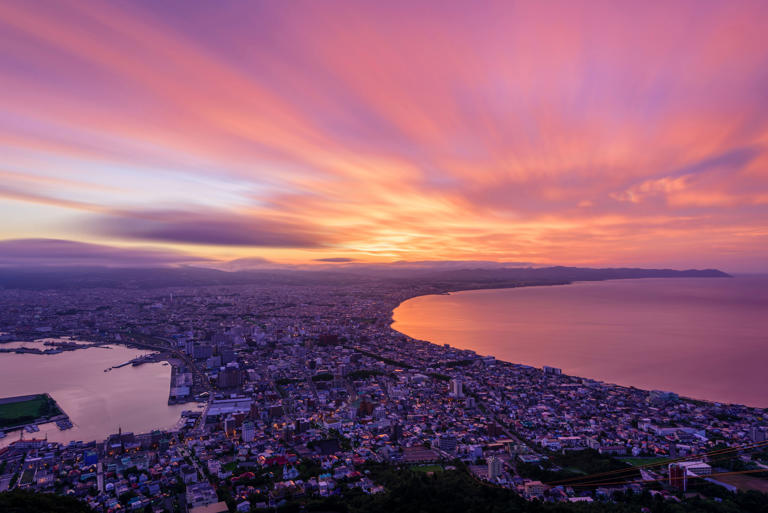

IMAGES
VIDEO
COMMENTS
Here are 12 reasons why Kyoto is the destination of a lifetime. 1. The UNESCO World Heritage Sites. Kyoto is home to 17 UNESCO World Heritage Sites, including three located in the nearby cities of Uji and Otsu, known as the Historic Monuments of Ancient Kyoto. 2.
John Asano 02 September 2021. There are many good reasons to visit Kyoto - colourful shrines, maiko and geisha culture, and the multi-course kaiseki ryori meals are top of the list for many. But if you're still hovering over the Book Now button, we've plenty more reasons why the ancient capital of Japan should be on your travel bucket list.
I will share my personal top 5 reasons why you should visit Kyoto as well. 1. Temples and Architecture. Let's start with the obvious: The first thing that comes to your mind when you think of Kyoto is probably "temples" - lots of temples actually. With about 1600 Buddhist temples and 400 Shinto shrines there is a good chance that this ...
12. Watch out for bikes. Cycling is common in Kyoto, and it's a convenient way to get around the city. Many people ride on the sidewalk, so keep an eye out when you're walking or leaving shops and restaurants. If you hear a bell, someone behind you is probably trying to get past. 13.
First Time In Kyoto. When you close your eyes and think of Japan, you're probably picturing Kyoto: sublime Zen gardens, mysterious Buddhist temples, colorful Shinto shrines, graceful geisha. The fact is, Kyoto is the most rewarding city in Japan and a place all travelers should visit at least once in their lives.
Whether you're planning your first visit or looking to return, this extensive Kyoto city guide has everything to get you started on experiencing Japan's alluring former capital on your own terms.. This isn't just a list of typical tourist traps; it's an expert-curated guide to immerse yourself in Kyoto's rich cultural tapestry.. Experience Kyoto's captivating history, culture, cuisine and ...
4 days is an excellent amount of time to spend in Kyoto. This will give you a full day each in Higashiyama, Arashiyama and Fushimi, plus the opportunity to take at least one day trip, whether to deer-filled Nara, sacred Mt. Koya or magnificent Himeji Castle in Hyogo prefecture. Alternatively, if you've seen Kyoto's main sights on a previous ...
If you prefer staying in international hotels, you should add around $50-100 a day to your budget. A good example of a nice 4* hotel in central Kyoto is the Hotel Hanra, its vibe is a good blend between traditional and ultra-modern, much like the city of Kyoto itself. Budget hotel prices start from about $55 per night for a two-star hotel.
Kyoto (京都, Kyōto) served as Japan's capital and the emperor's residence from 794 until 1868.It is one of the country's ten largest cities with 1.5 million inhabitants and a modern face.. Over the centuries, Kyoto was destroyed by many wars and fires, but due to its exceptional historic value, the city was dropped from the list of target cities for the atomic bomb and escaped destruction ...
Japan's capital from AD 794 to 1868, the list of possible tourist destinations in Kyoto Prefecture (京都府, Kyōto-fu) is endless.. You can attempt to visit all of major sites, including but certainly not limited to: Fushimi Inari Shrine and its brilliant vermillion row of torii gates, its many temples (most notably Kiyomizu-dera, Sanjusangen-do, and Kinkaku-ji), Nijo Castle, and ...
Kyoto is on the travel list of most first-time visitors to Japan for good reason. With its fleet of over 2000 temples, lush gardens and traditional tea houses, Kyoto is one of Japan's major historical hubs - to say nothing of being easy on the eye (enjoy a sunset on the hill in Kiyomizu-dera to see what we mean). It can be easy to get lost in the tangle of streets - Kyoto is one of those ...
Don't miss the chance to visit the enchanting Tenryu-ji Temple, stroll along the scenic Togetsukyo Bridge, and embark on a scenic boat ride down the Hozu River. Boat Ride on Hozu River / Tips for First-Time Visitors to Kyoto. Consider renting a bicycle to explore Arashiyama at your own pace.
All the Shinto shrines are free, while the Buddhist temples cost 400-800 JPY. 6. Wander among the plum blossoms. If you happen to be visiting Kyoto between mid-February and mid-March, you will see the plum trees erupt in blooms of bright white and dark pink flowers, similar to Japan's famous cherry blossoms.
Here are some tips to save money when visiting Kyoto: Buy a JR Rail Pass - A JR Rail Pass will allow you to travel anywhere in Japan, including Kyoto, for a certain number of days. Avoid peak times - The busiest times to visit Kyoto are during the Cherry Blossom Festival (early April) and the Autumn leaves (late November). Try to stay ...
And, here are the reasons why: 1. Because Kiyomizu-dera Temple is worth fighting the crowd. This temple is one of the most celebrated temples in Kyoto. At the grounds, there is a lot to see from pagodas, beautiful gardens and Buddhist temples. If you are lucky, you will see Japanese people wearing traditional clothes.
Read our Tips for Doing Kyoto on a Budget post for more insight into keeping all of your expenses low. 4. Don't Do Two Days - Our most popular itinerary is our 2-Day Kyoto, Japan Highlights followed by our 1-Day "Best of" Kyoto, Japan Touring Plan. This is unsurprising and expected, but nonetheless disappointing.
13. Golden Temple, Kyoto. The Golden Temple, also known as Kinkaku-Ji, is the most popular thing to do in Kyoto and the most-visited attraction in the city — for good reason! This majestic temple, balanced on the edge of a large pond, is covered in real gold leaf.
Together, they form a unique tunnel-like path that leads to a sacred forest and the shrine above. 4. Downtown Shopping. One of the things Japan is famous for is its shopping scene. While Tokyo might be the more popular place to shop, Kyoto has a fantastic array of shopping opportunities in its downtown.
JUN-AUG: This is summer in Kyoto. Crowds are thinner but it's hotter and more humid, so it may not be the best time to go. It's usually hottest in August and rainiest from June to July. SEPT-NOV: Like spring, autumn is one of the best times to visit Kyoto. The weather is ideal and the autumn foliage is striking.
There are many reasons why you should visit the city of Kyoto, and these are the Top 6 Reasons to Visit Kyoto with a lot of visual encouragement for you. Kyoto was the imperial capital of Japan for more than 1,000 years, from 794 through until 1869. Kyoto is a highly historic and cultural center. The […]
Additionally, Kyoto was rated "The World's Best City" for 2 consecutive years in 2014 and 2015 by readers of "Travel+Leisure", one of the world's most influential travel magazines. Readers cited magical experiences and described Kyoto as the best place in the world for culture and beauty, and it has remained in the top 10 of the ...
11. Shopper's paradise. Shopping is another reason why you should visit Japan, more so for the local brands than for the international ones. Tokyo and other major cities have world-class shopping centers as well as traditional markets where you can shop for local handicrafts and souvenirs.
Best & Worst Times to Visit Kyoto in 2024. The most popular times to visit Kyoto are for cherry blossom season in early April and fall colors season in mid to late November. From a beauty perspective, these are the "best" times of year in Kyoto. It's world-renowned during both seasons, and these are the peak travel seasons for good reason.
Few consider venturing beyond the big cities of Tokyo and Kyoto, but for those who dare try, thrilling adventures await in Japan's best cities. From former homes of samurai warriors and current ...